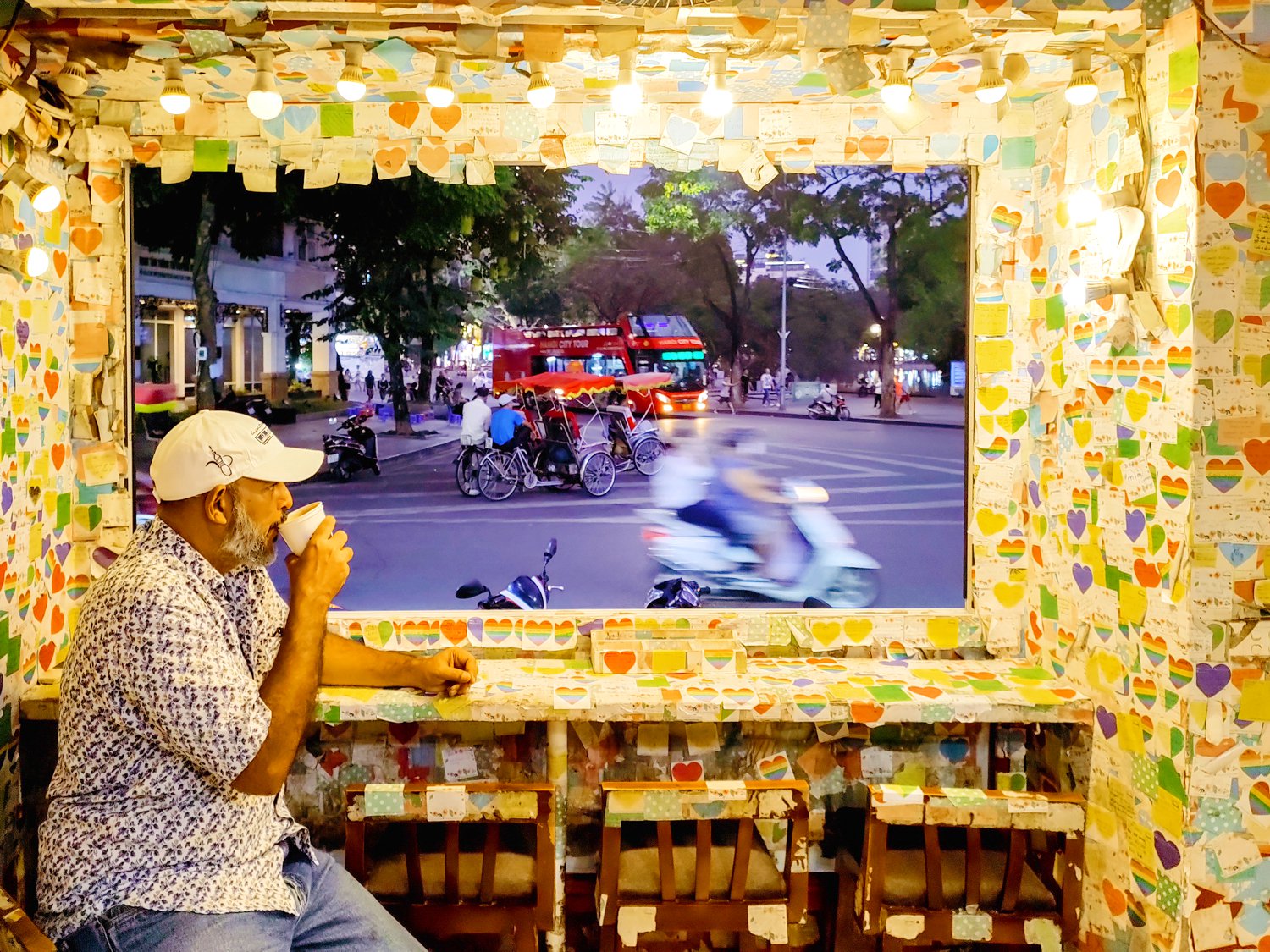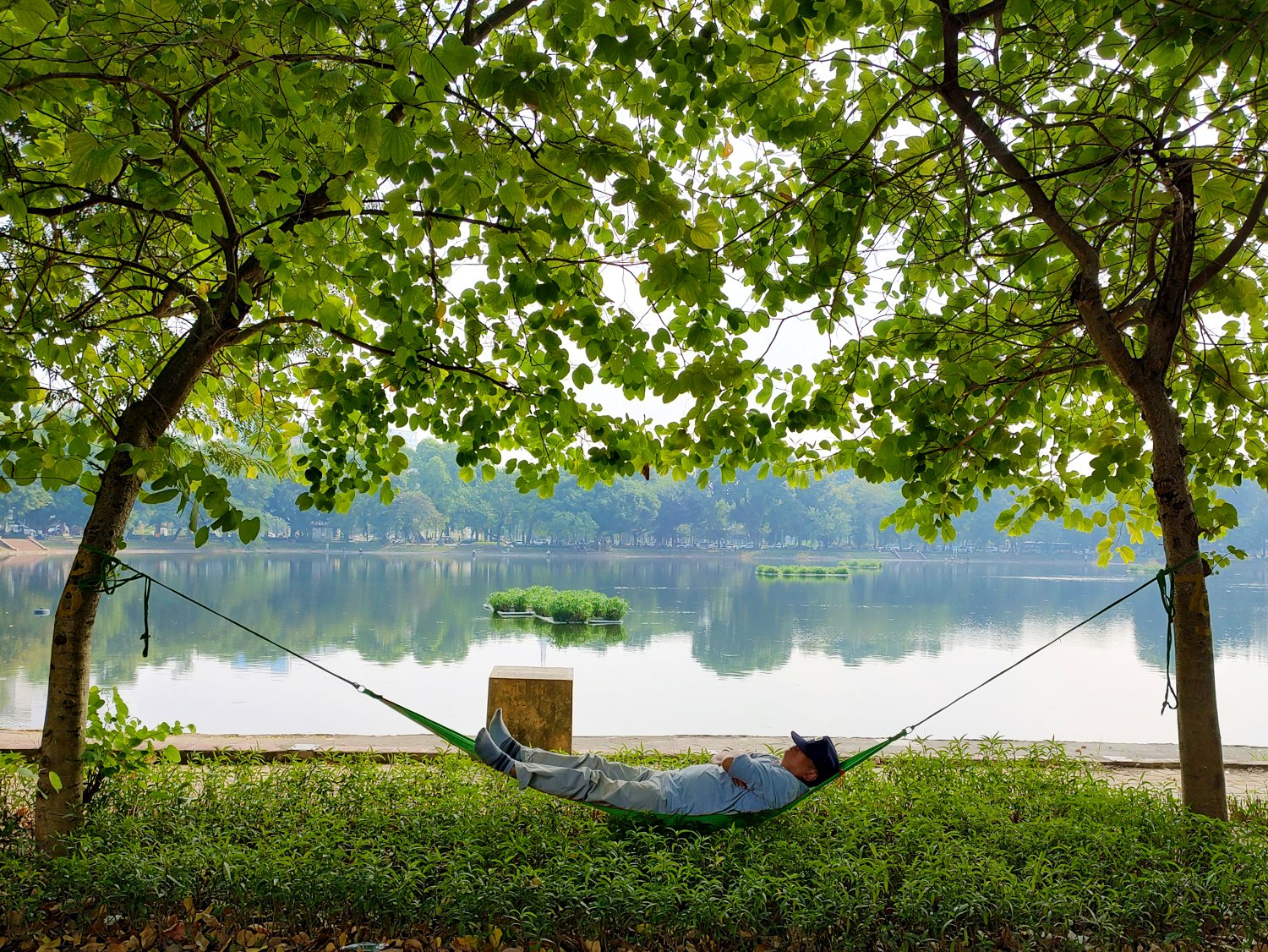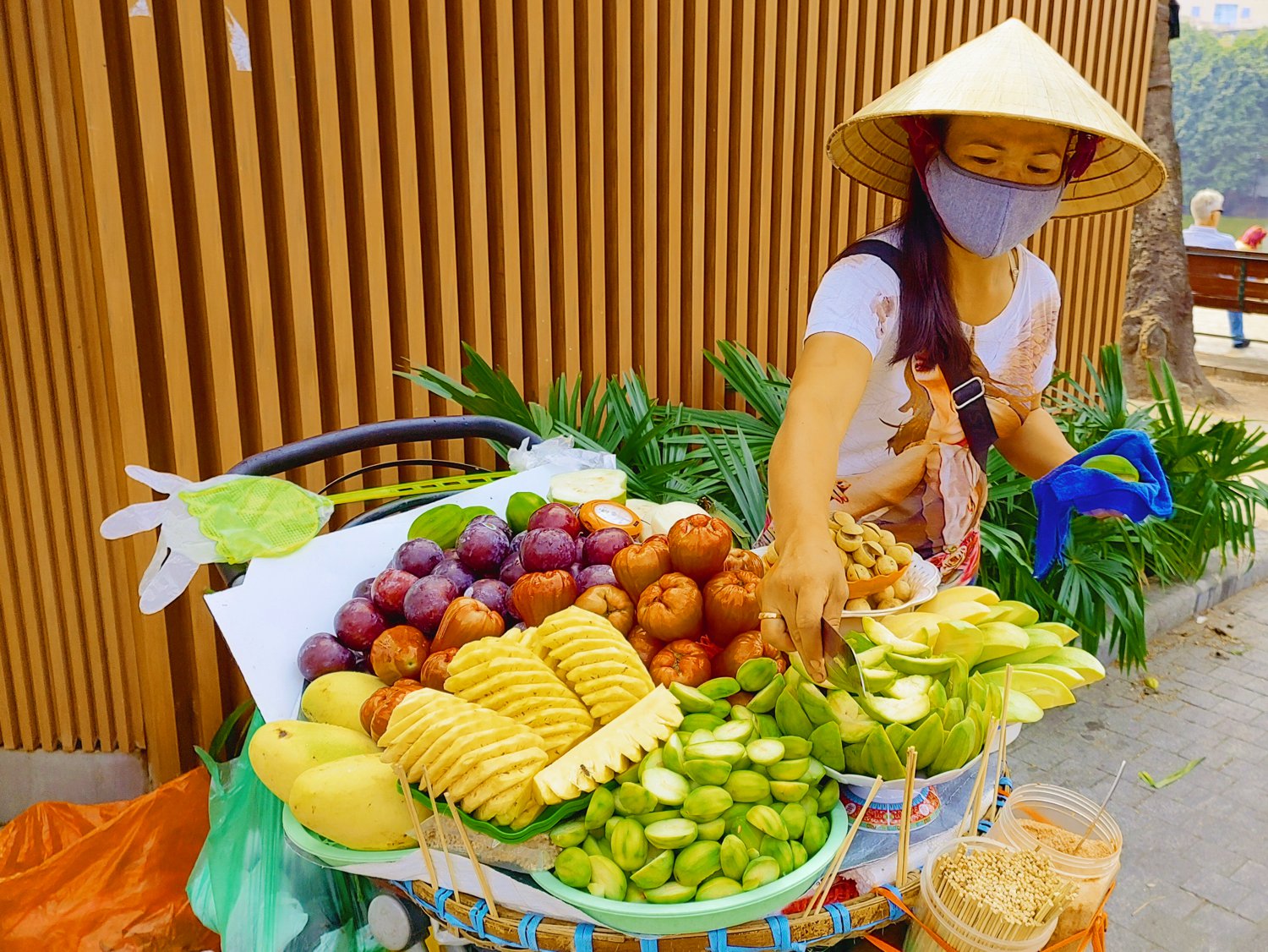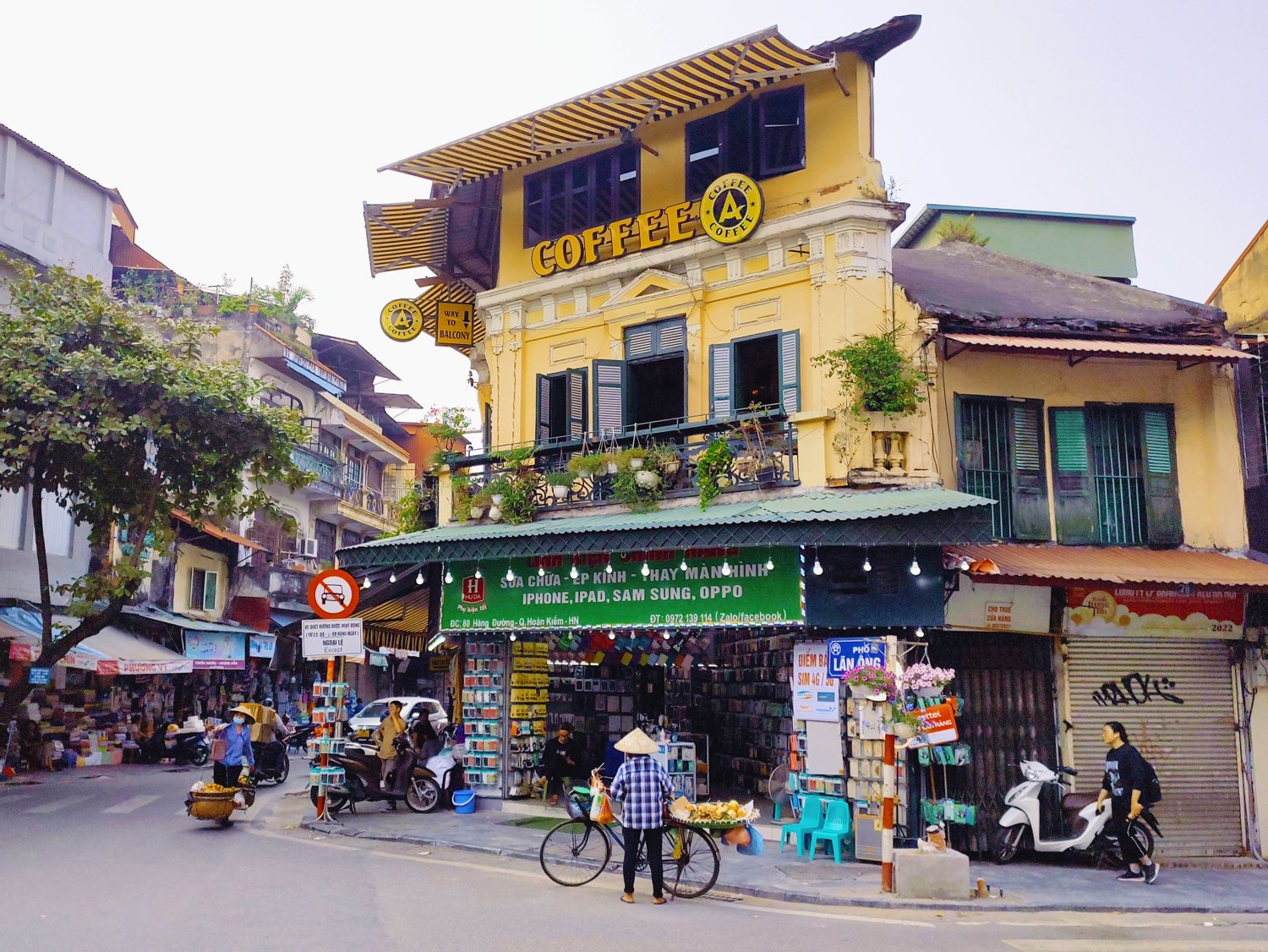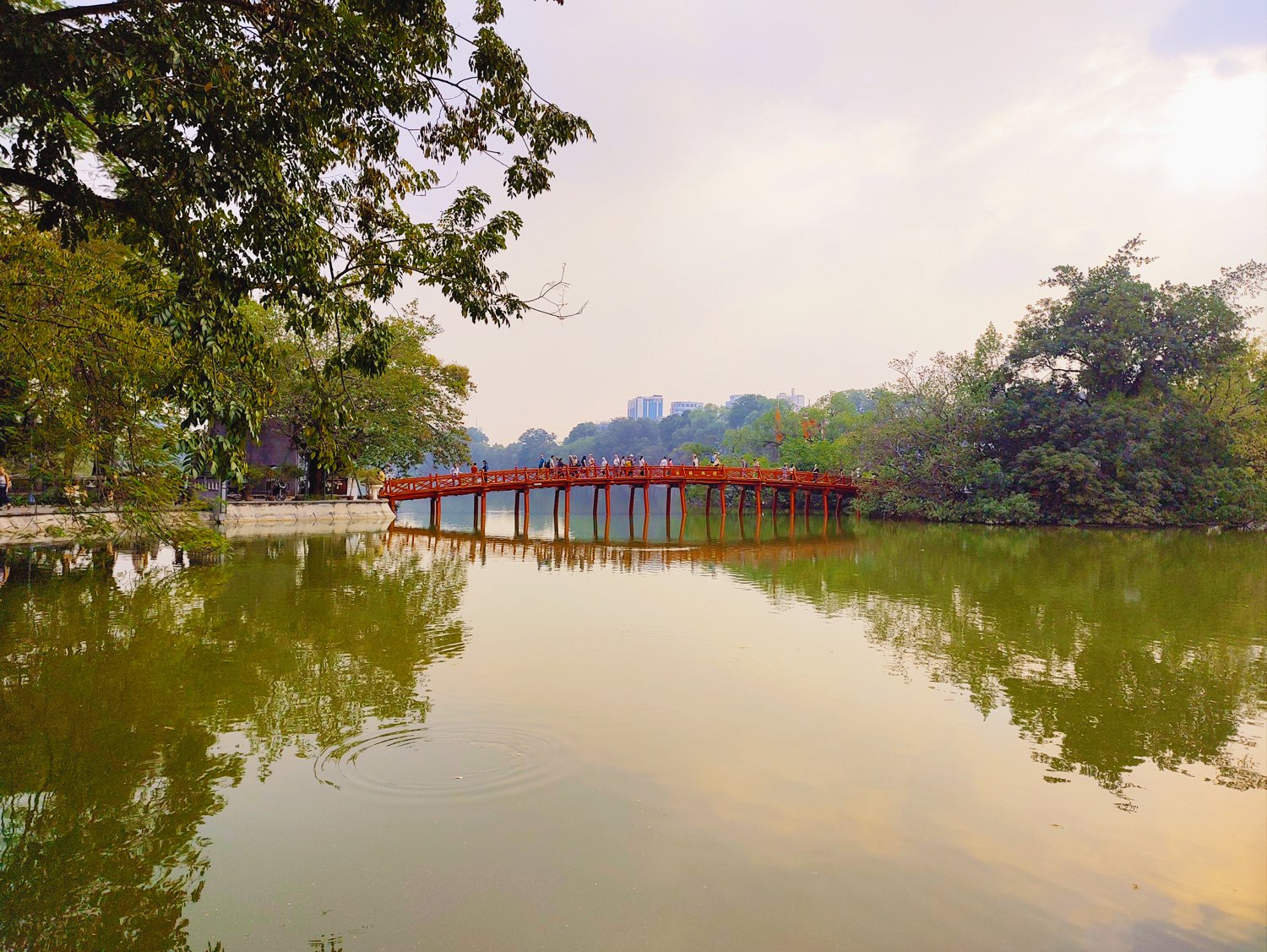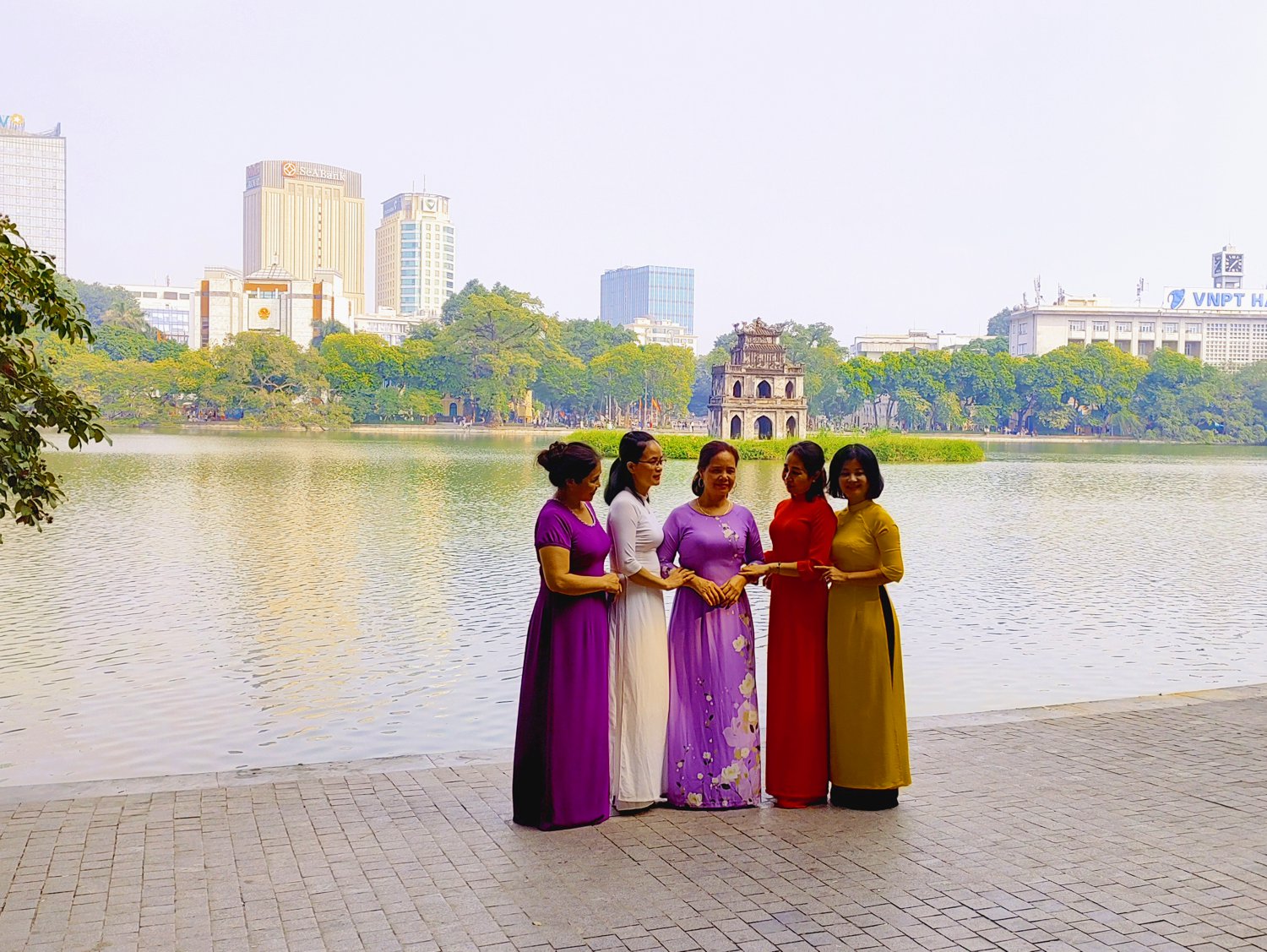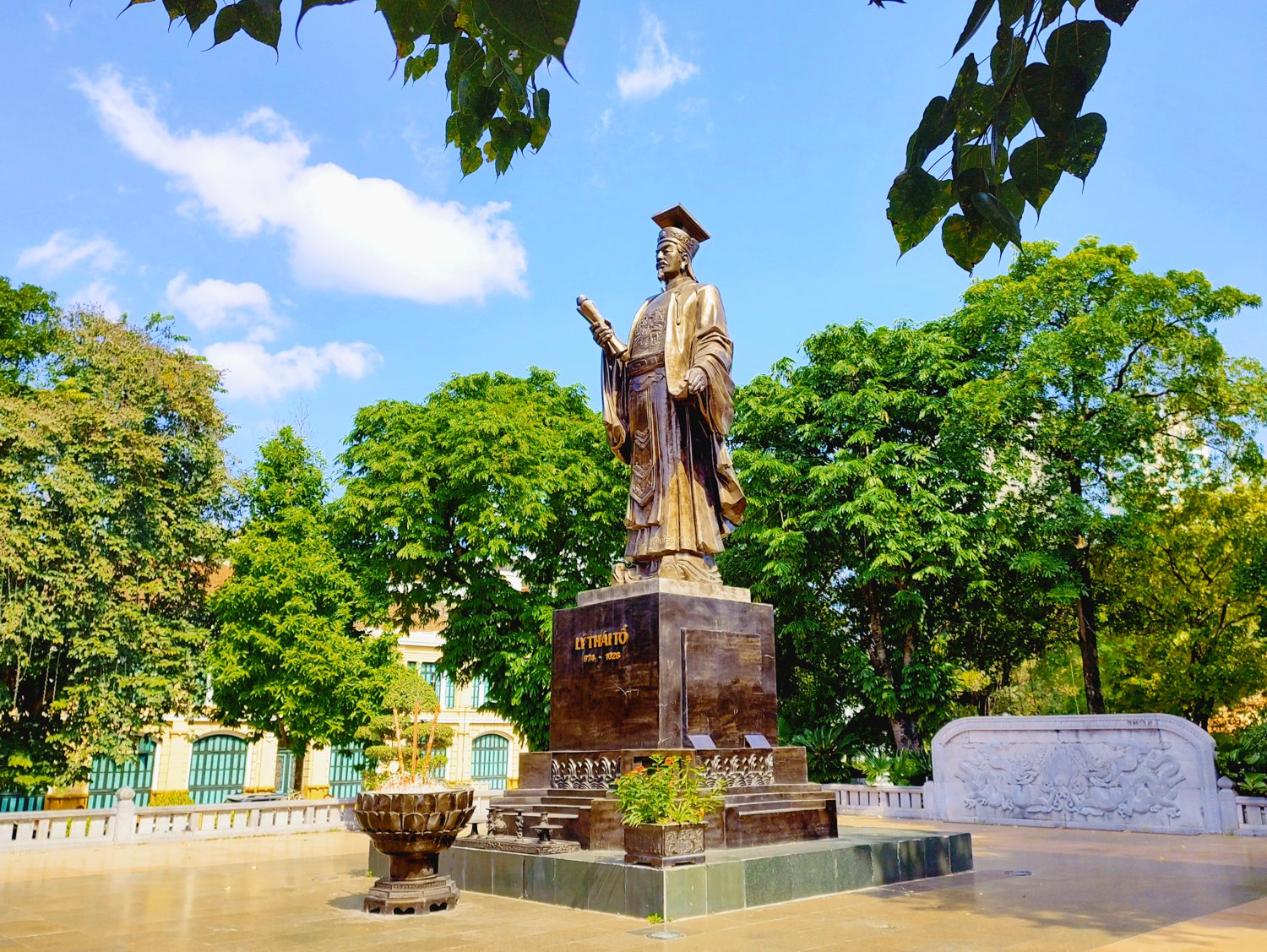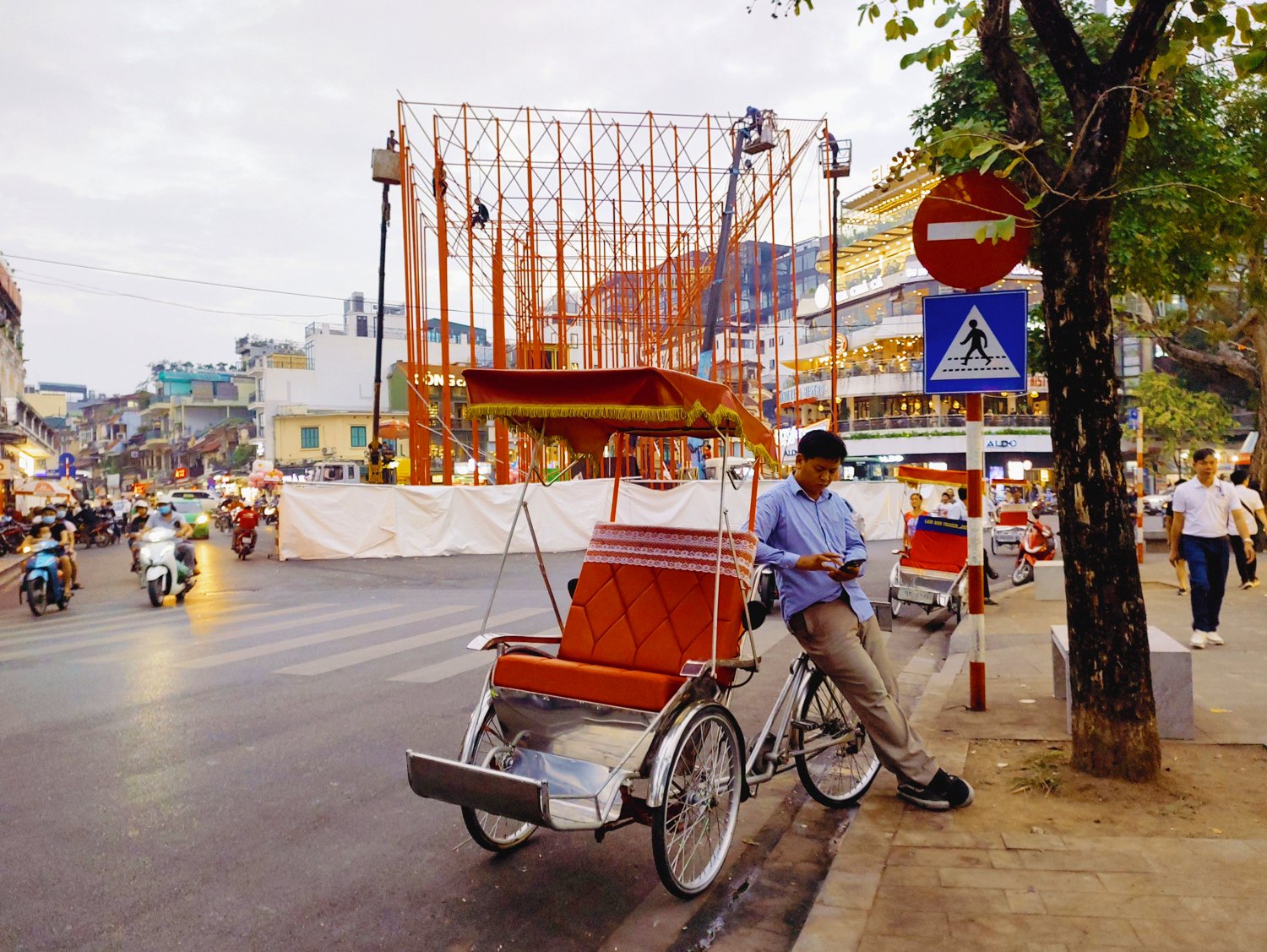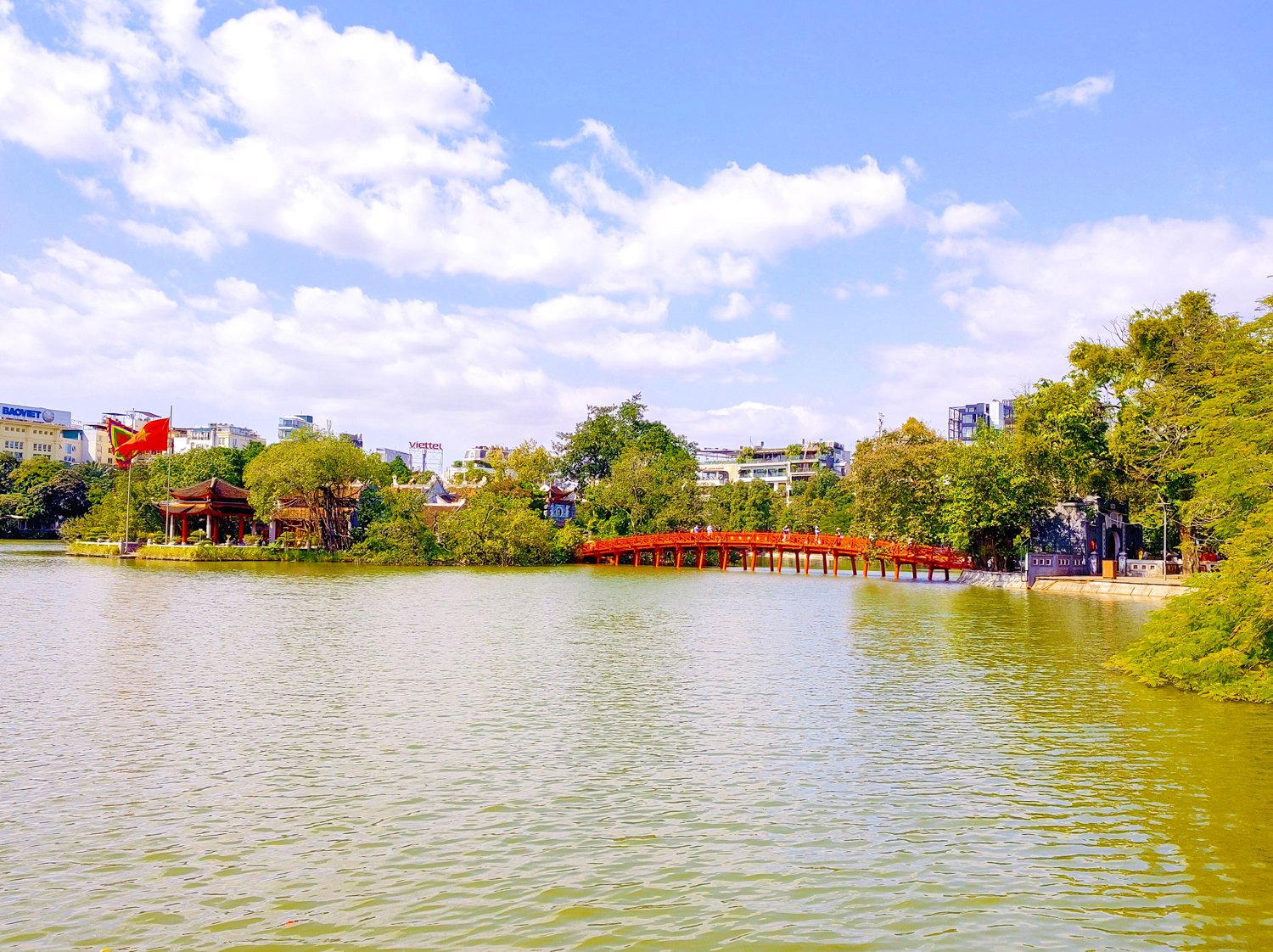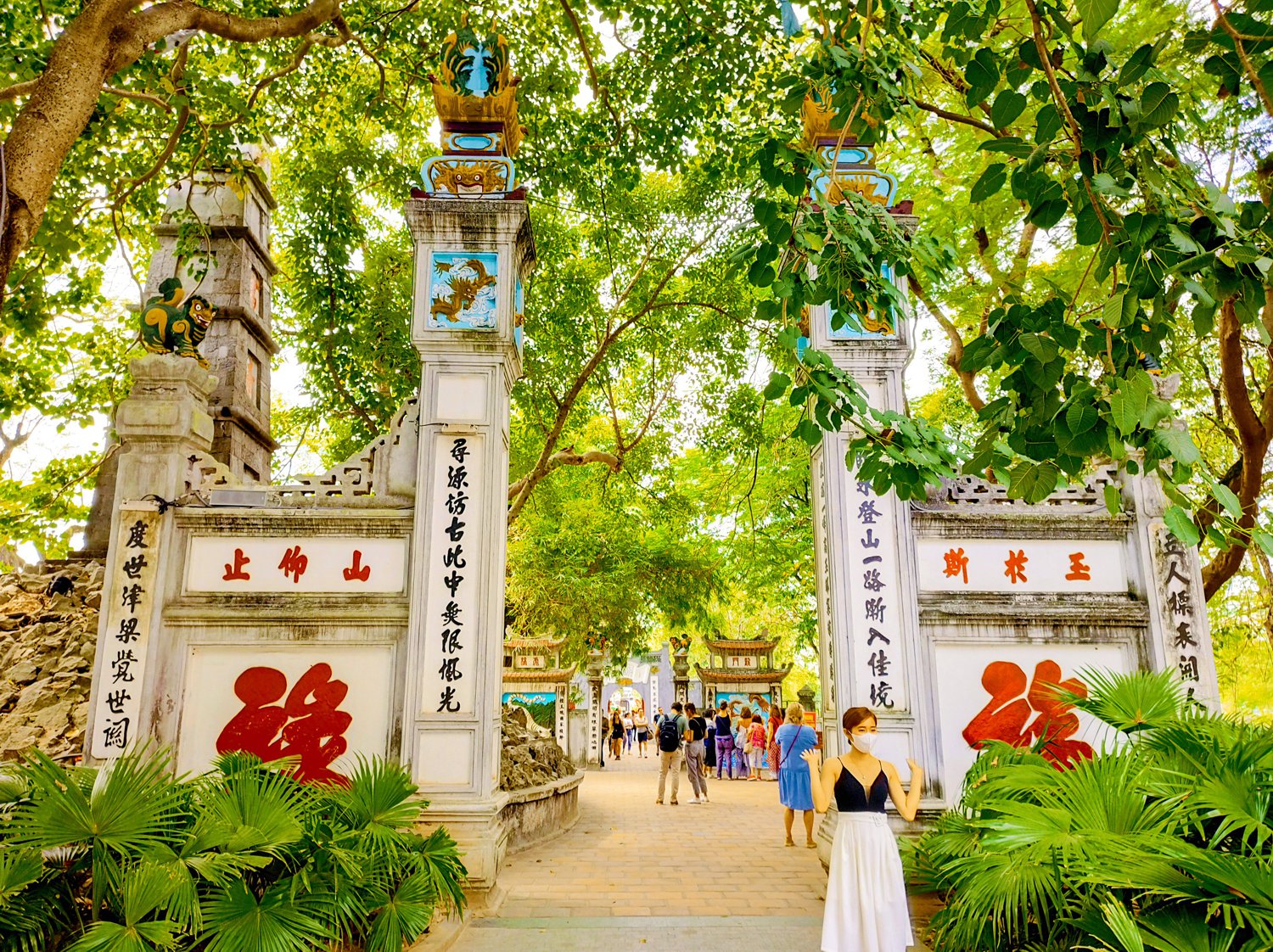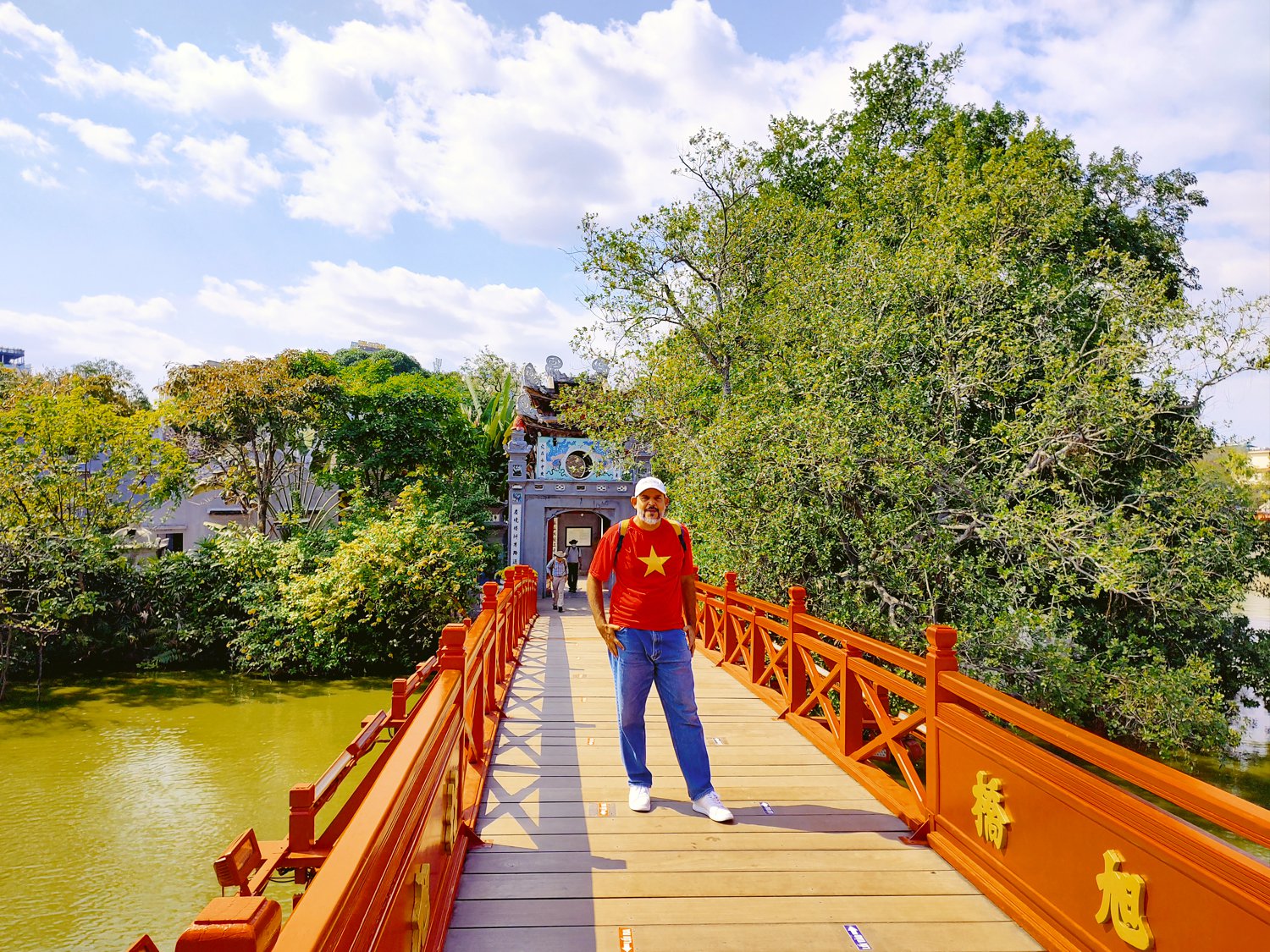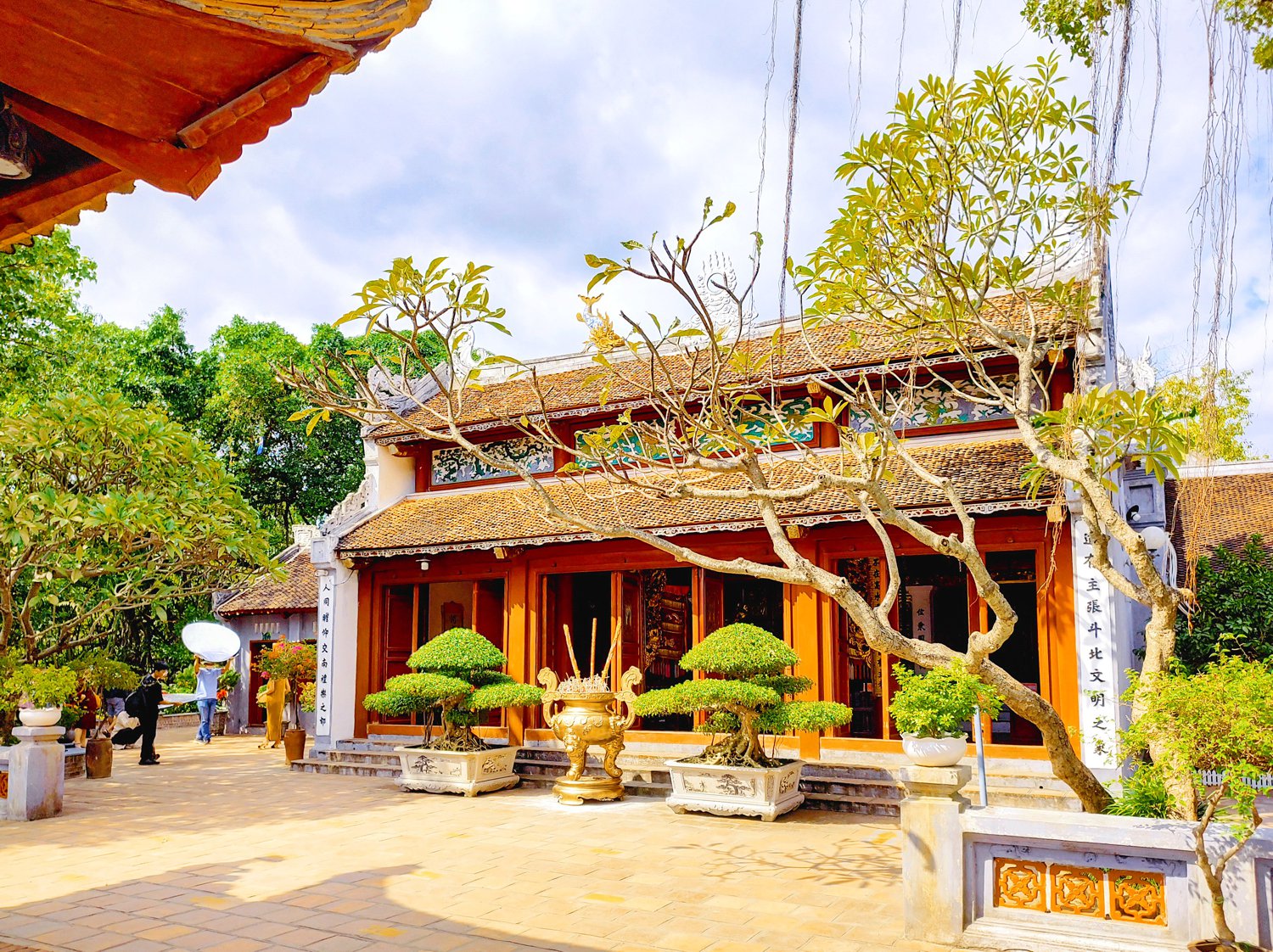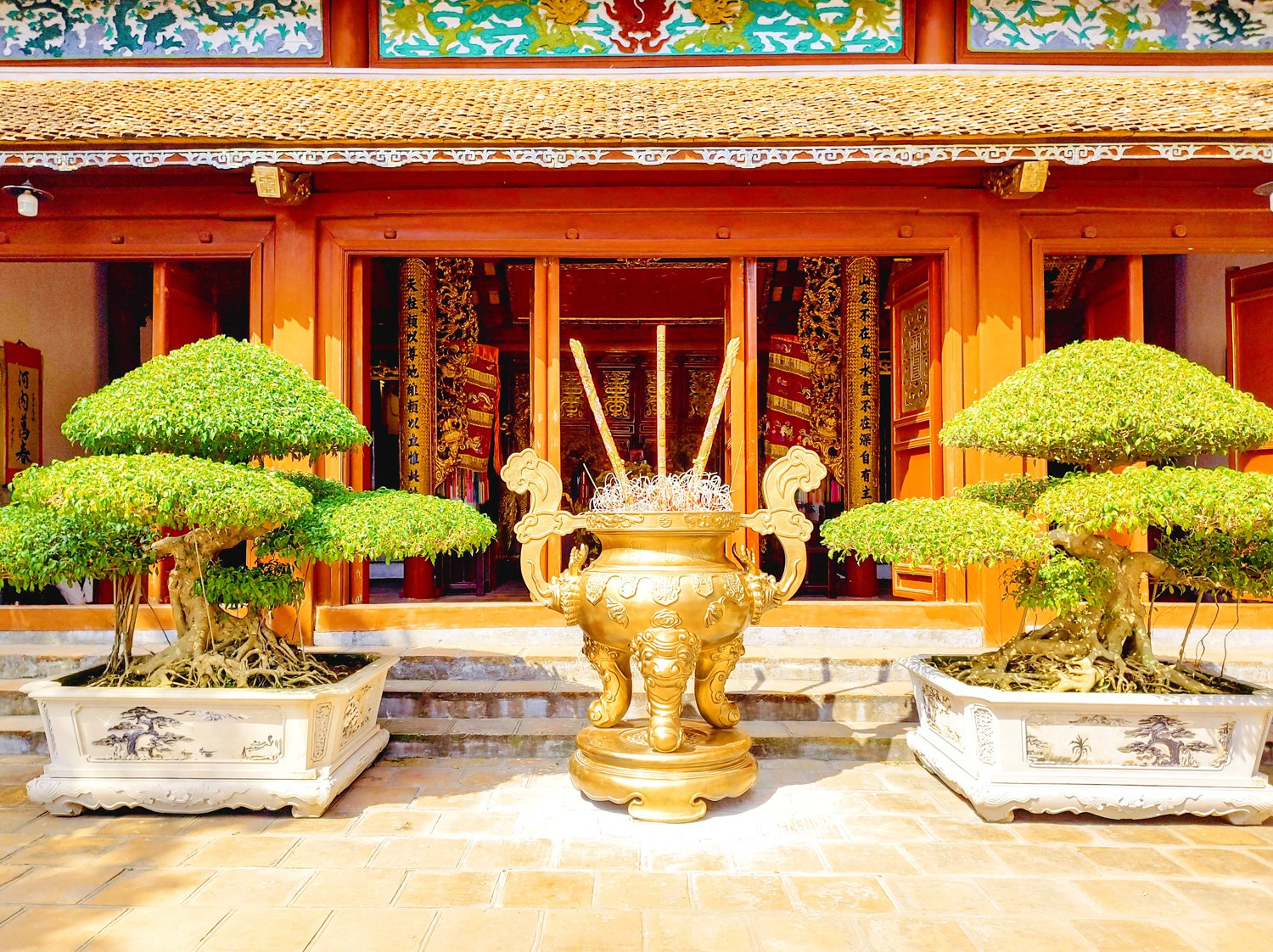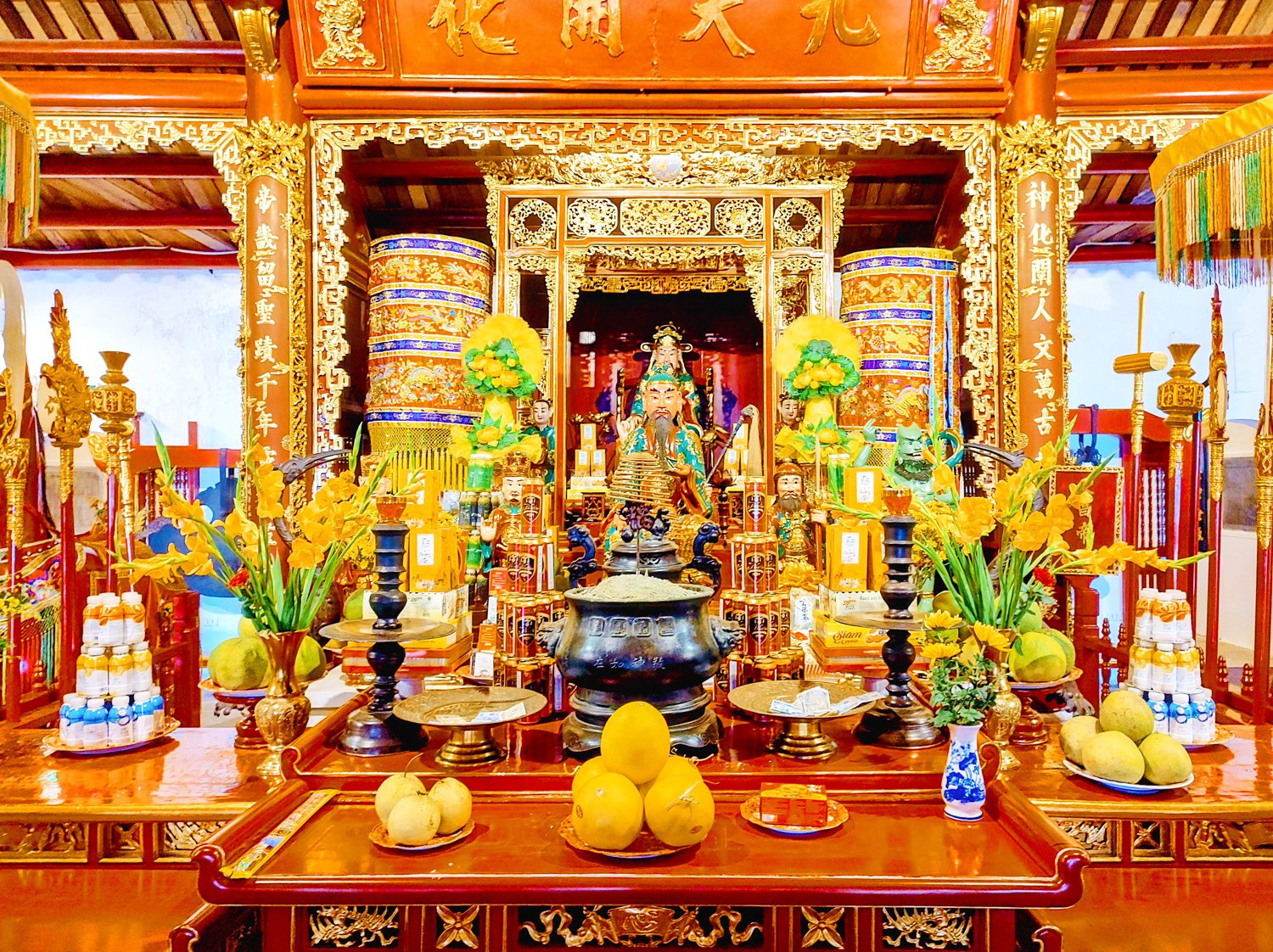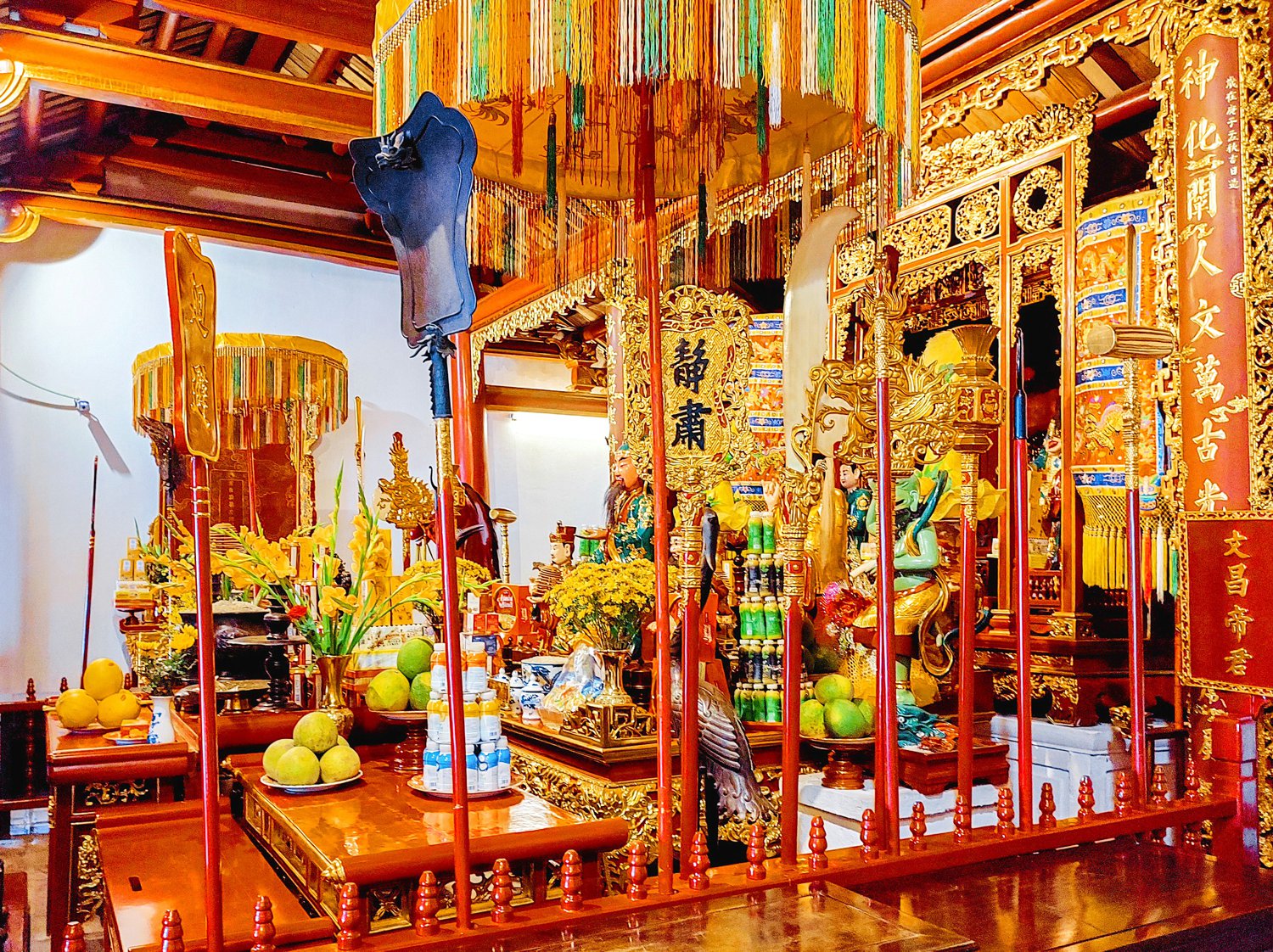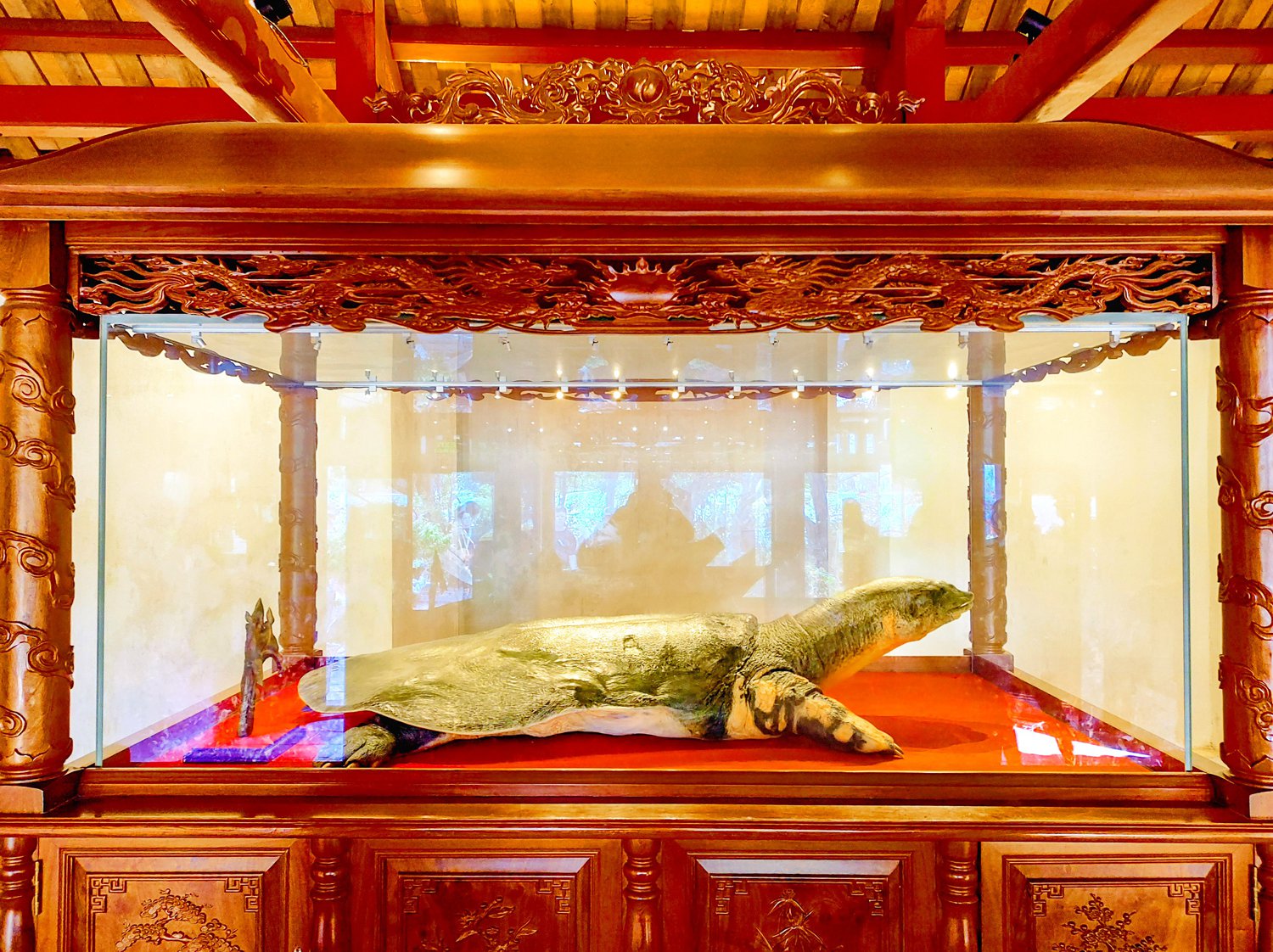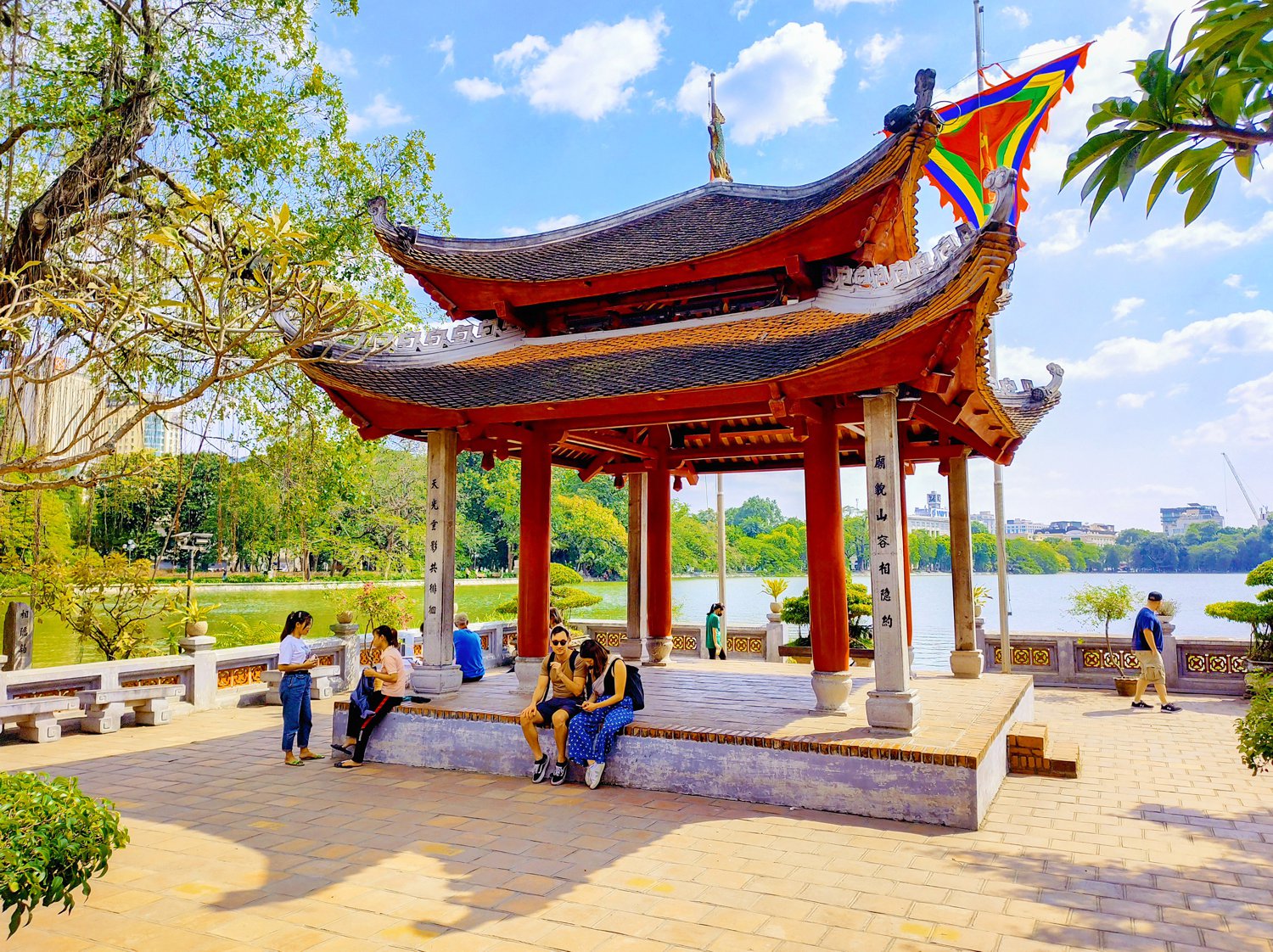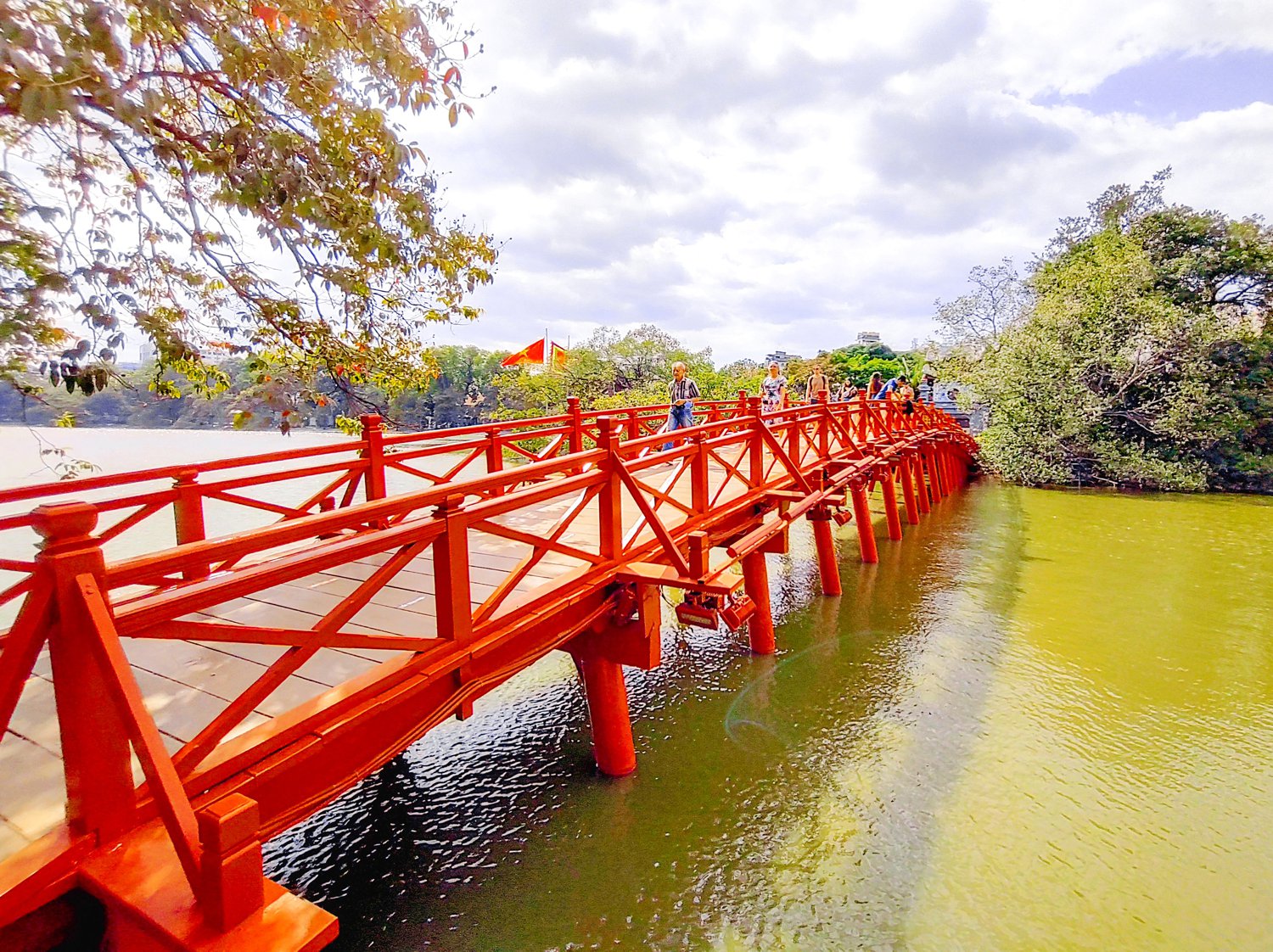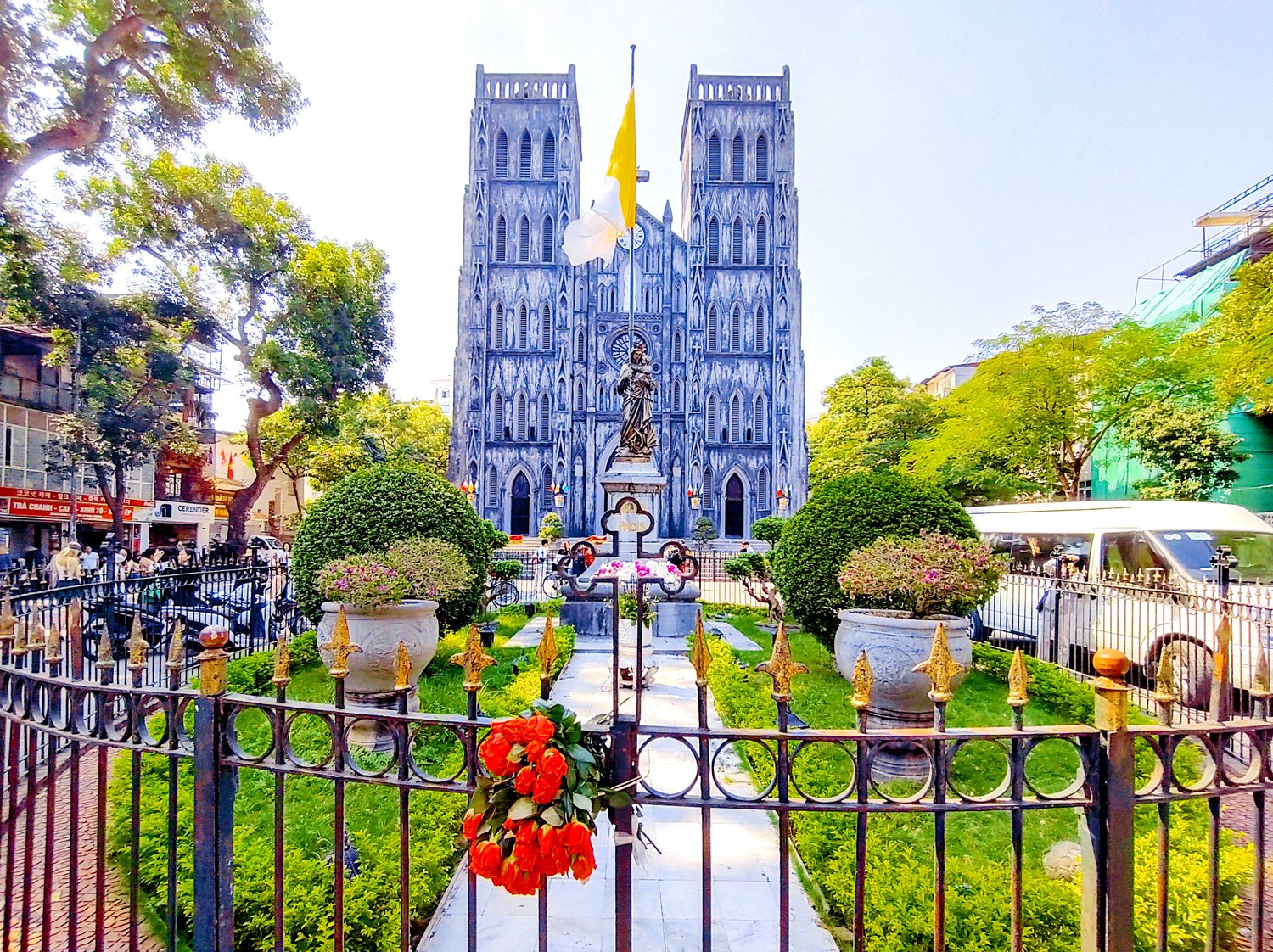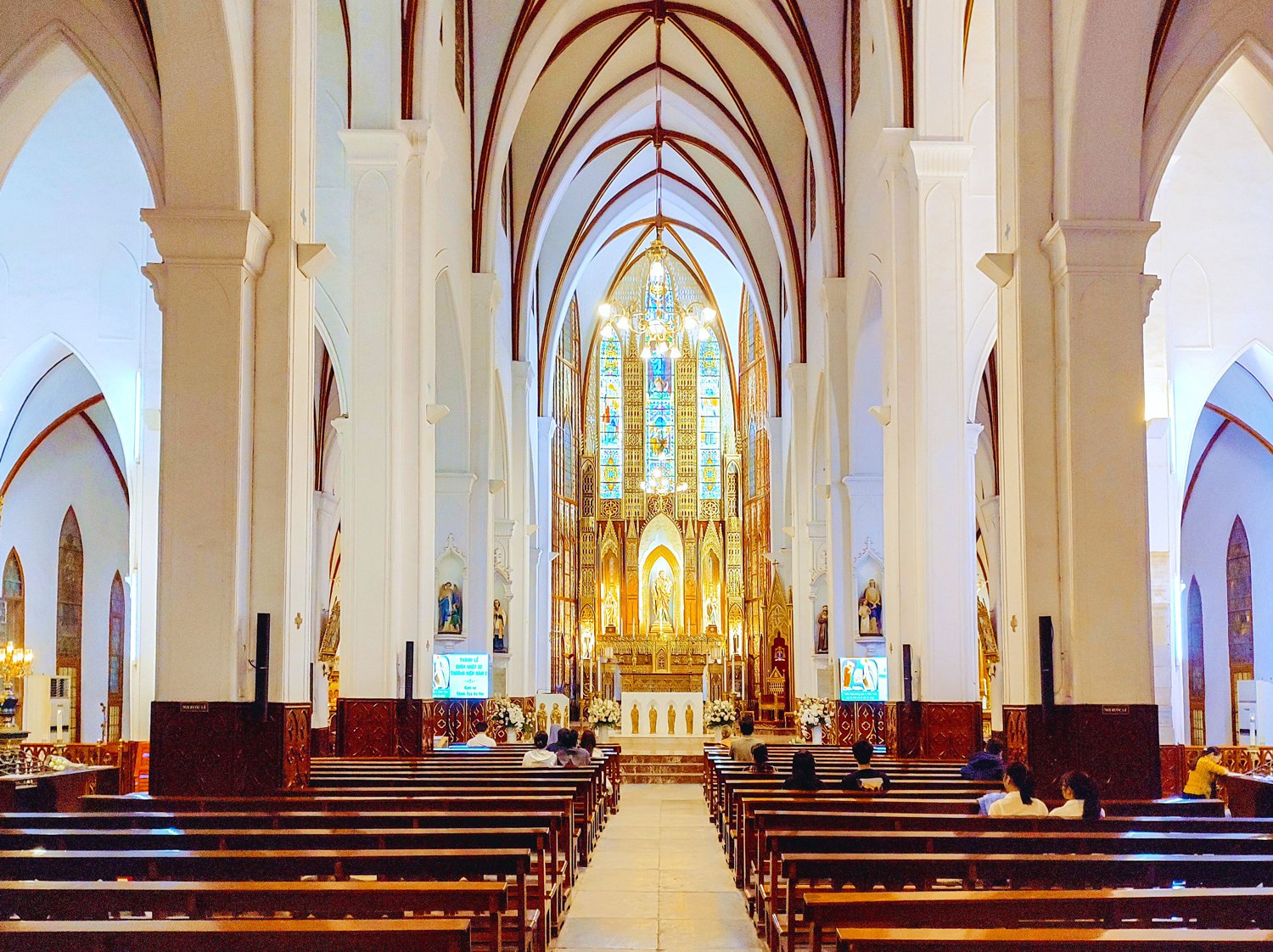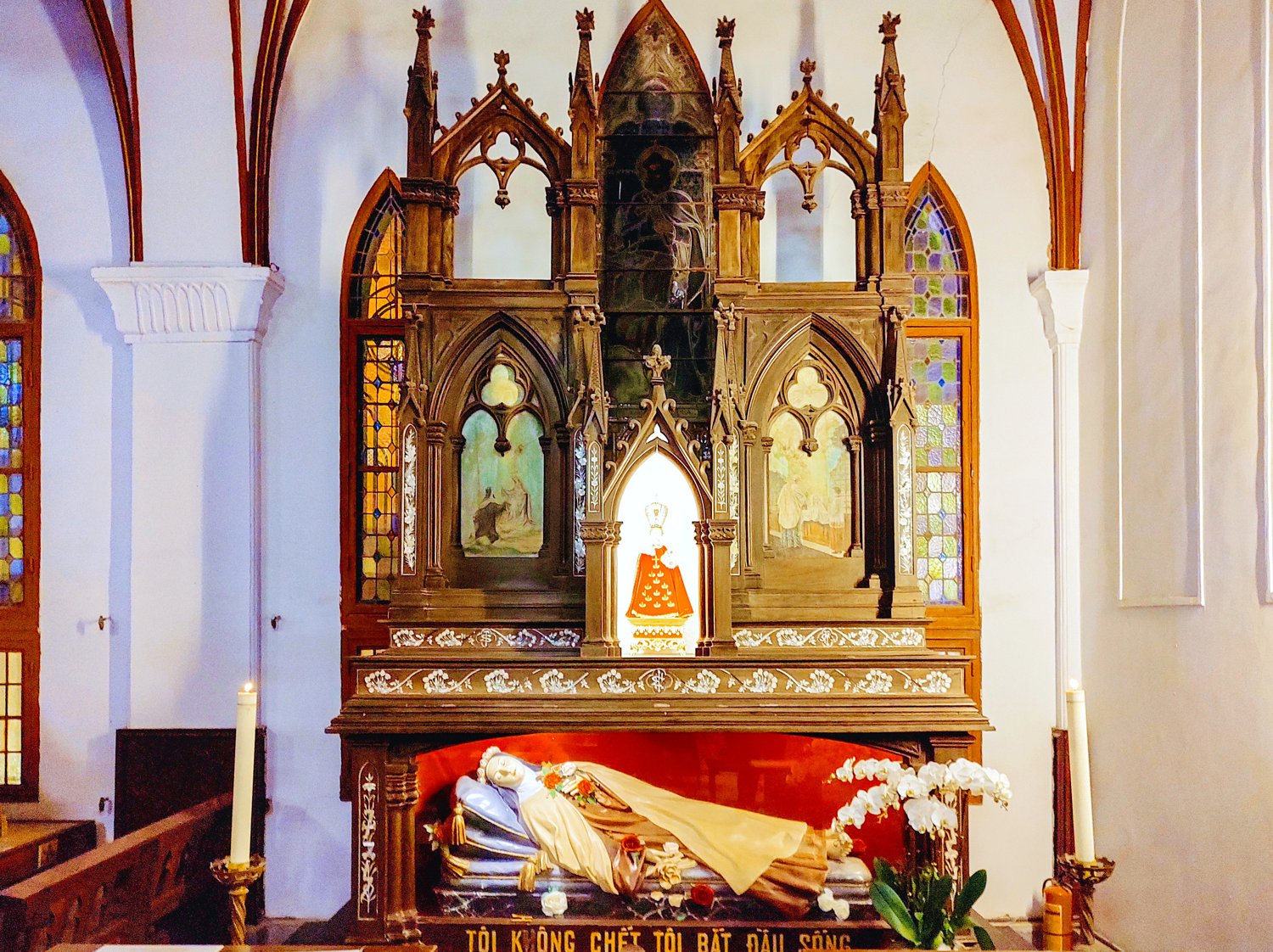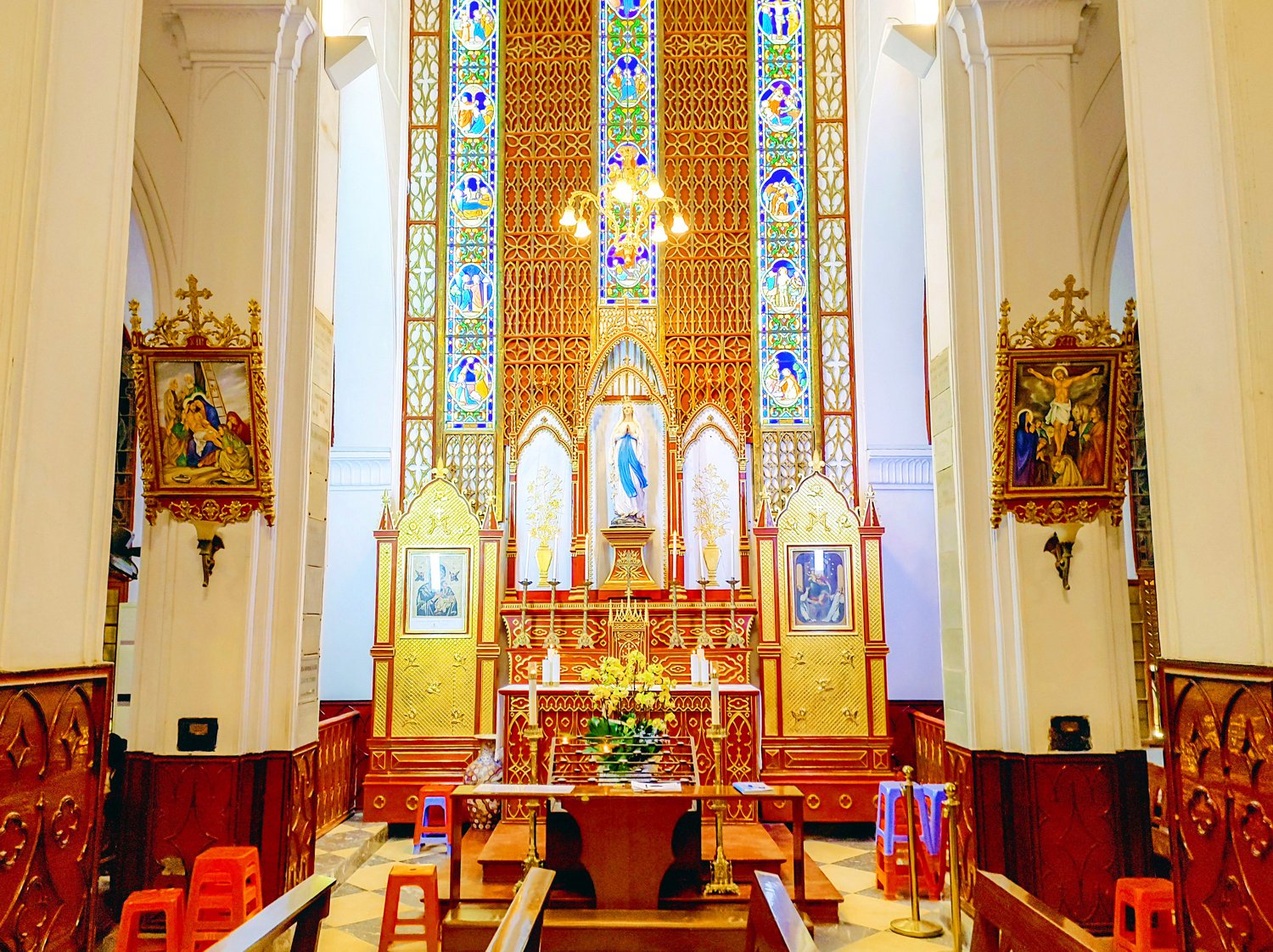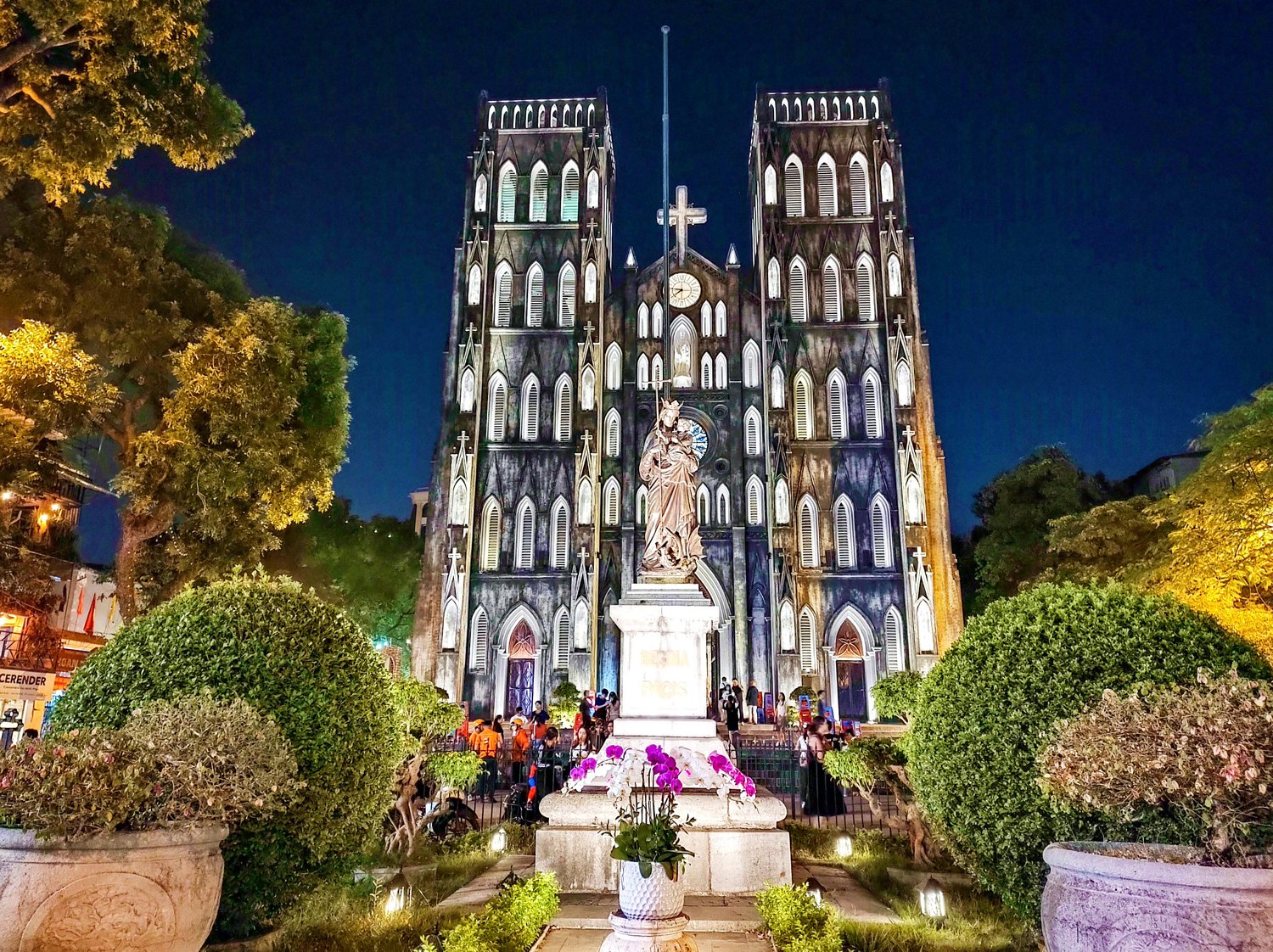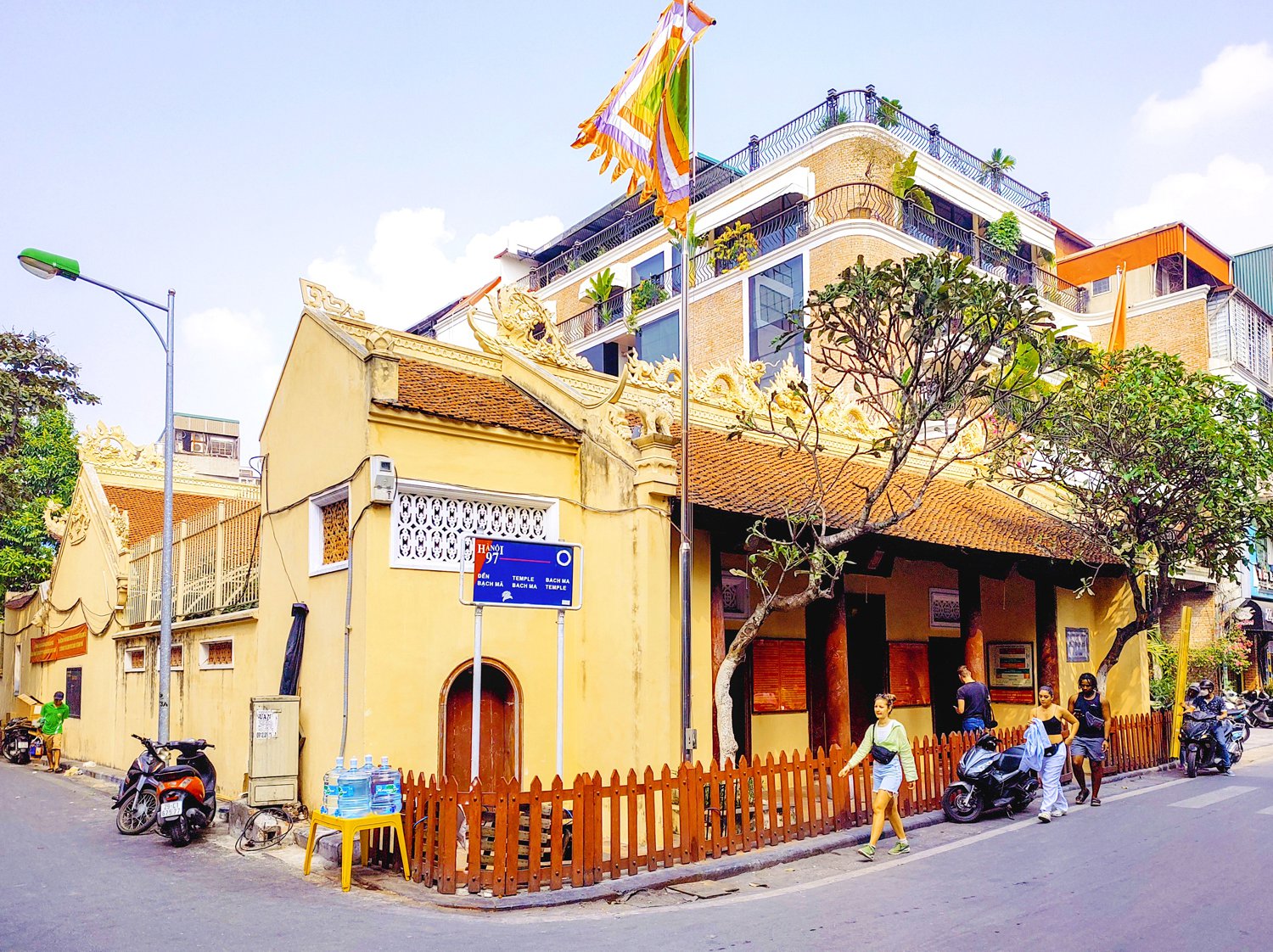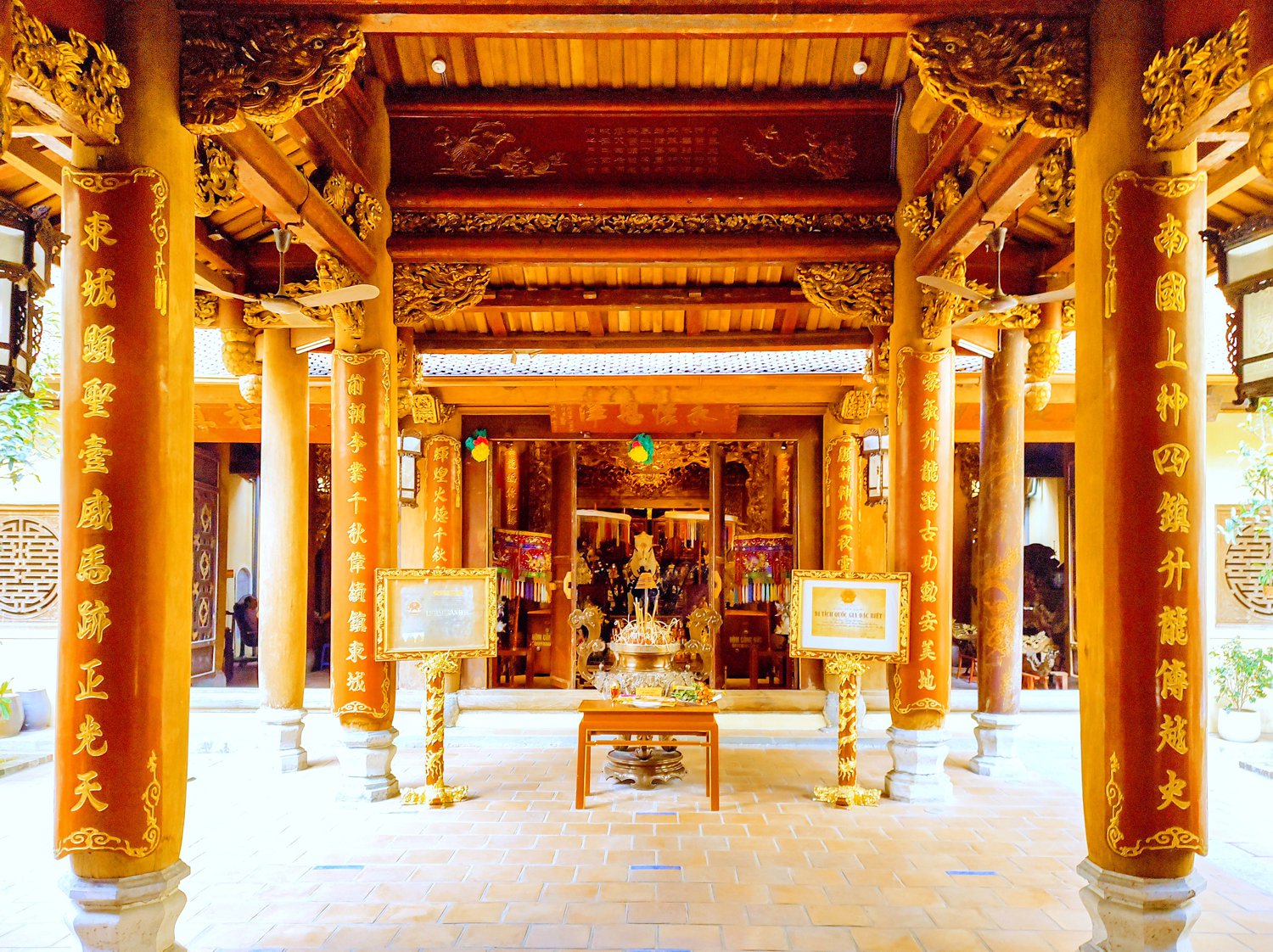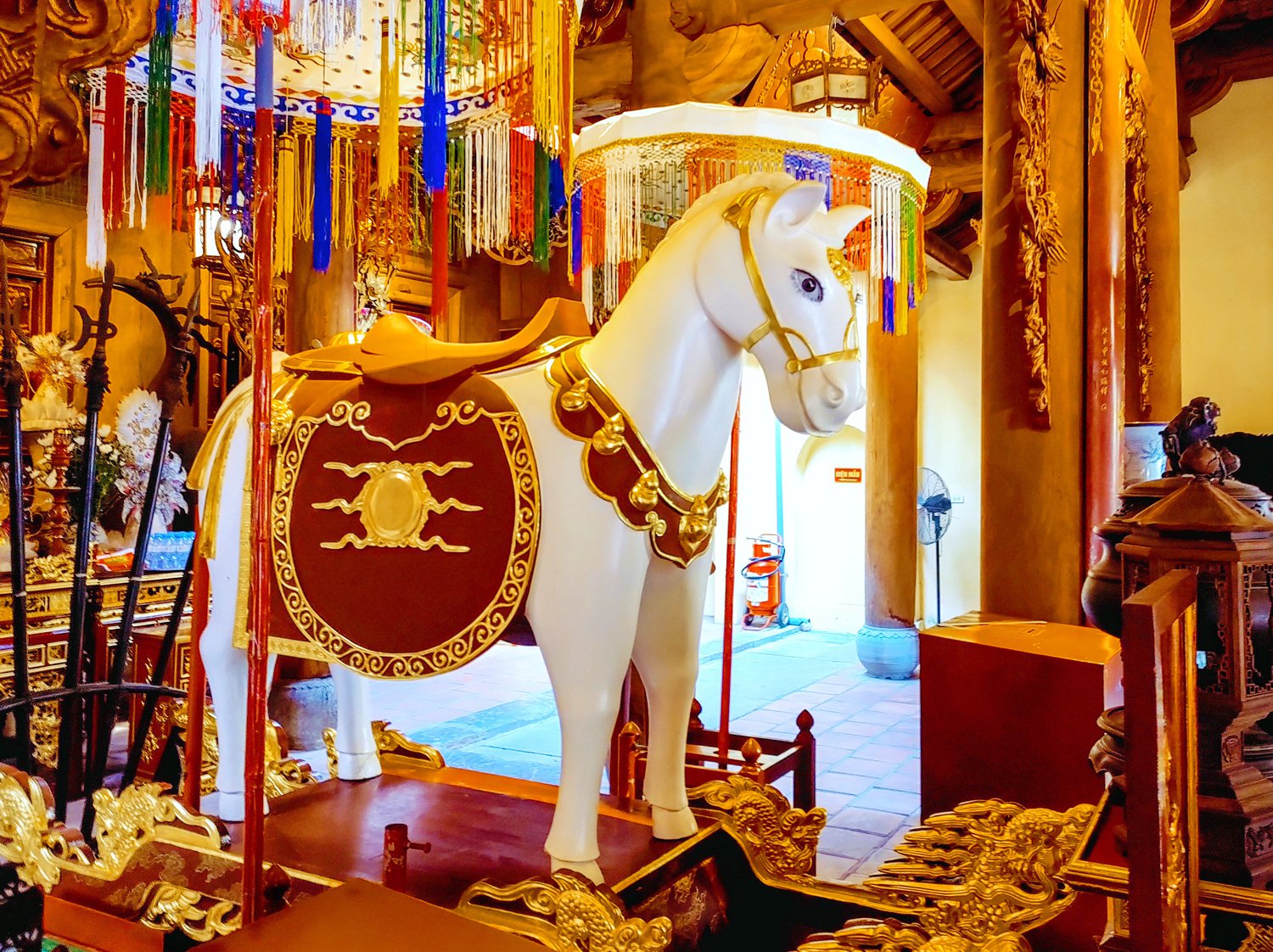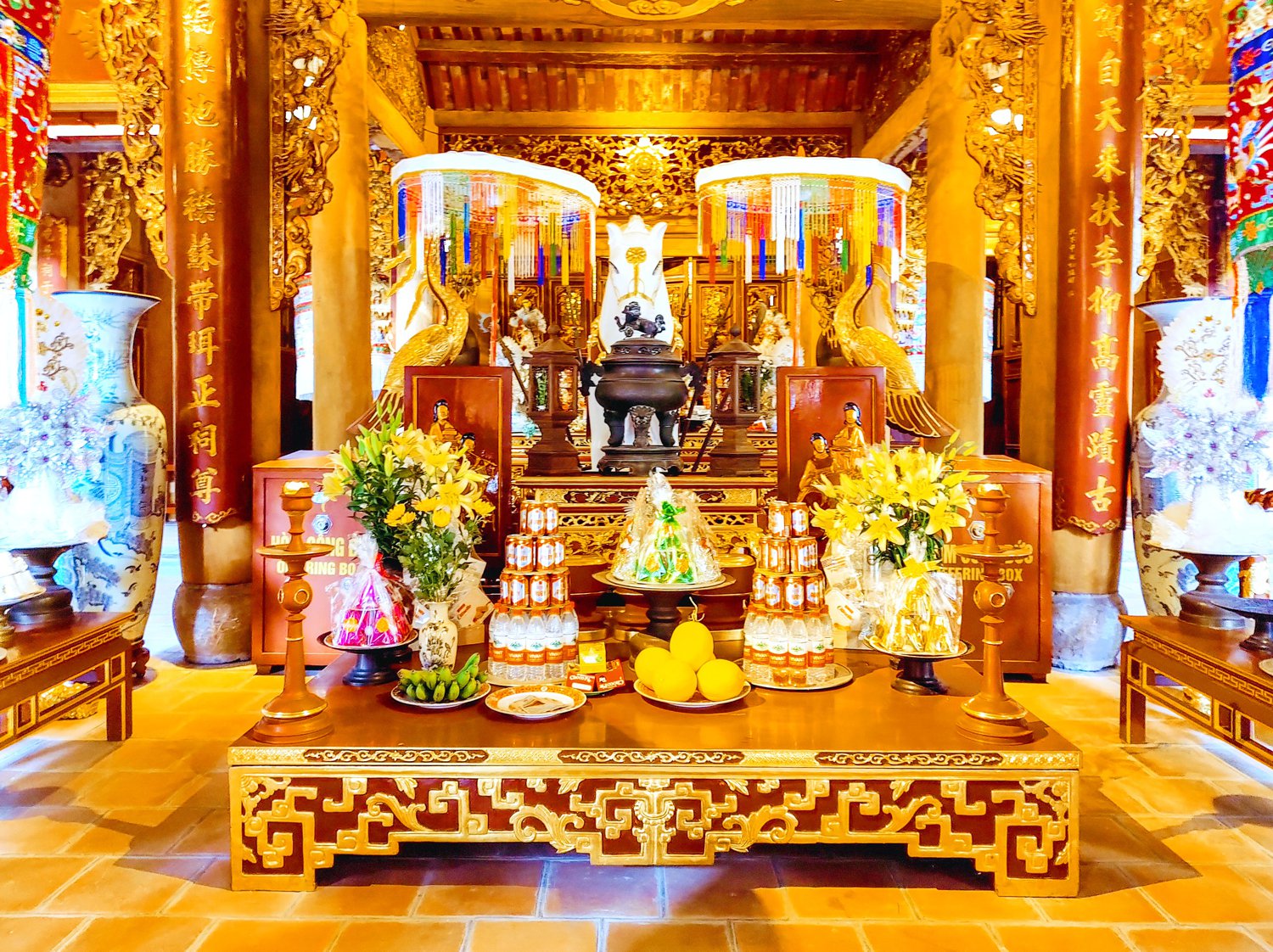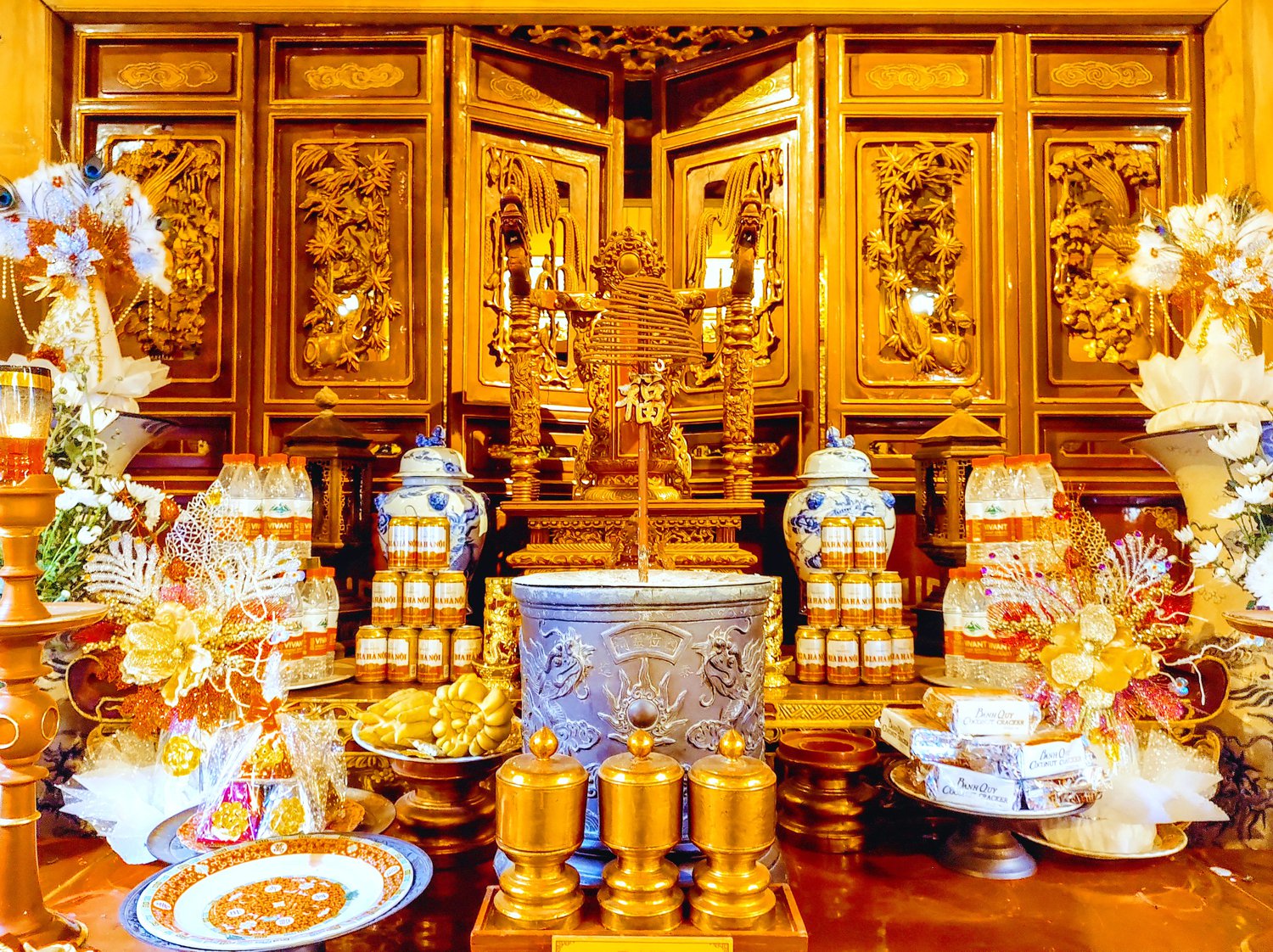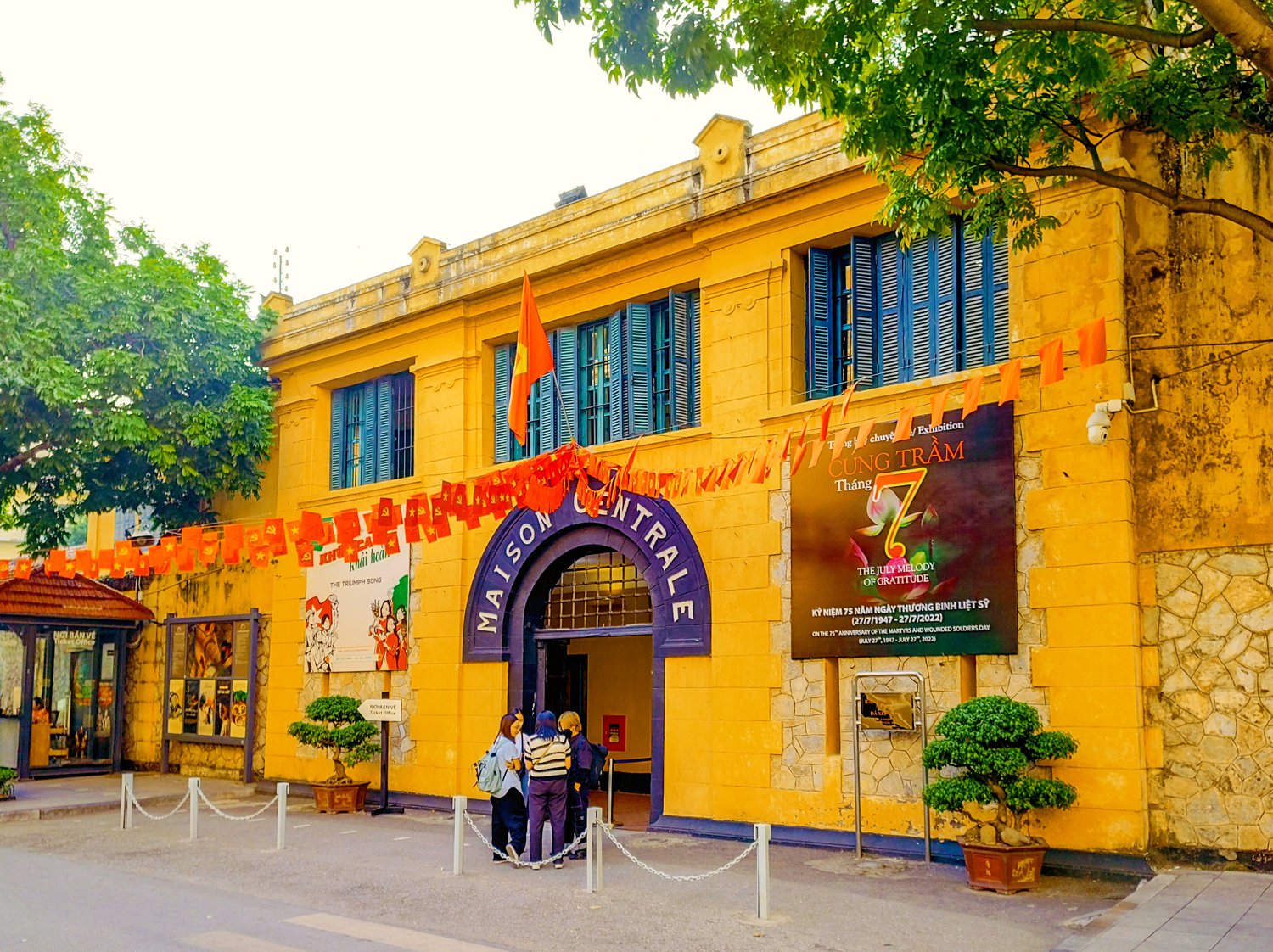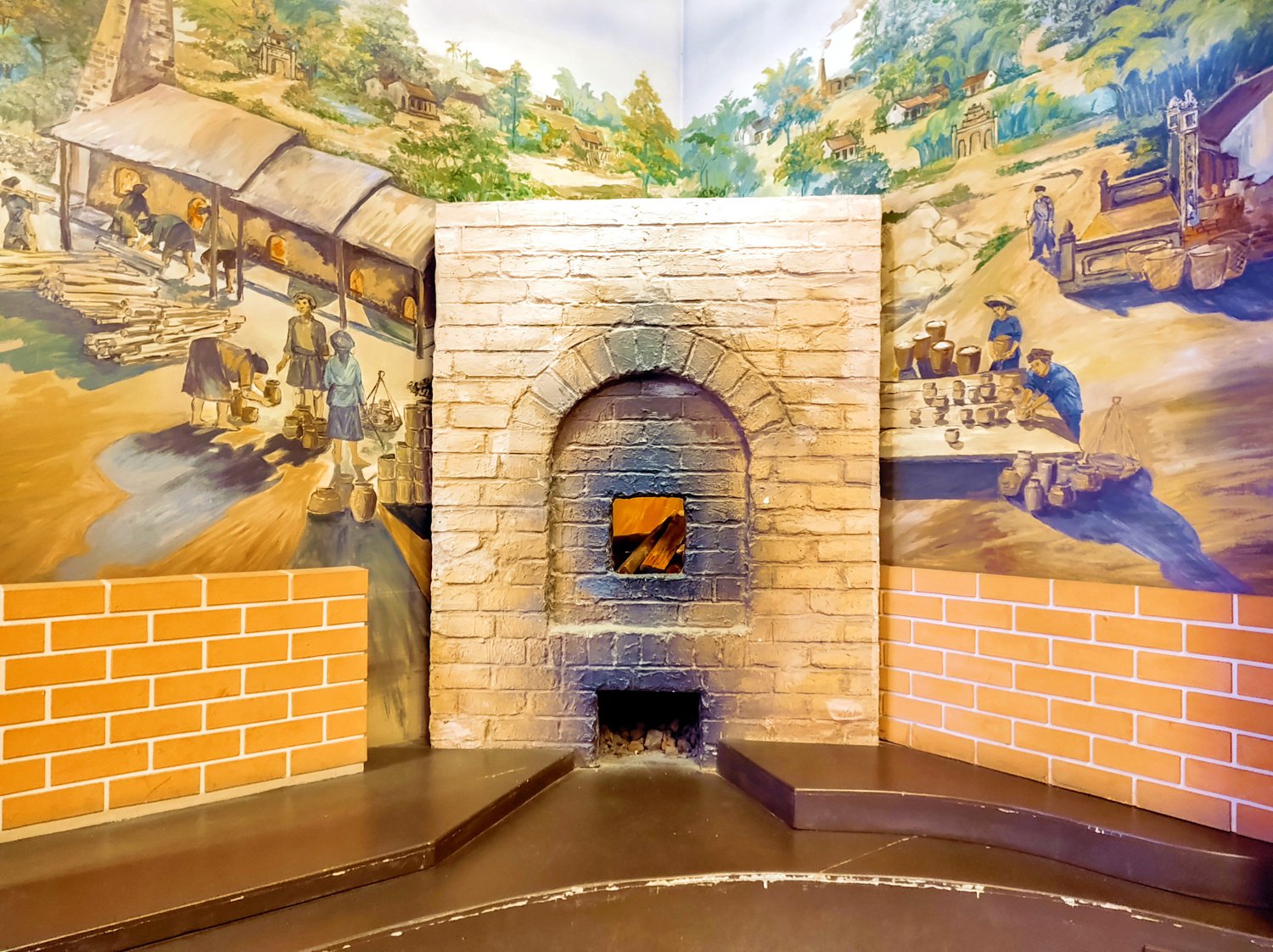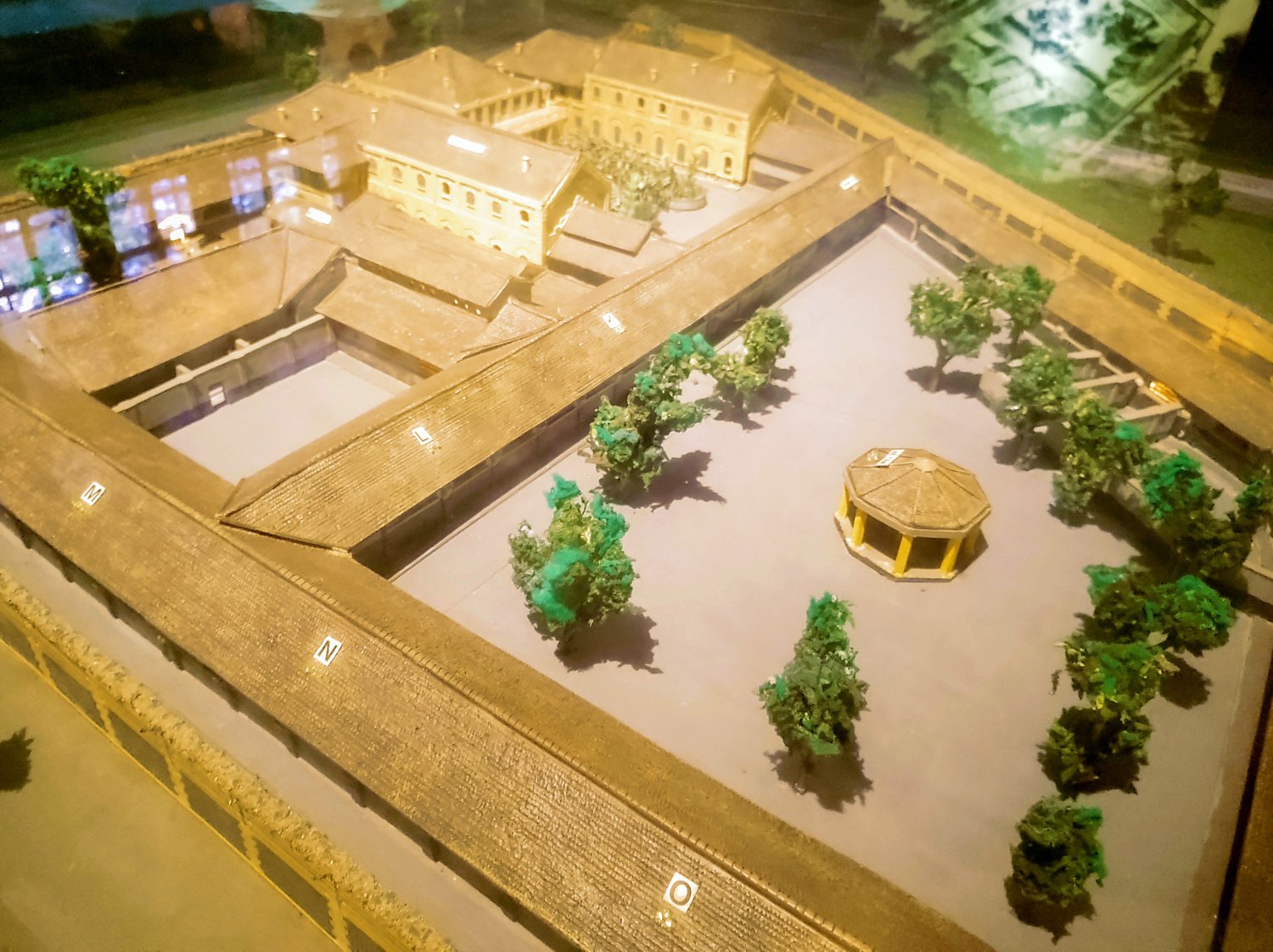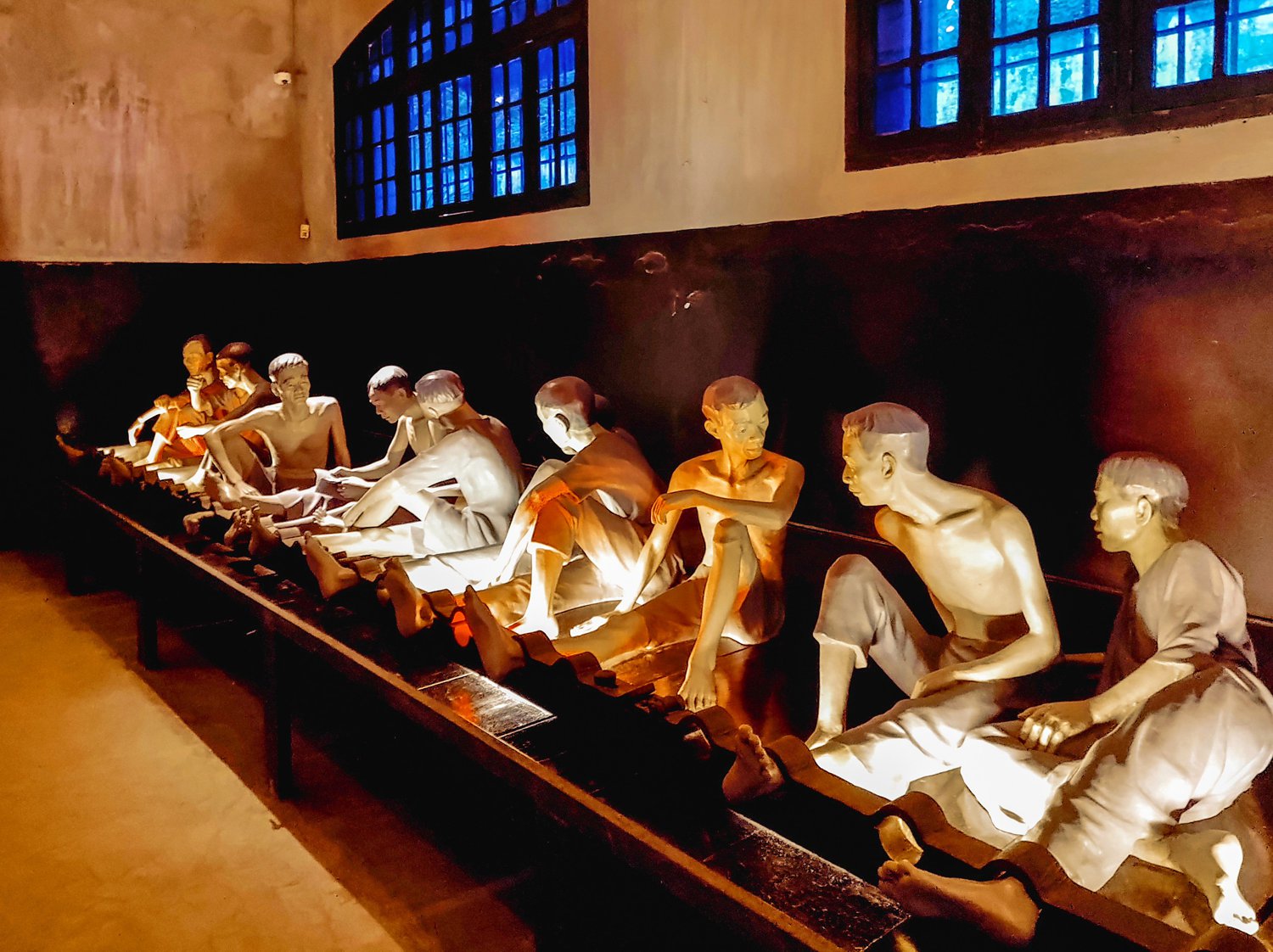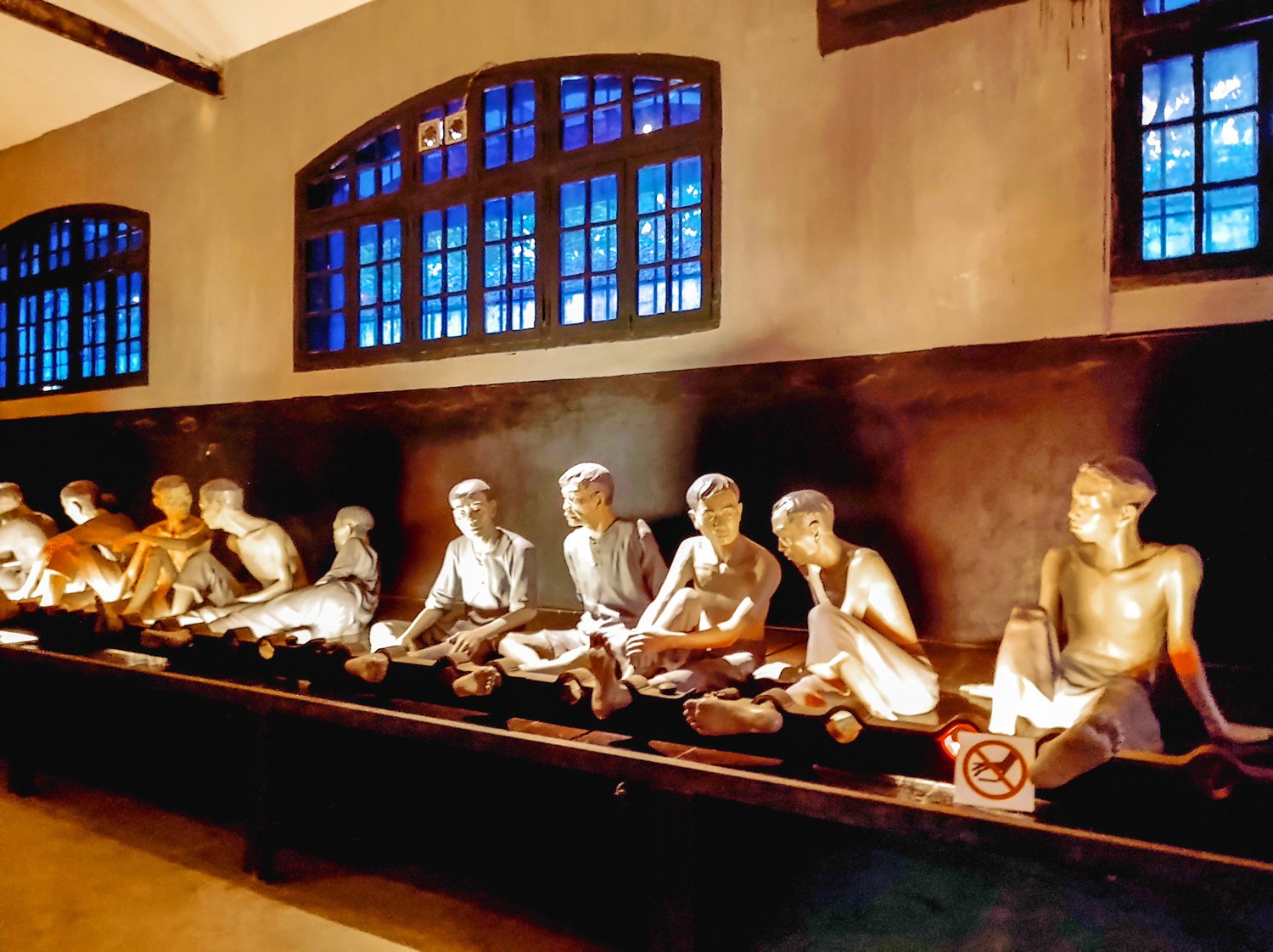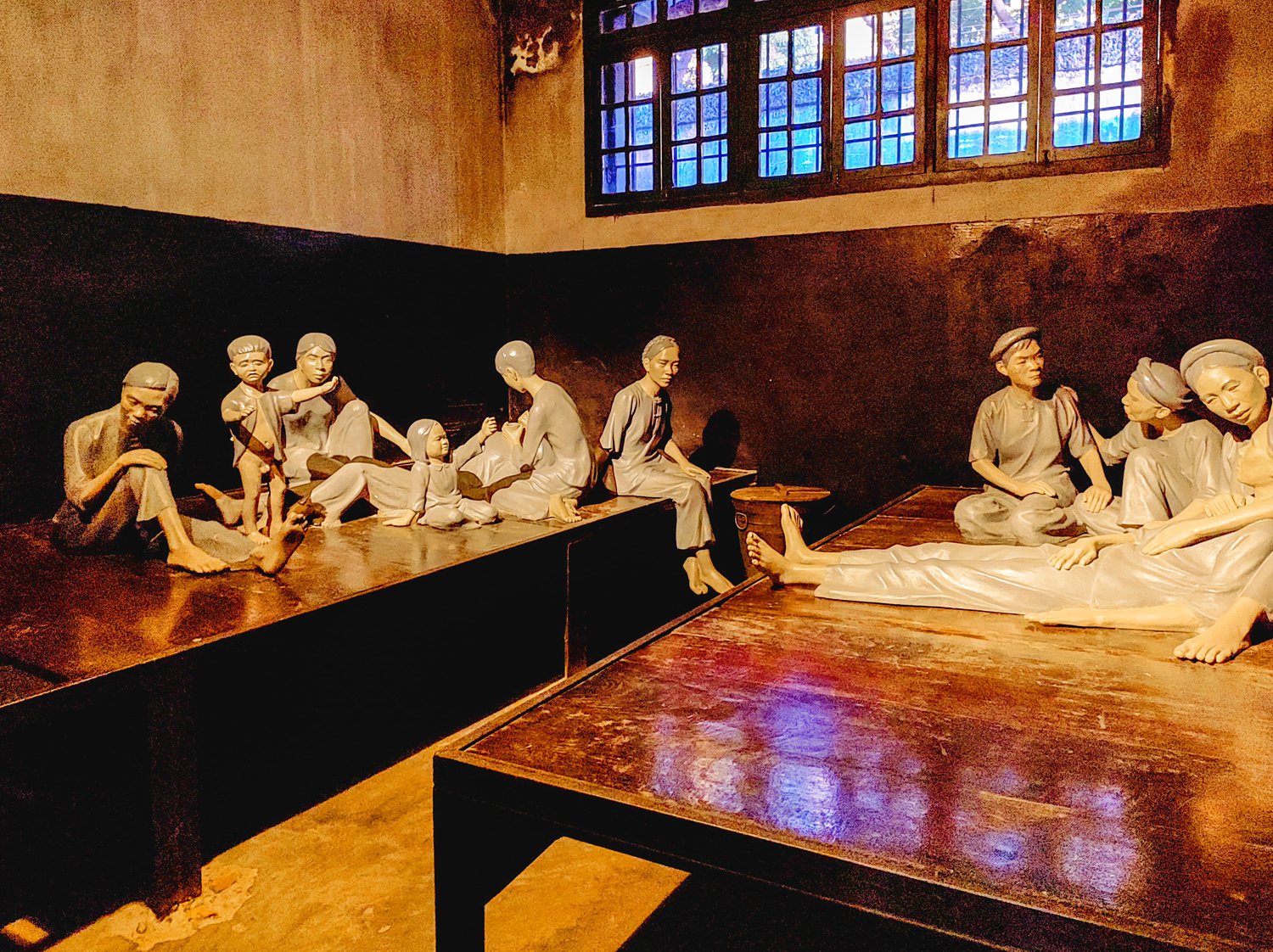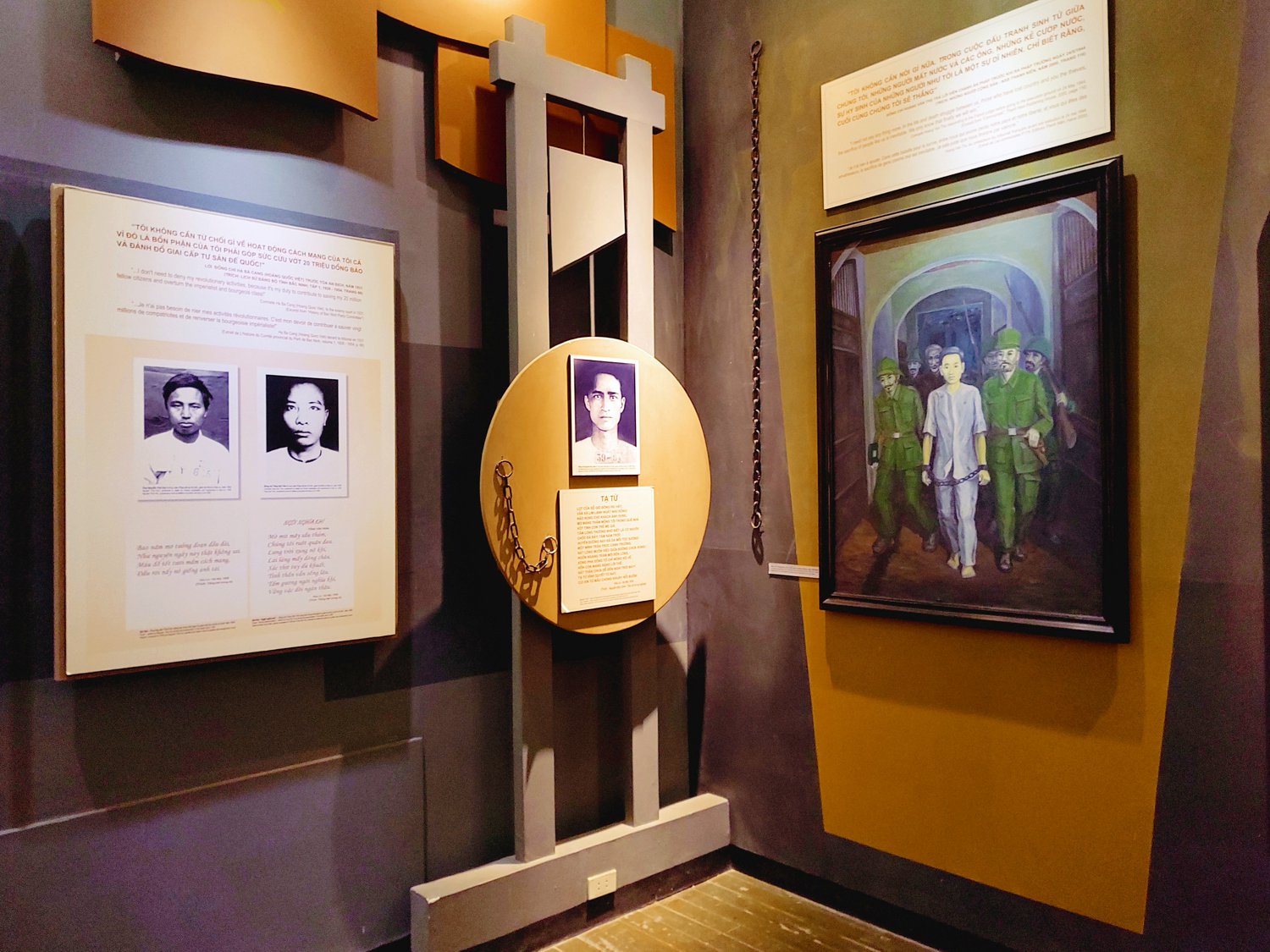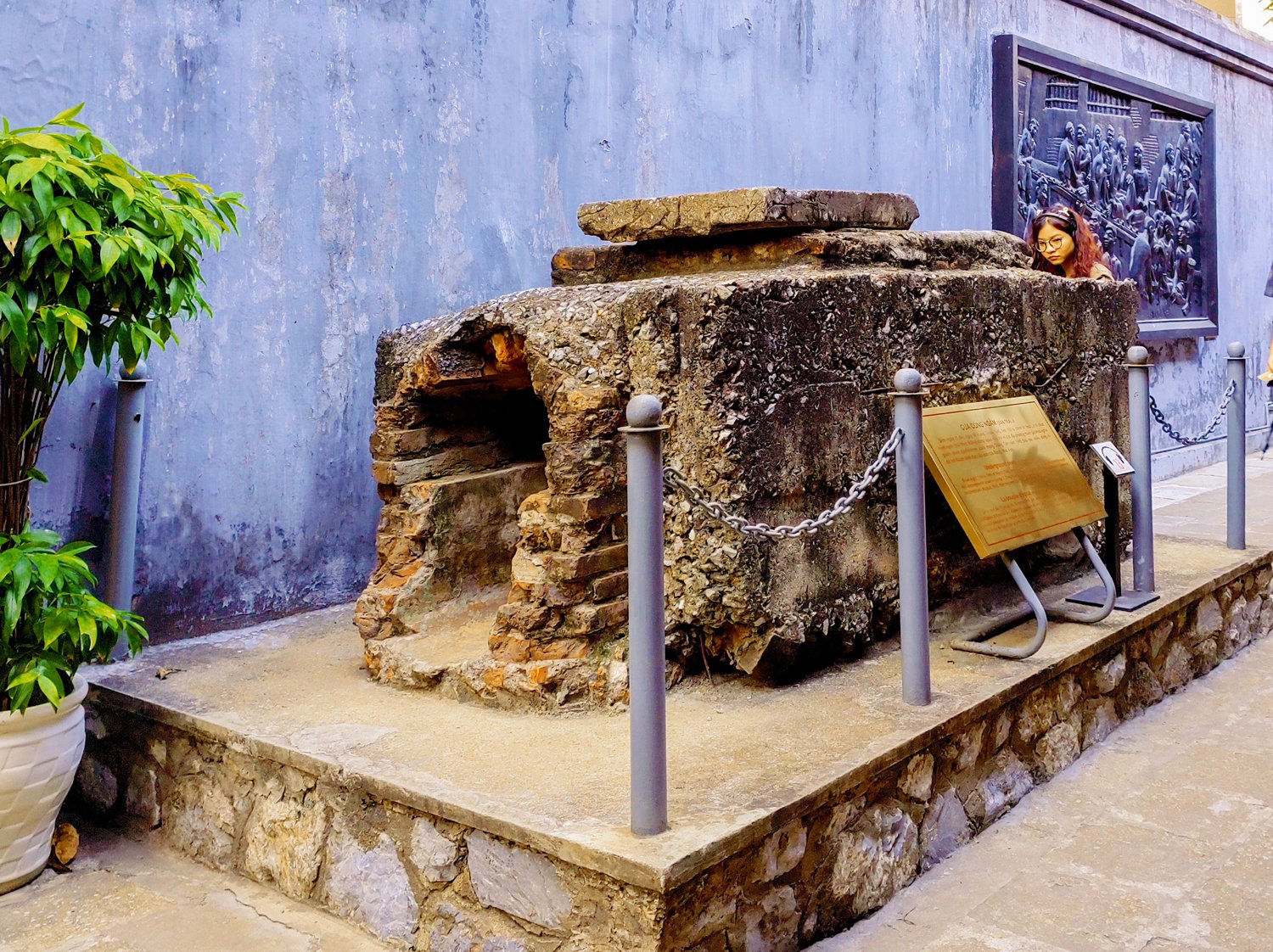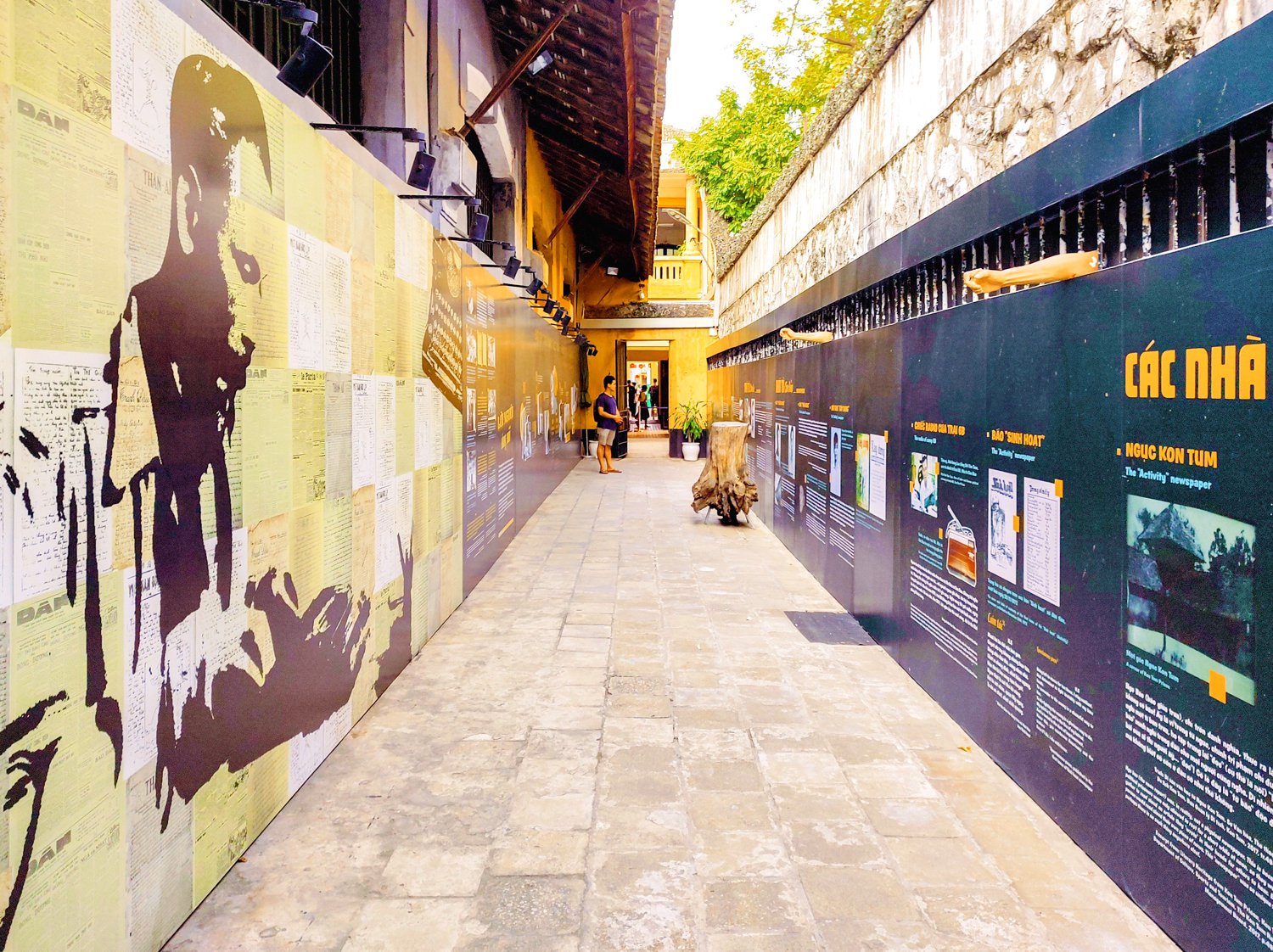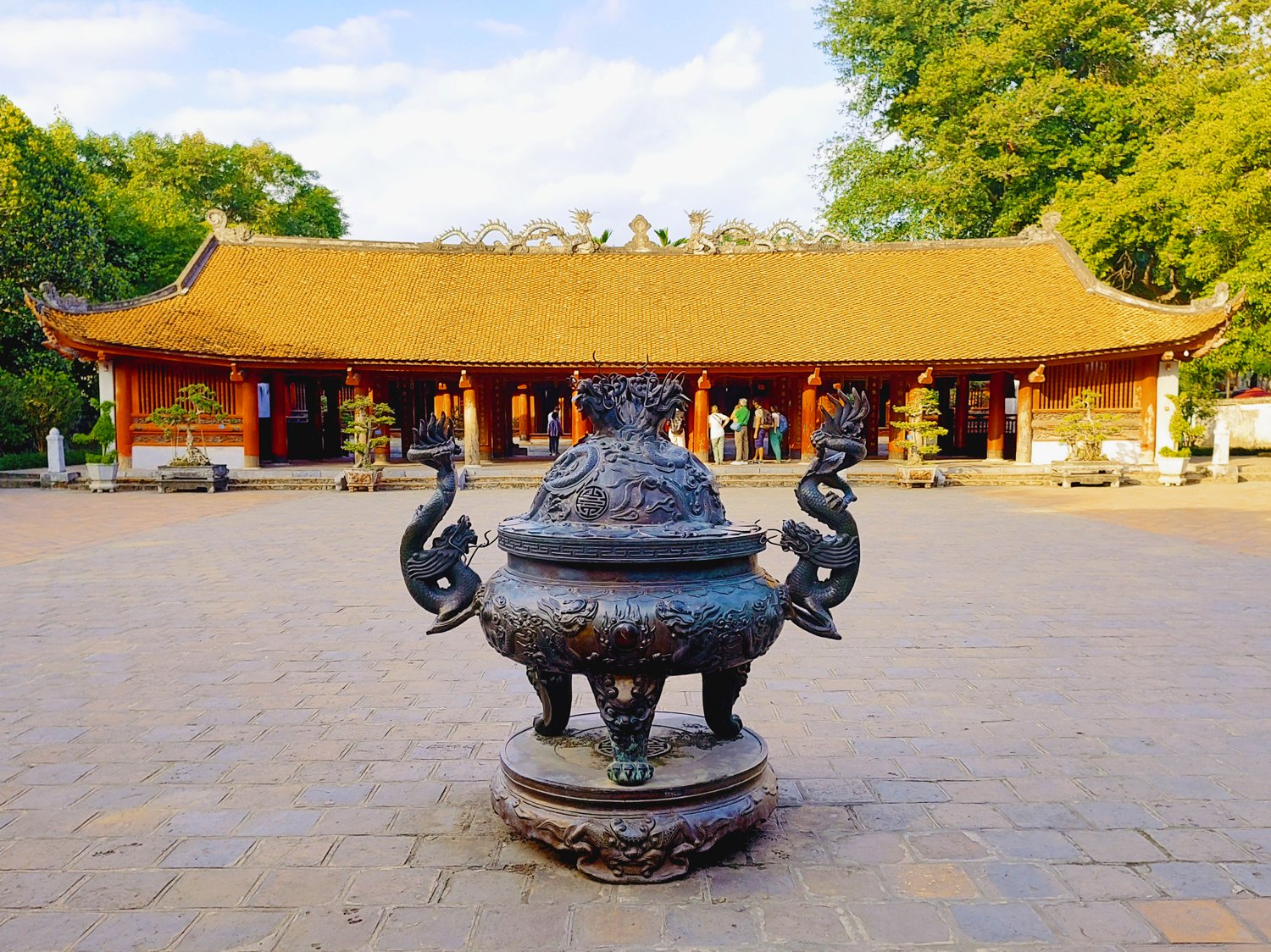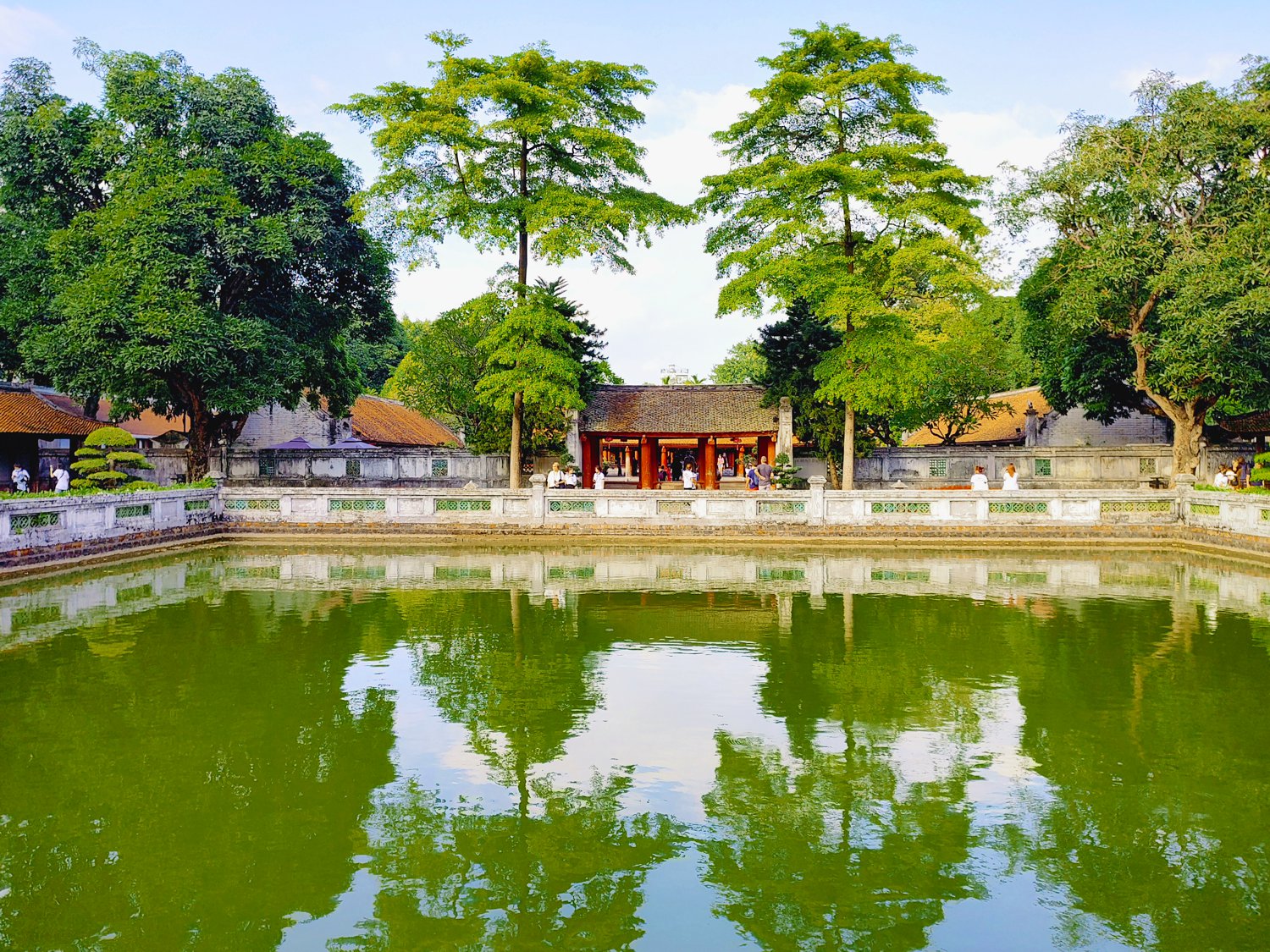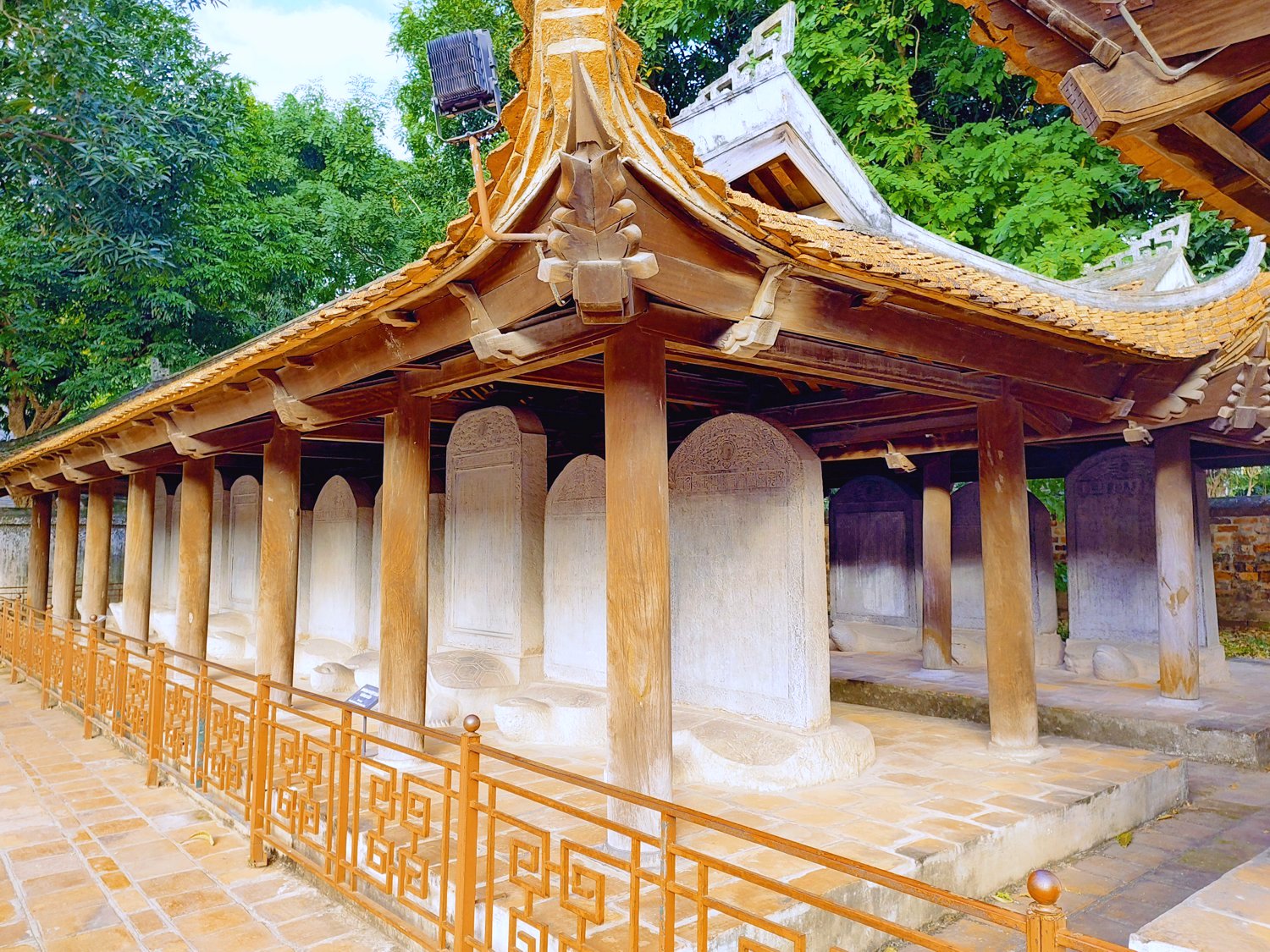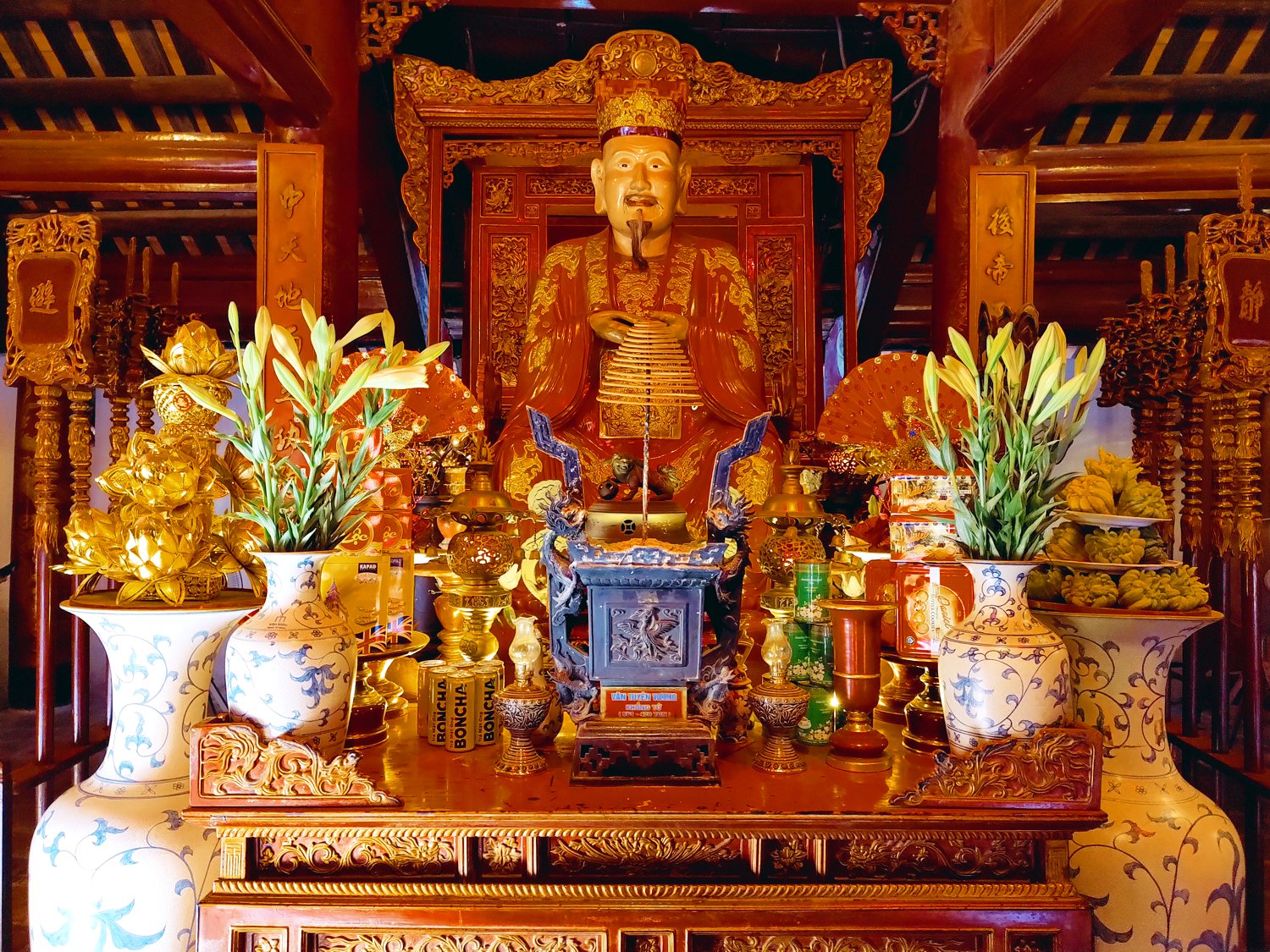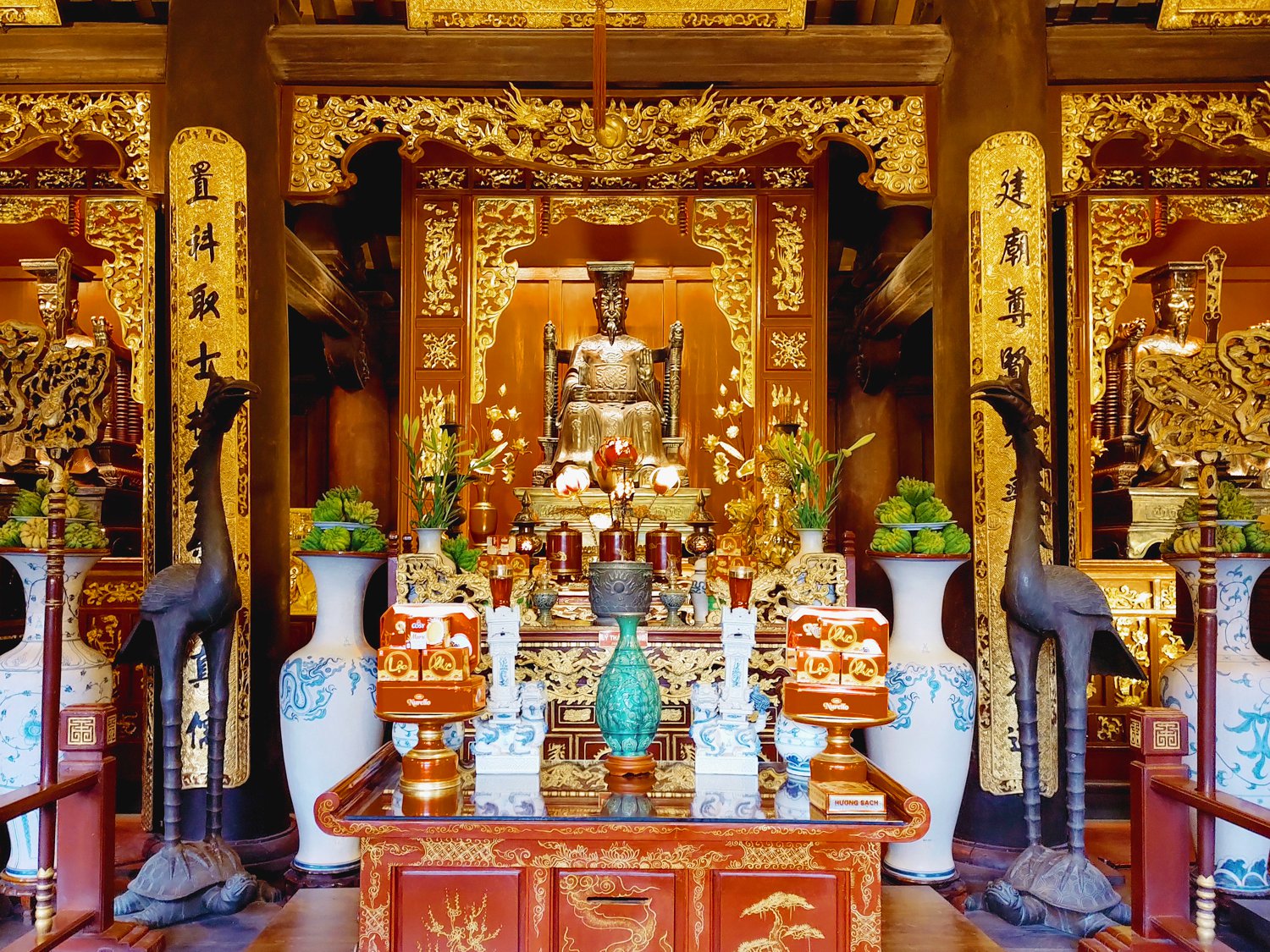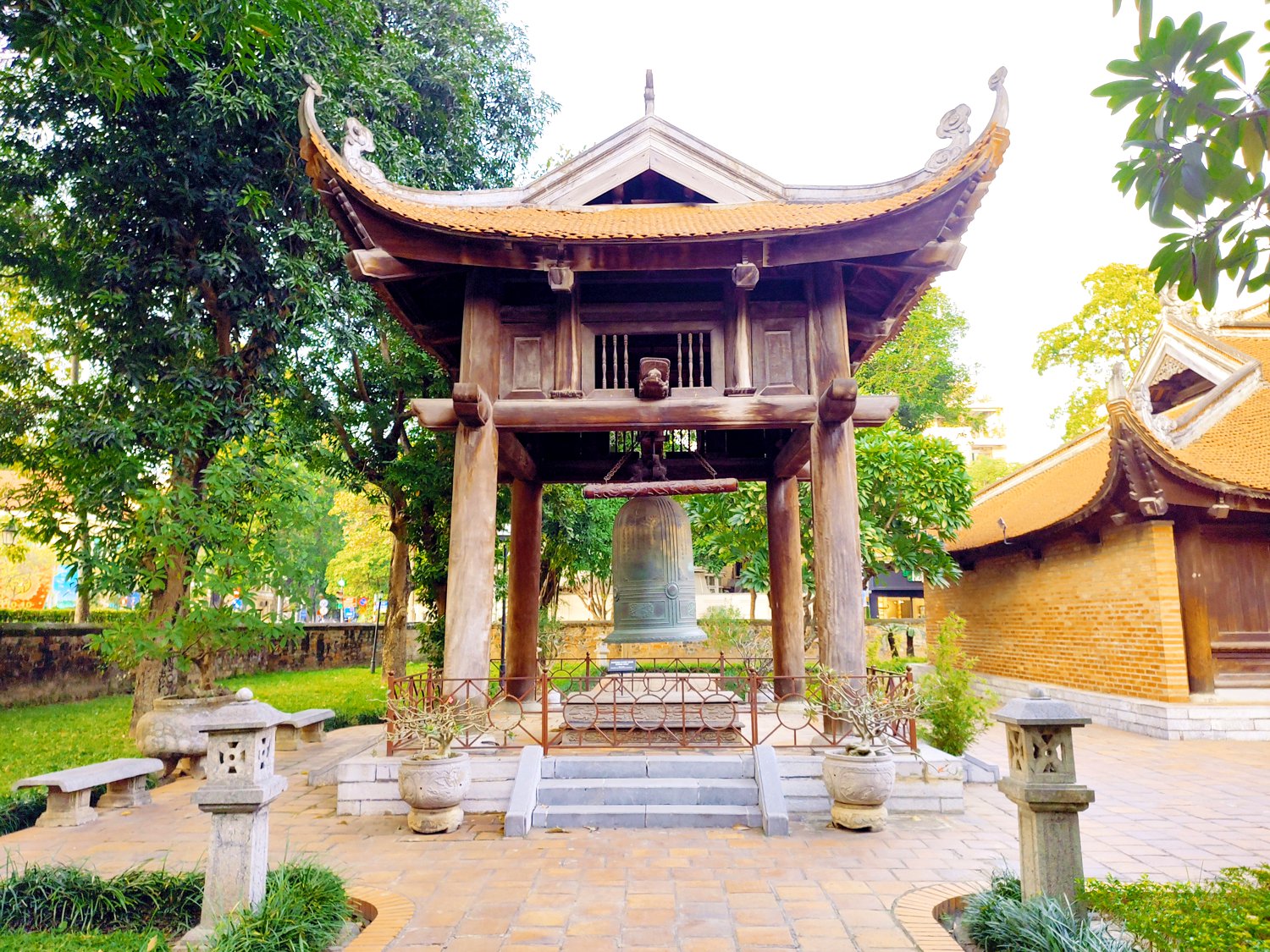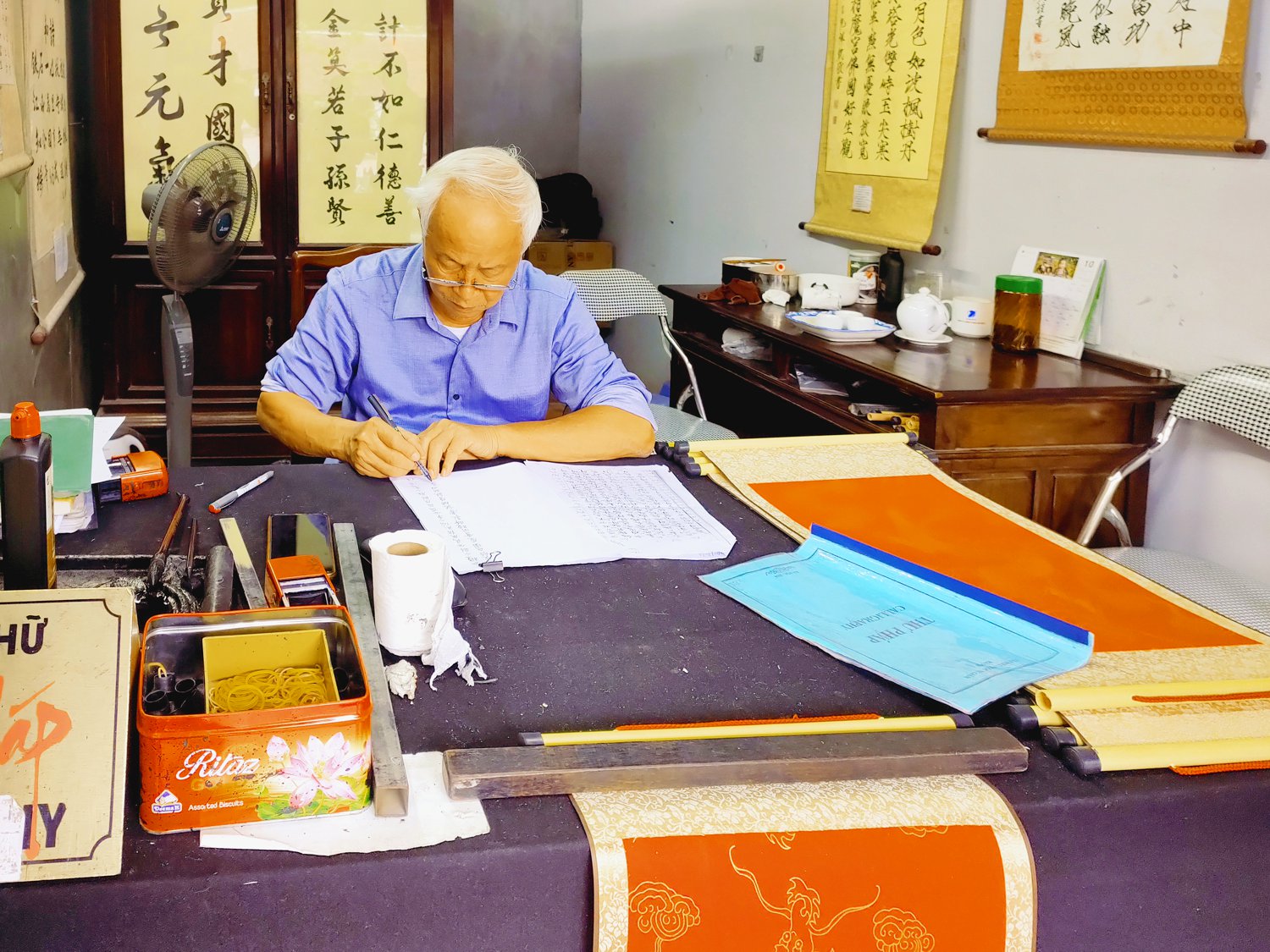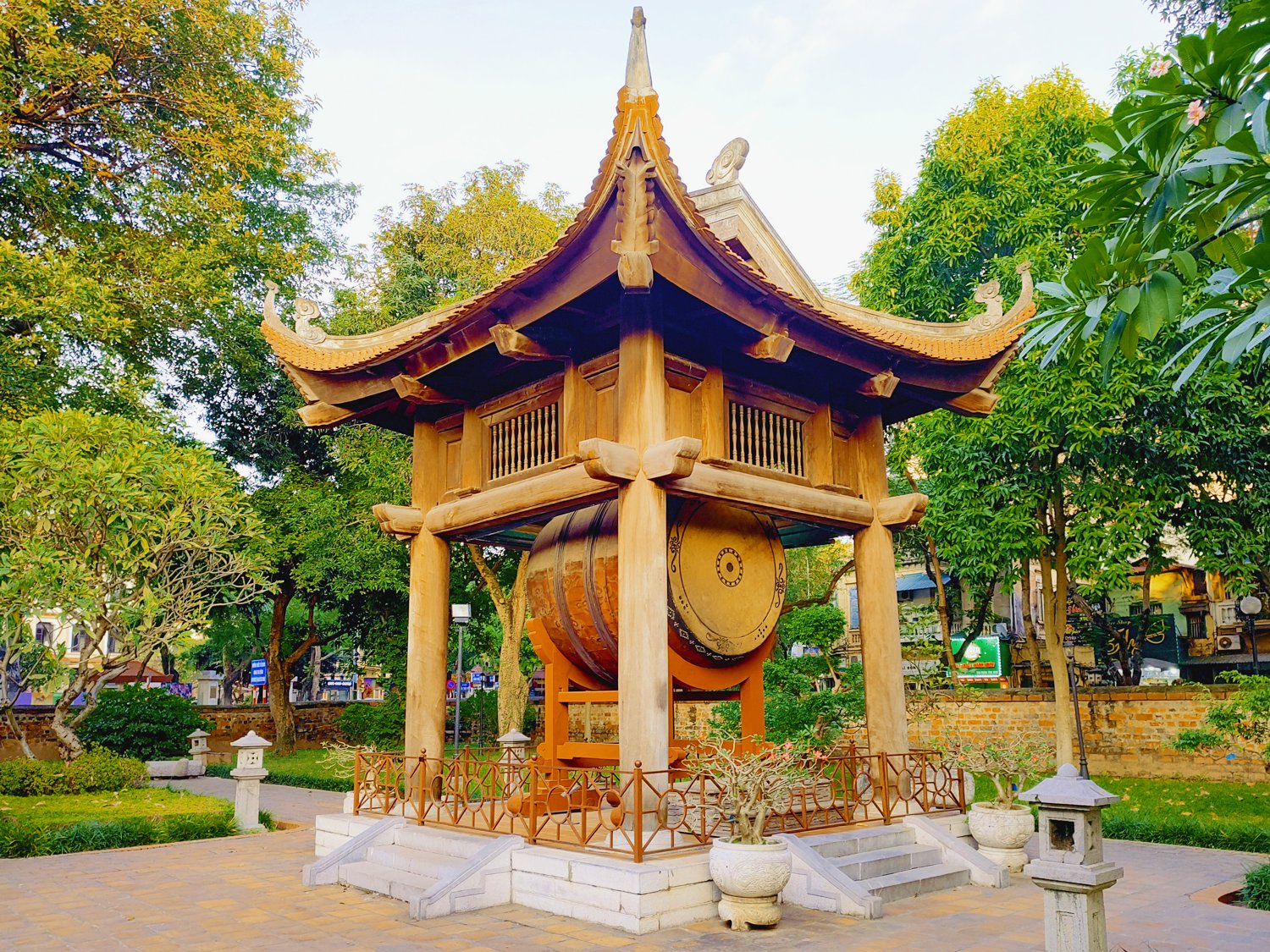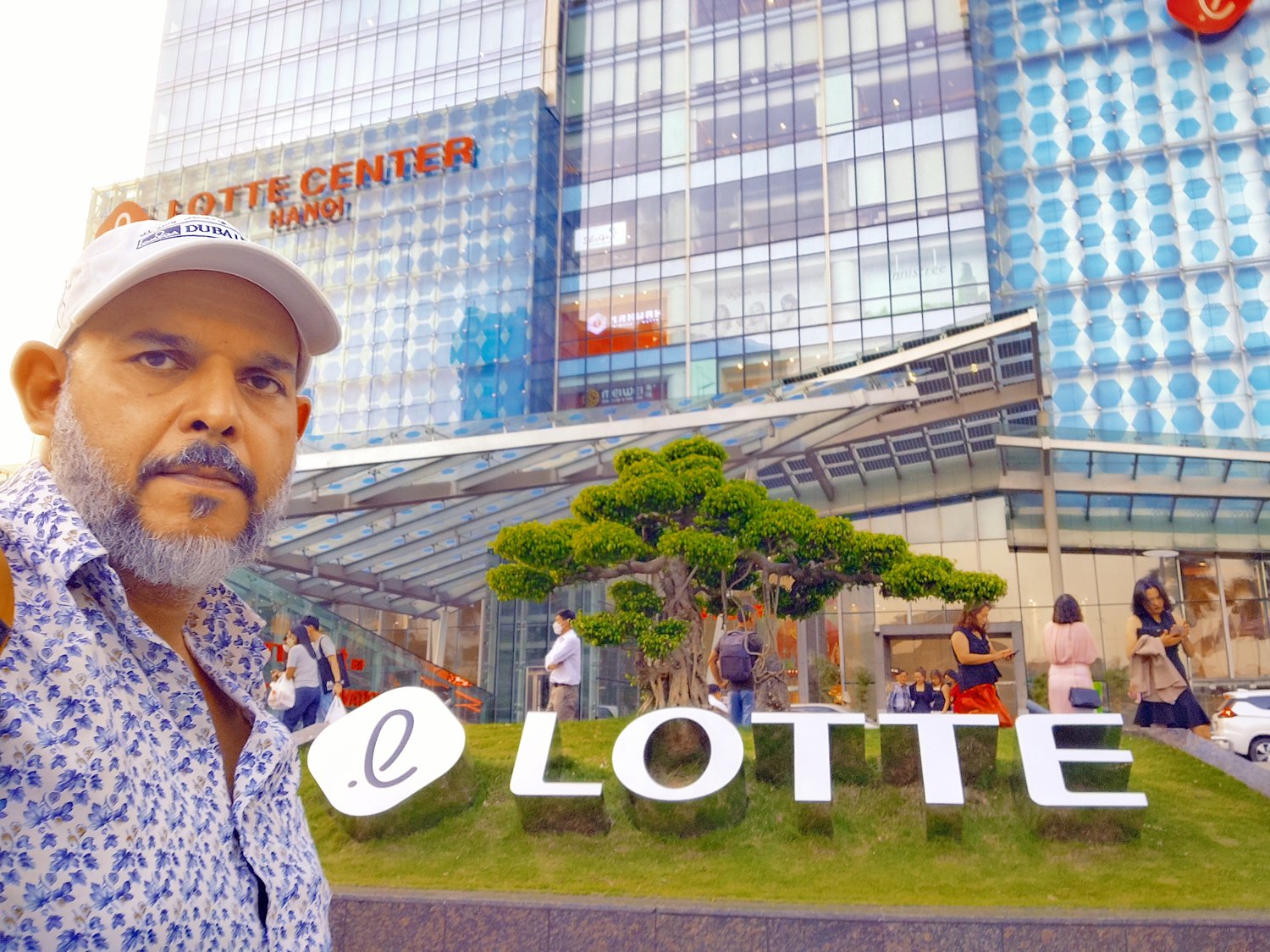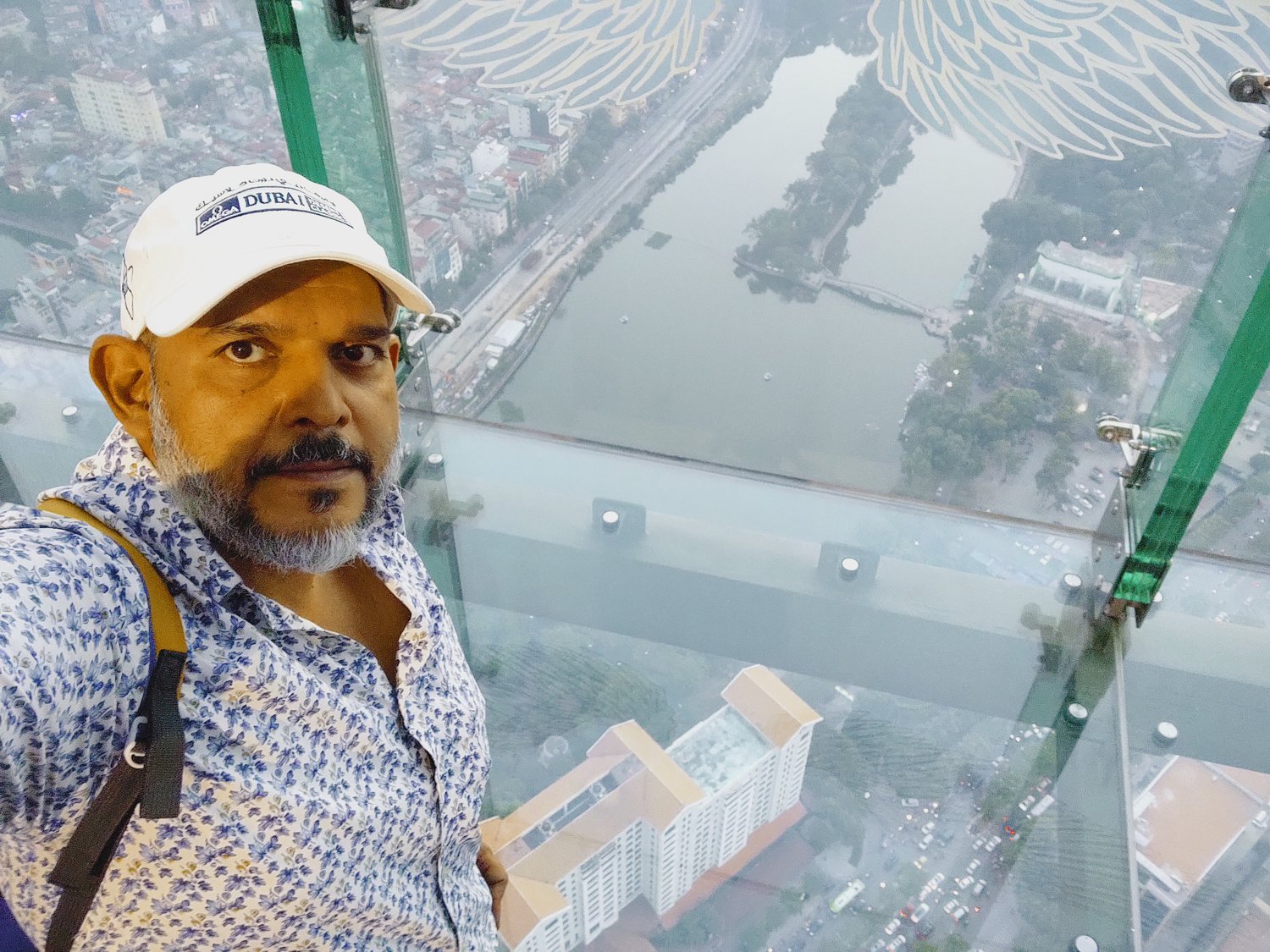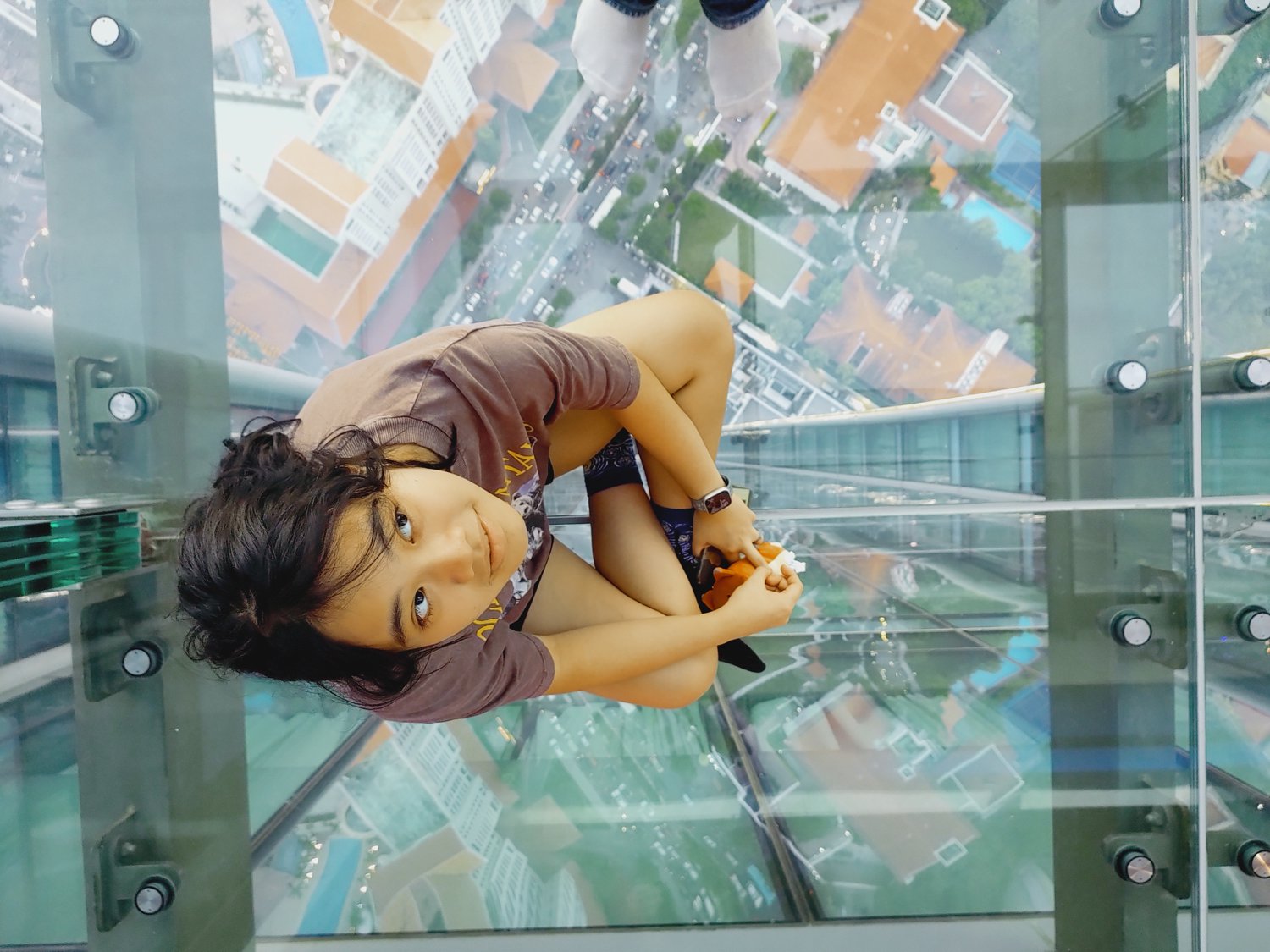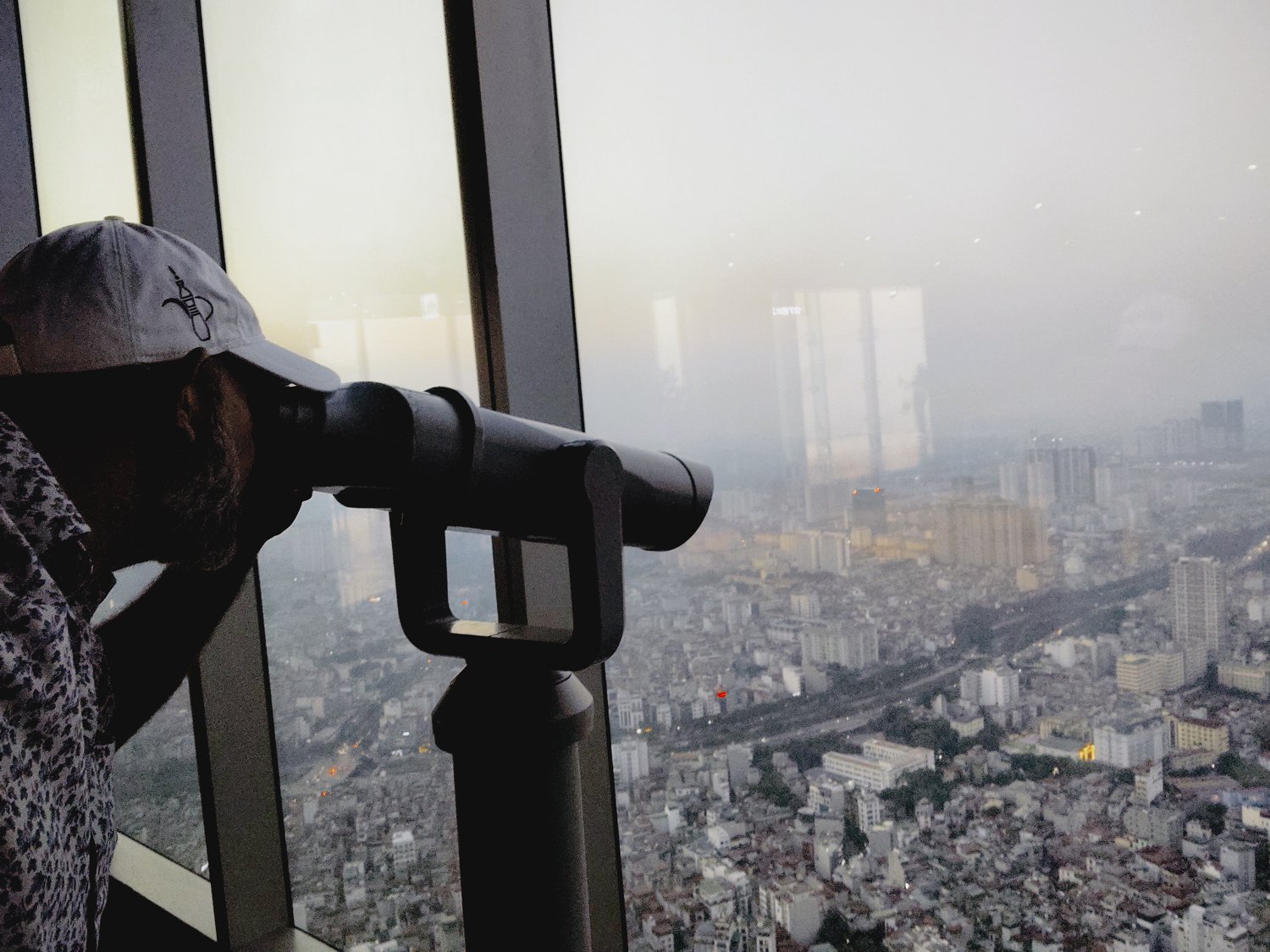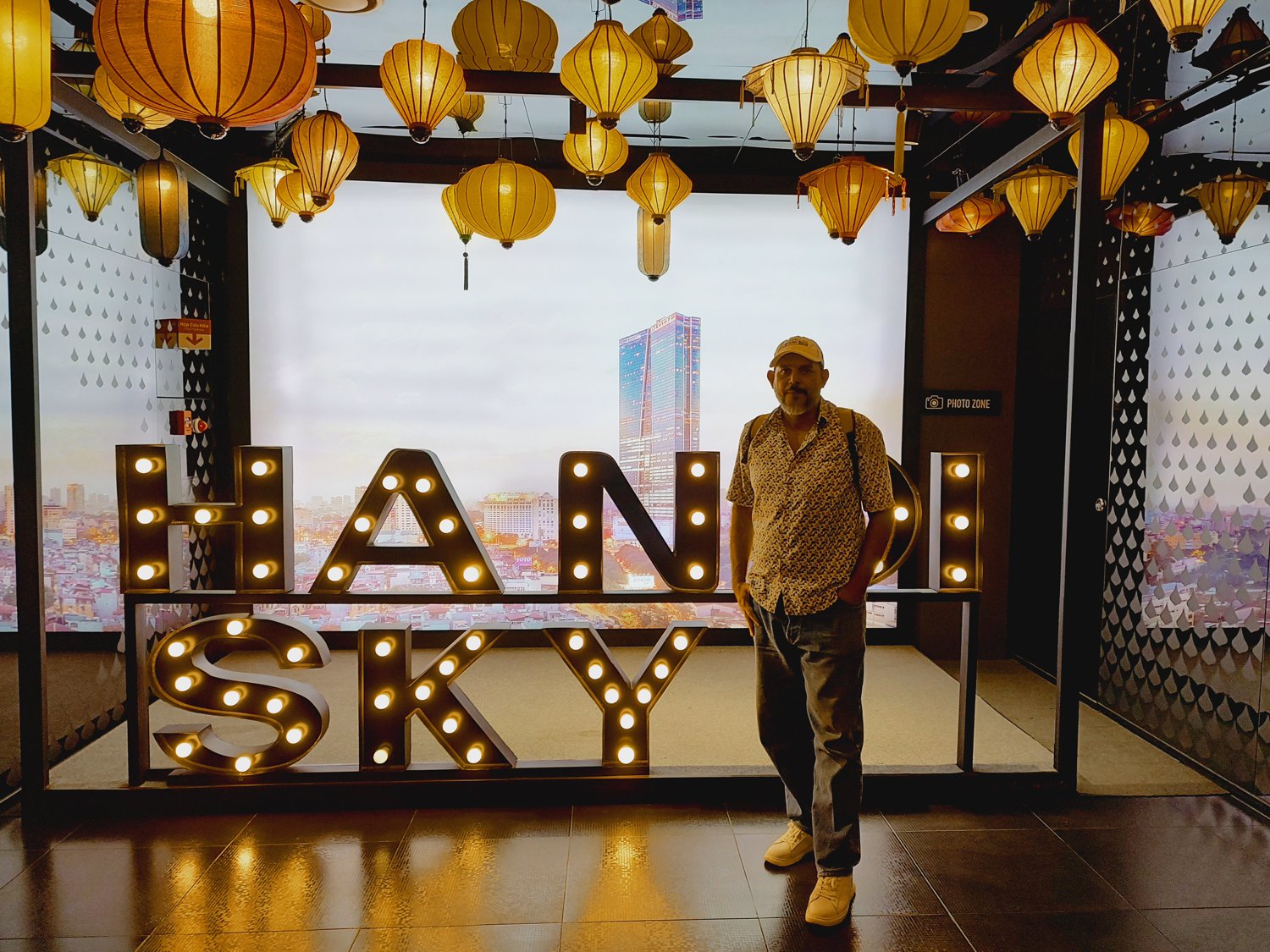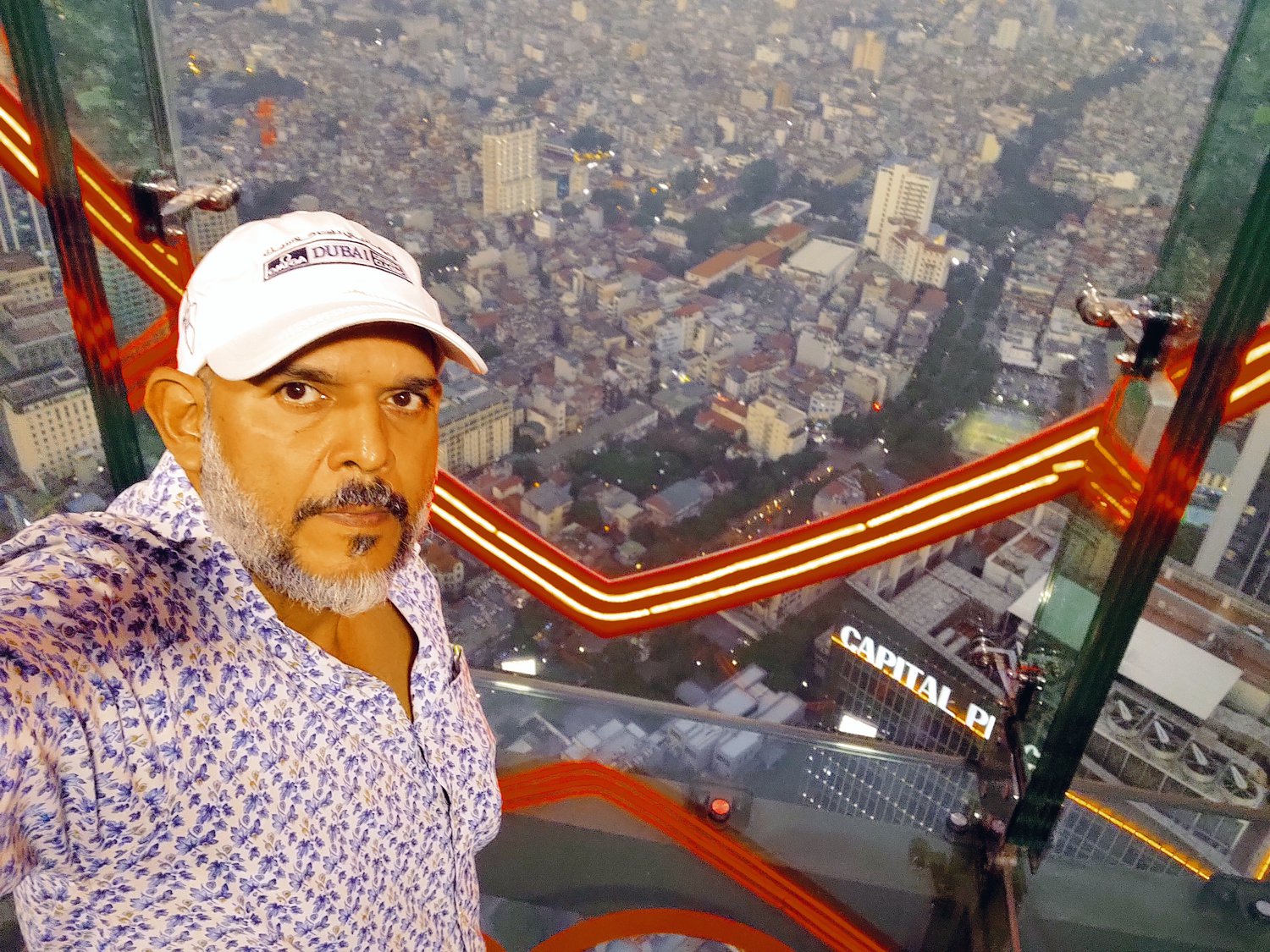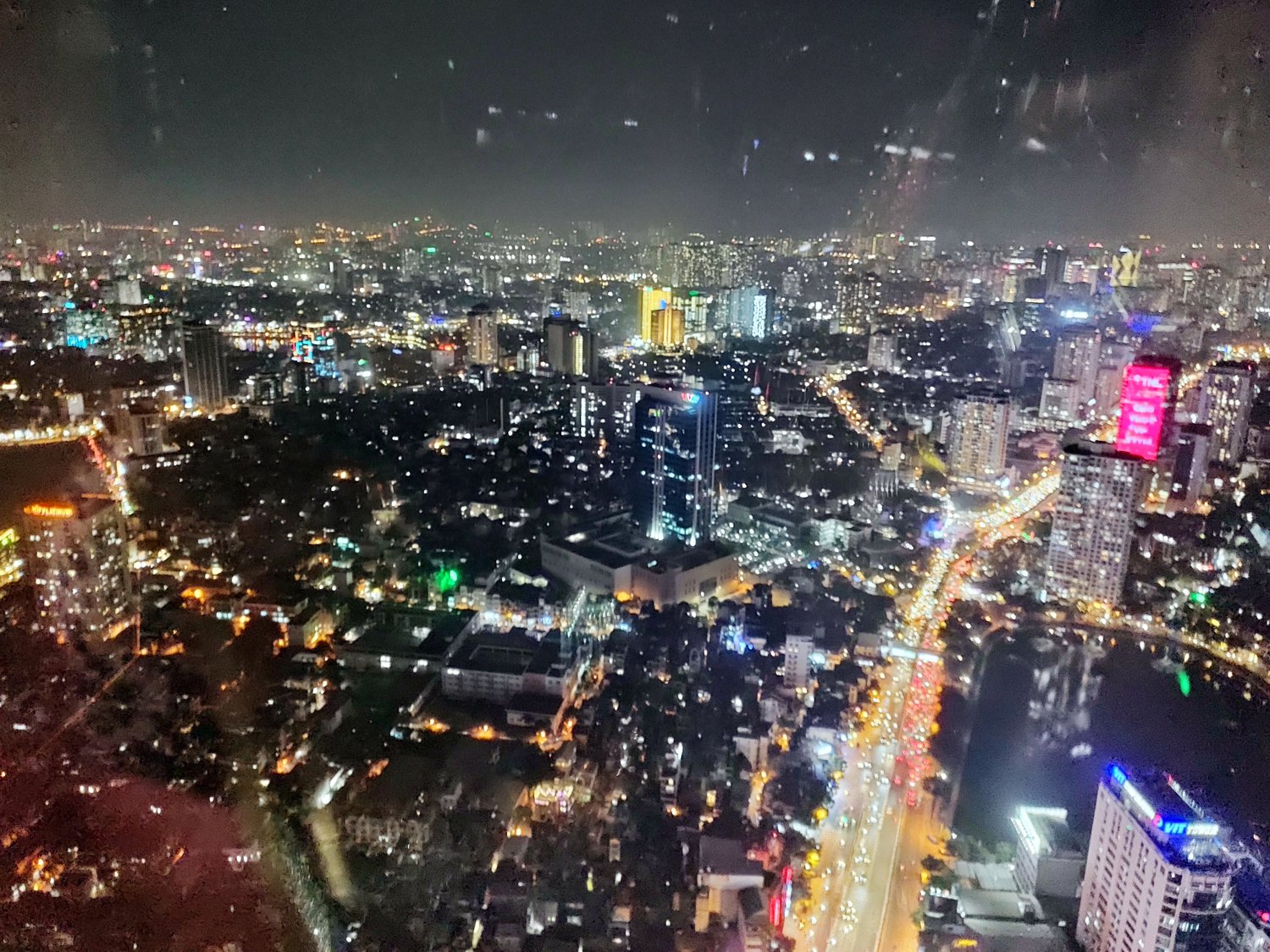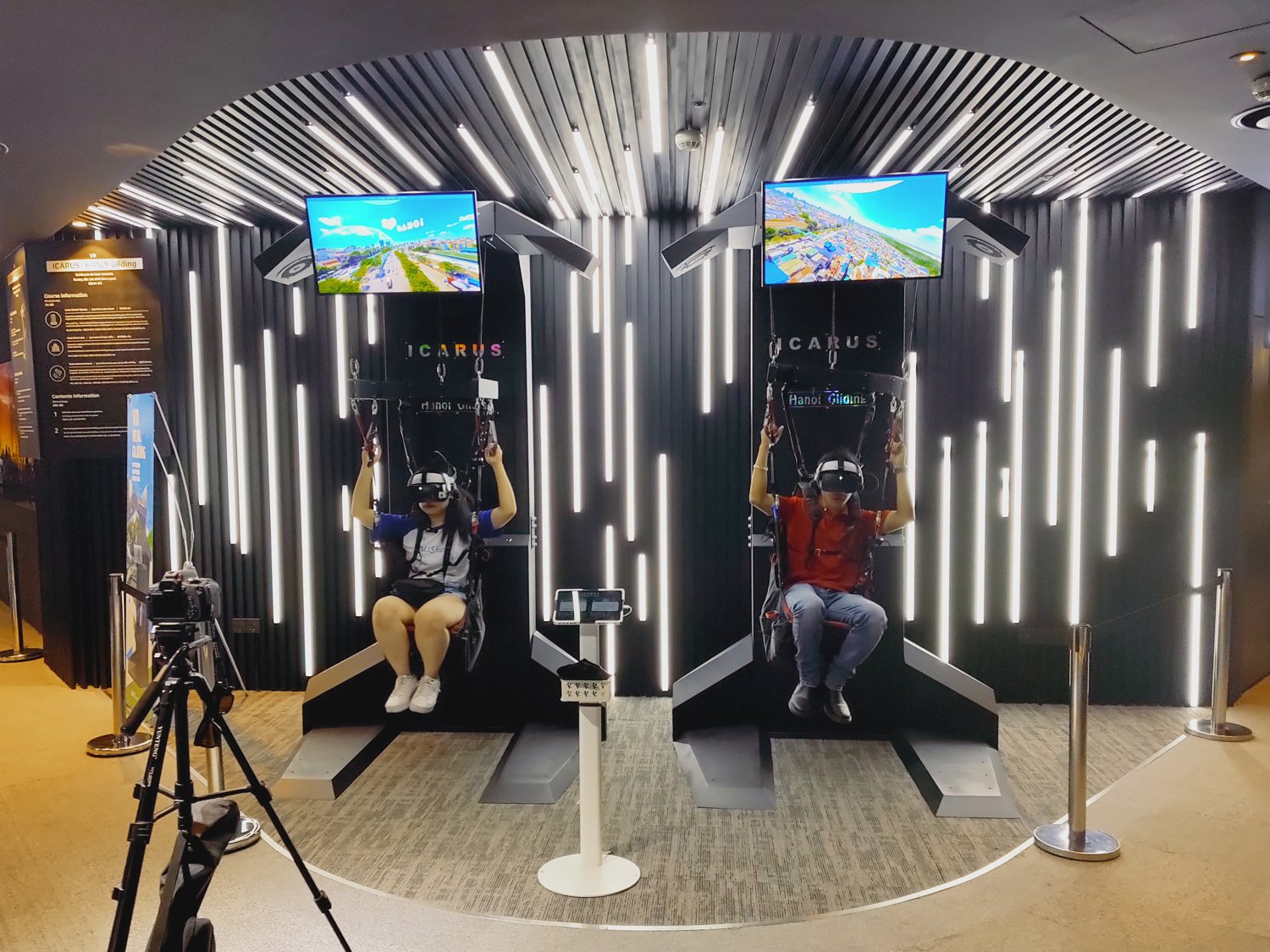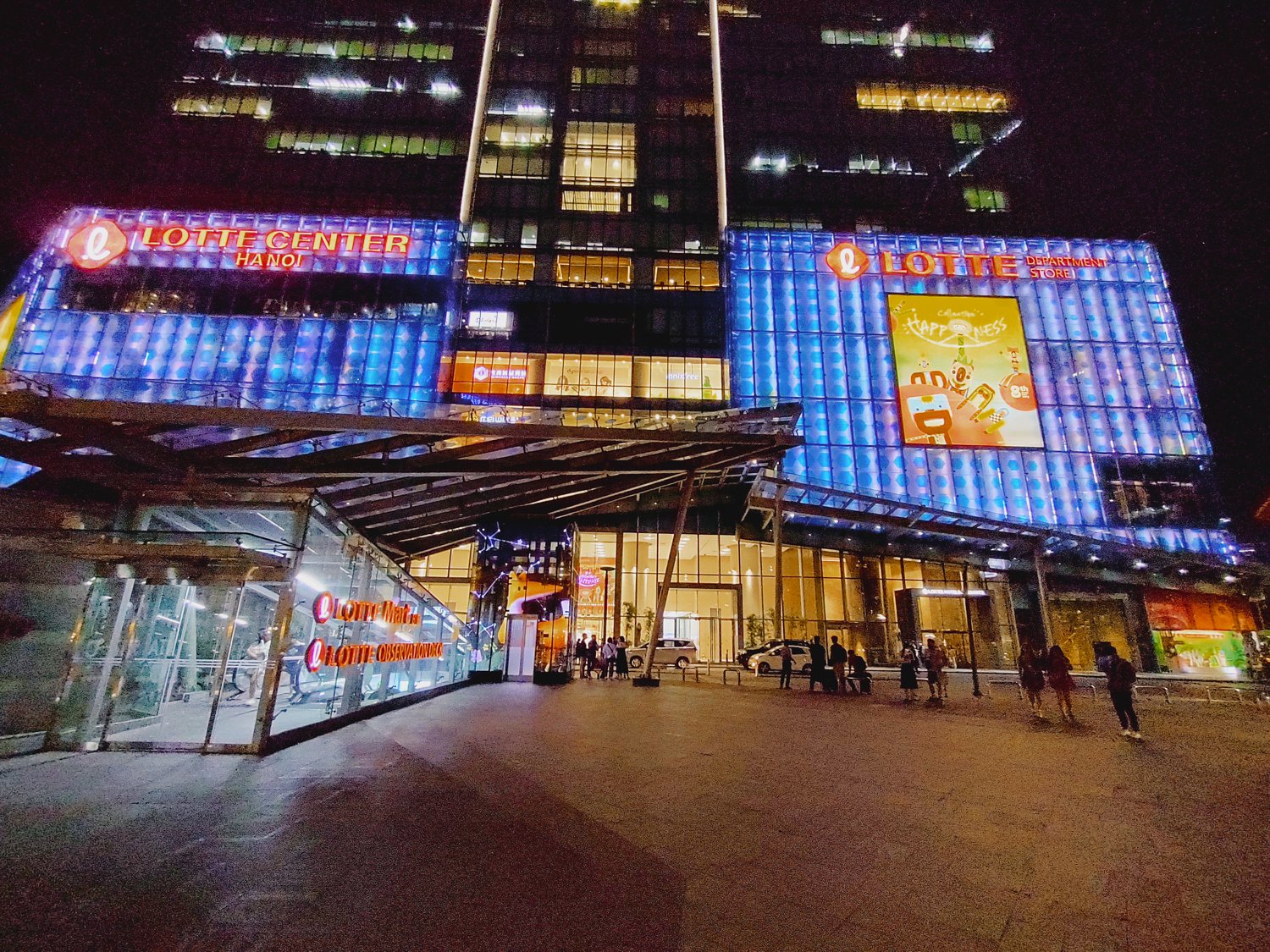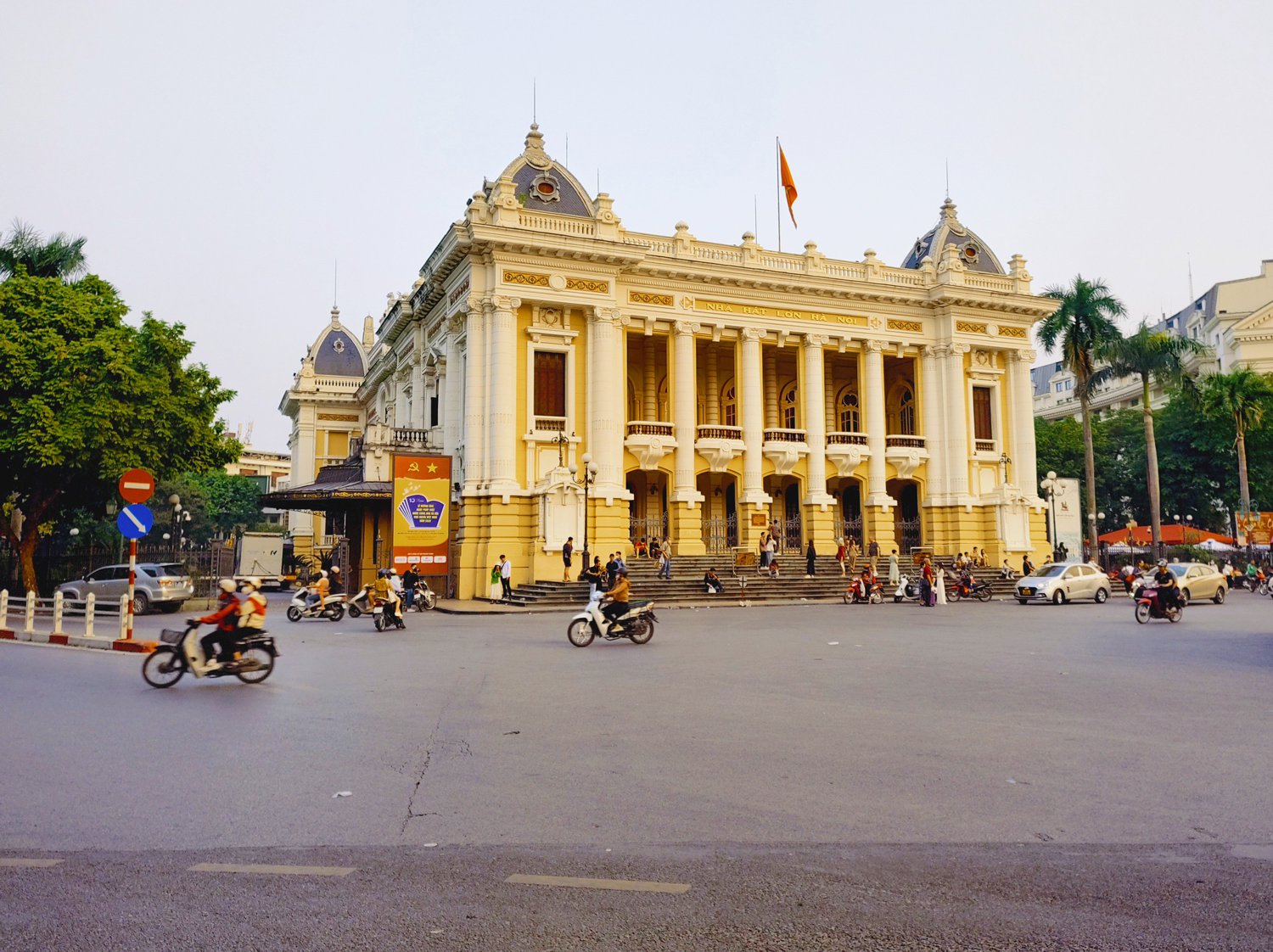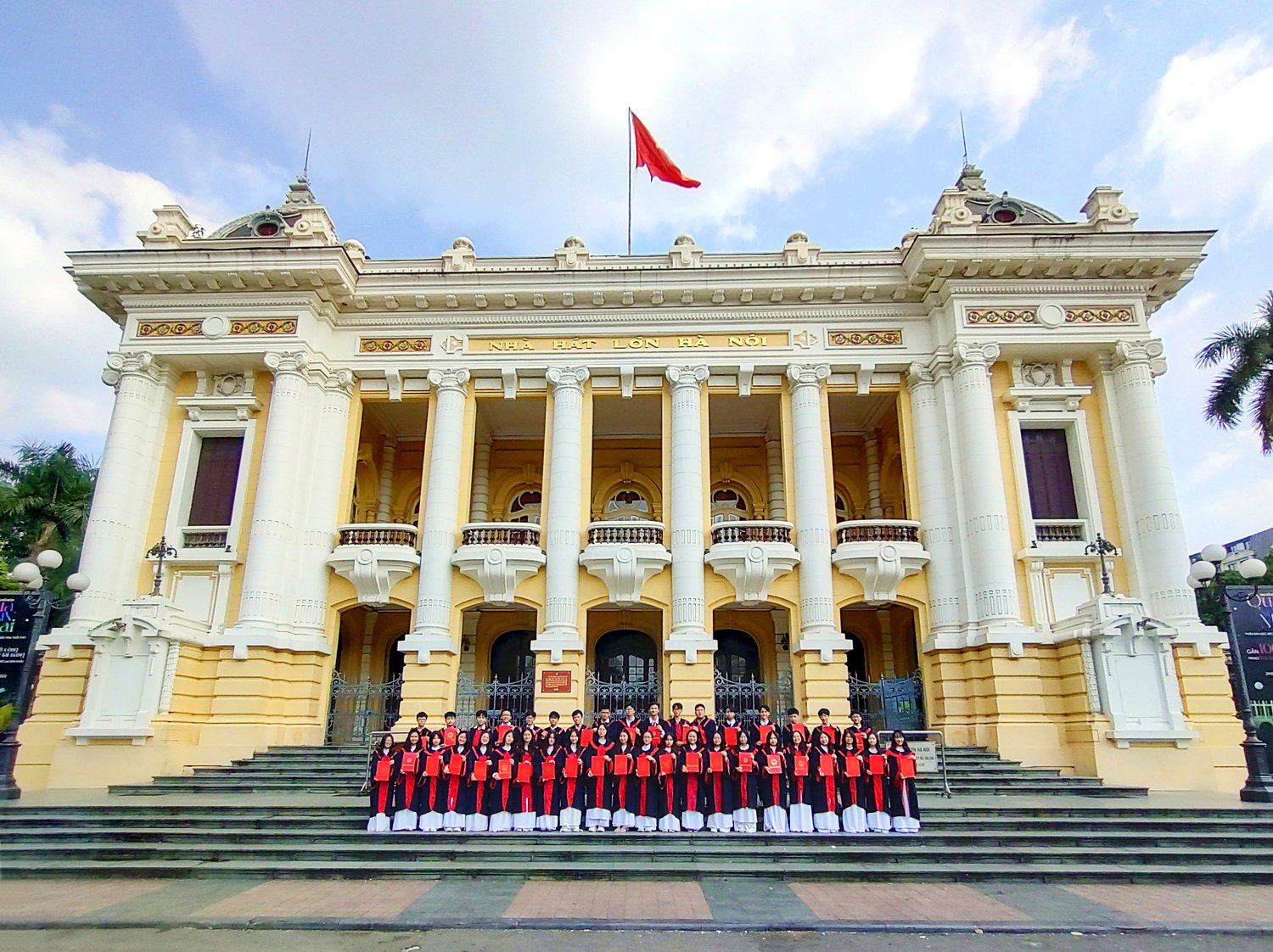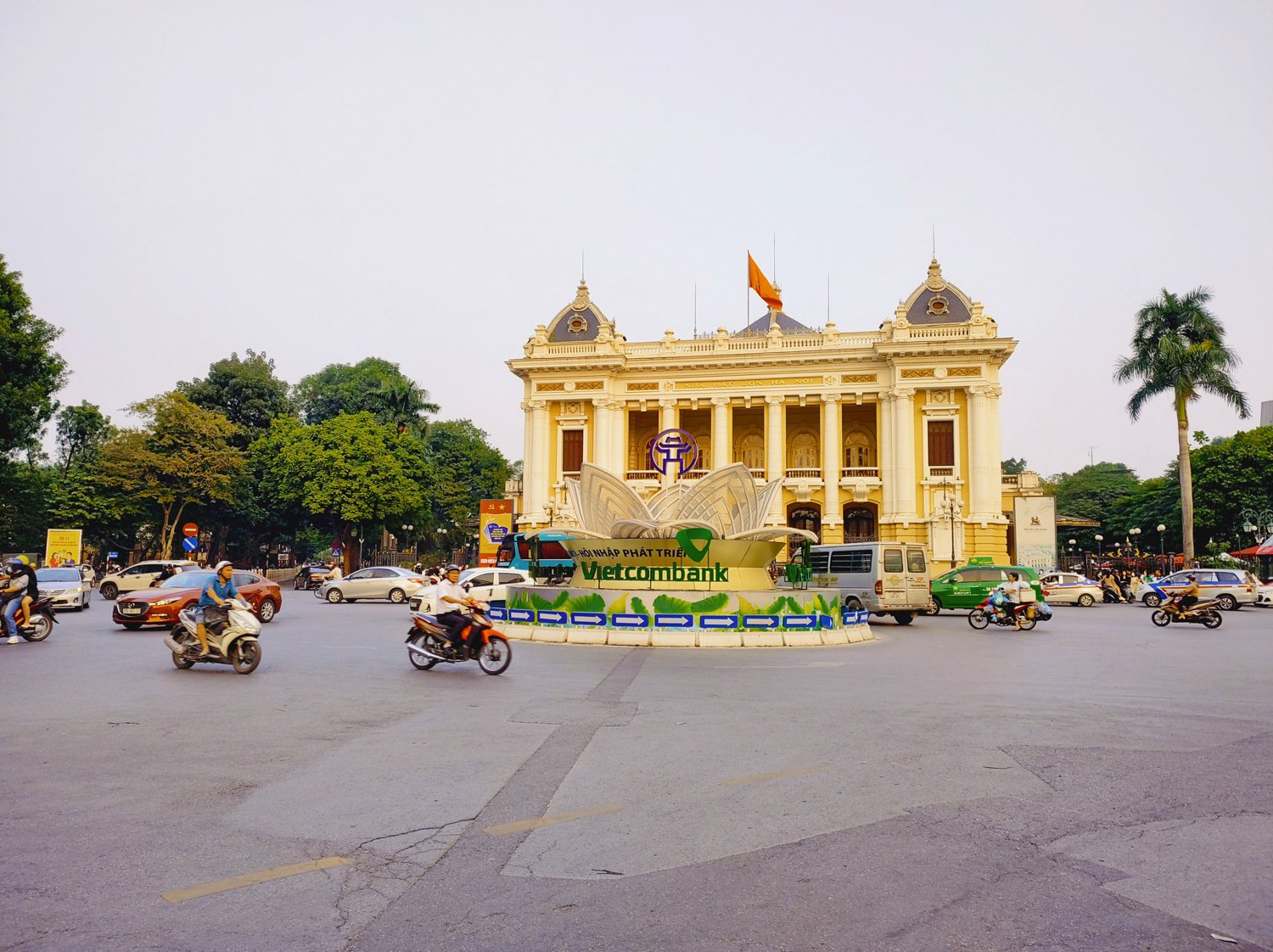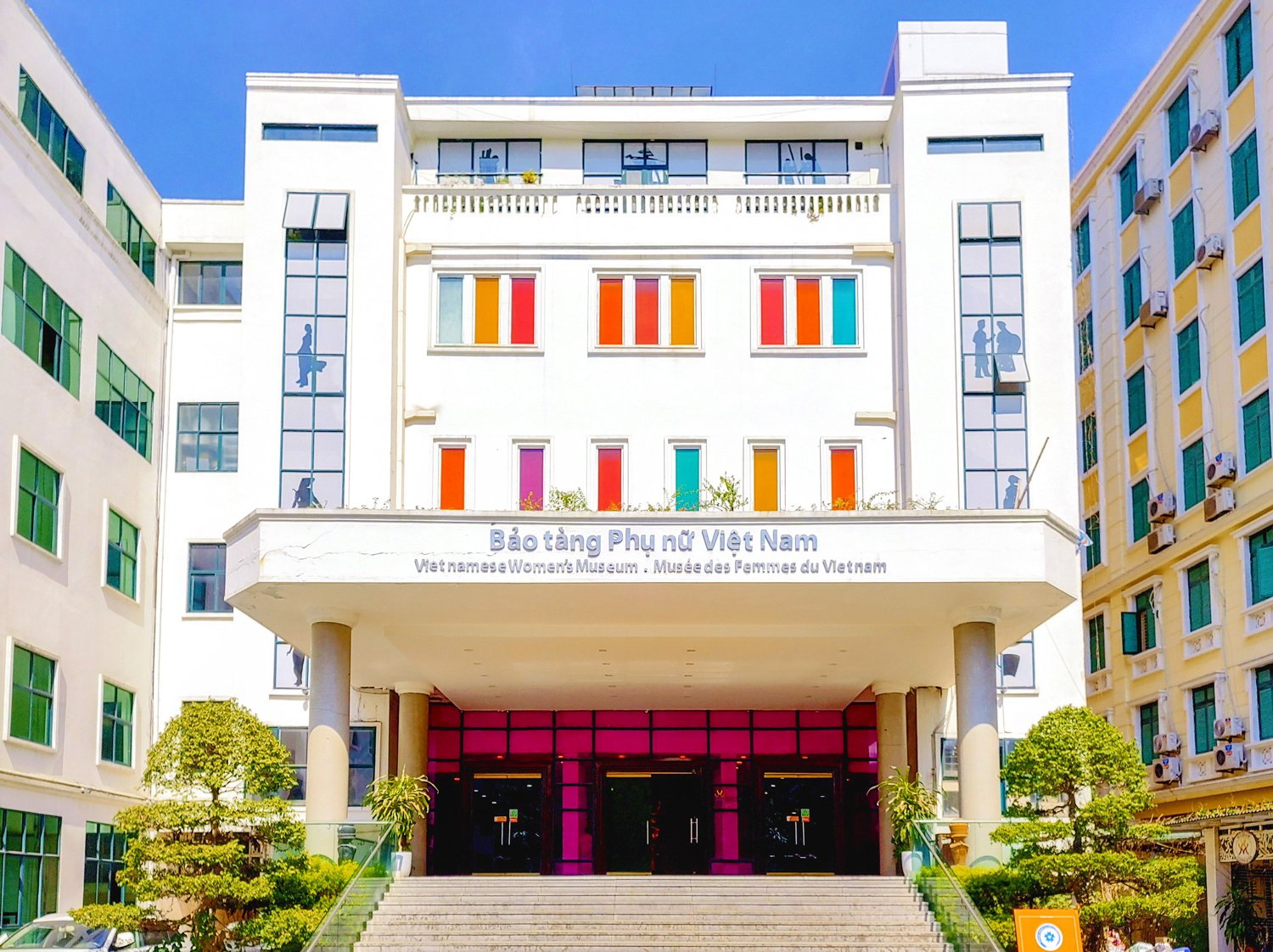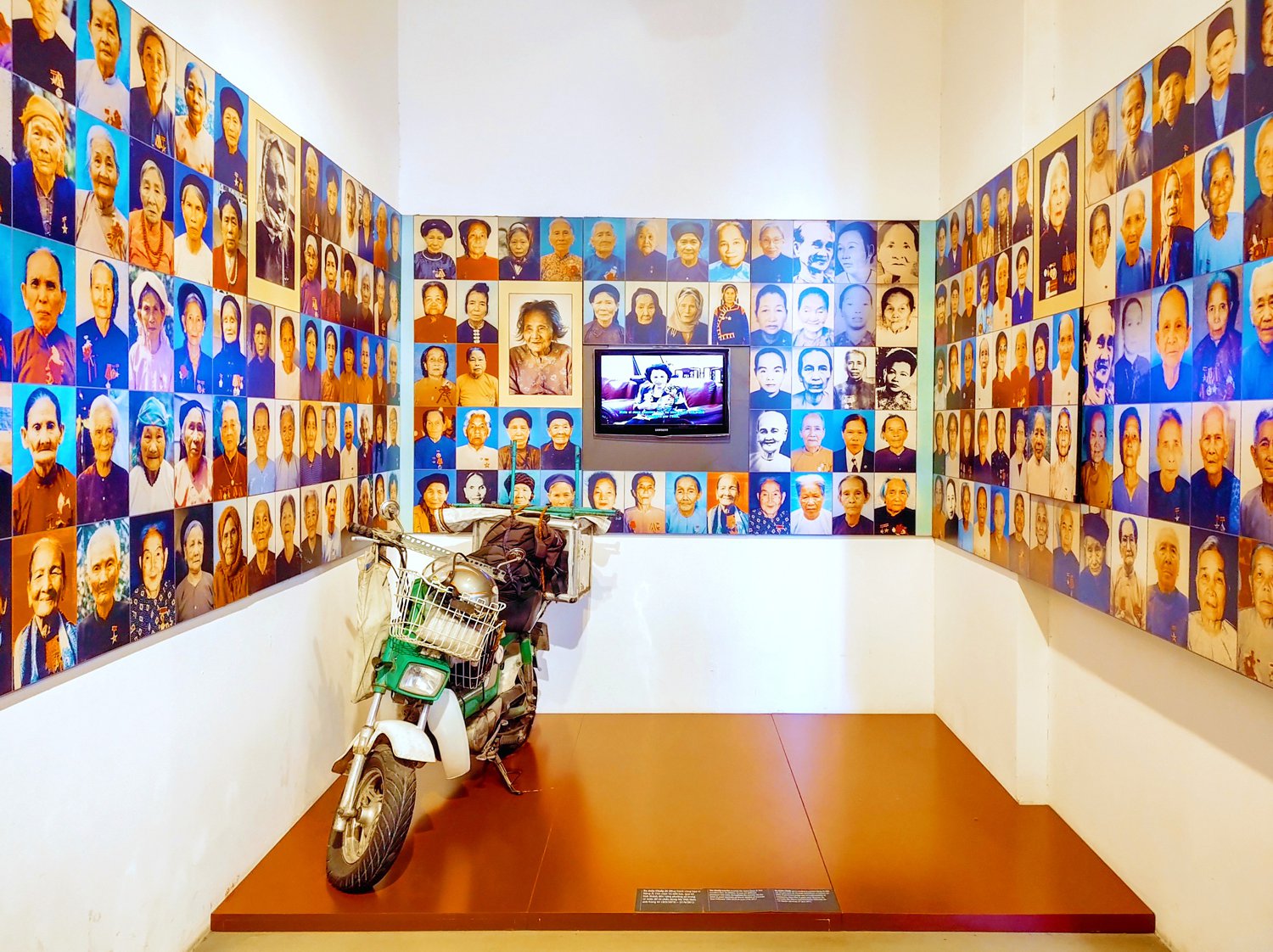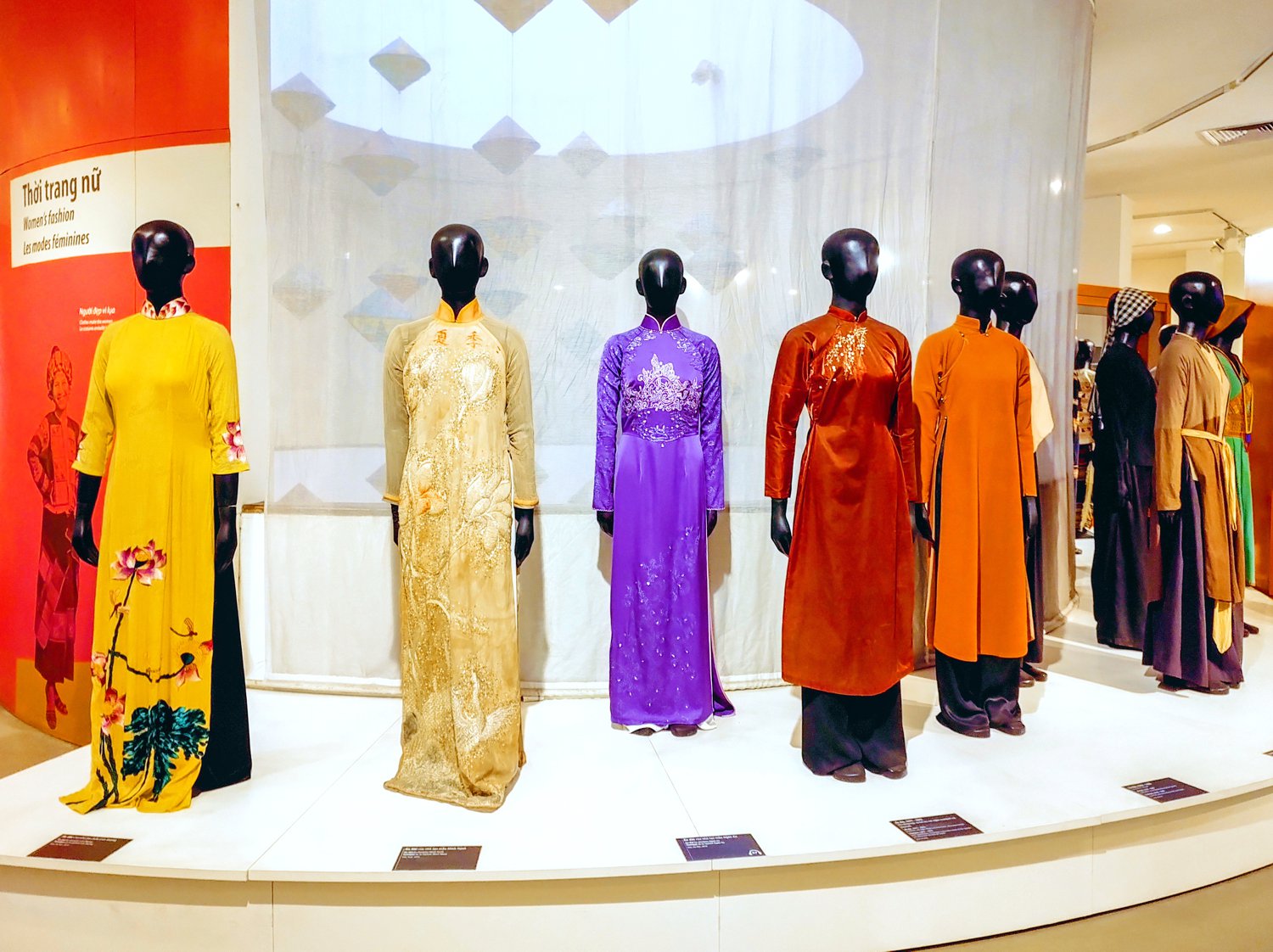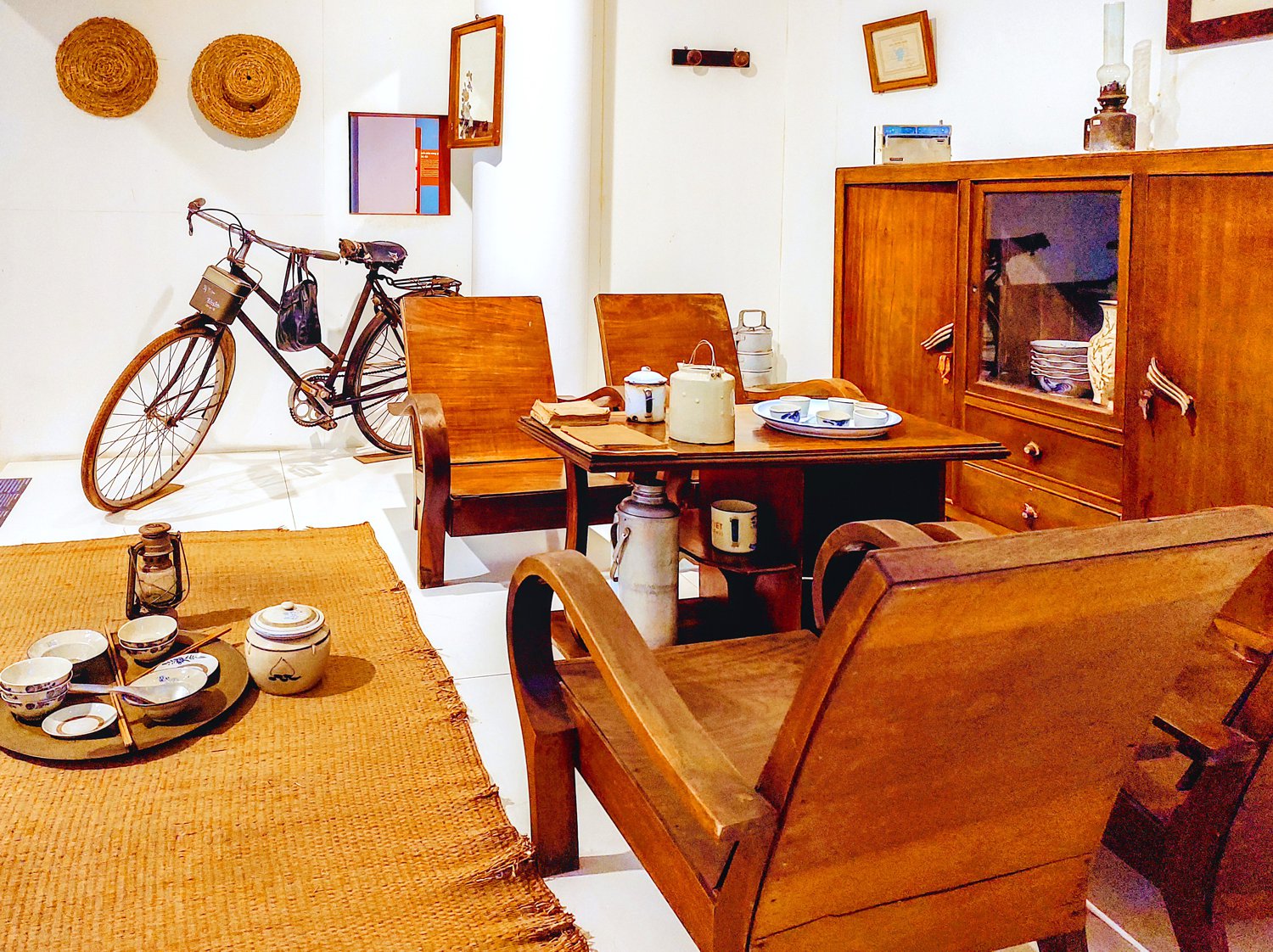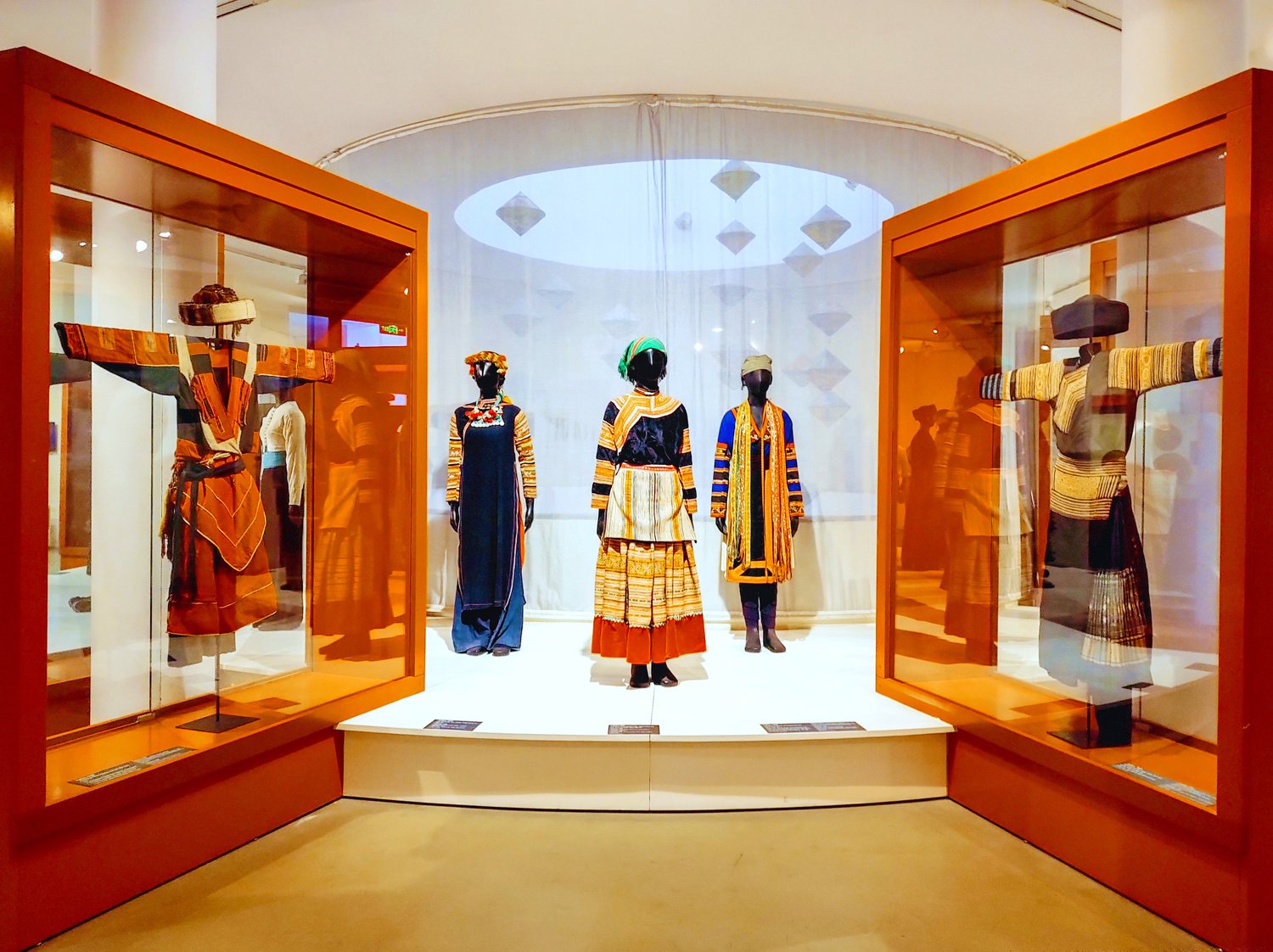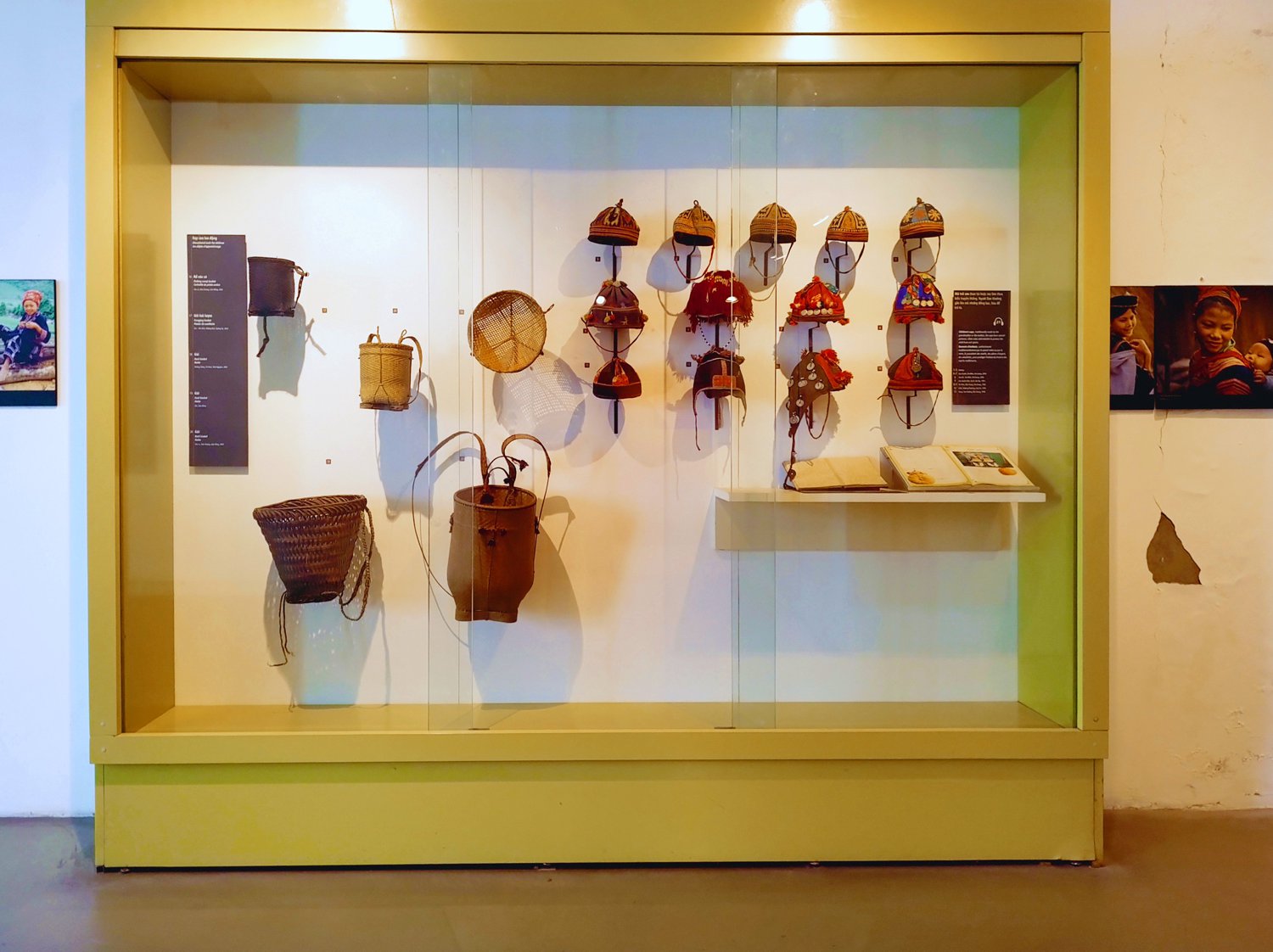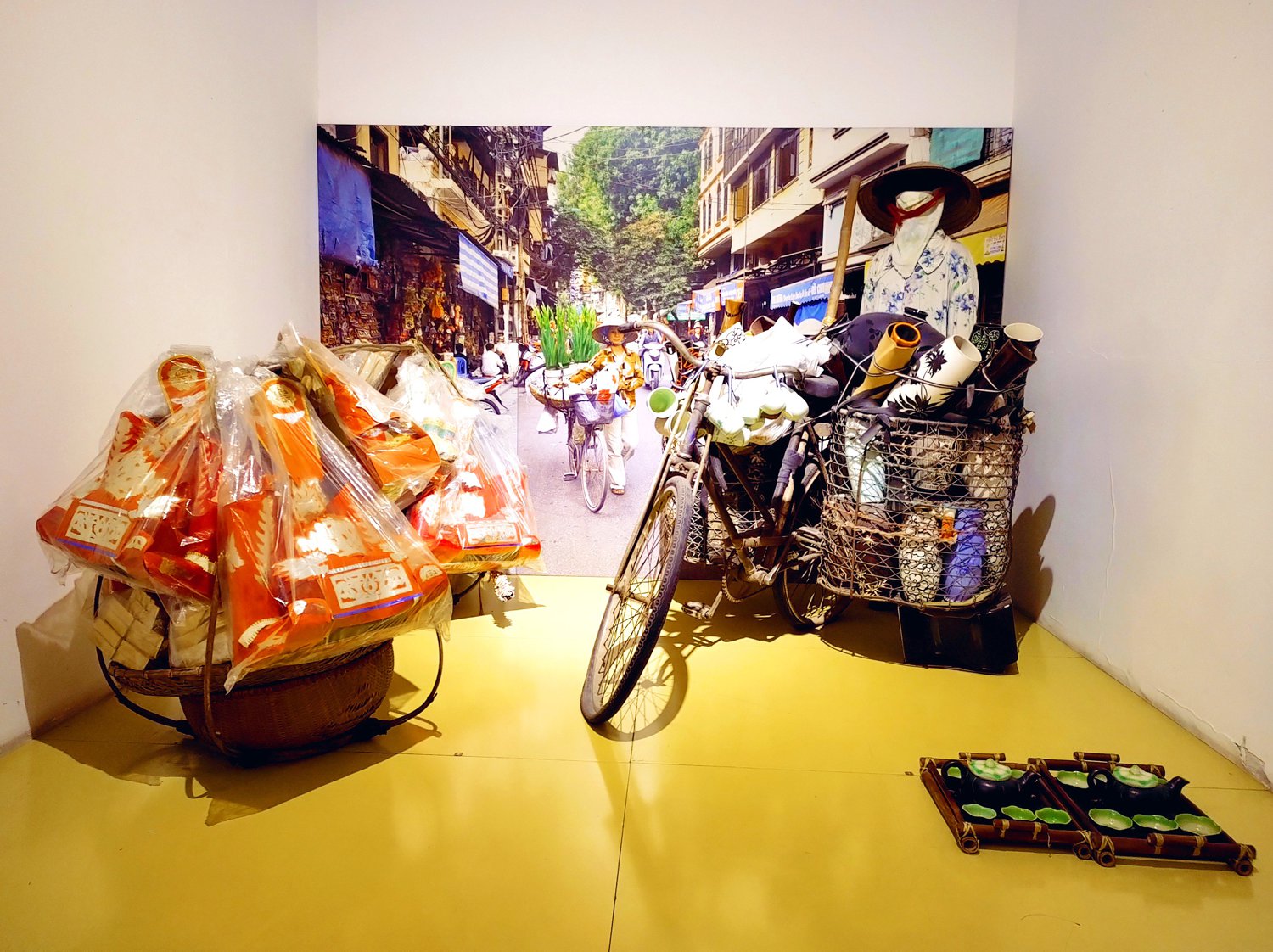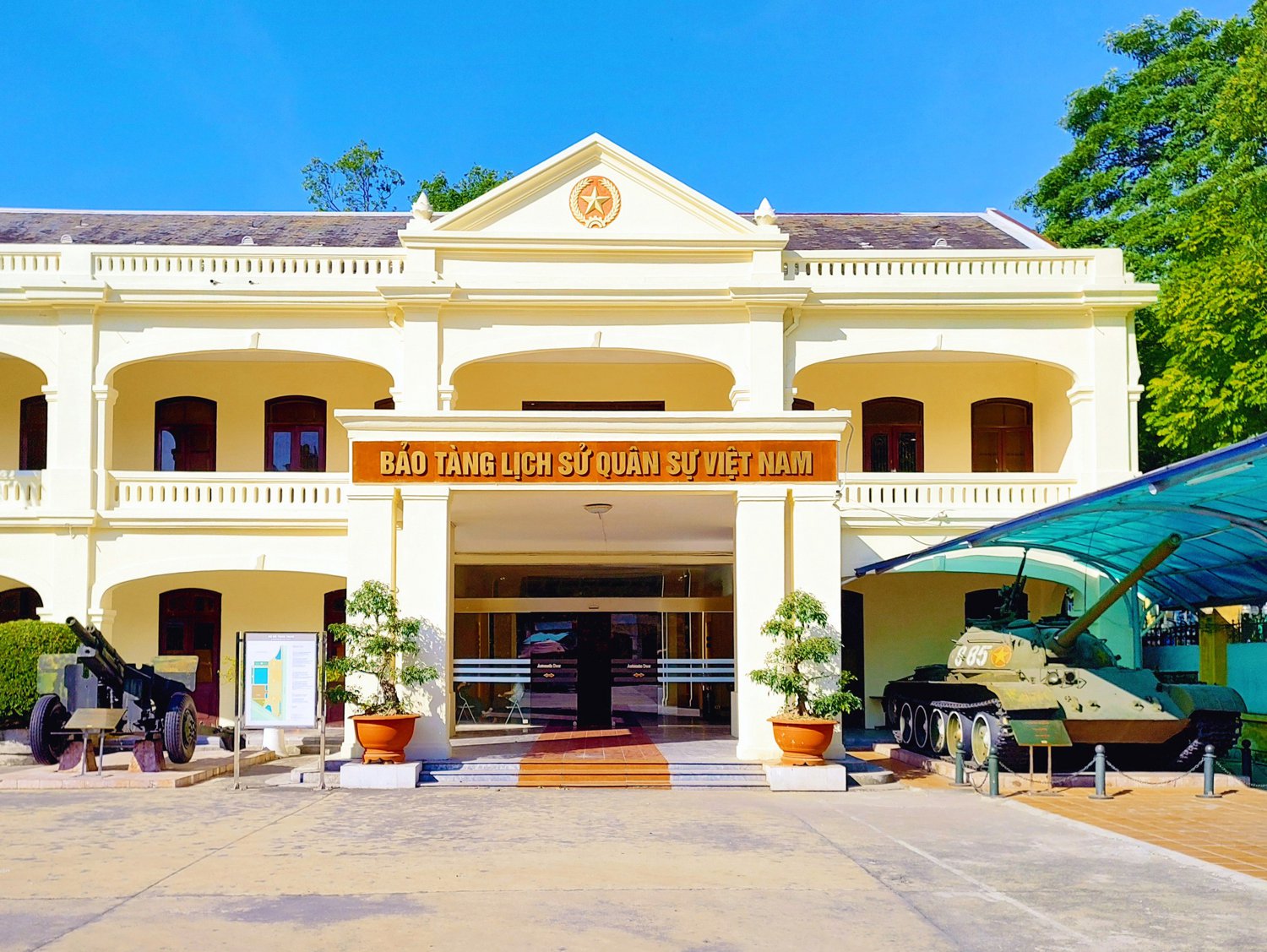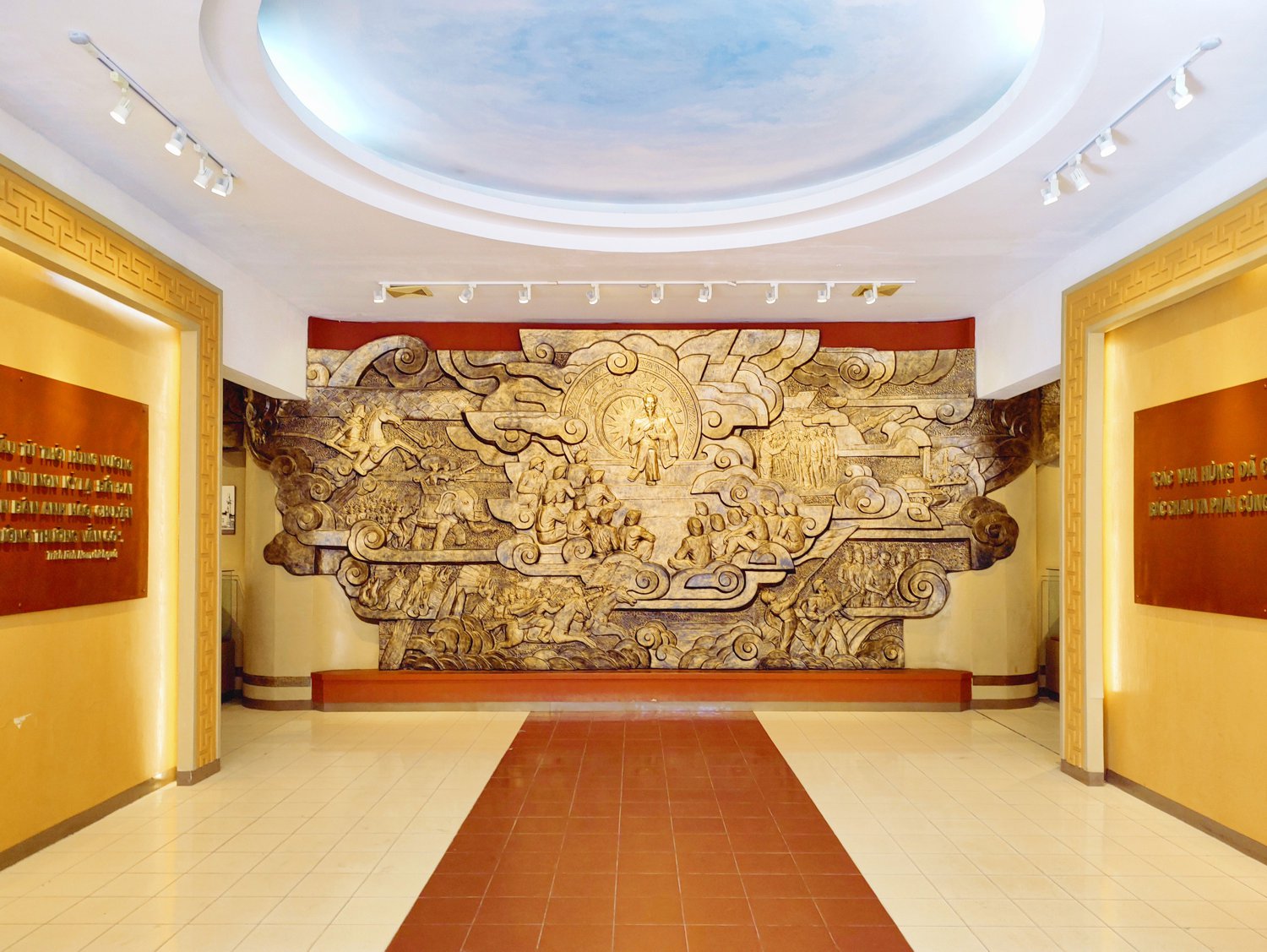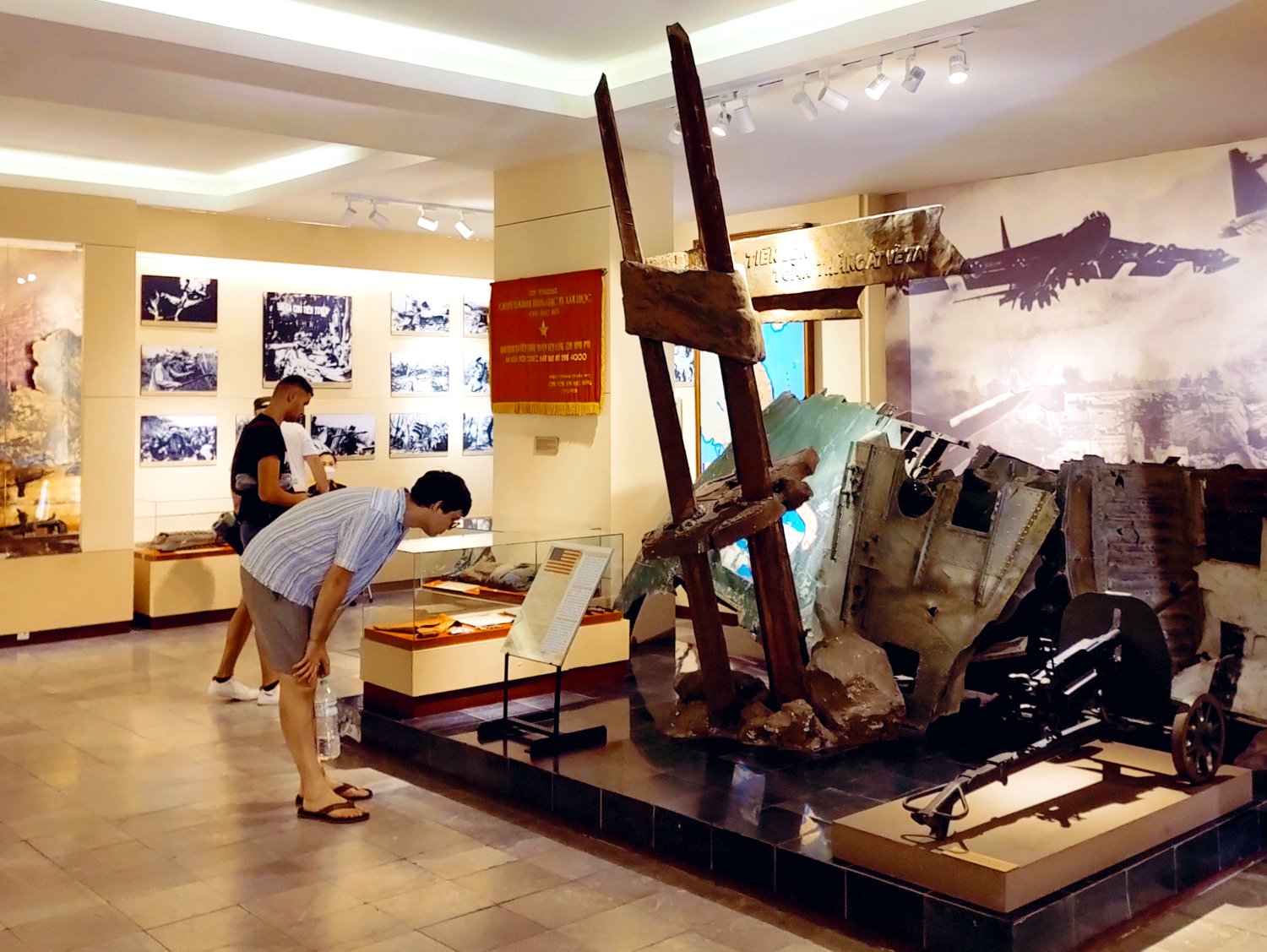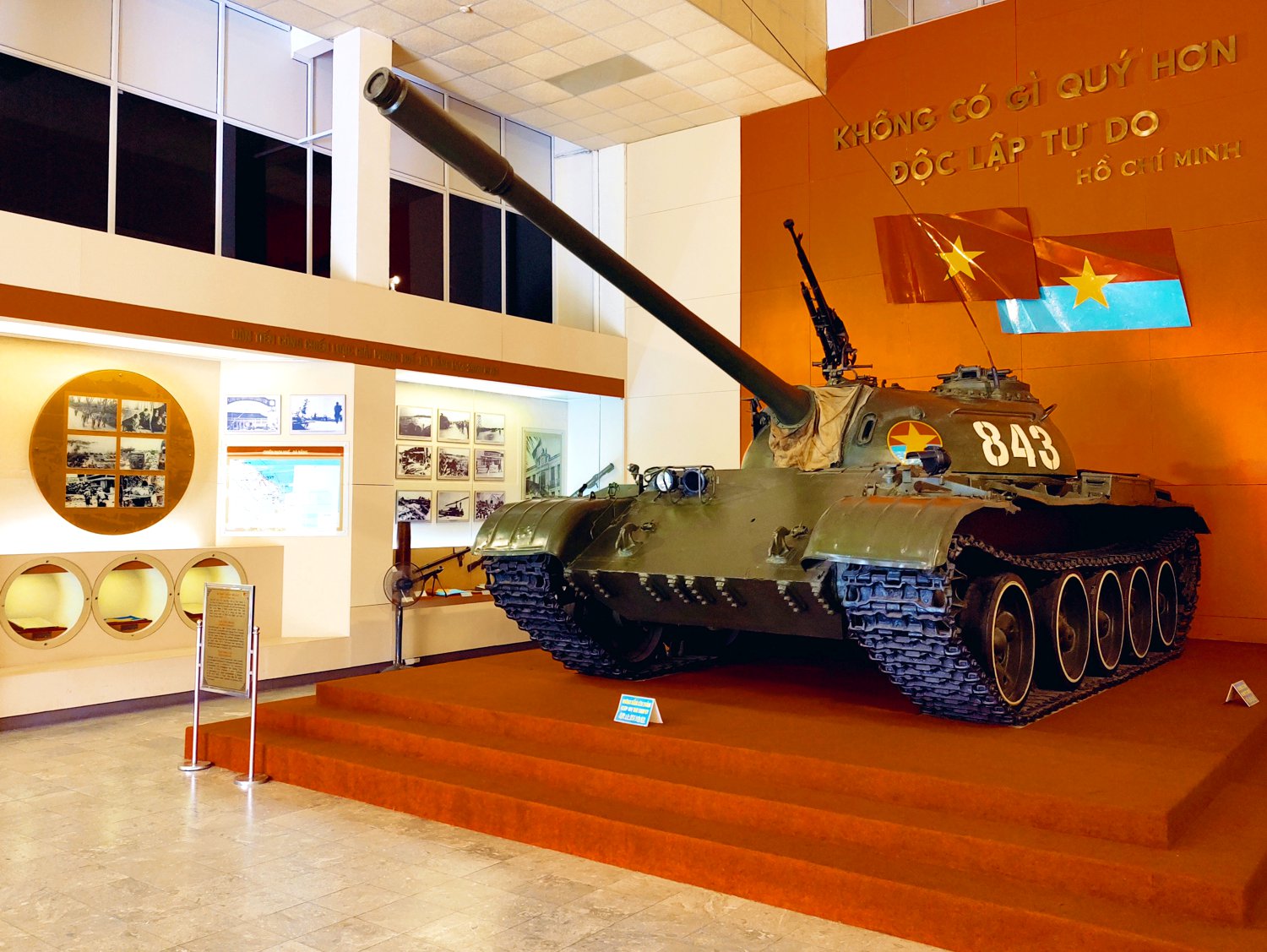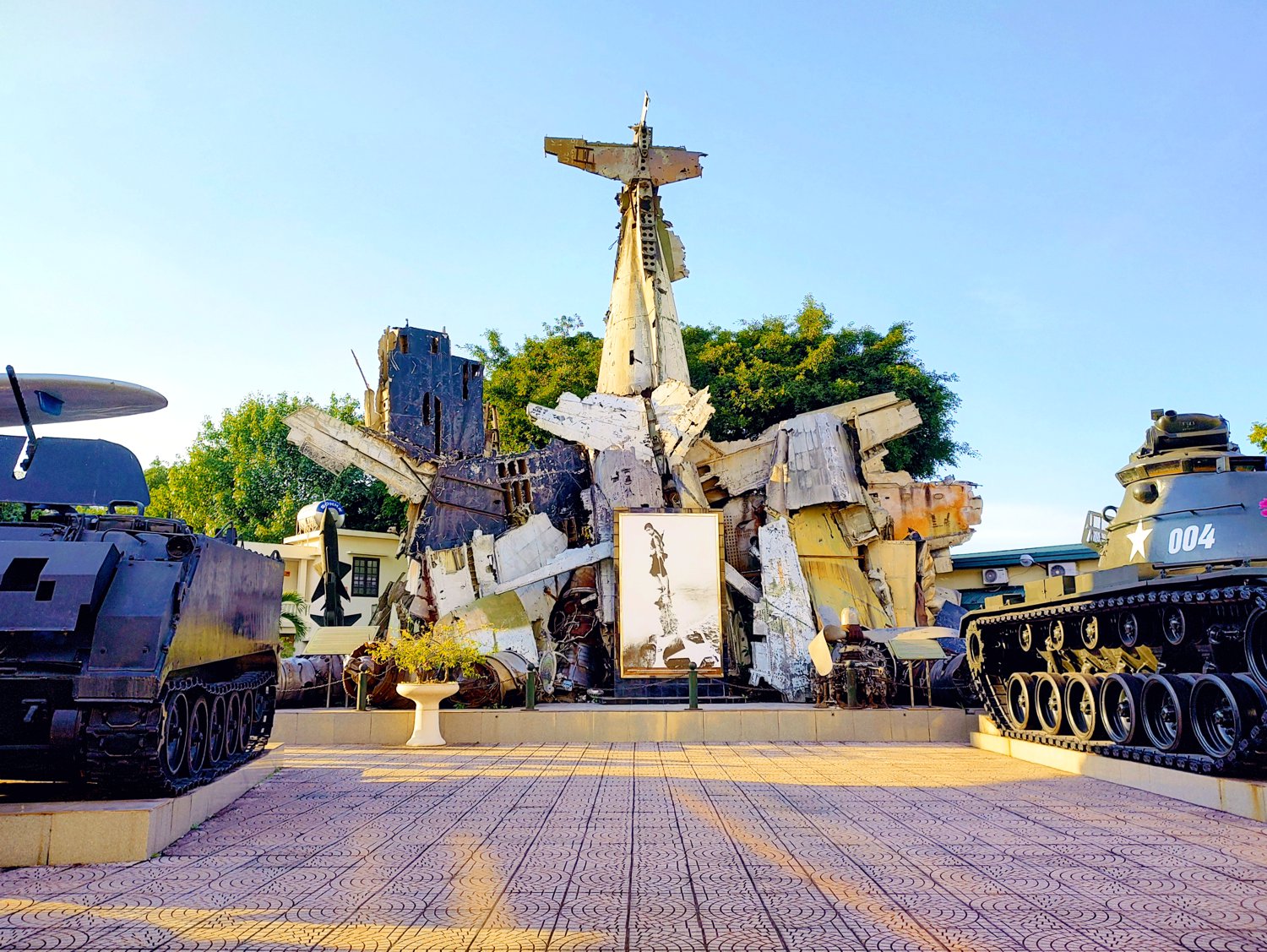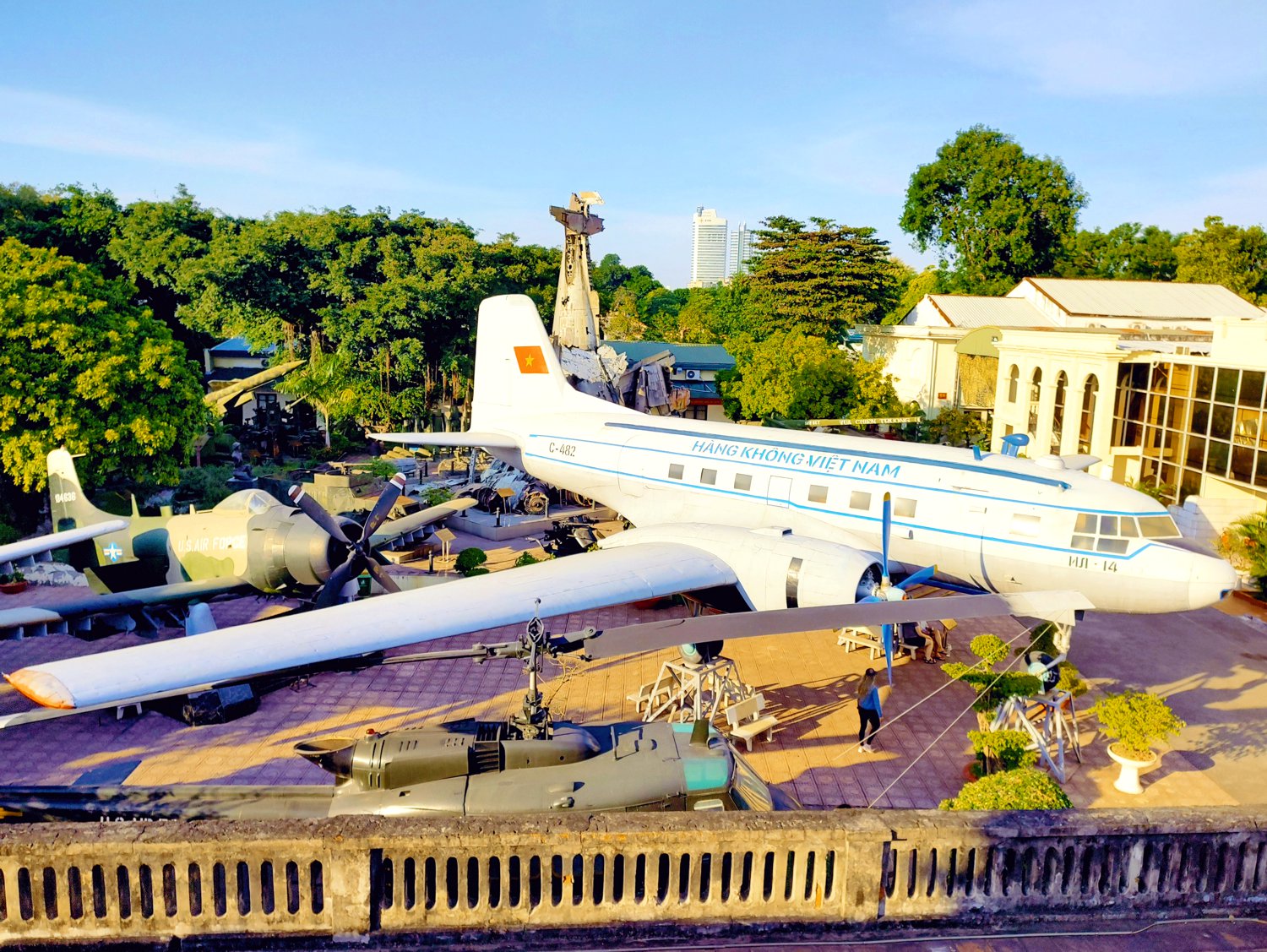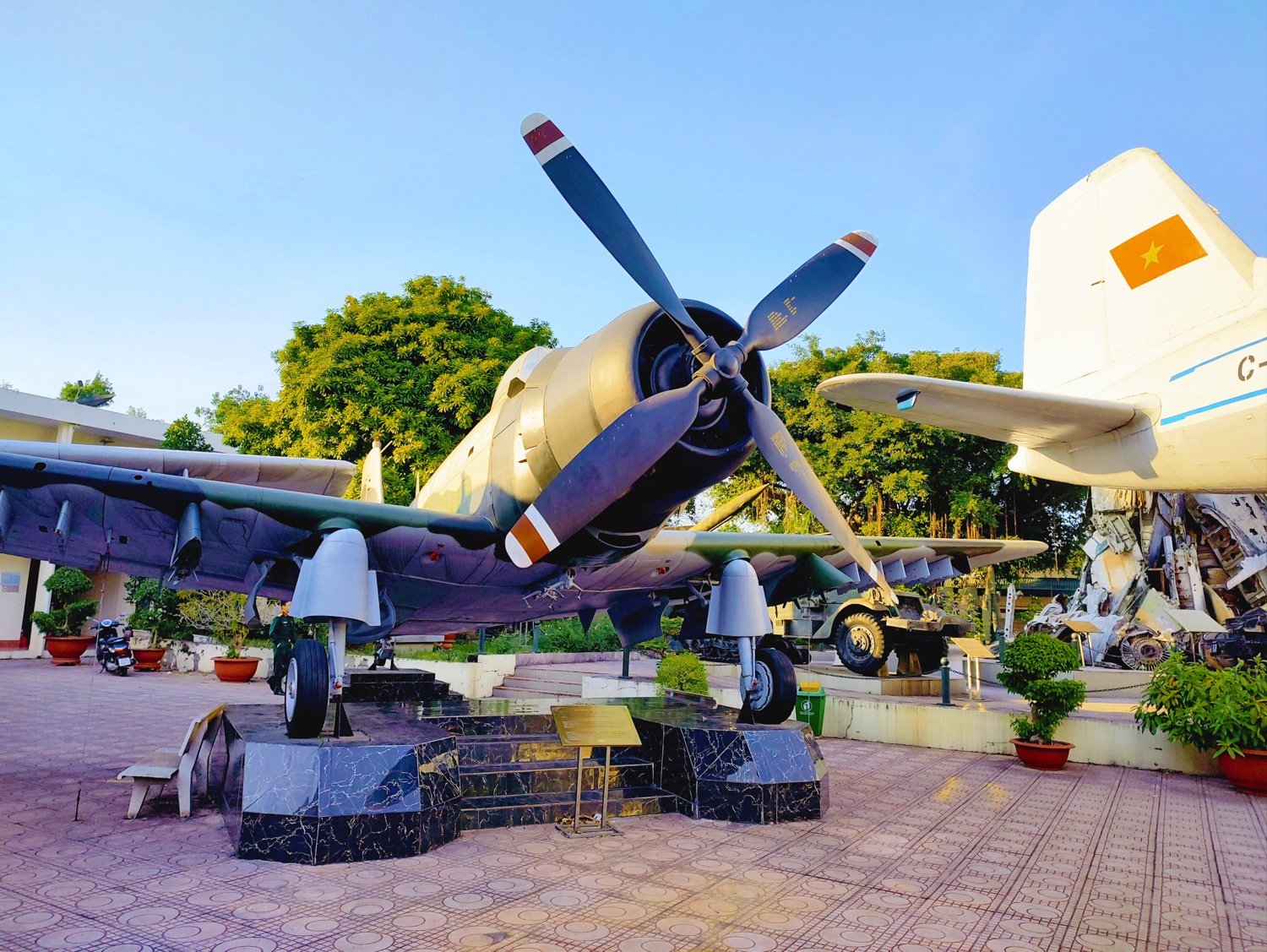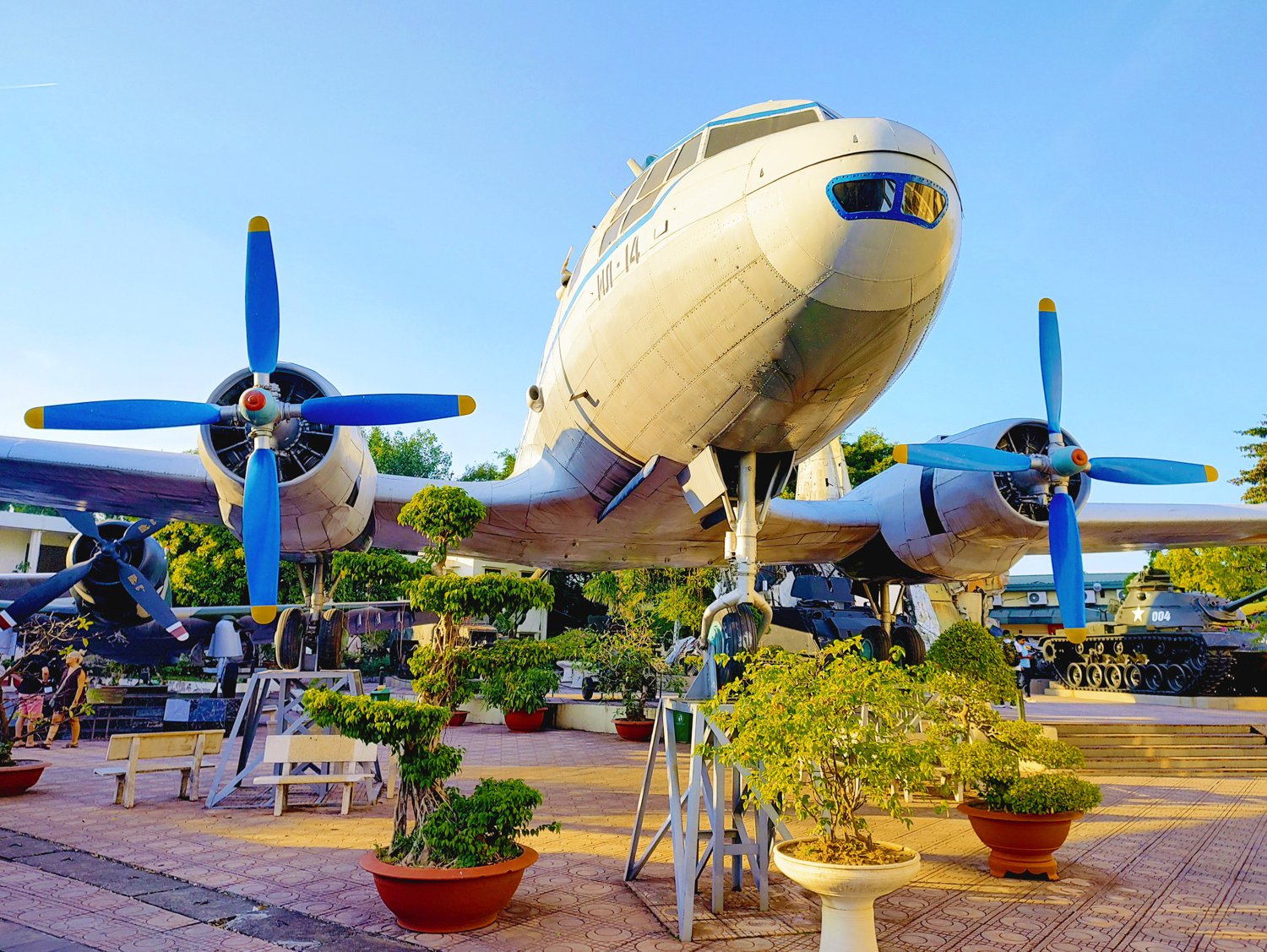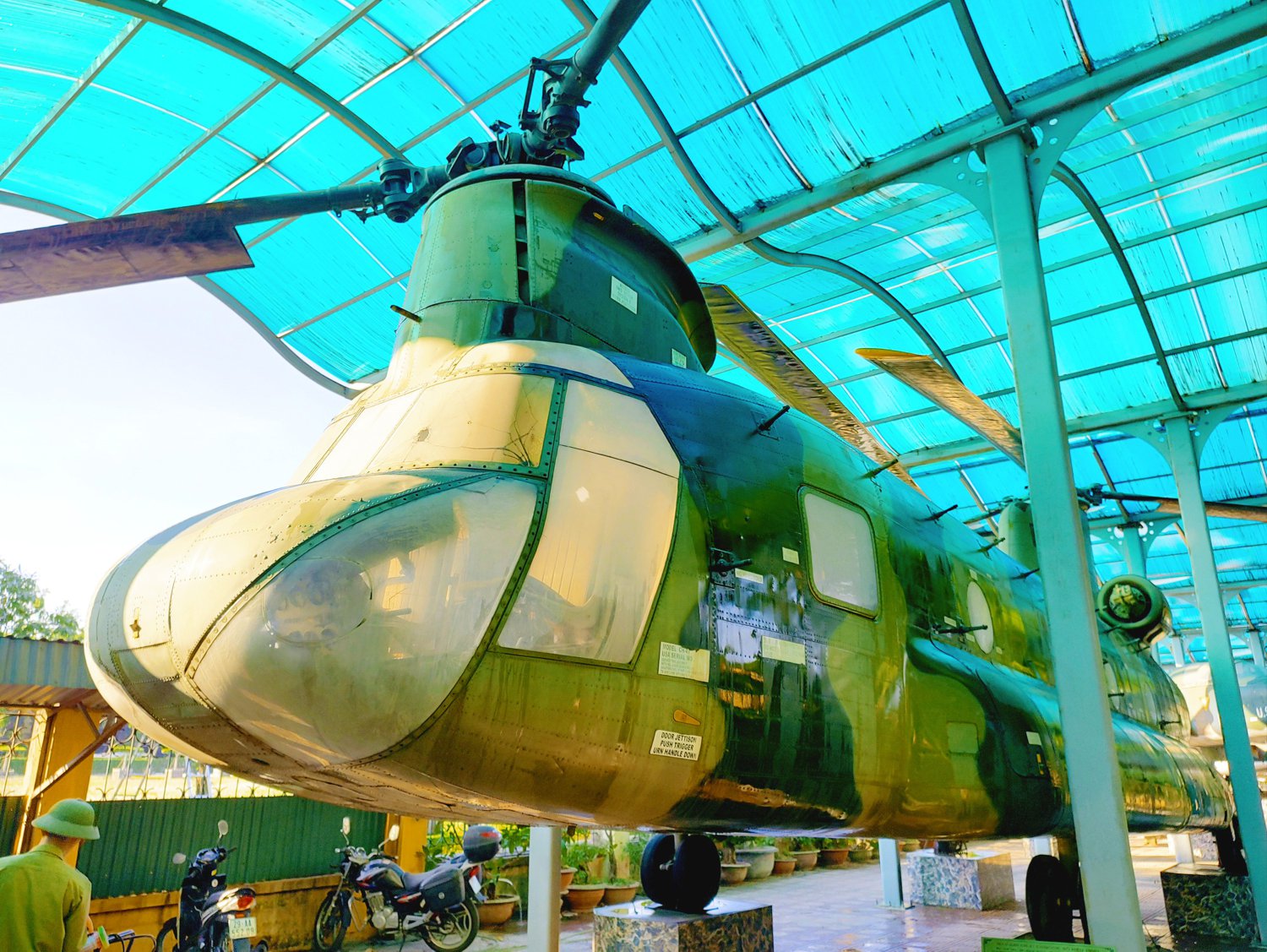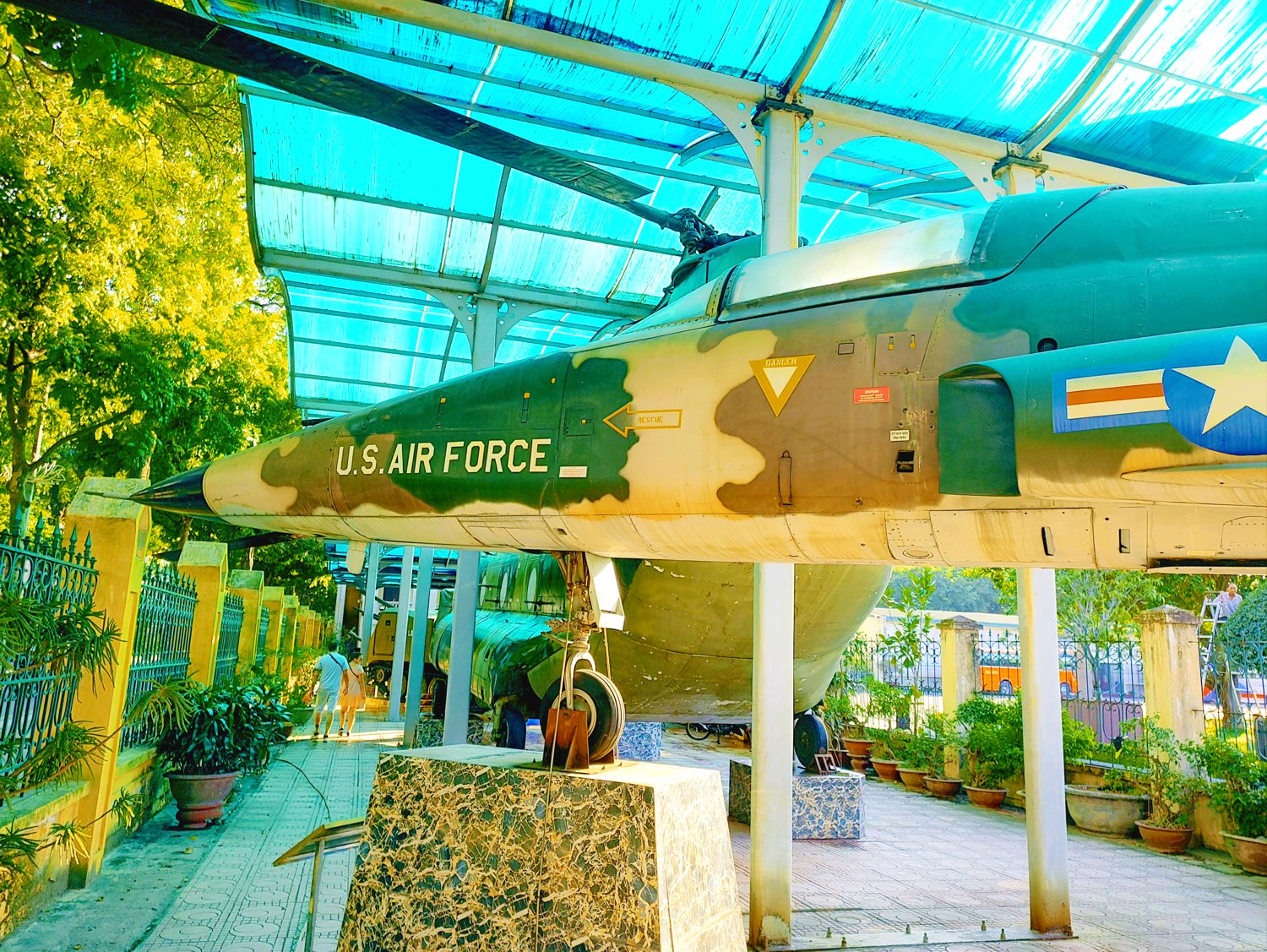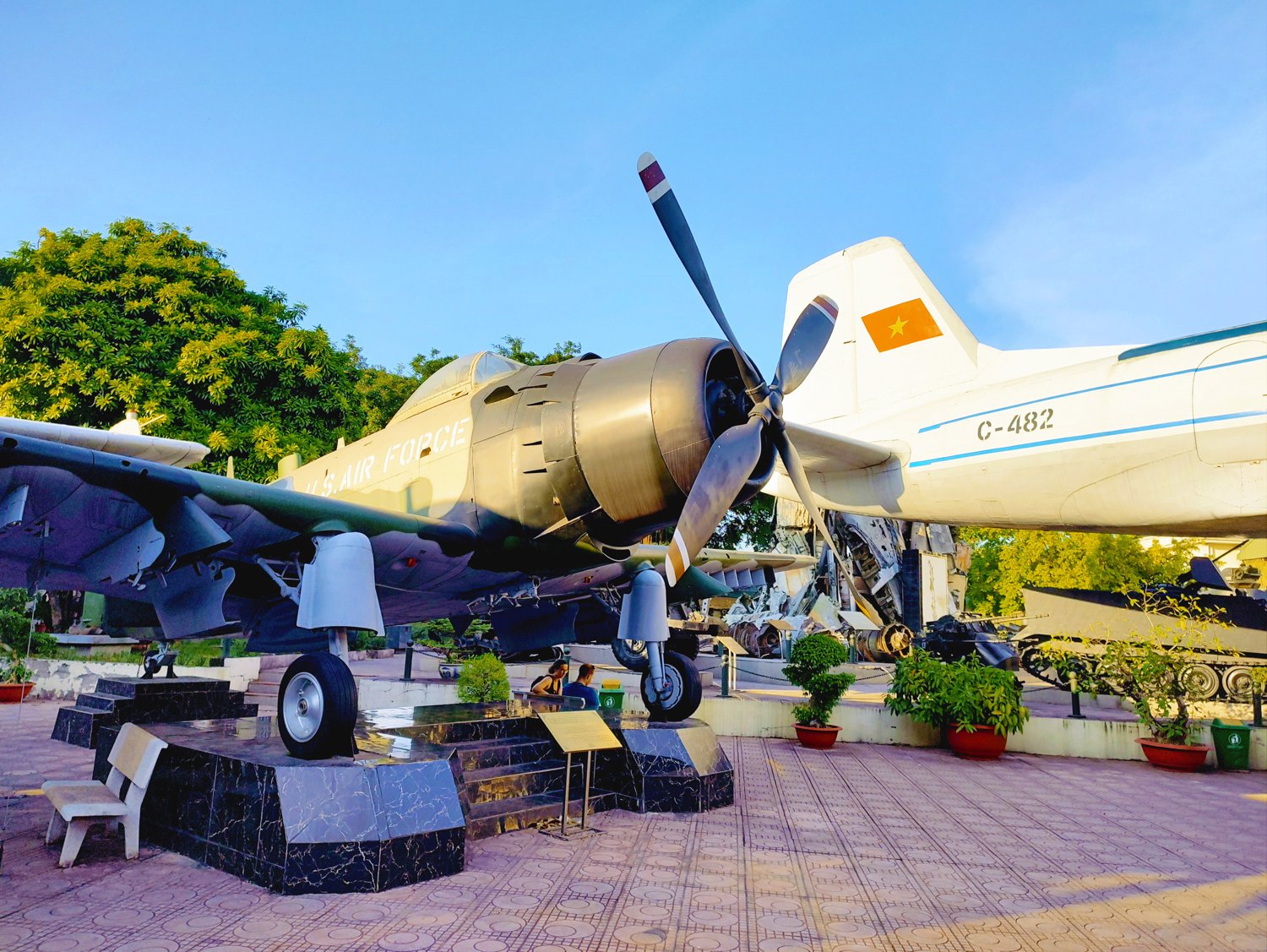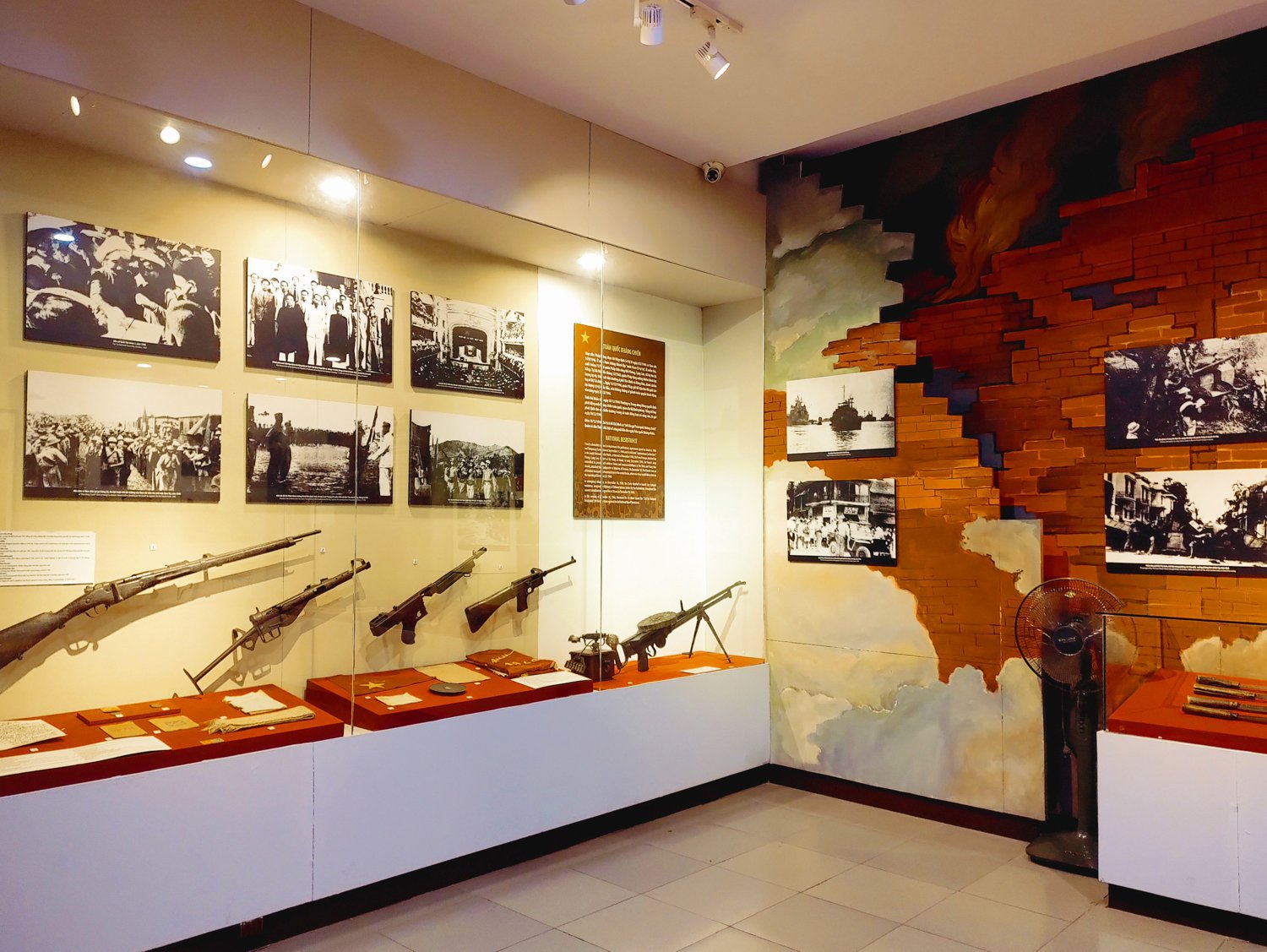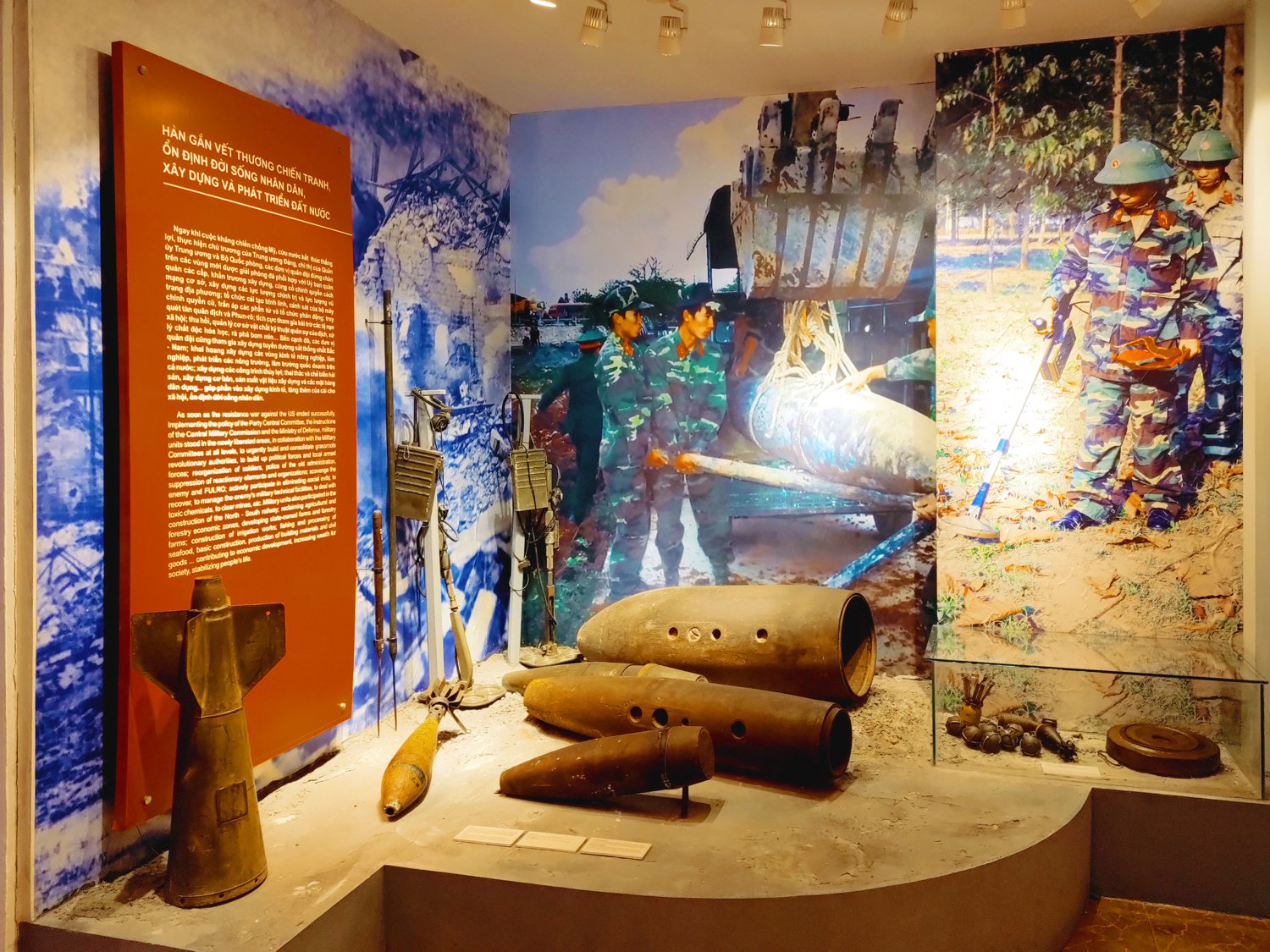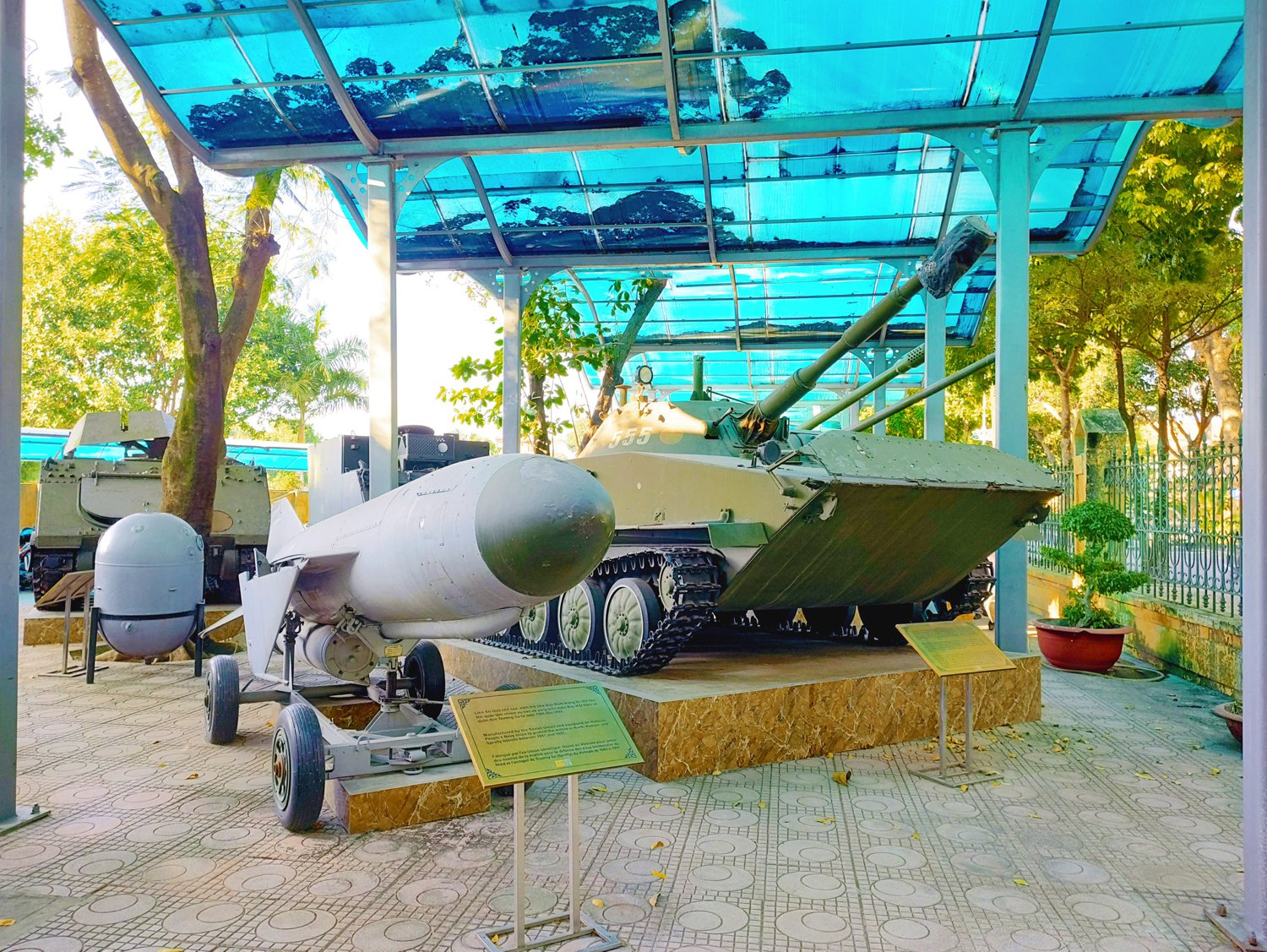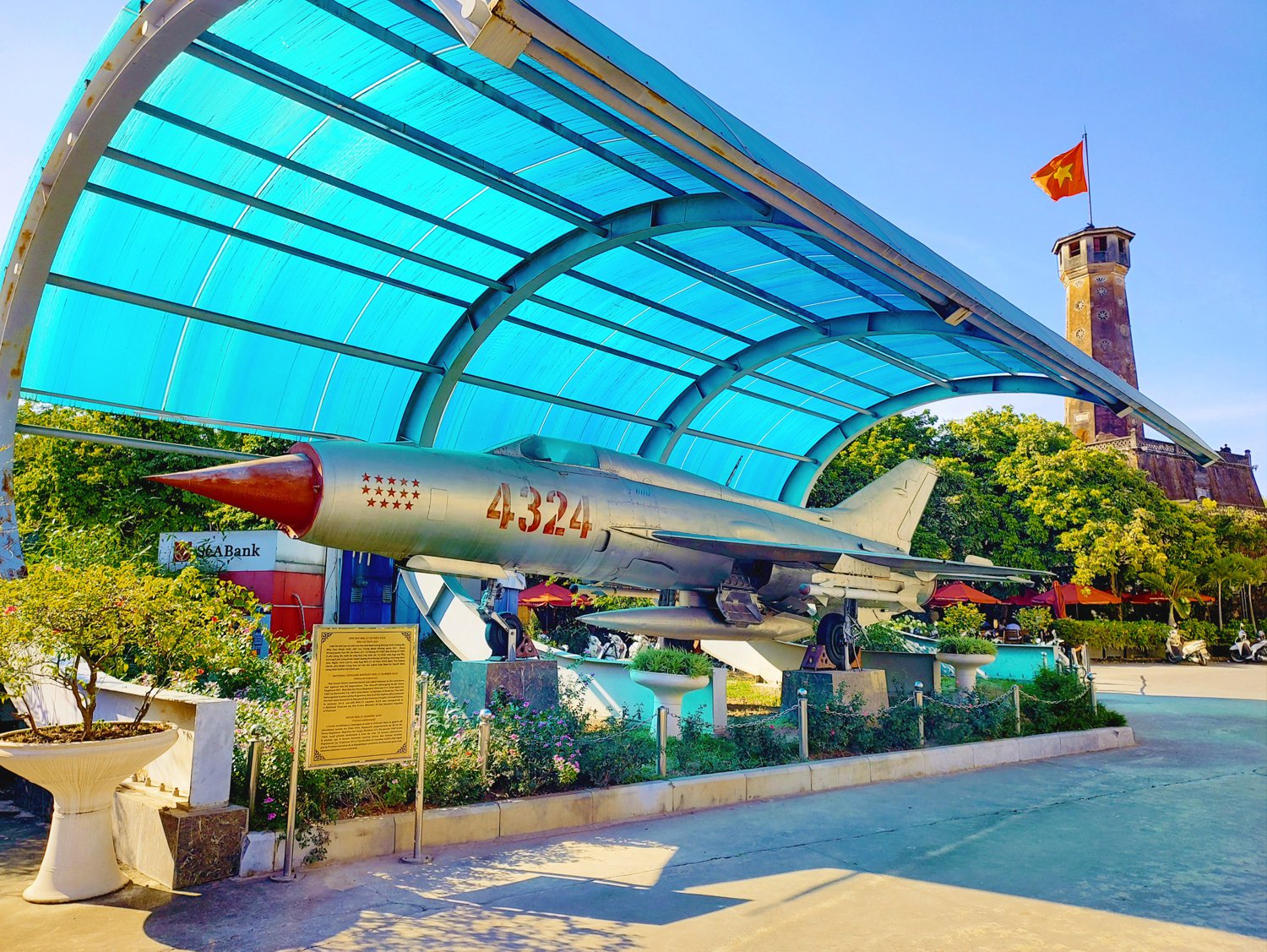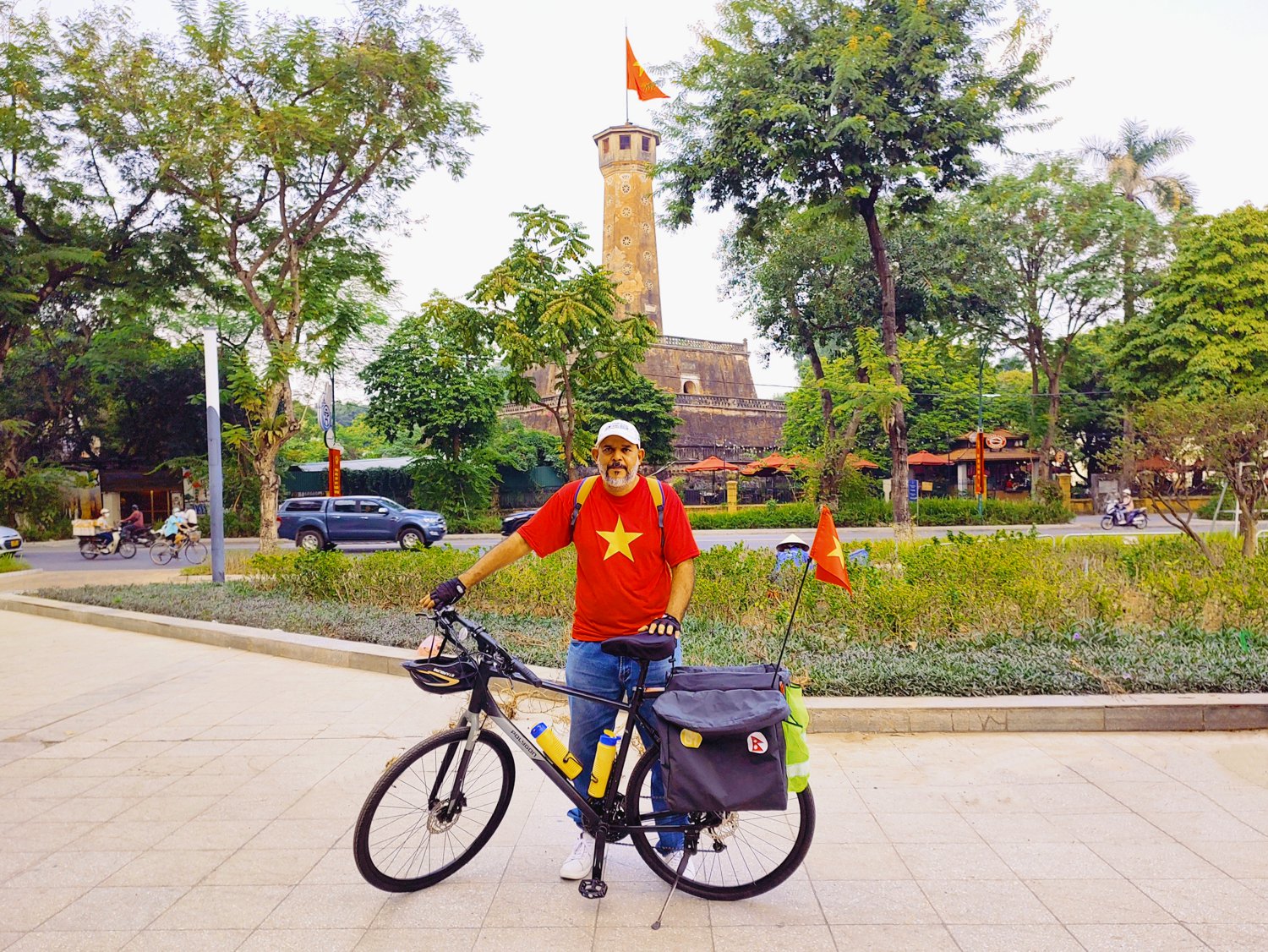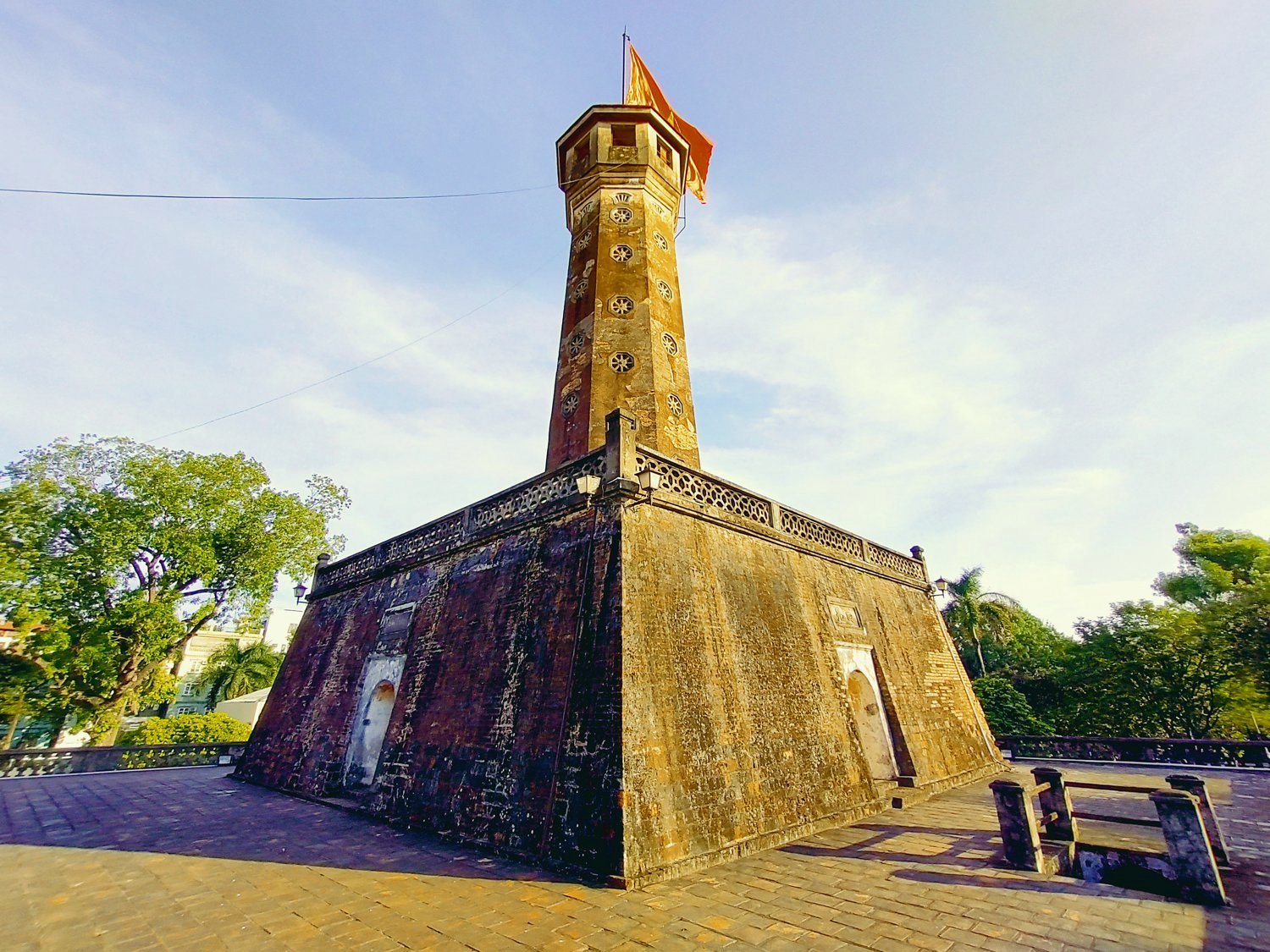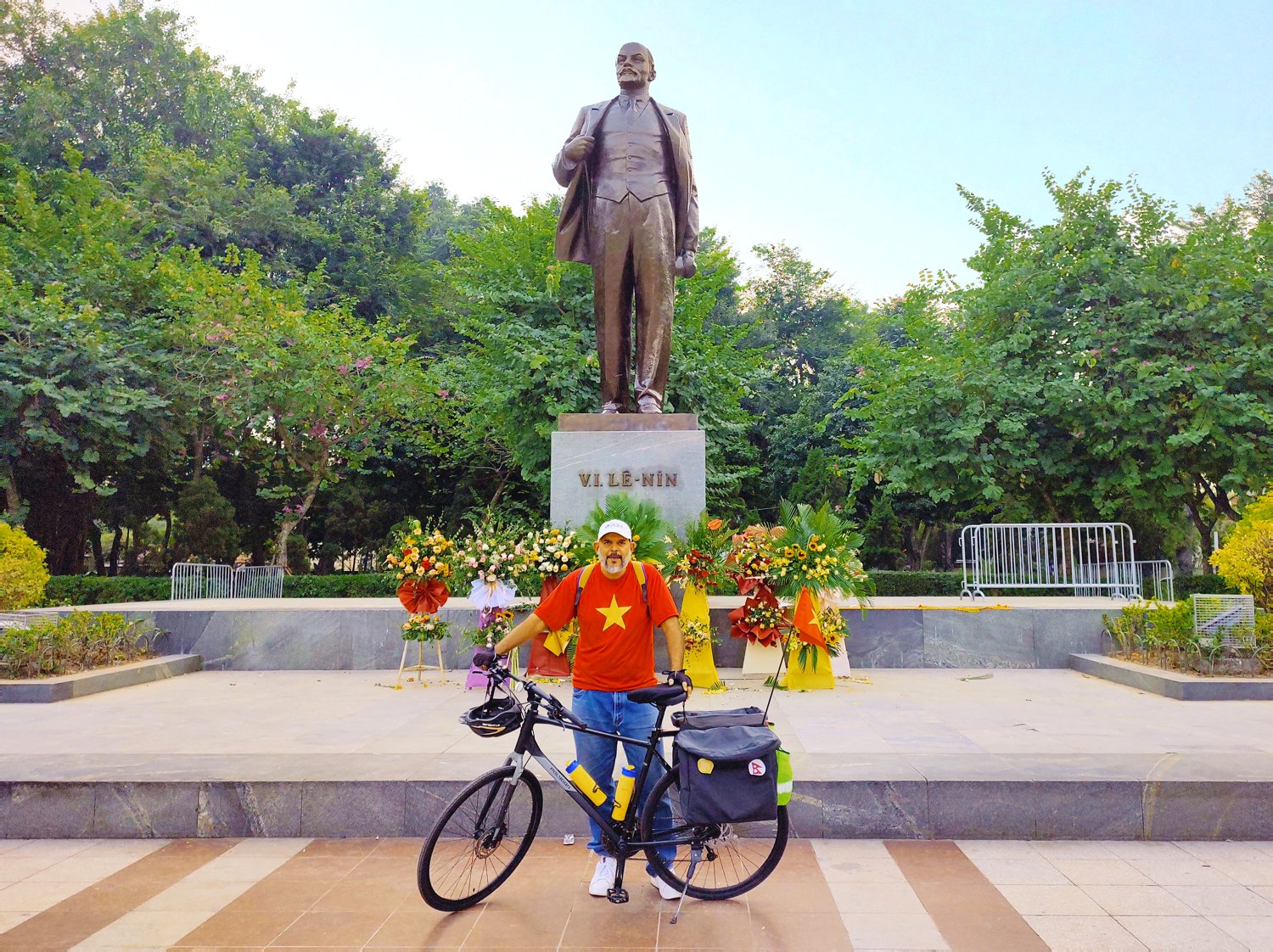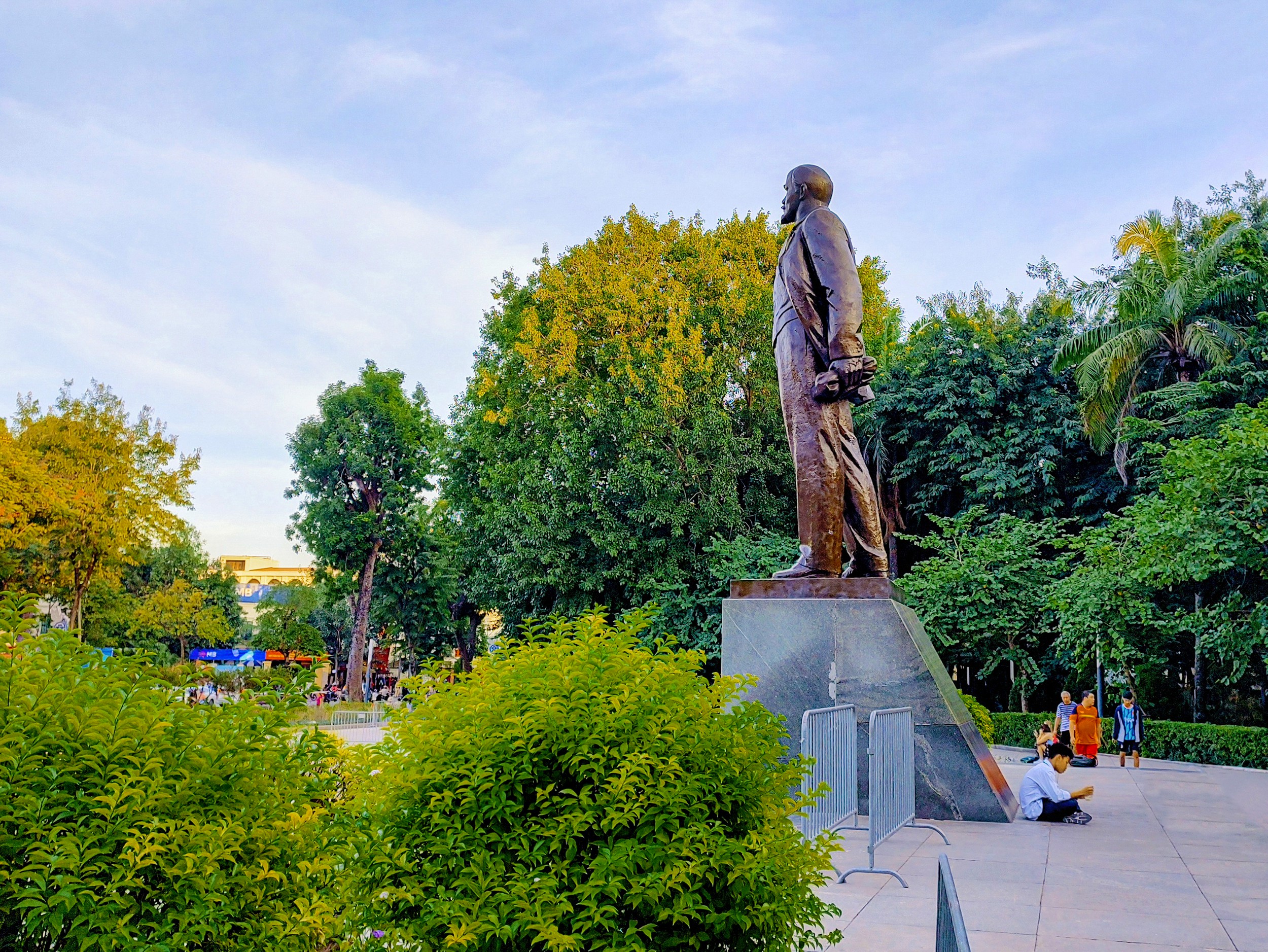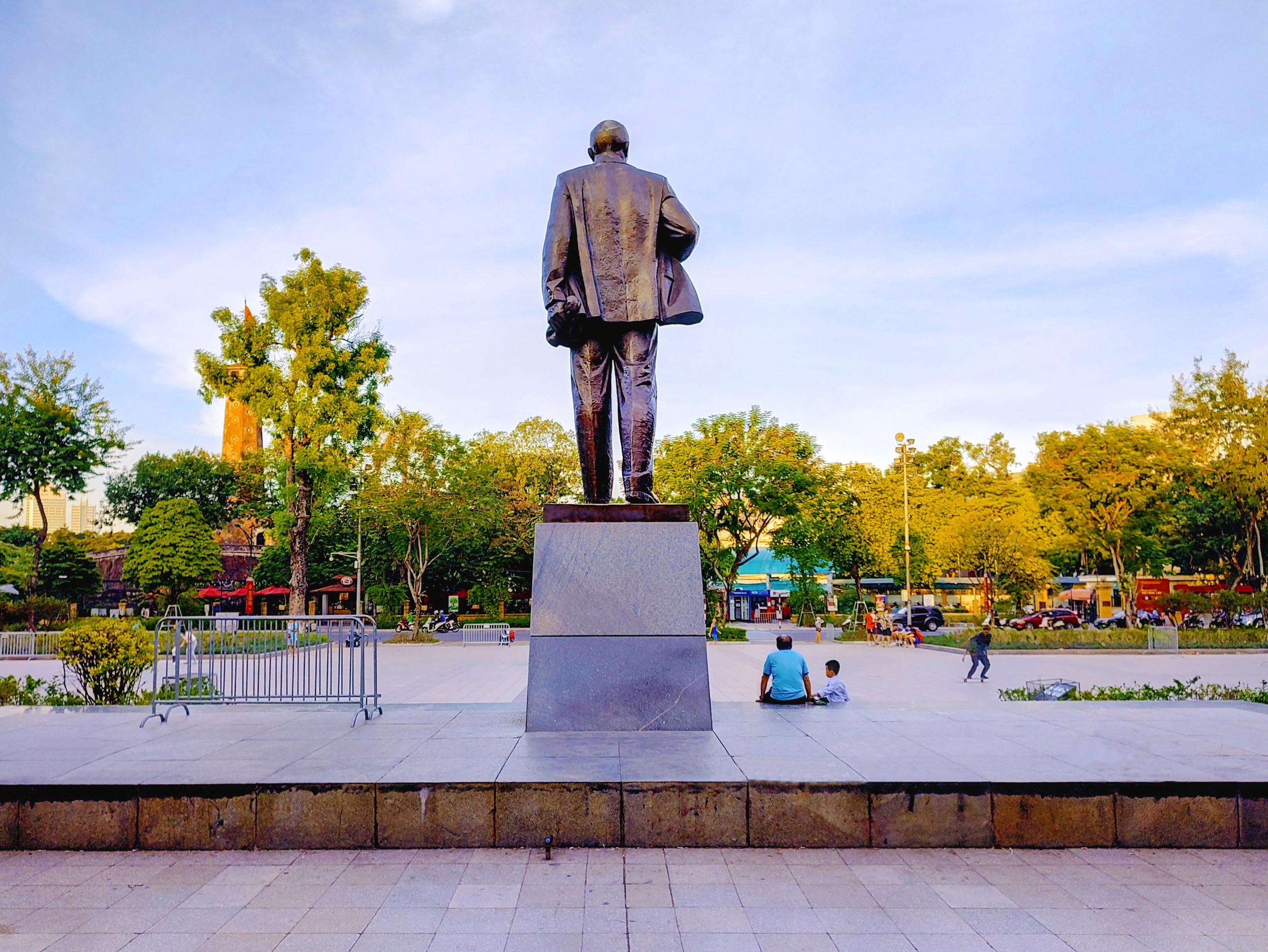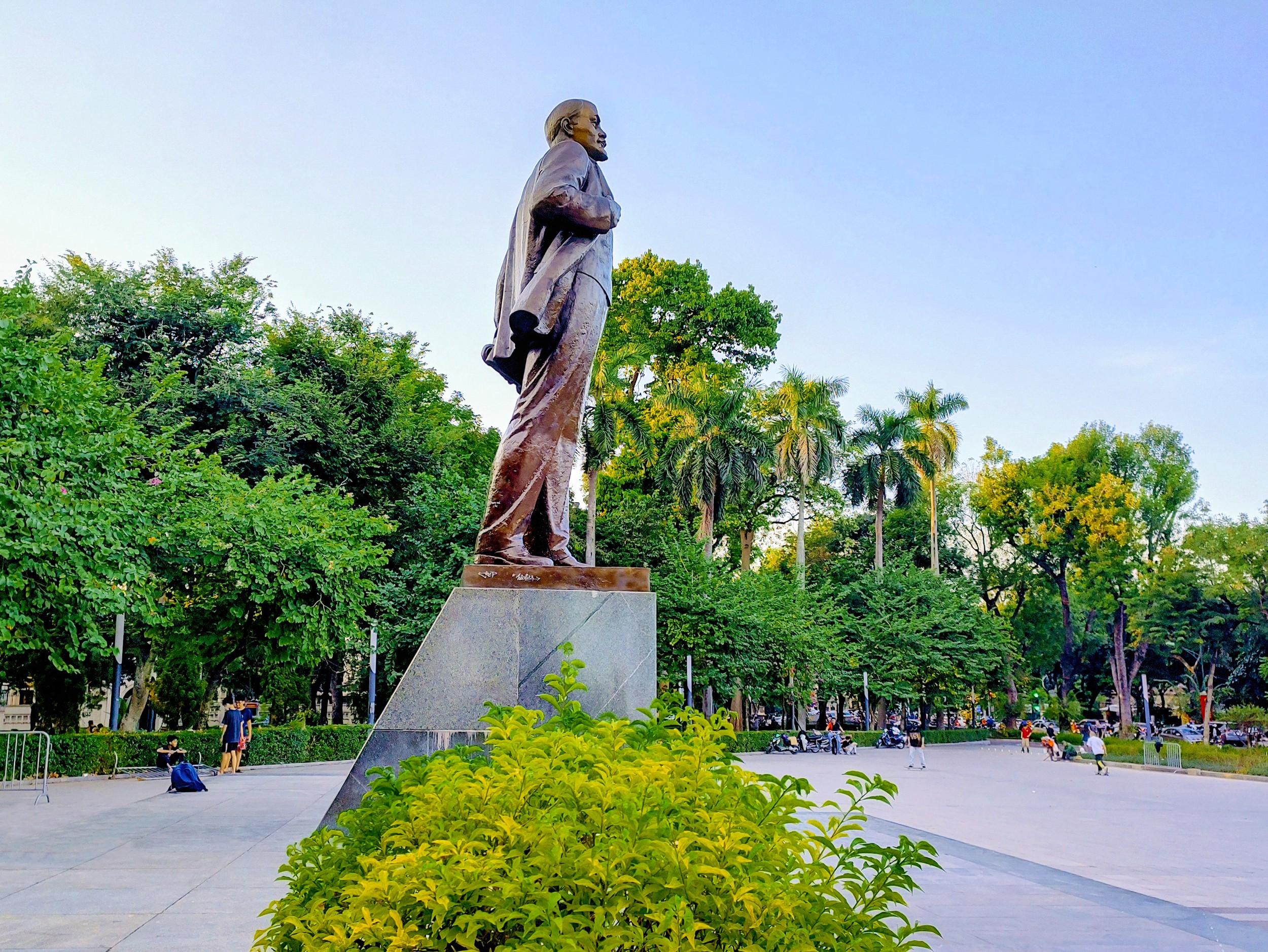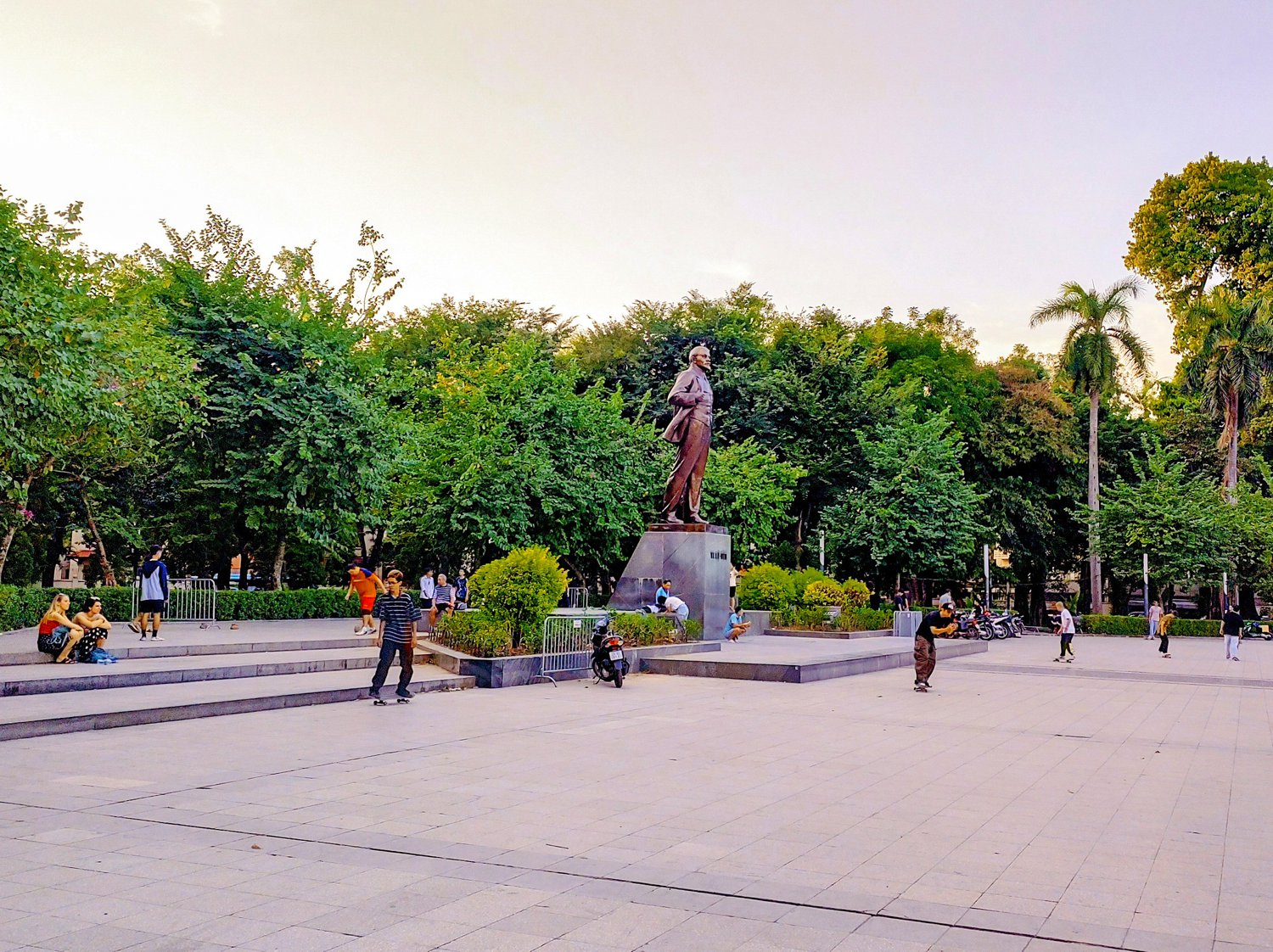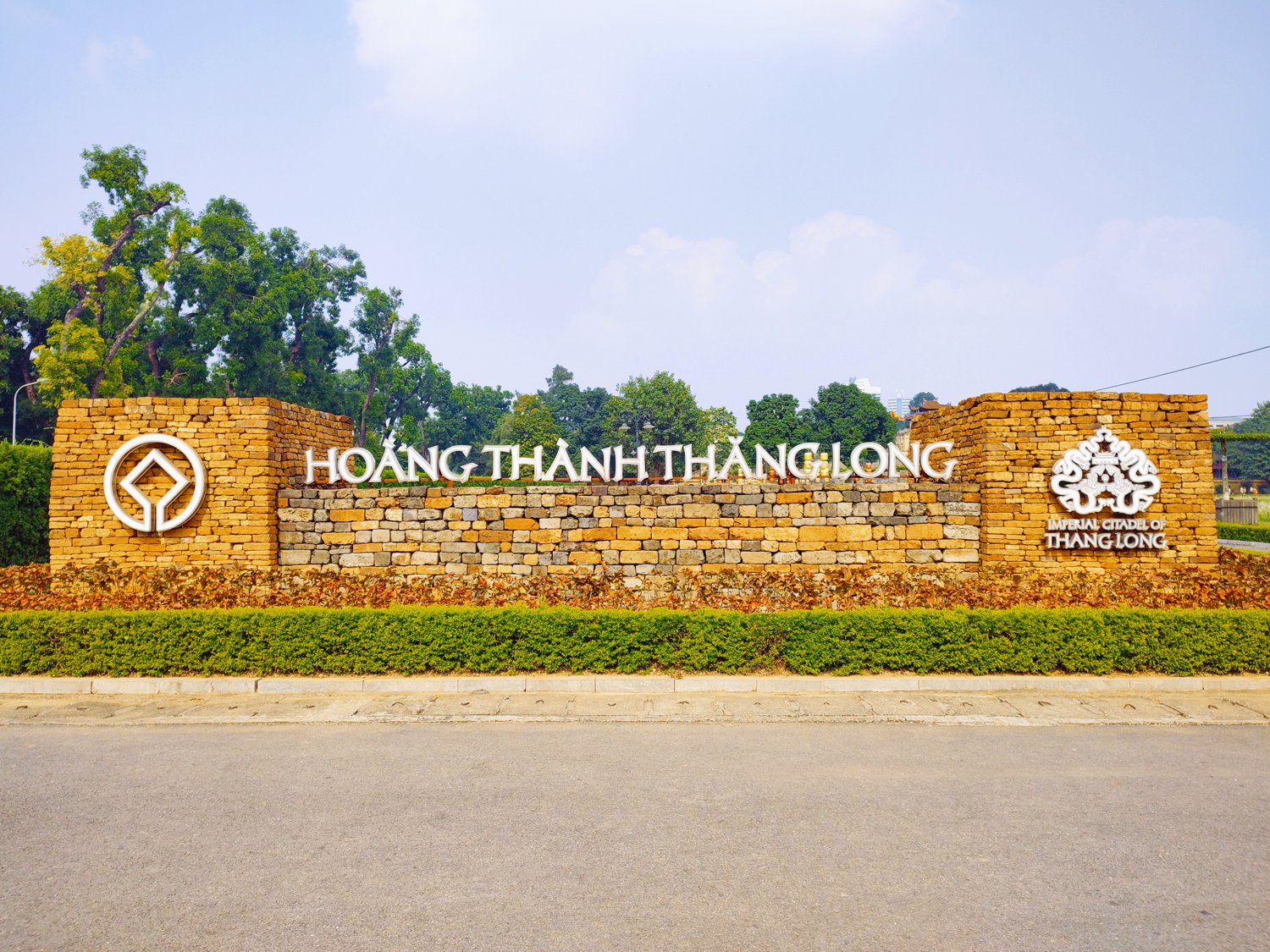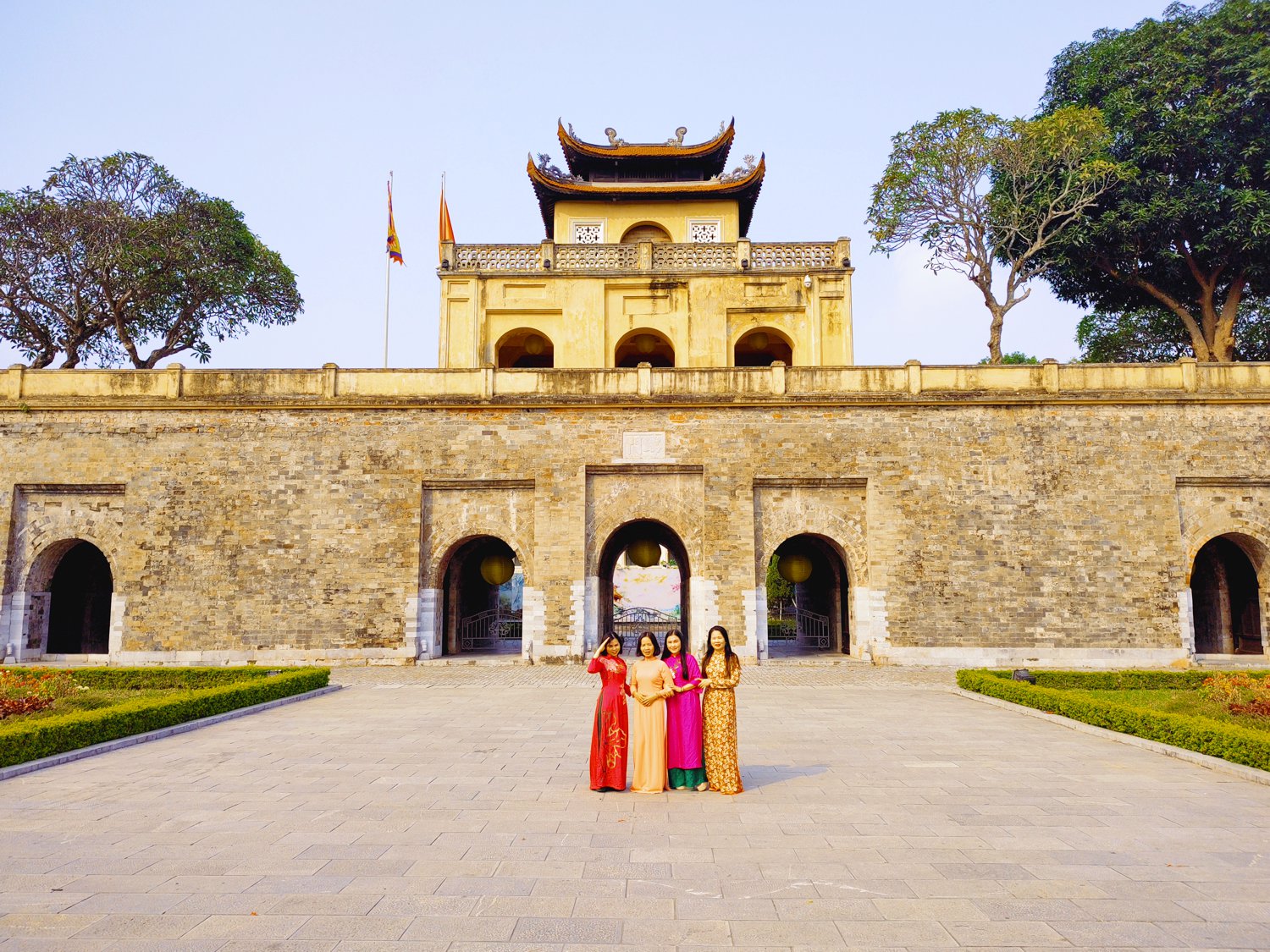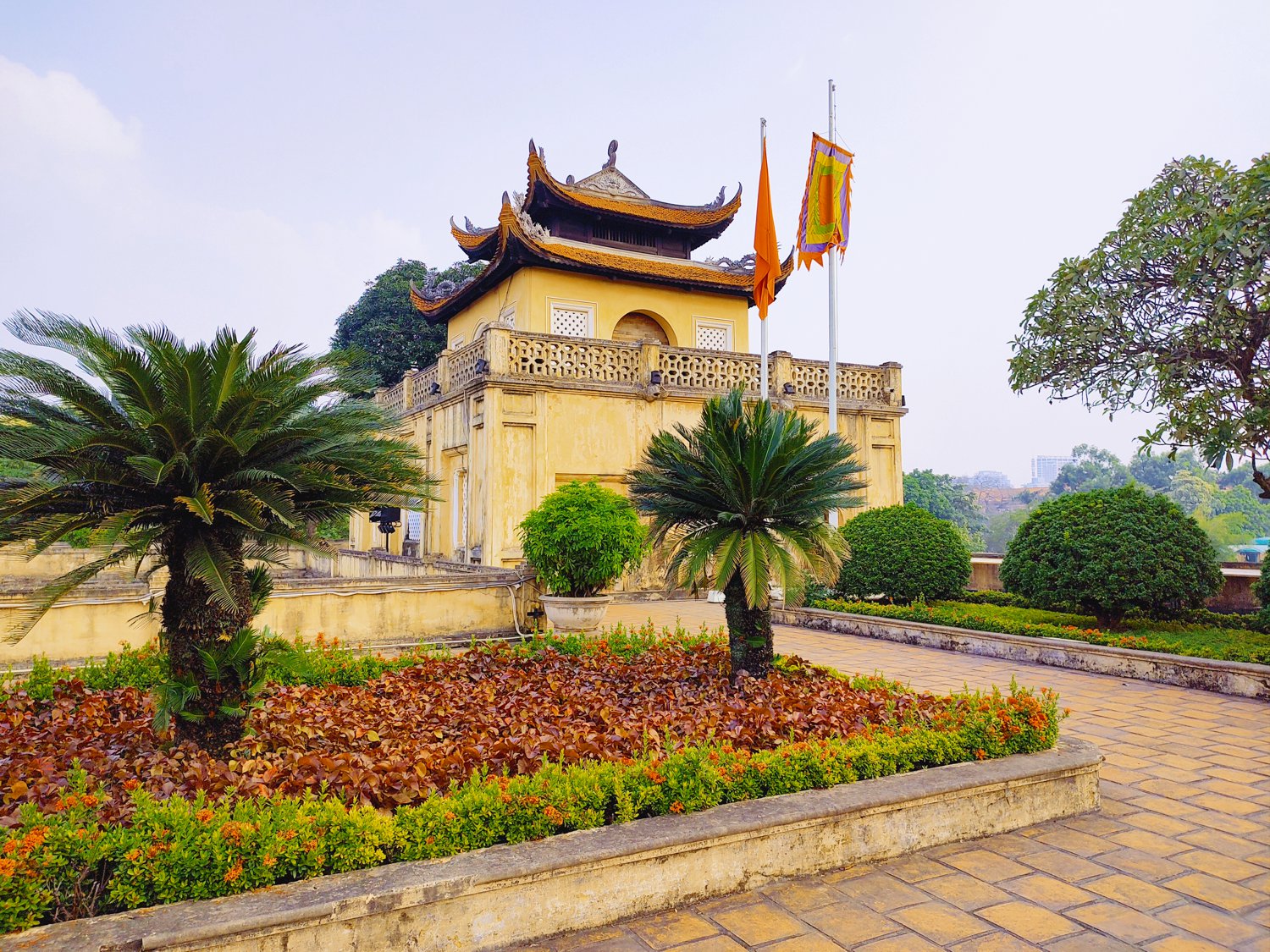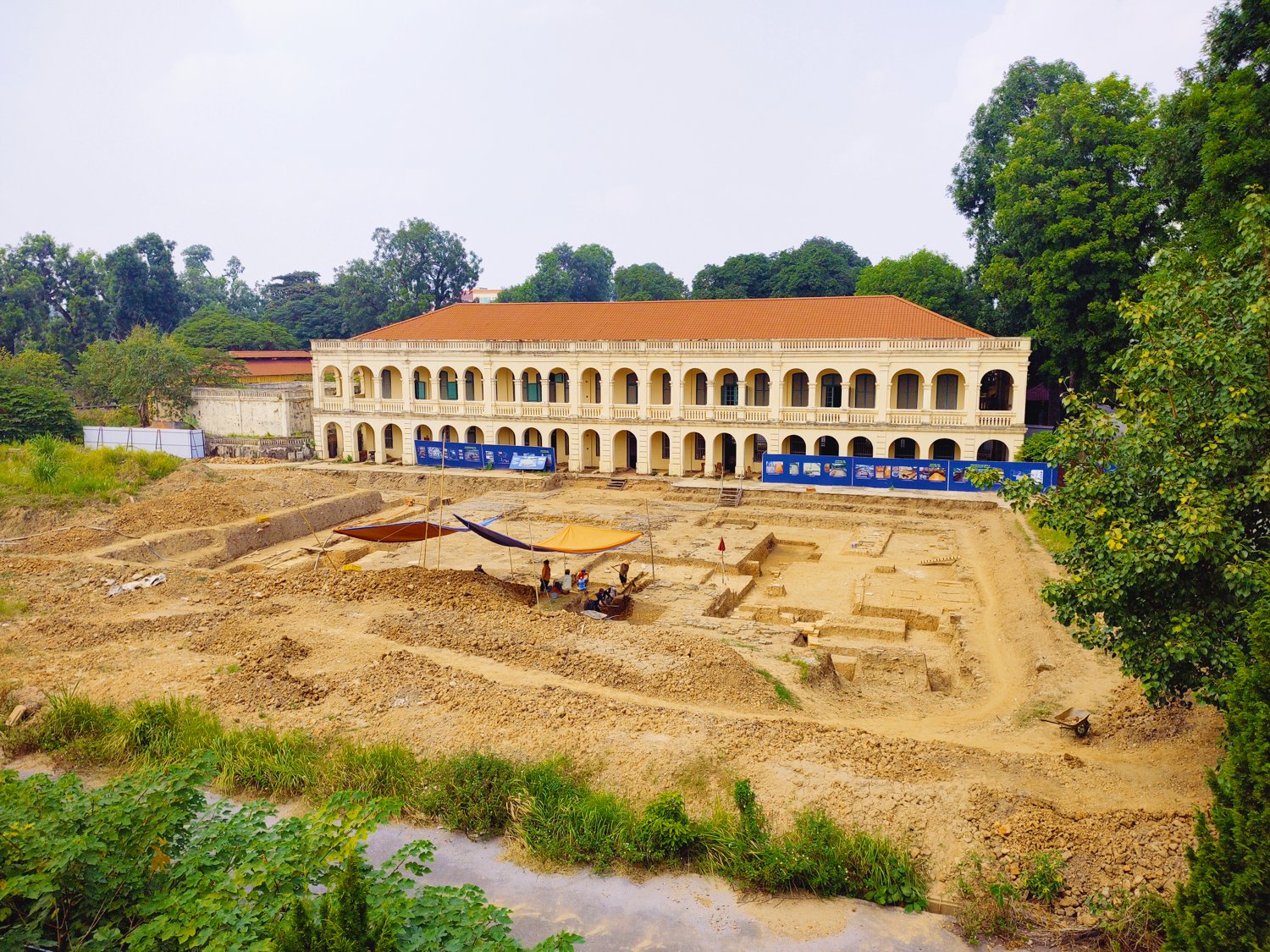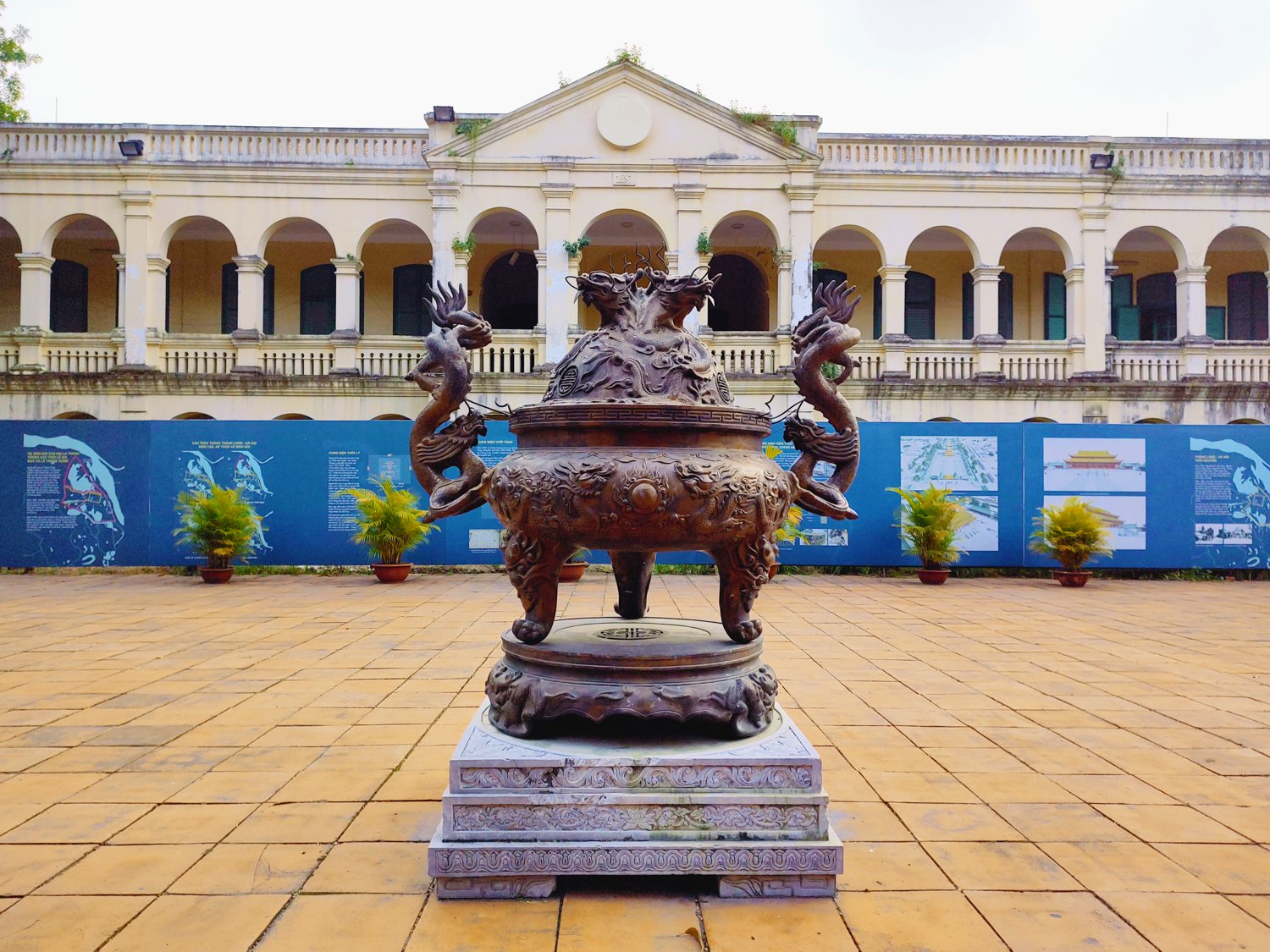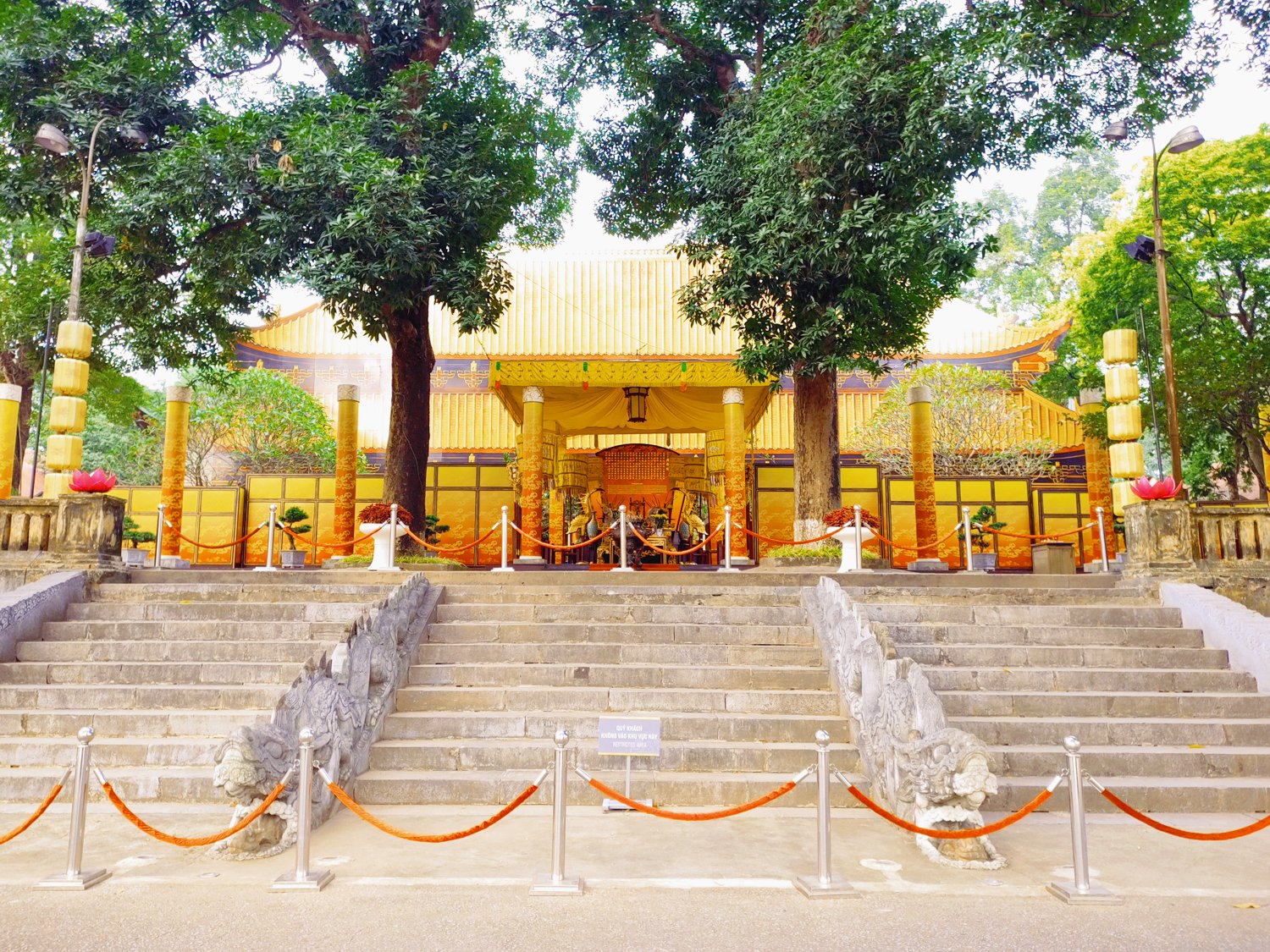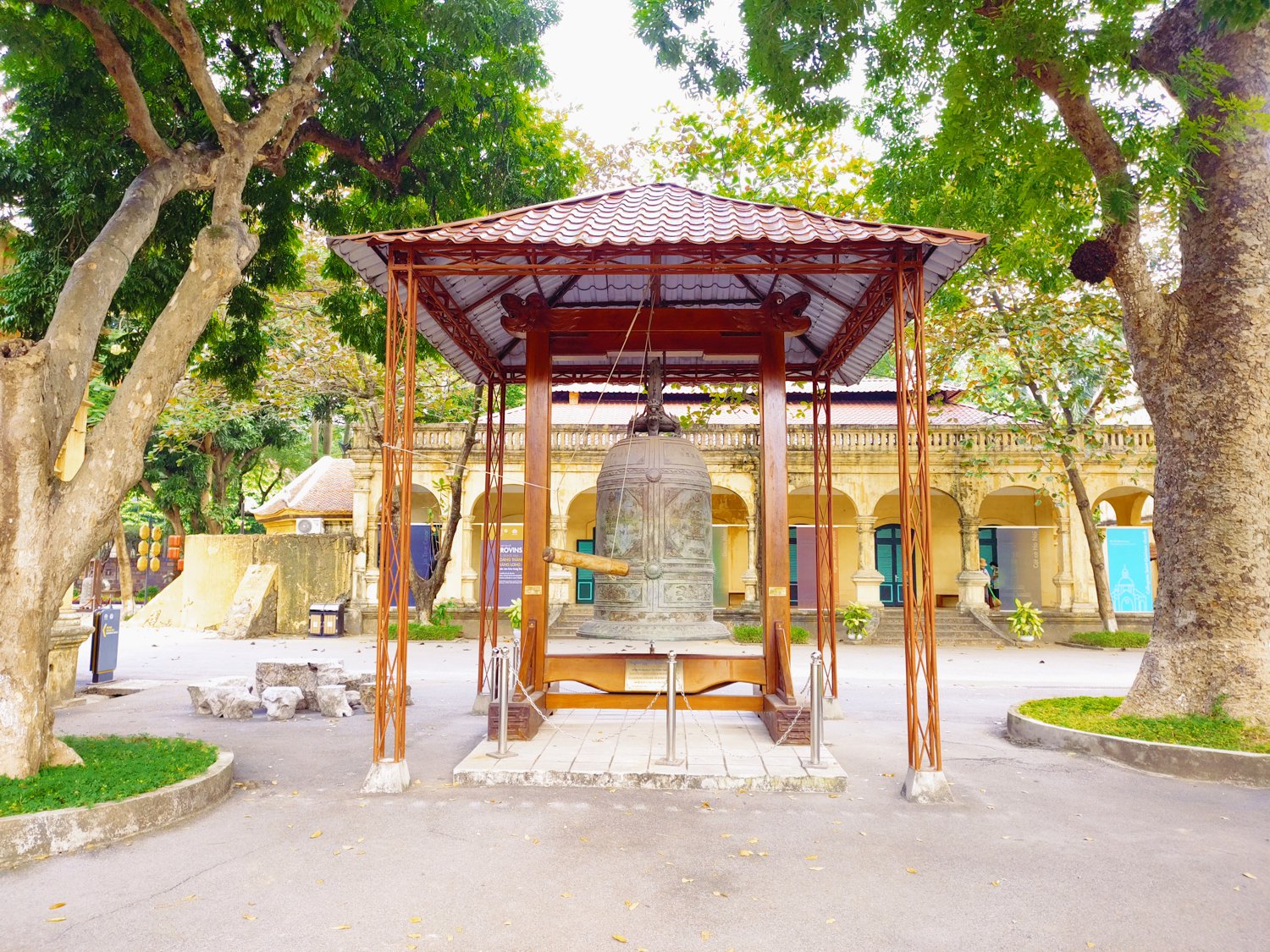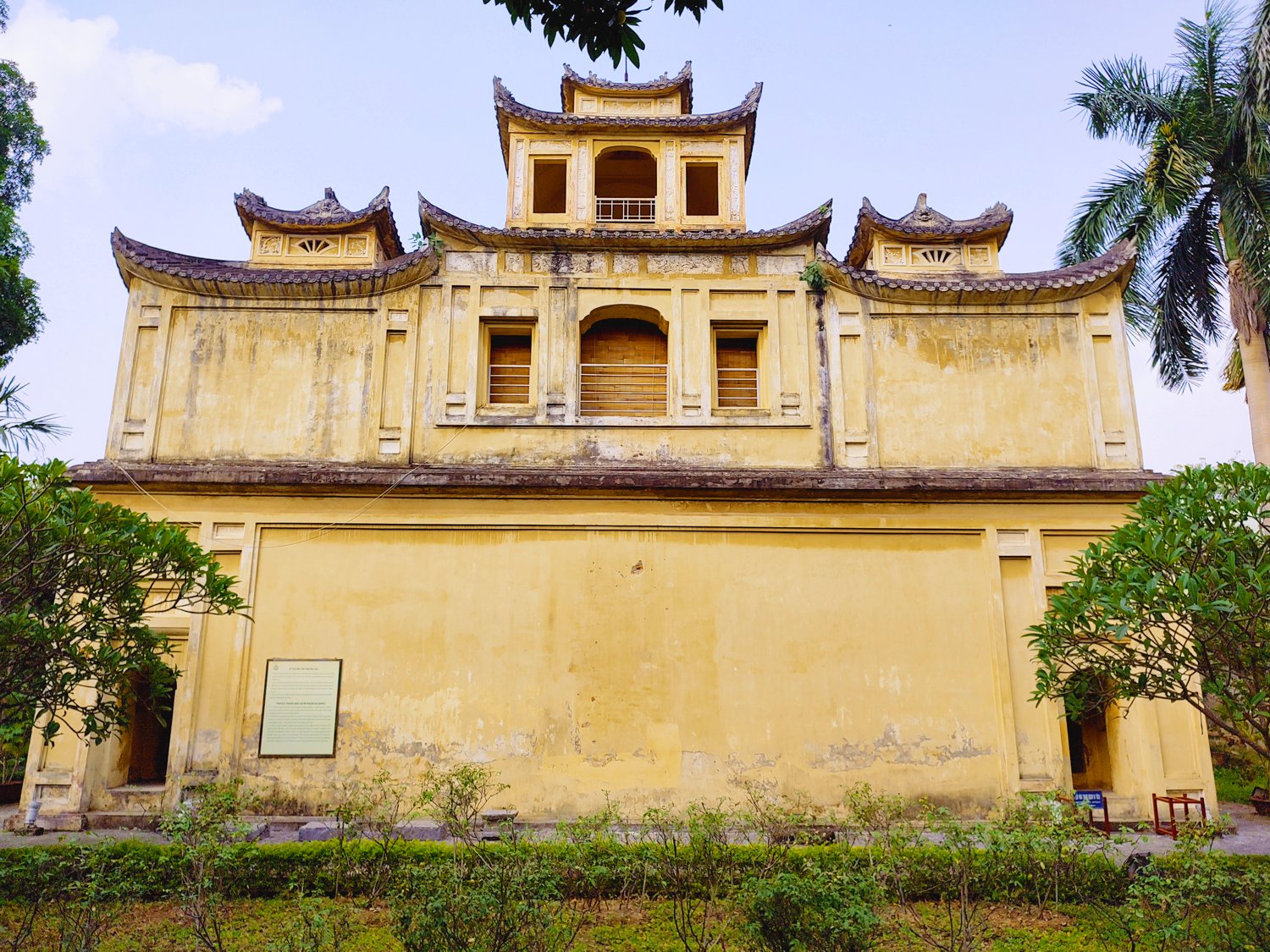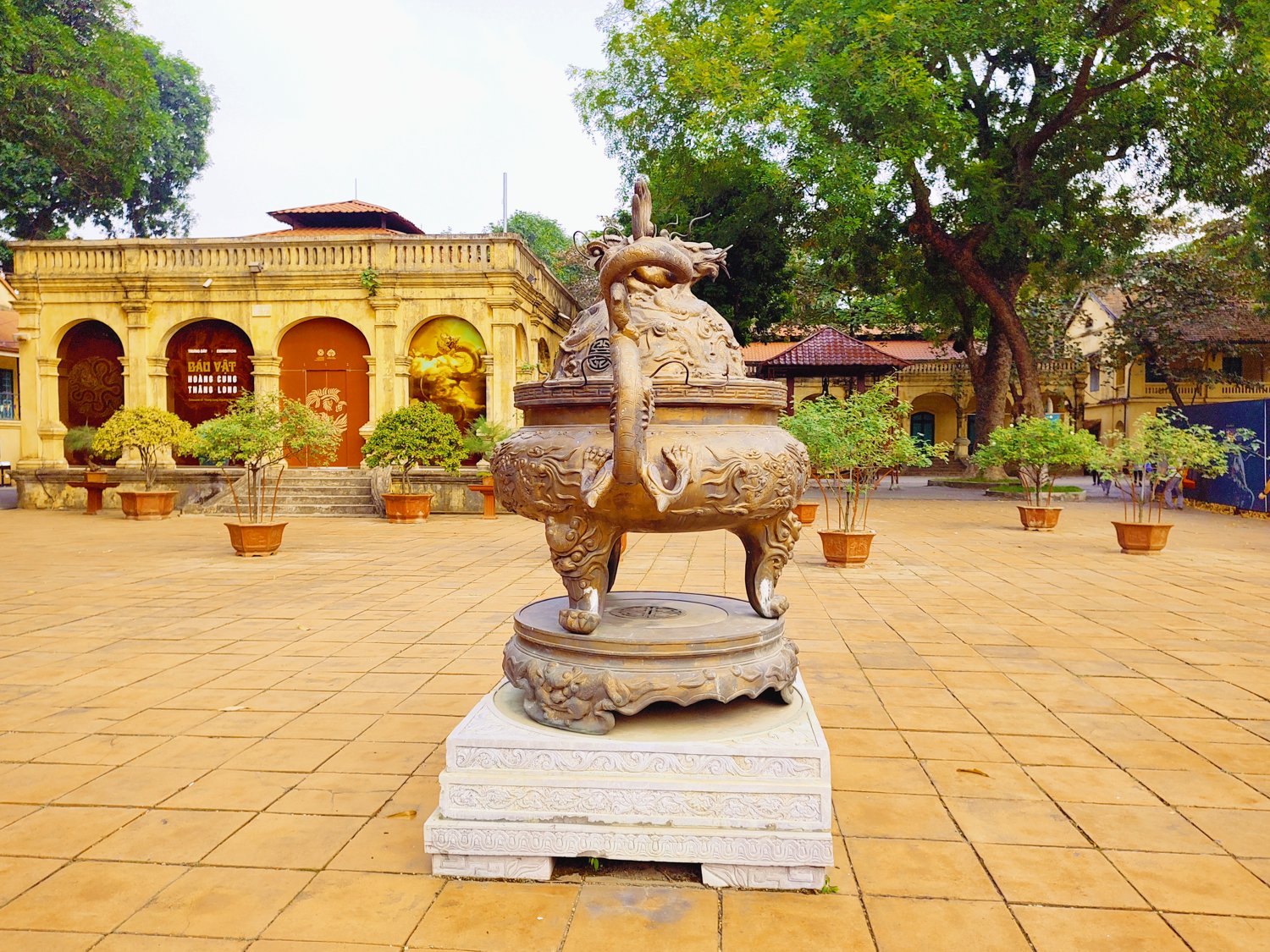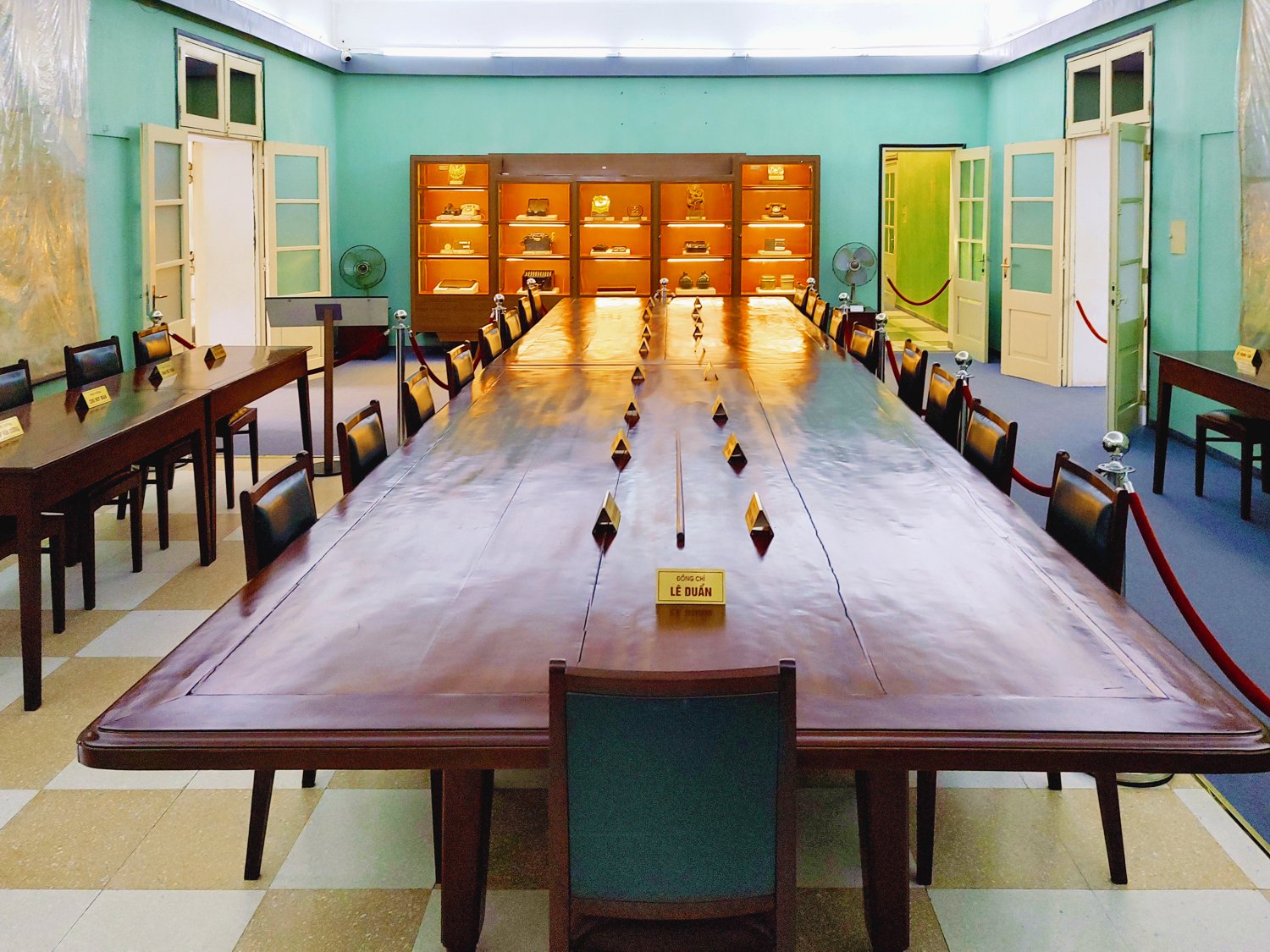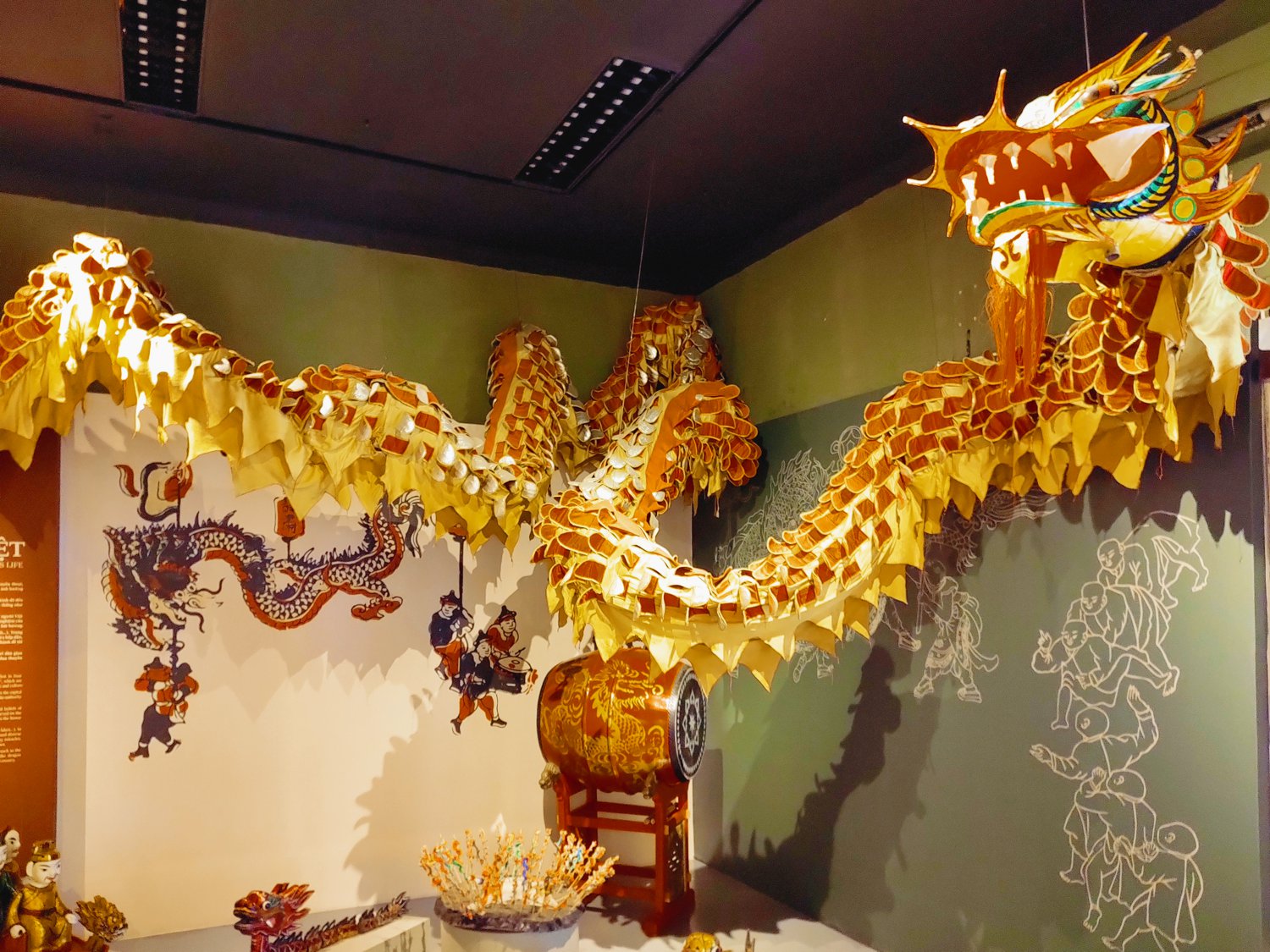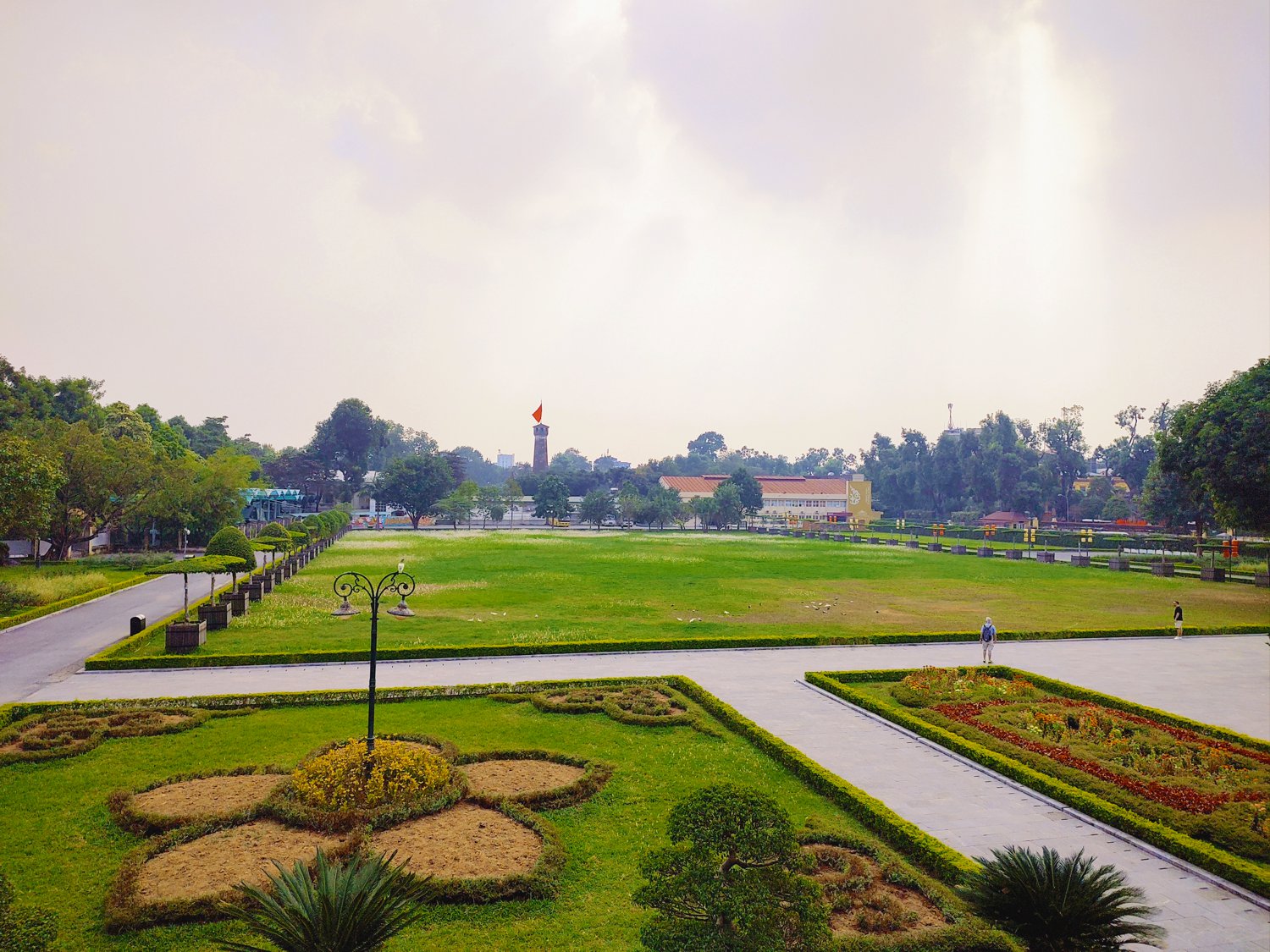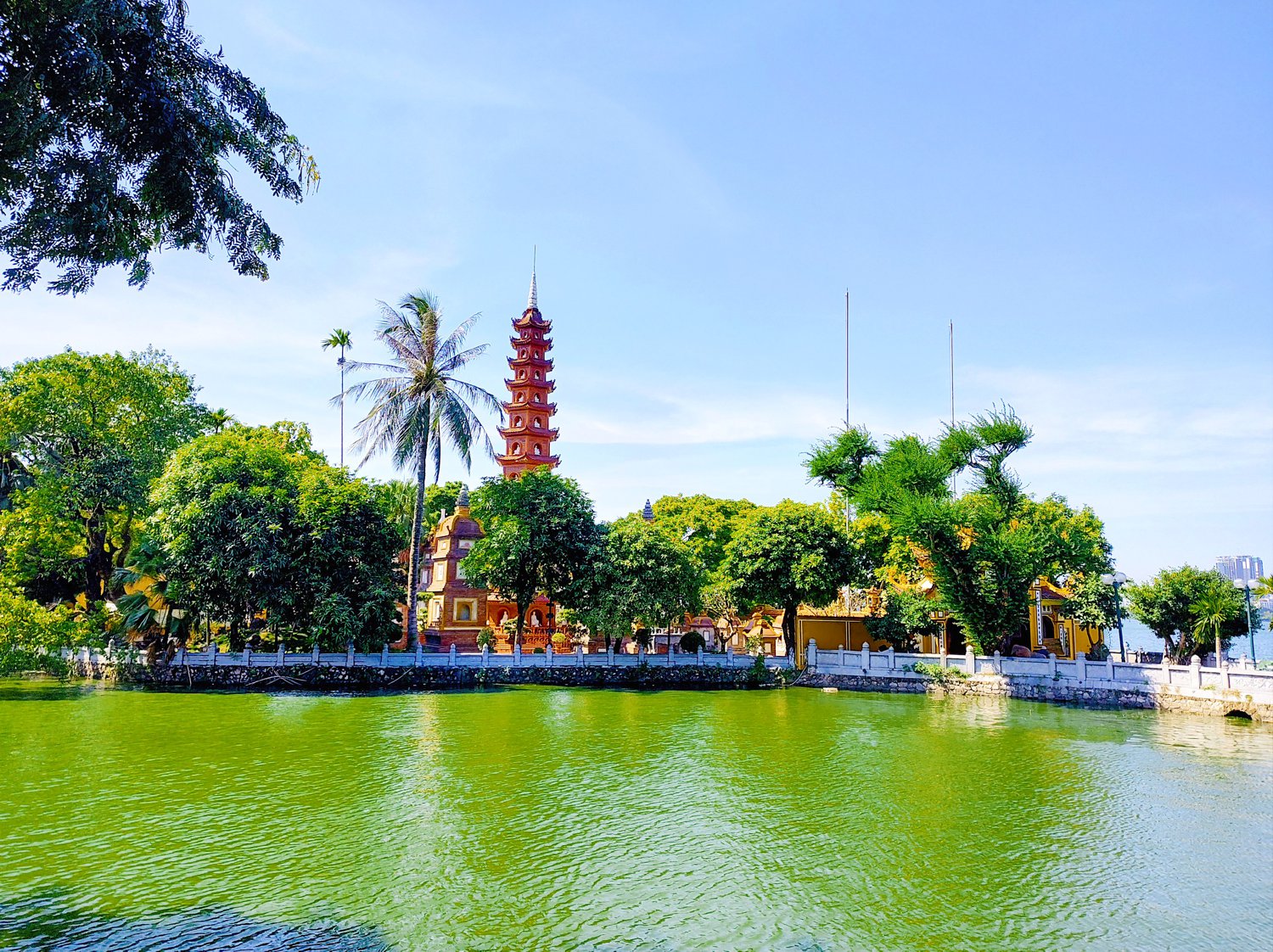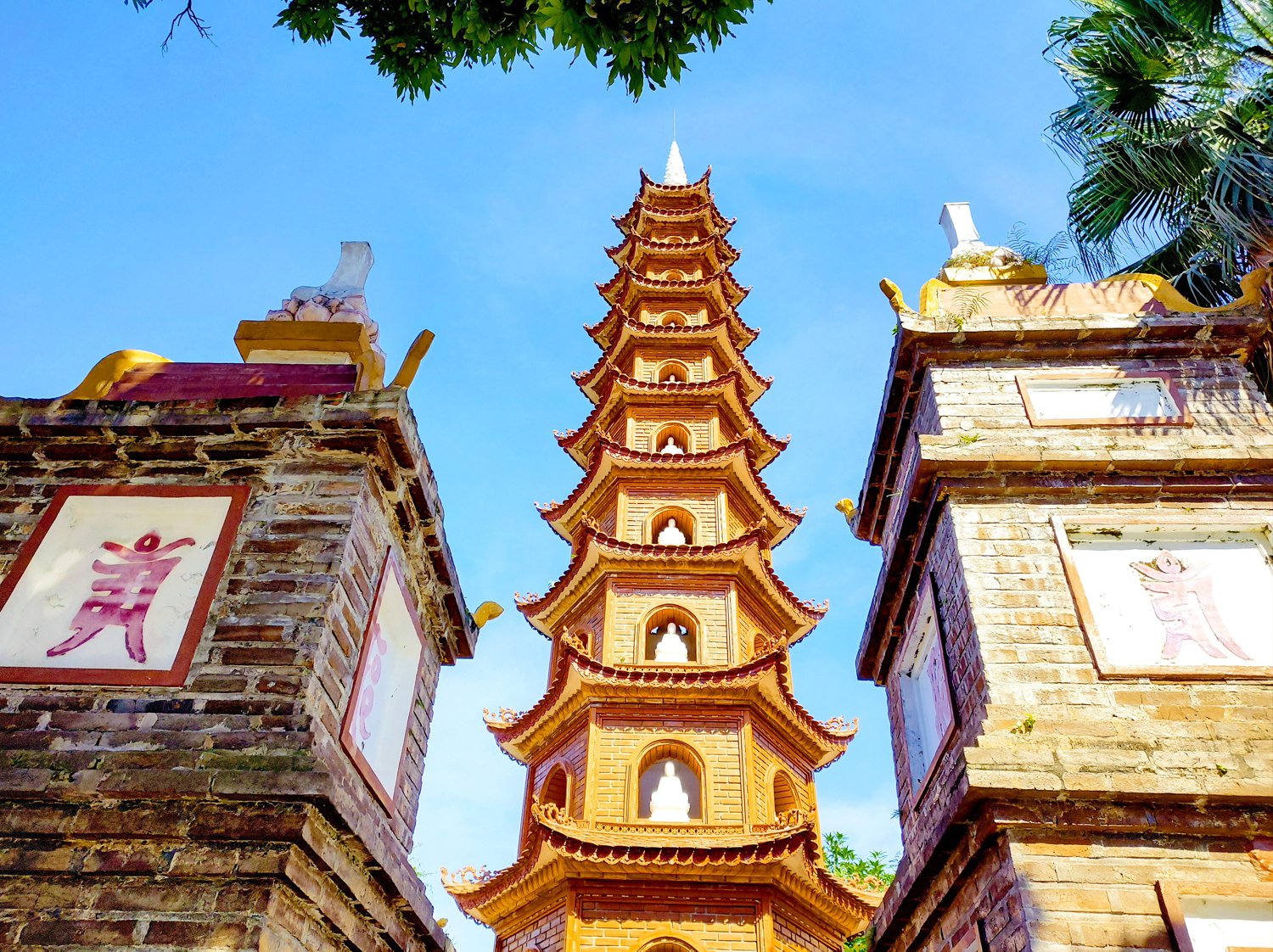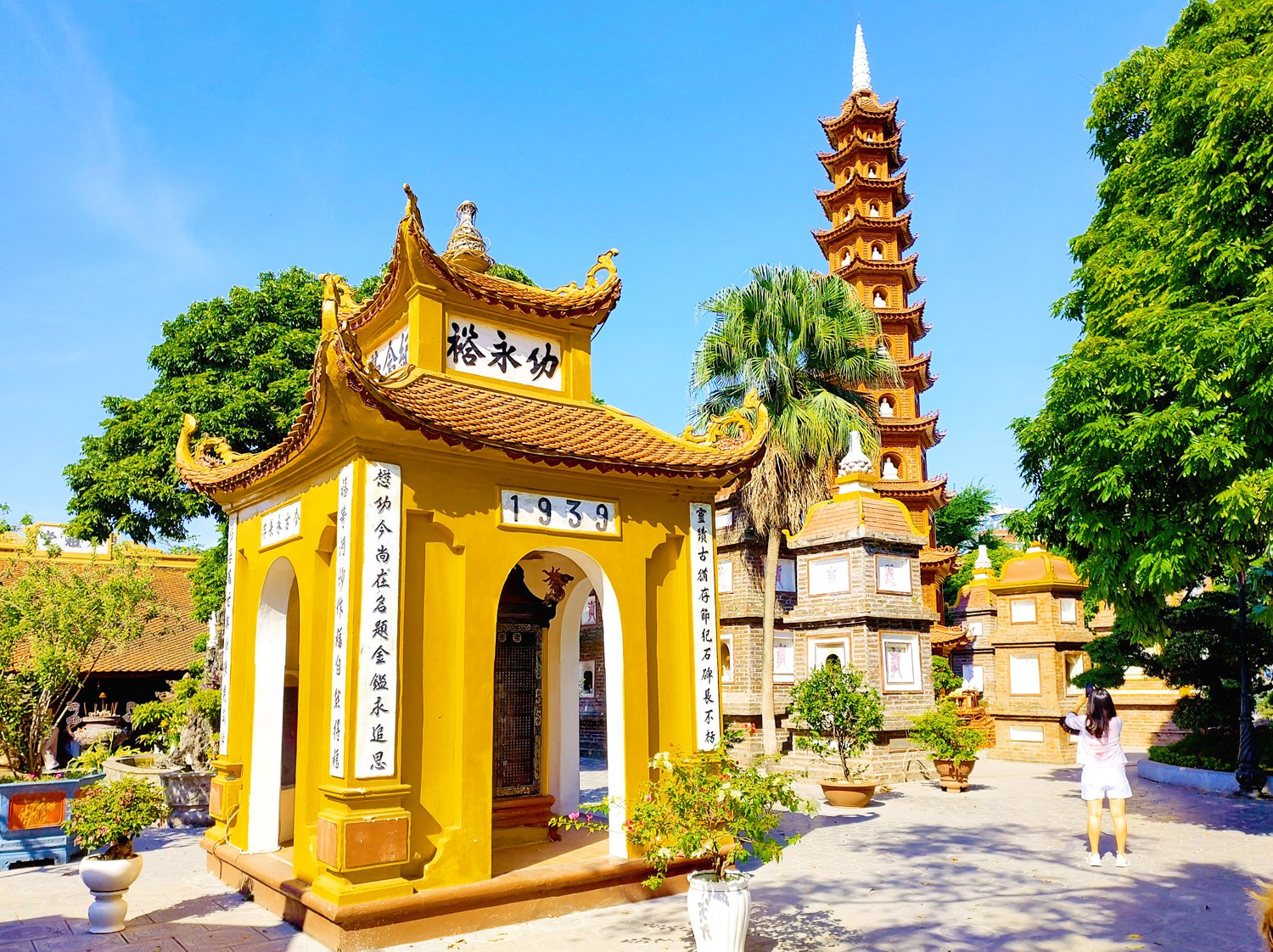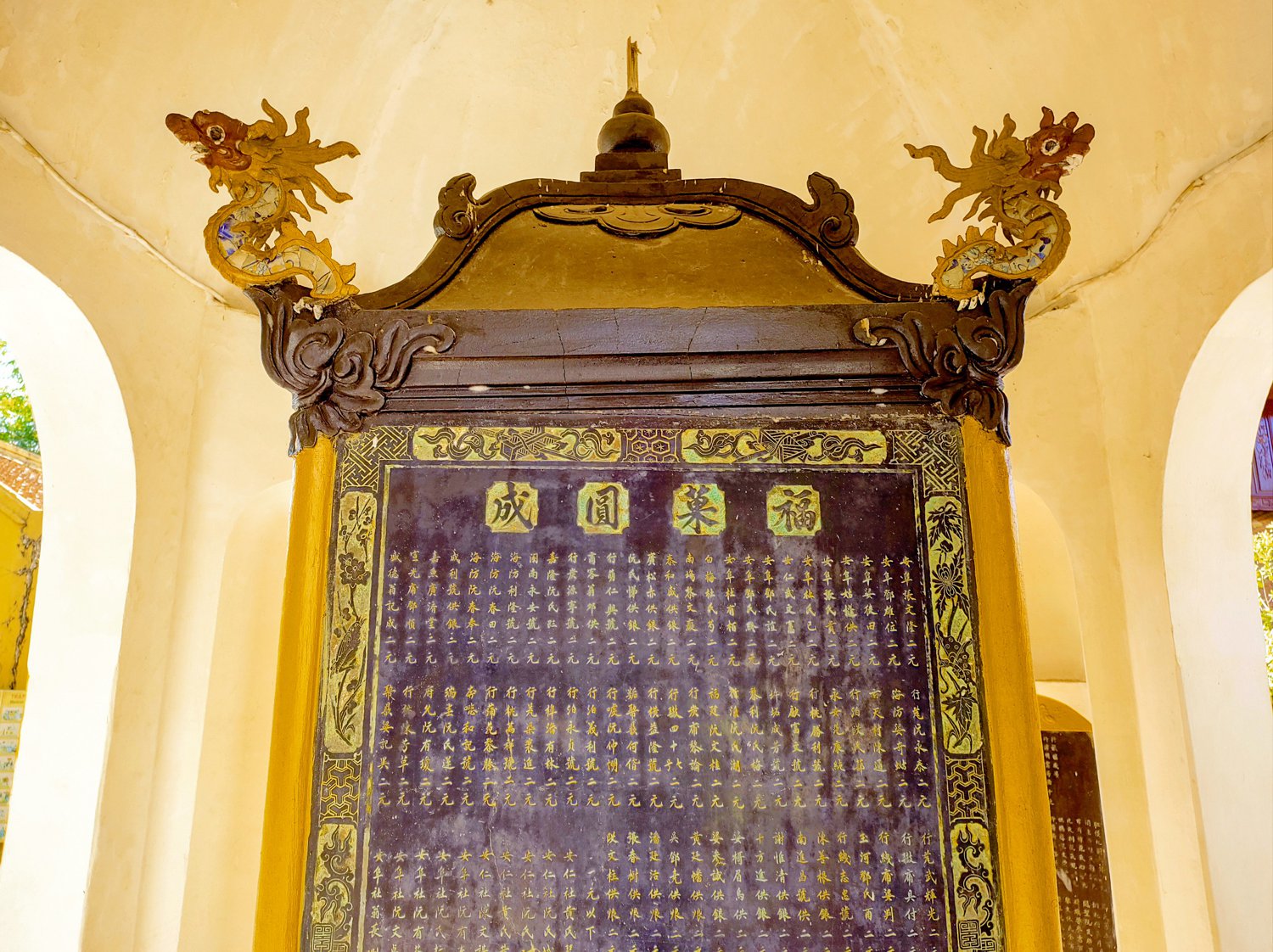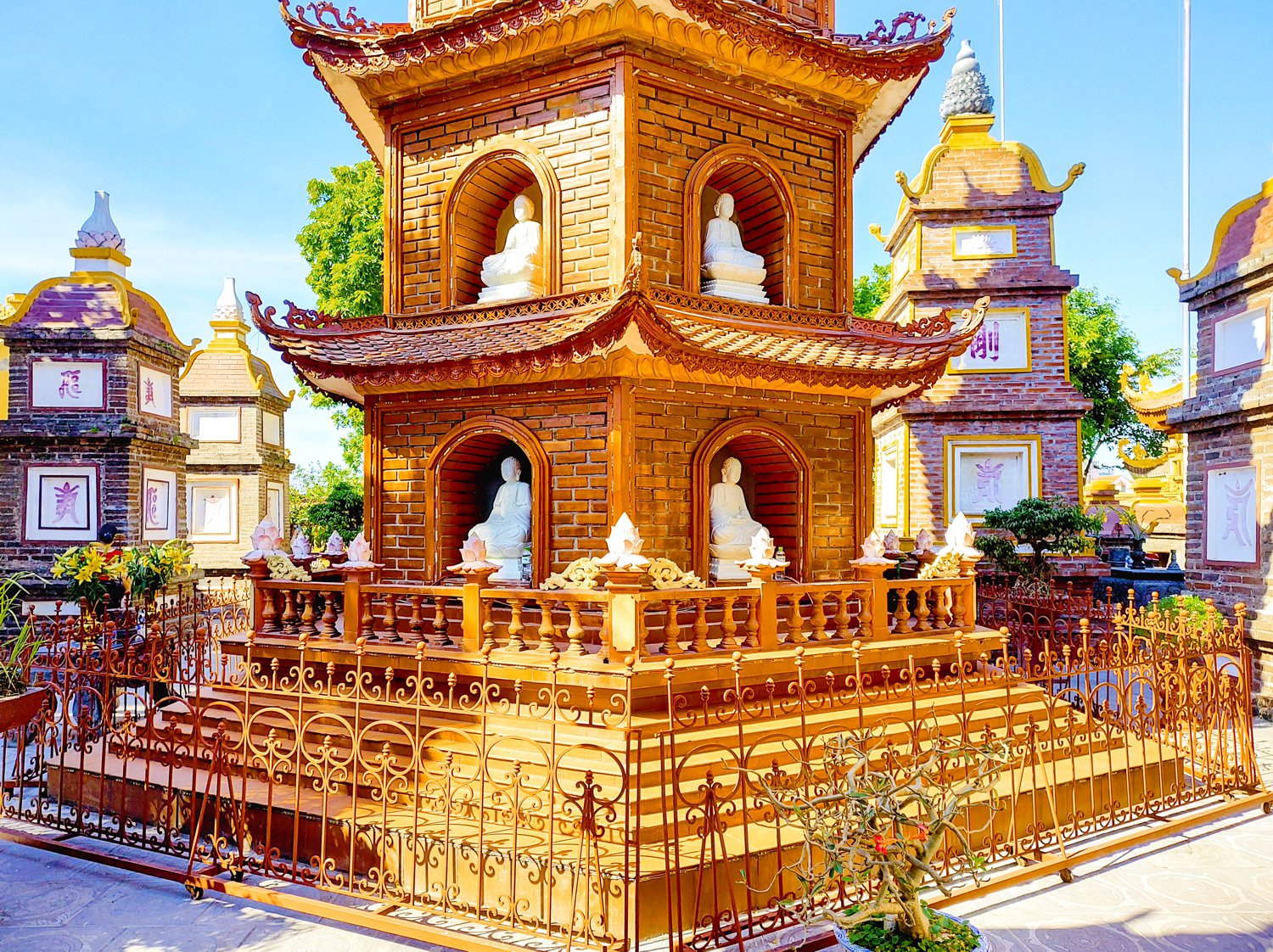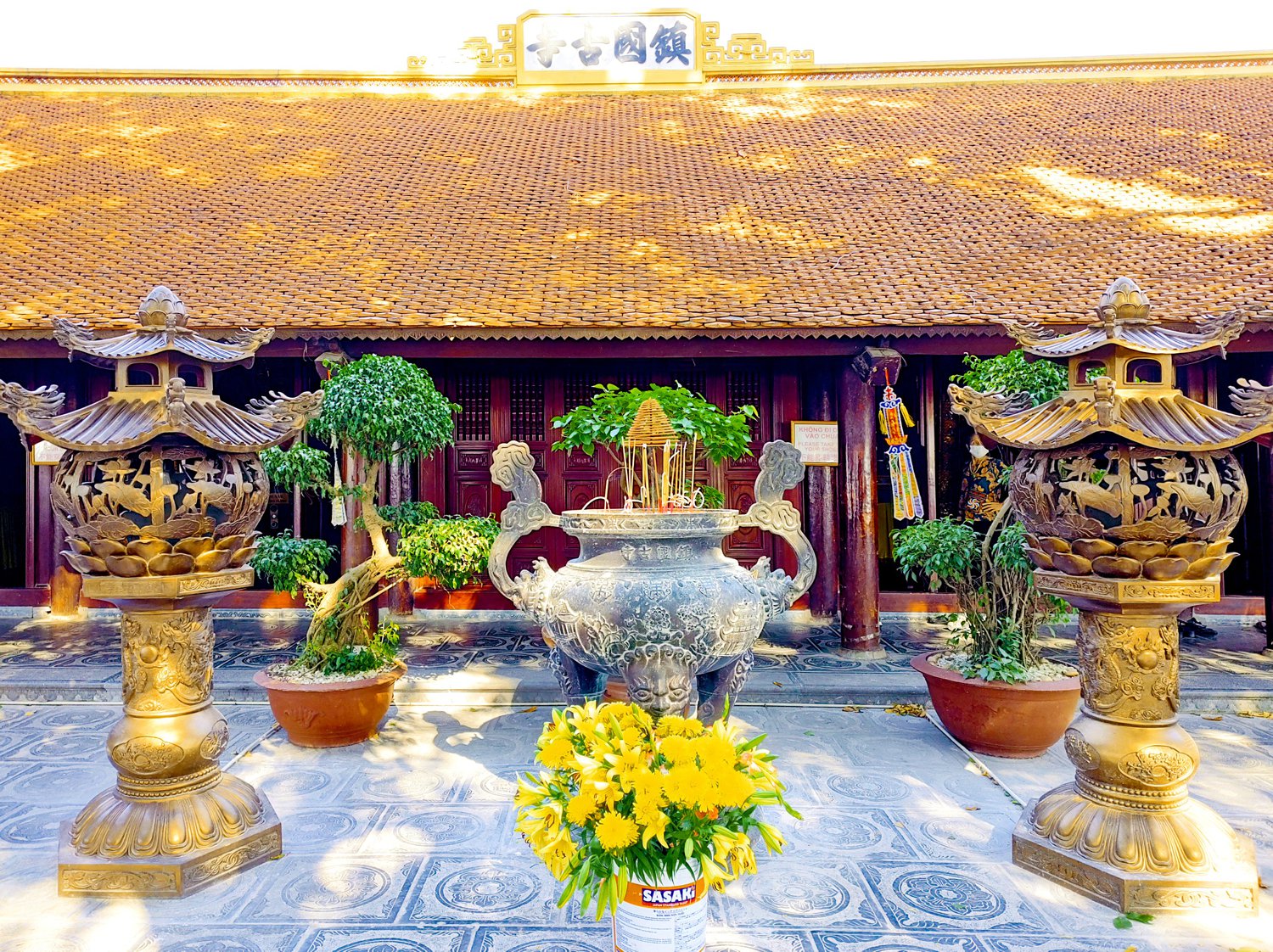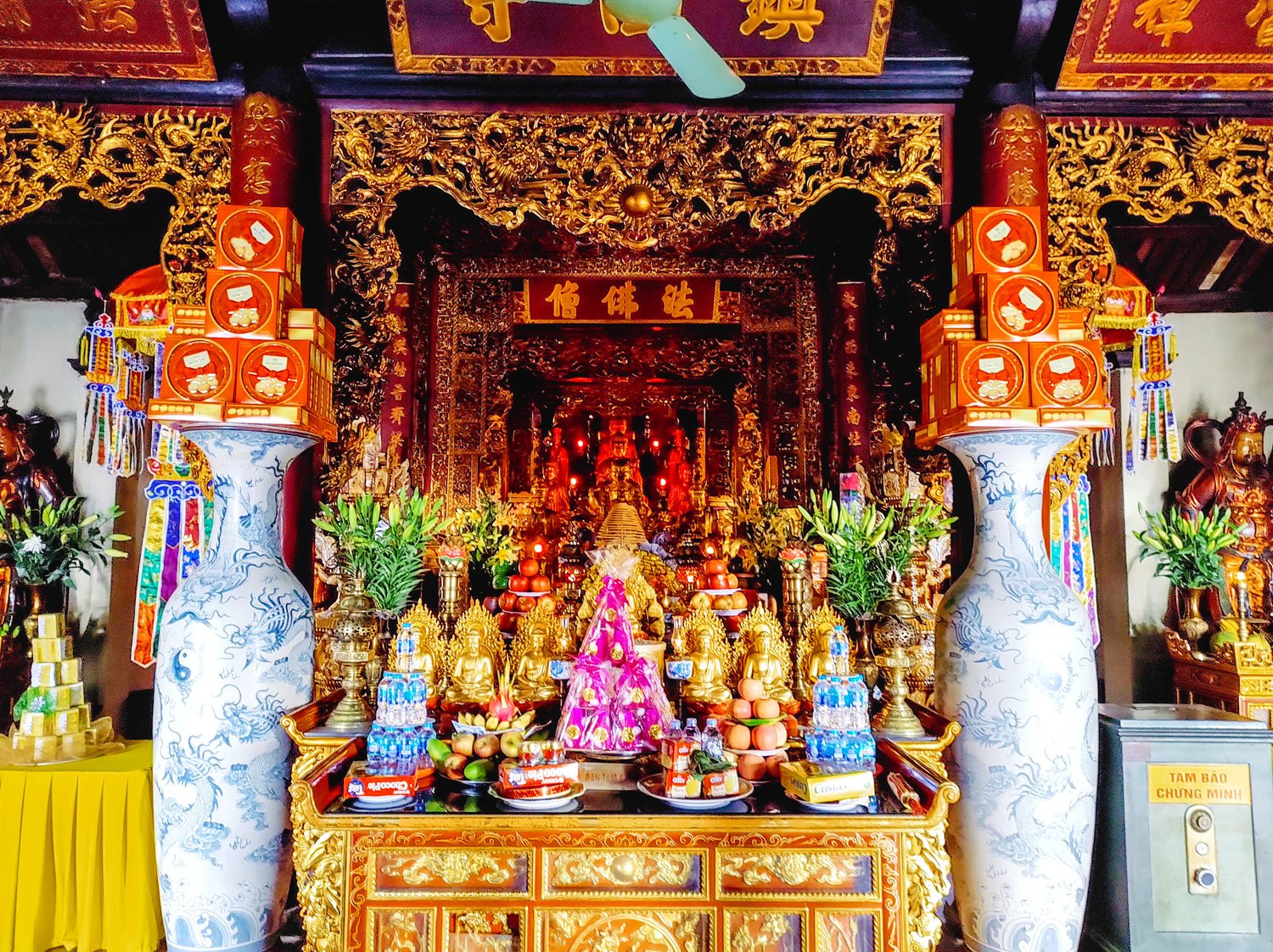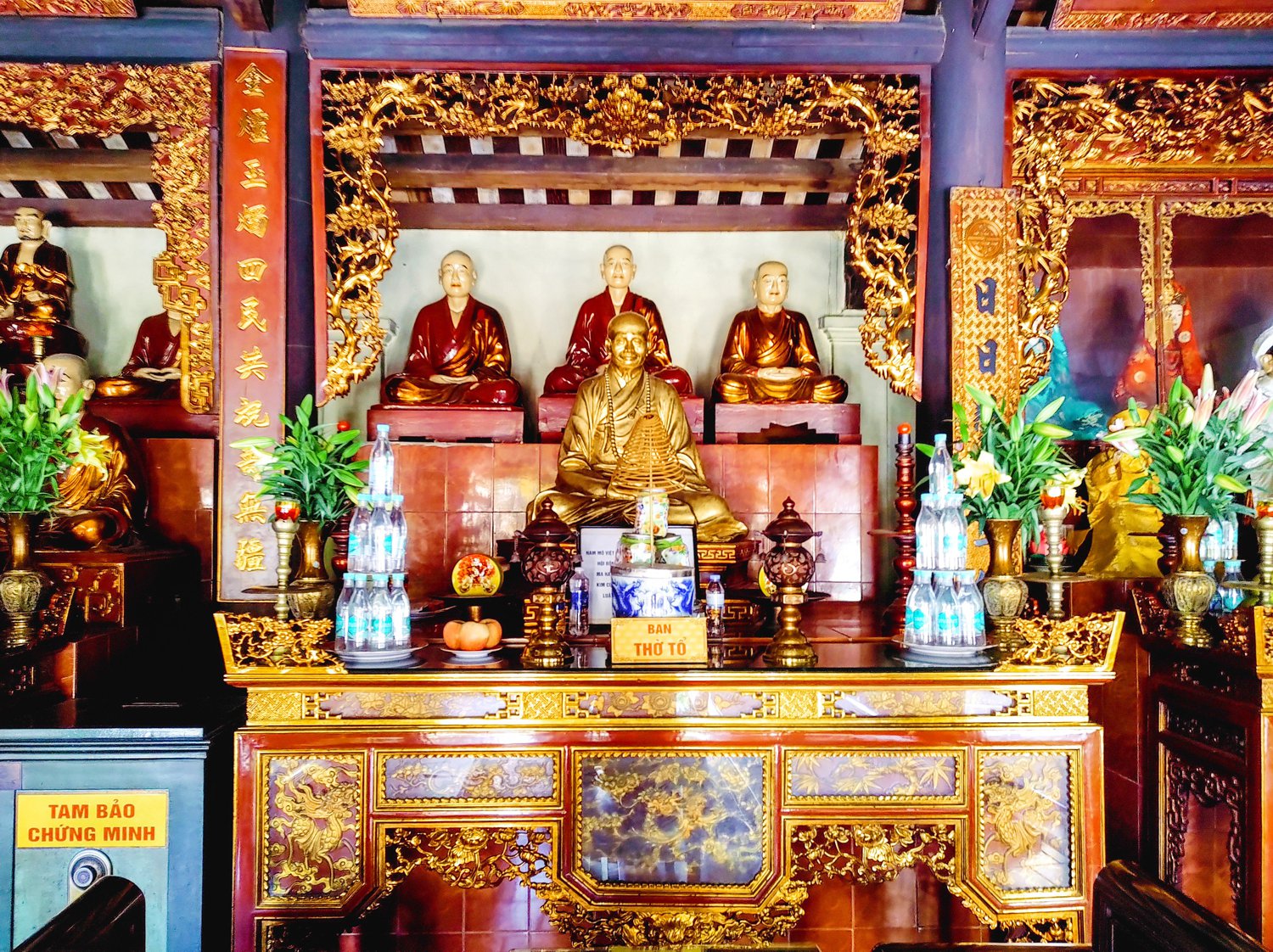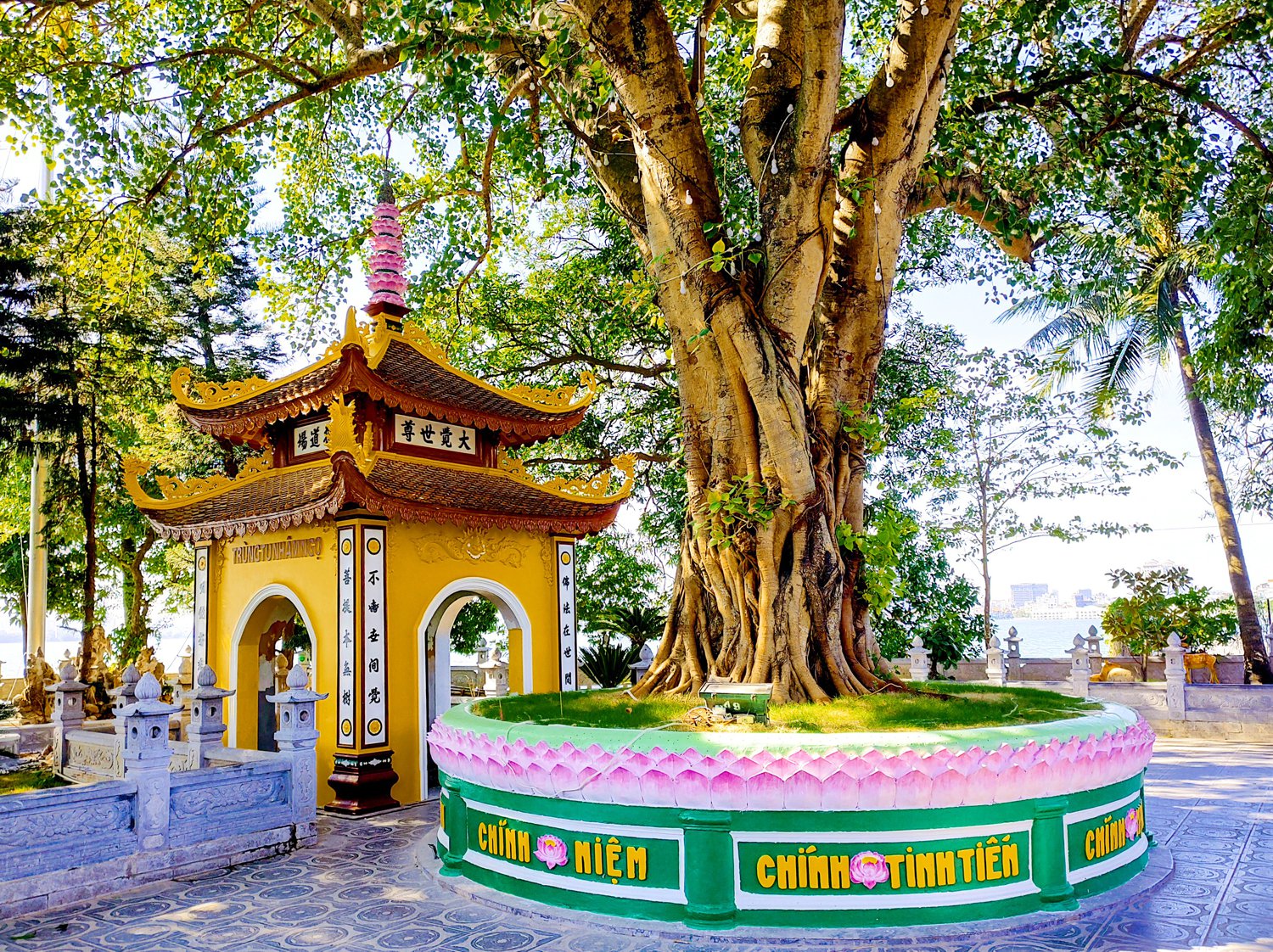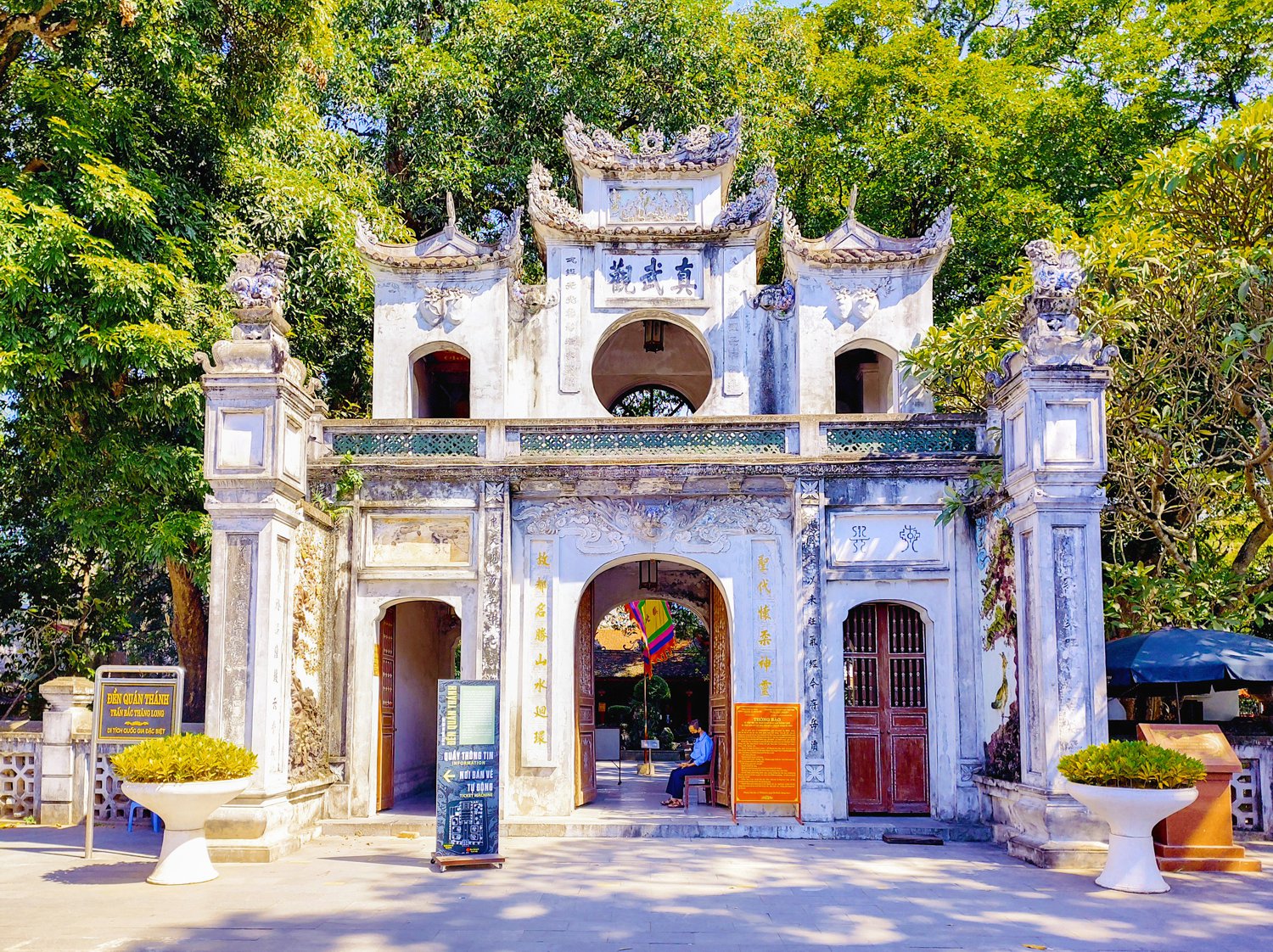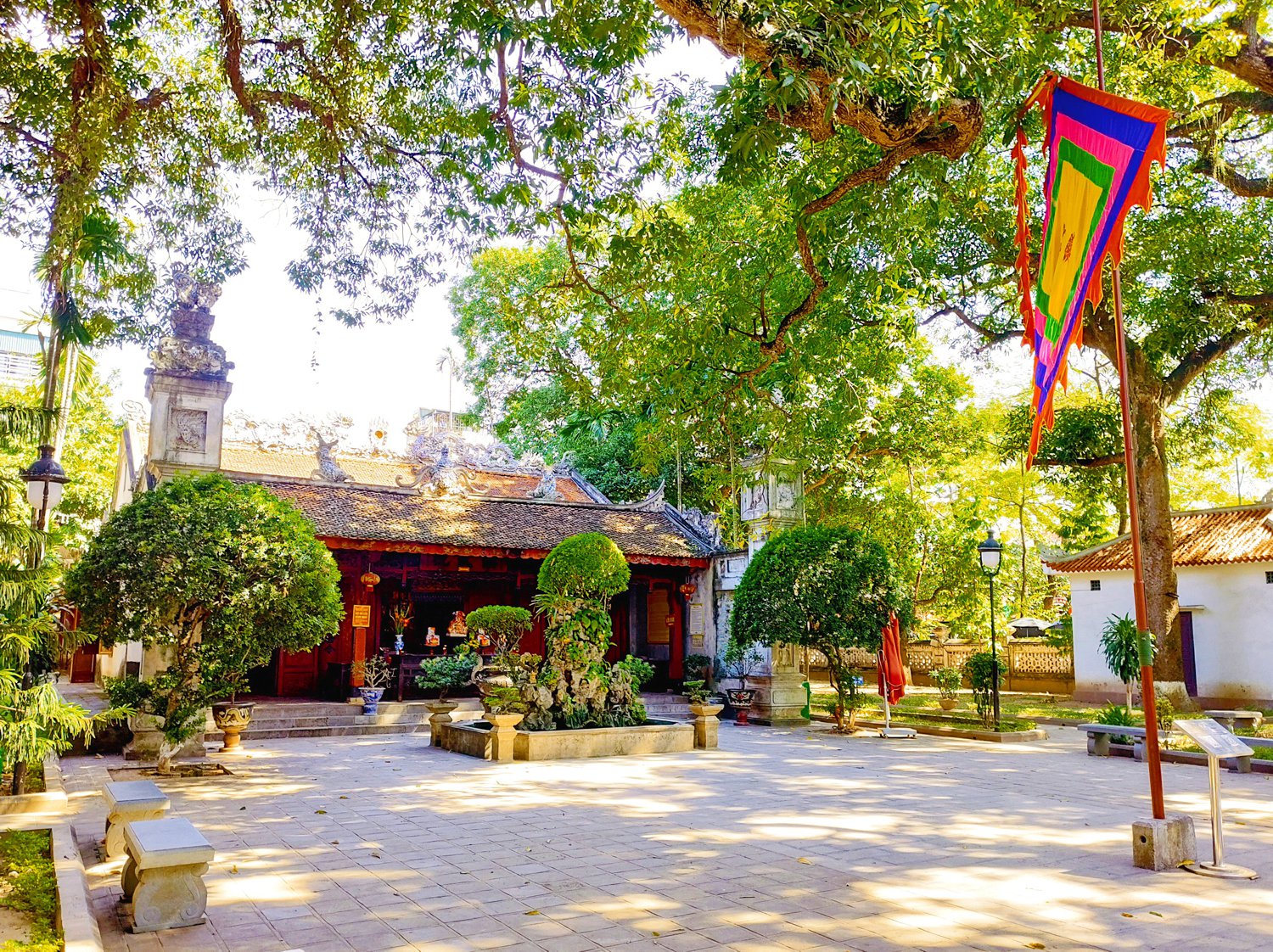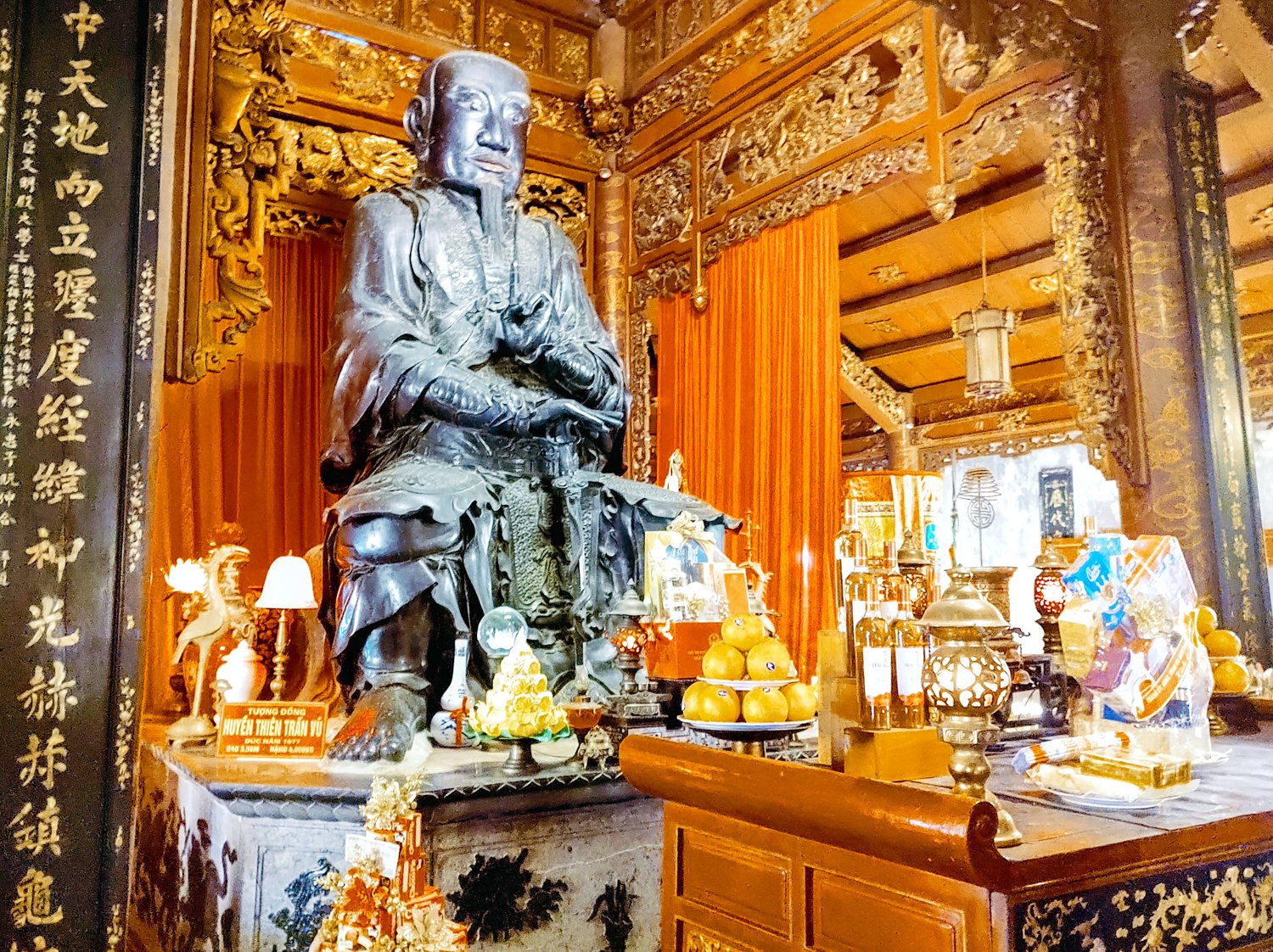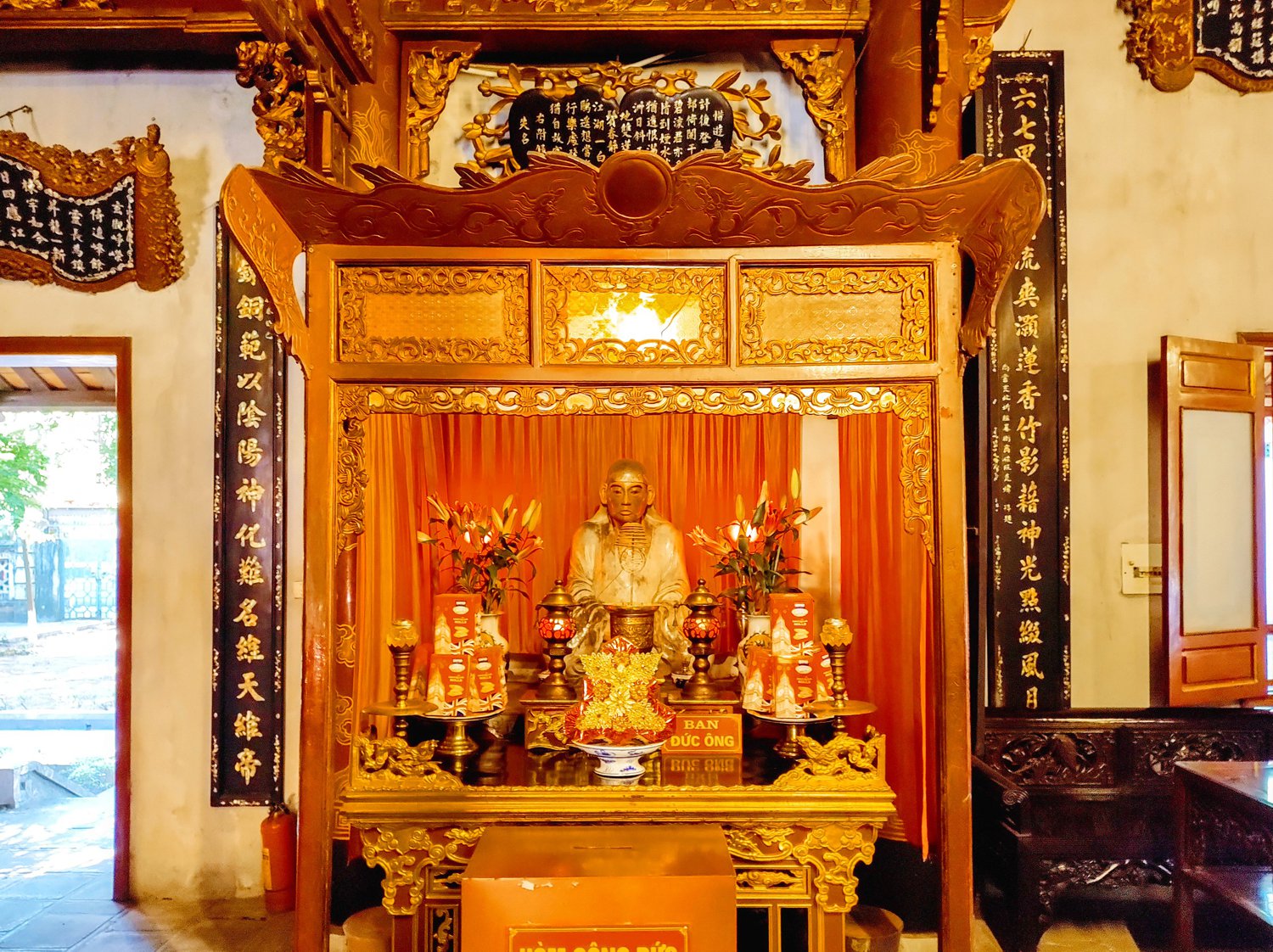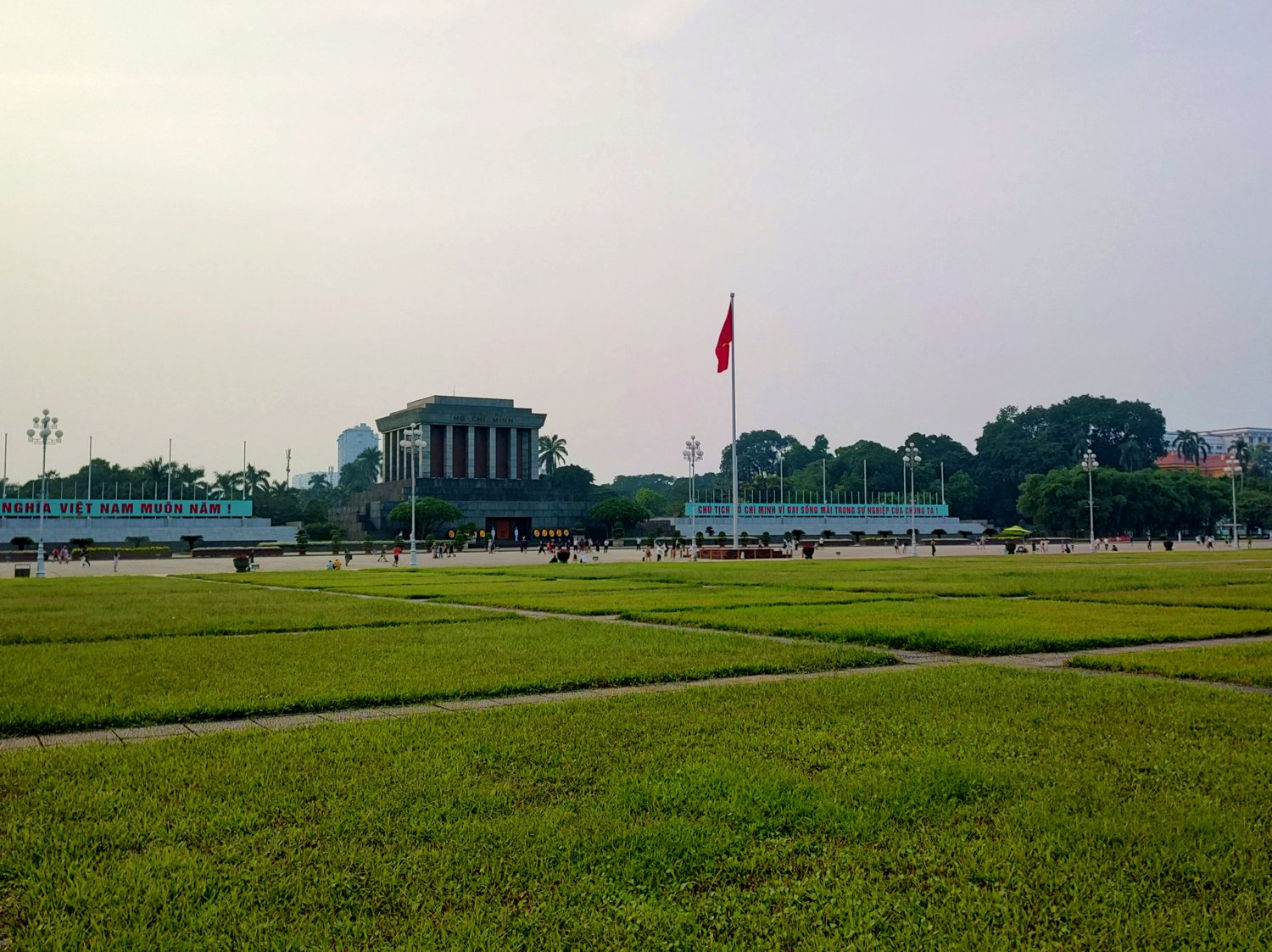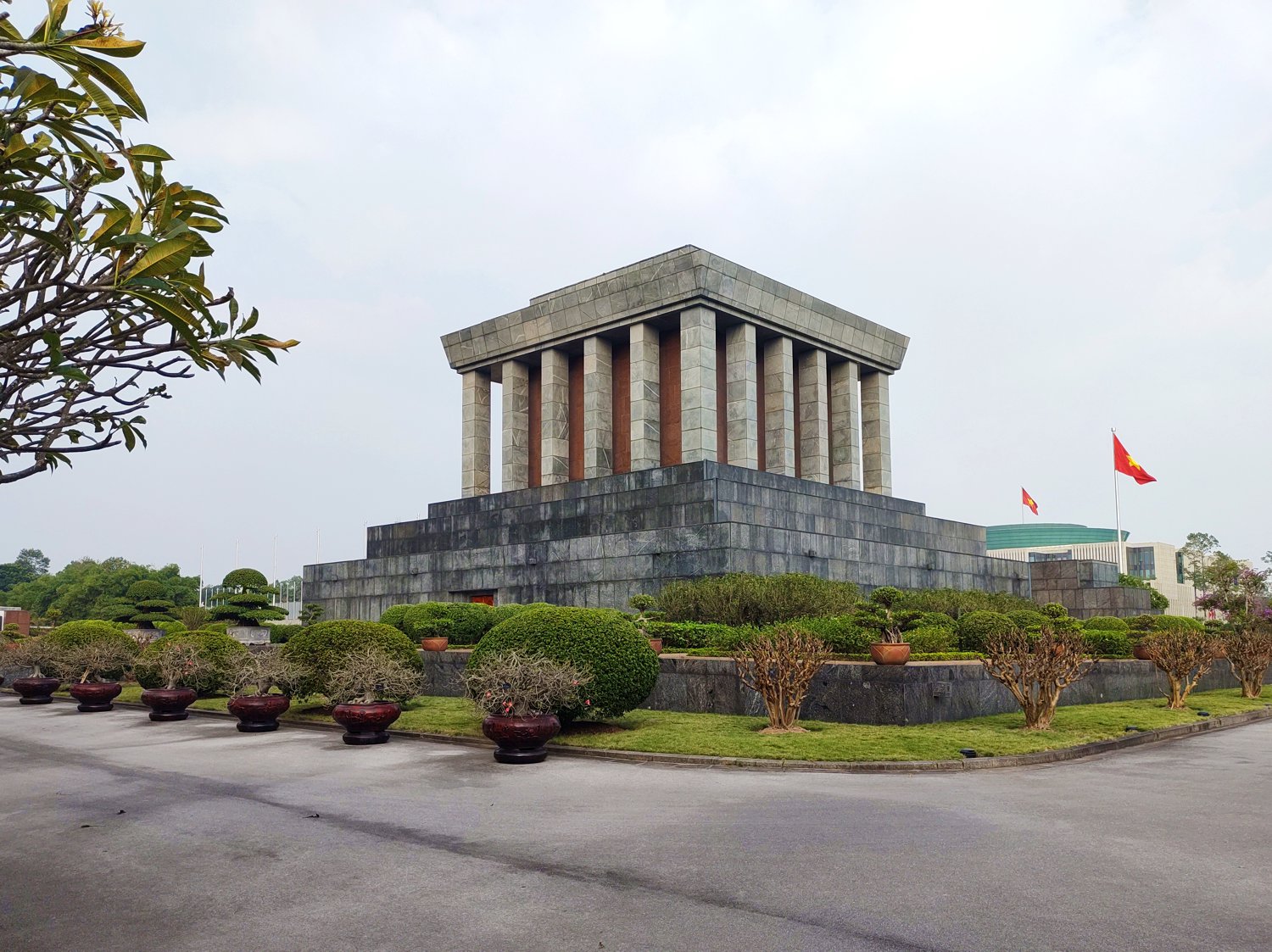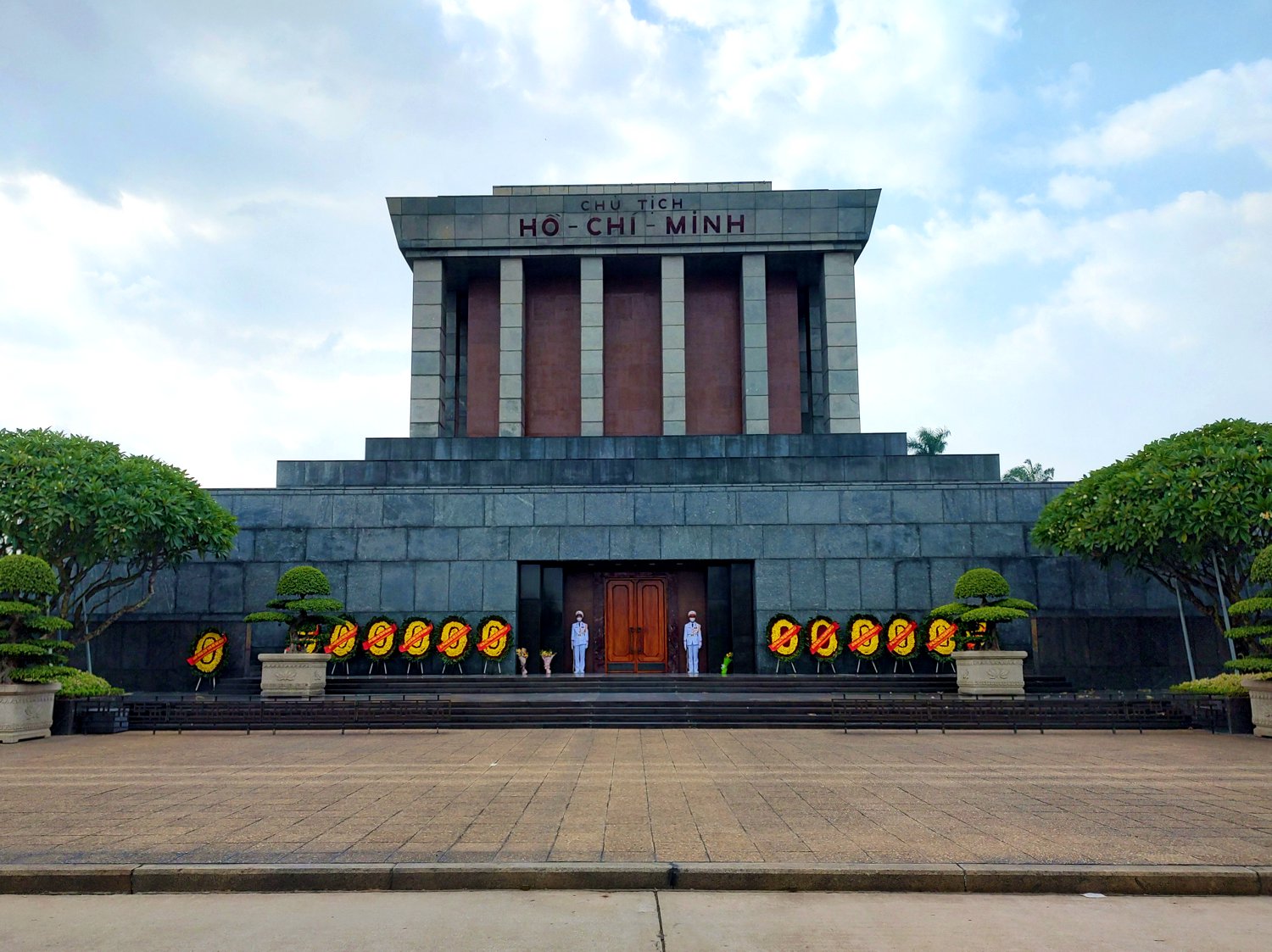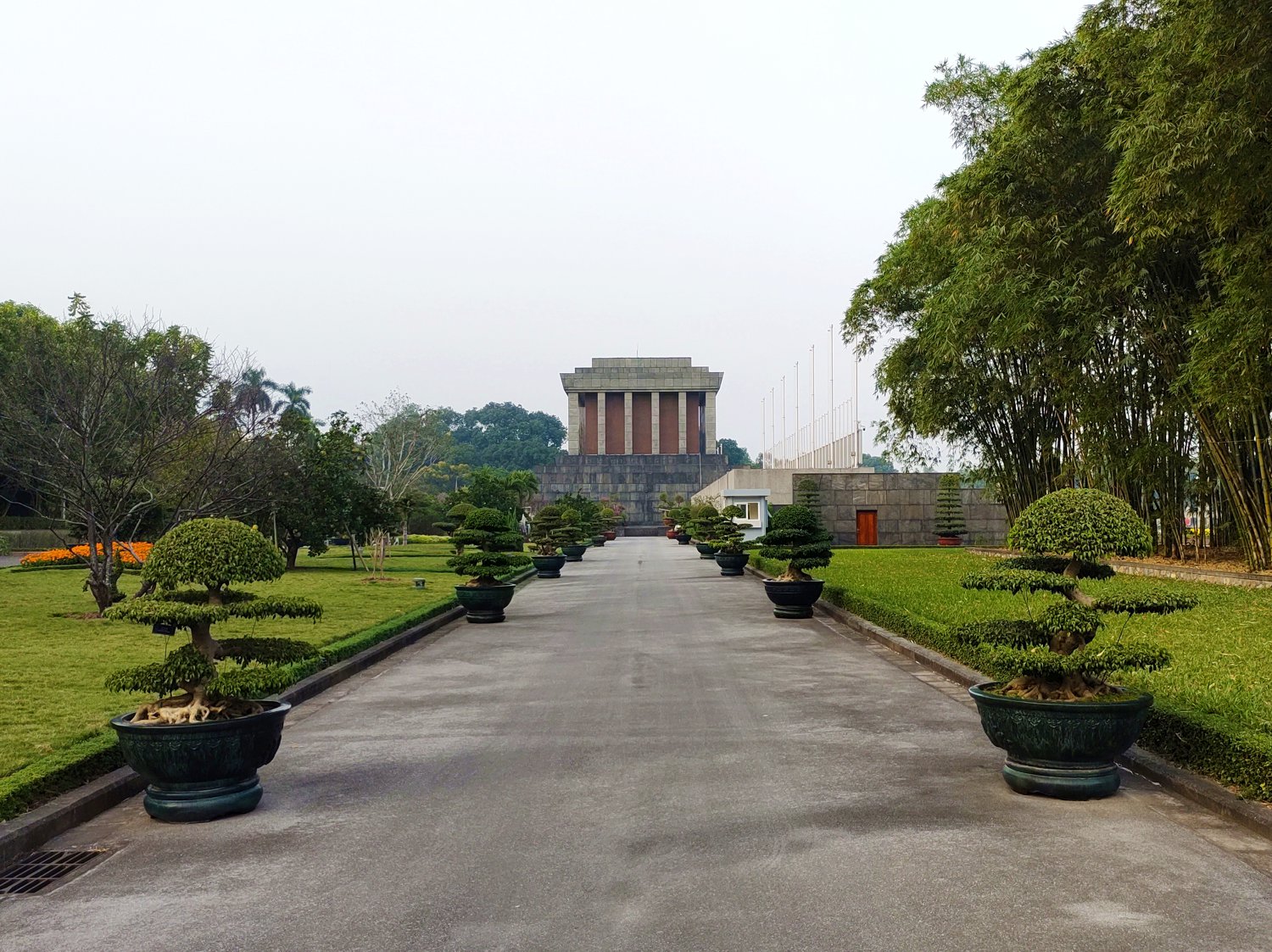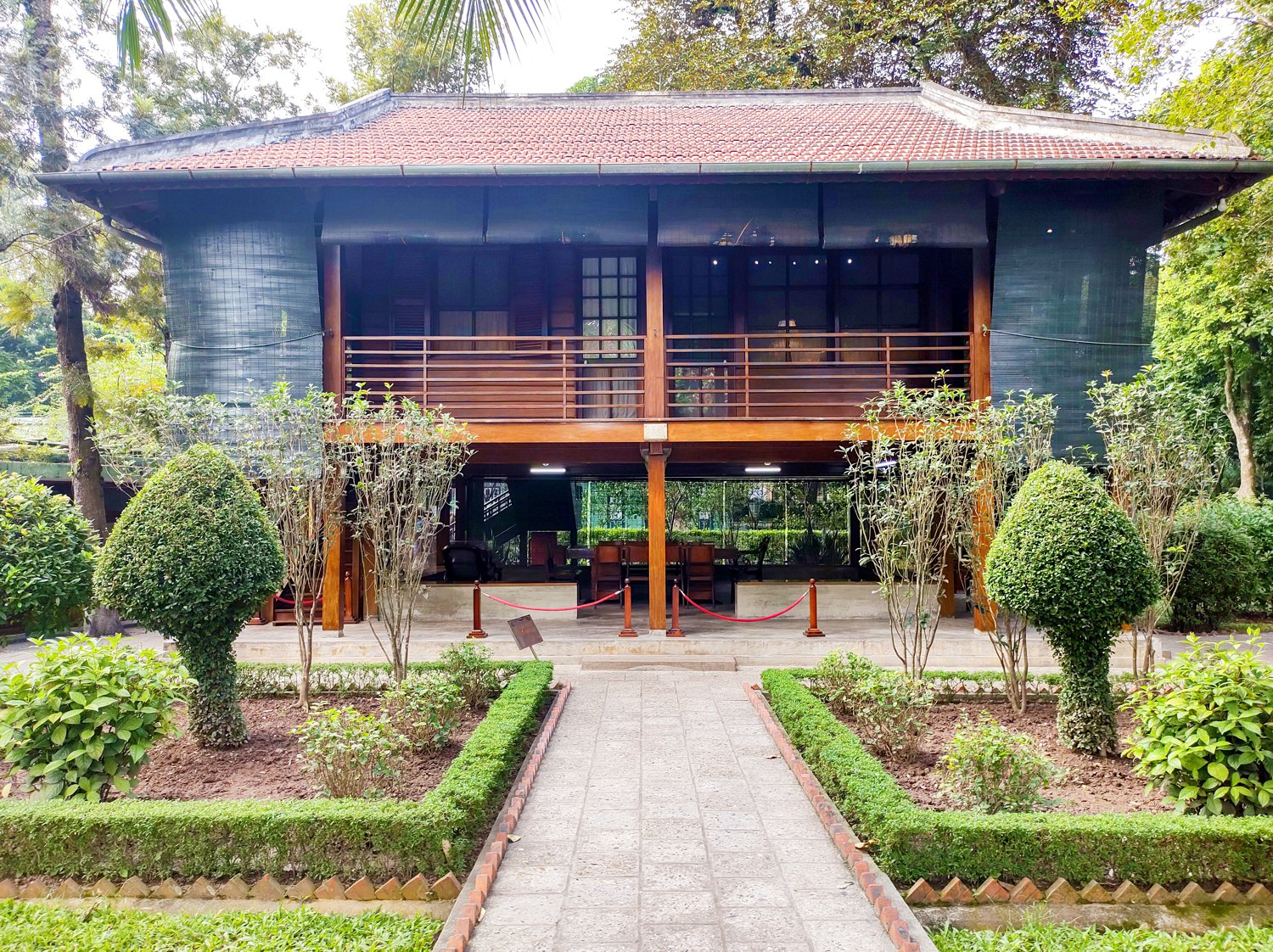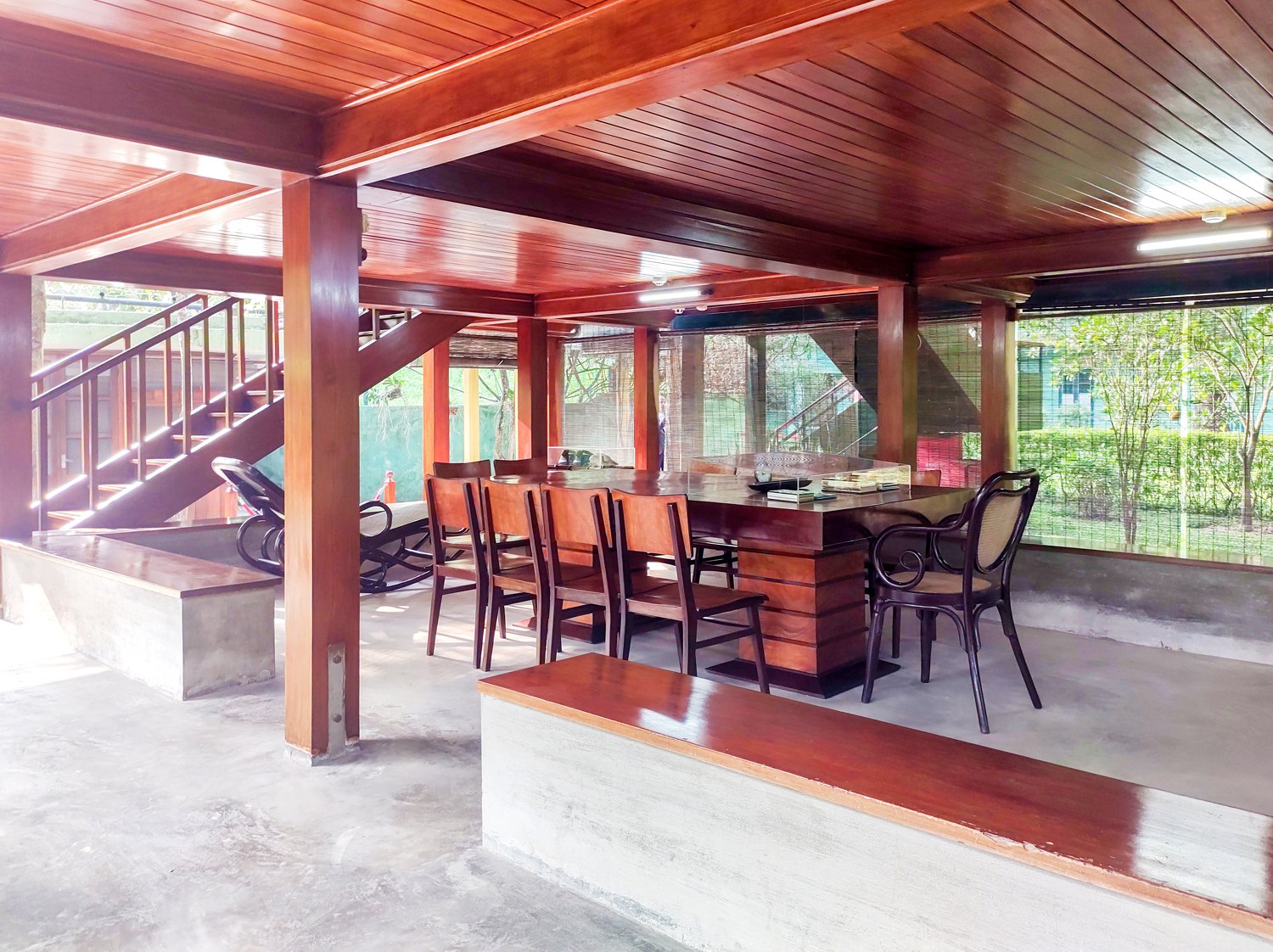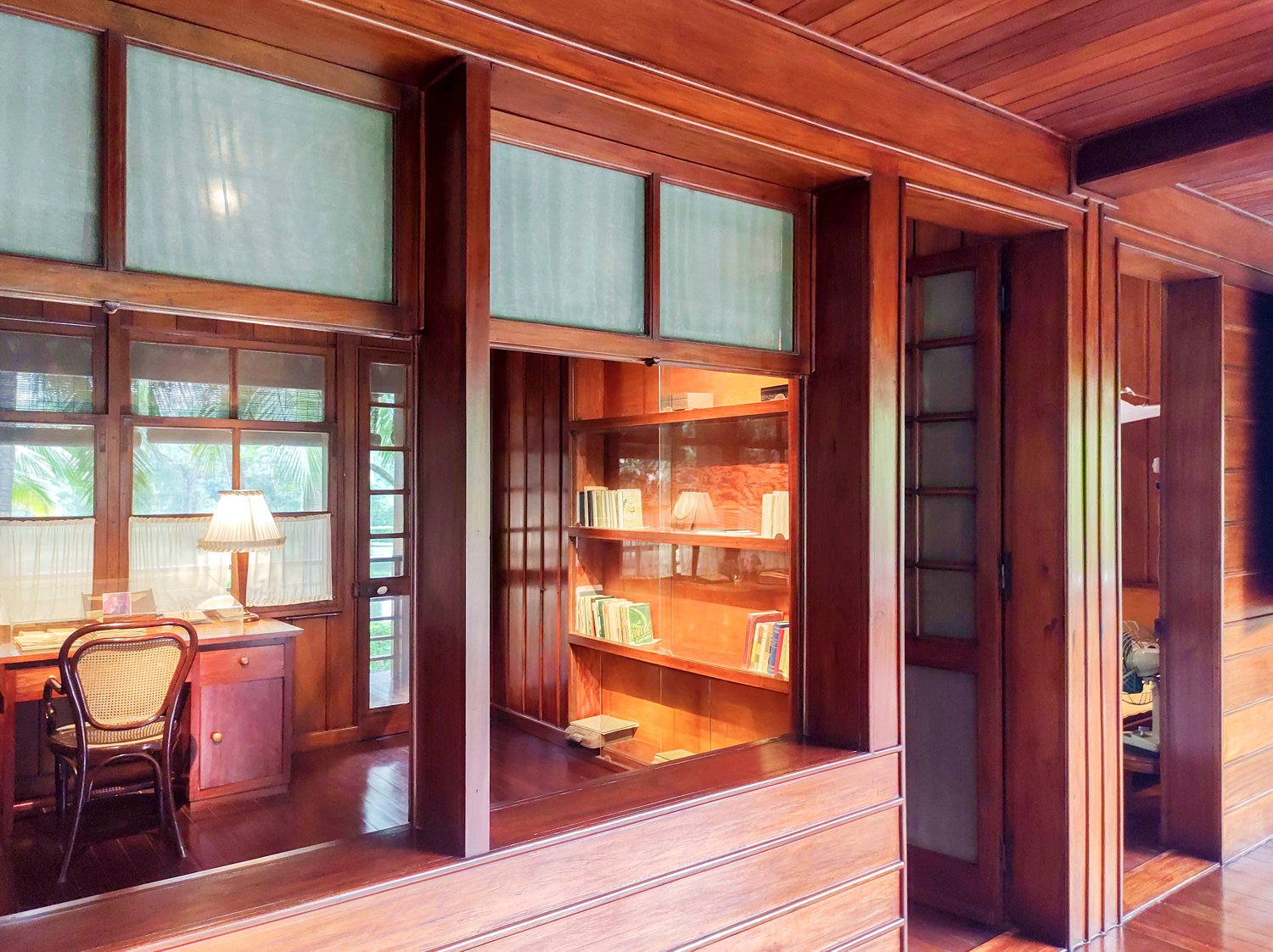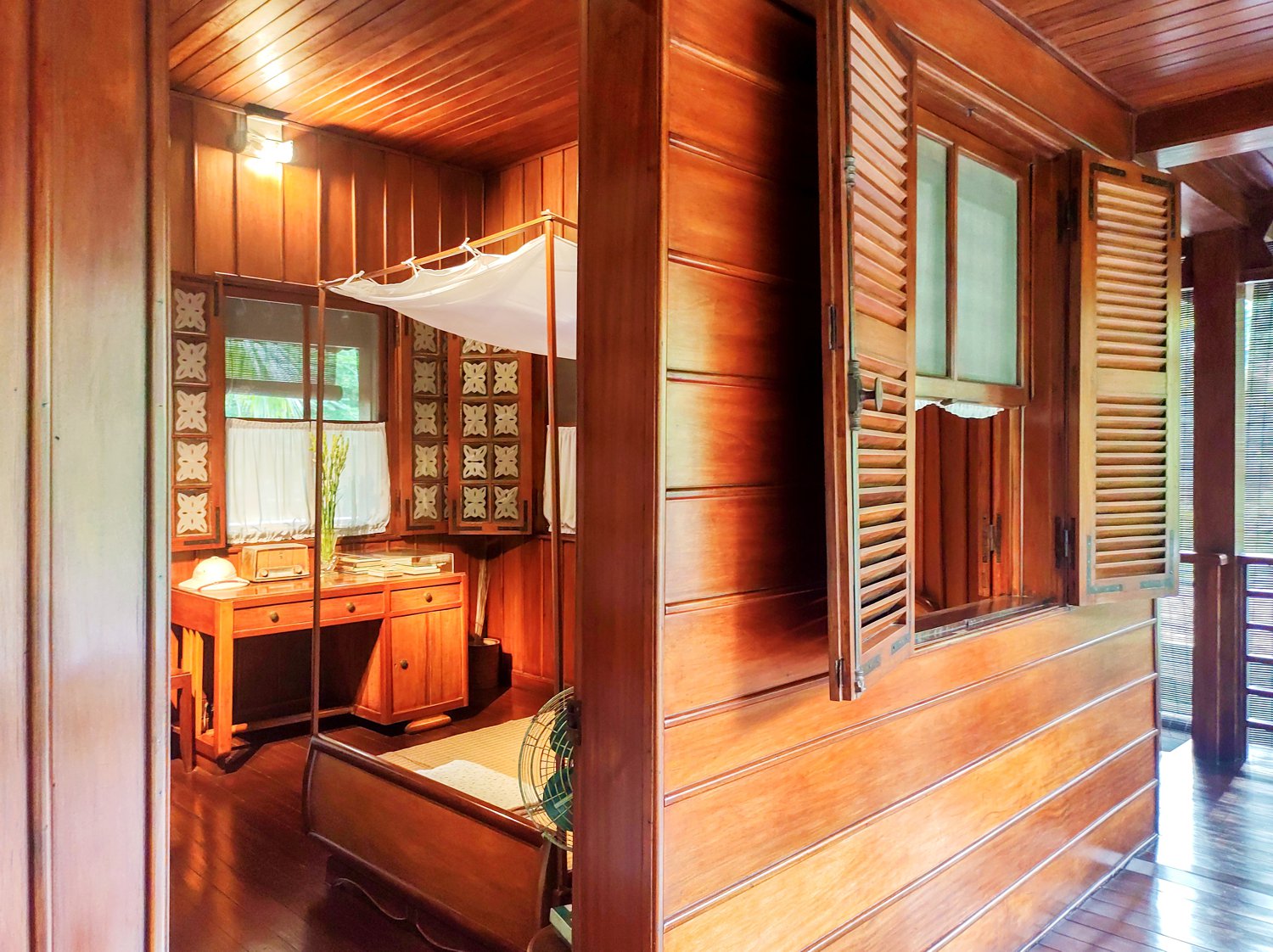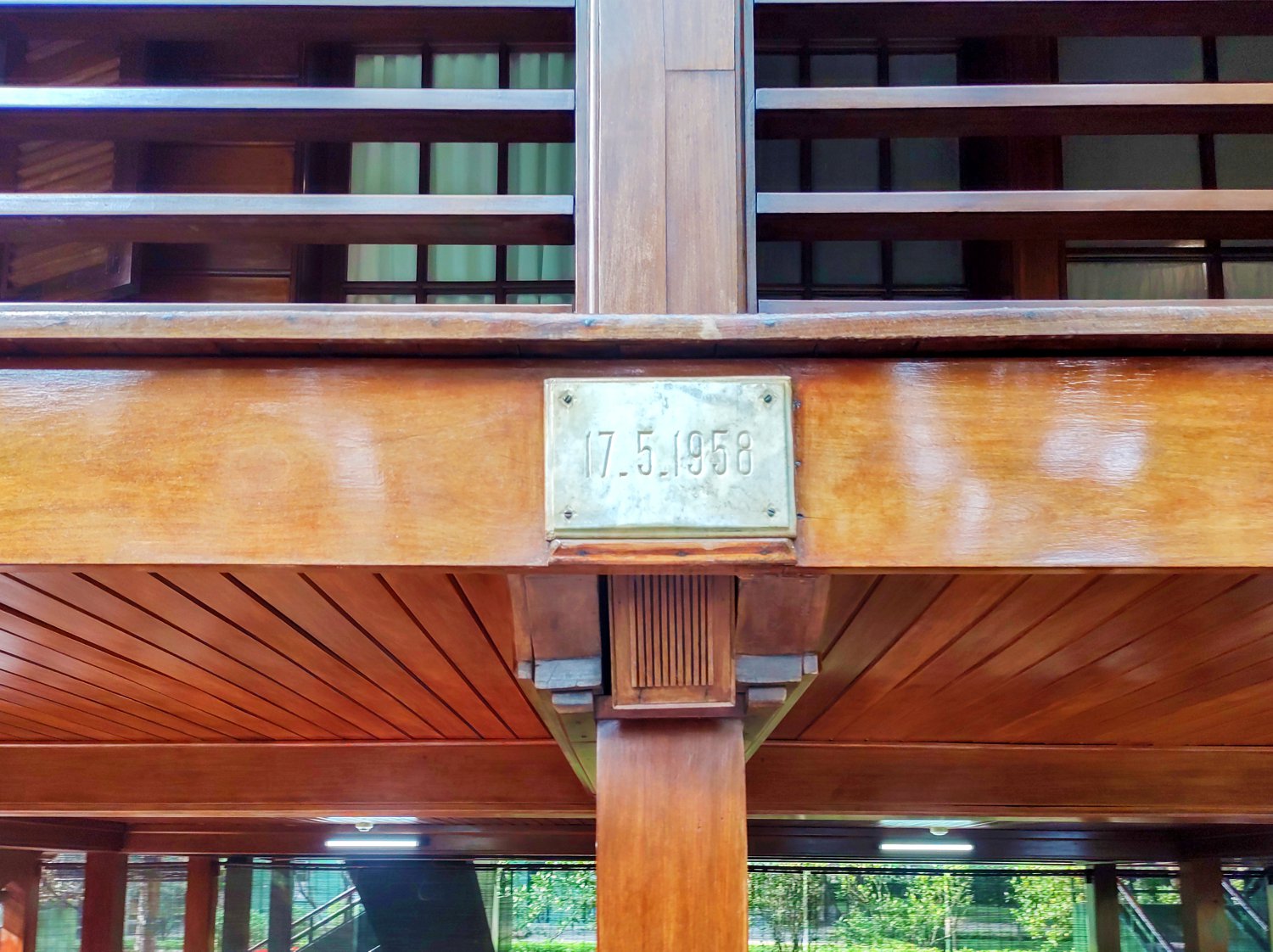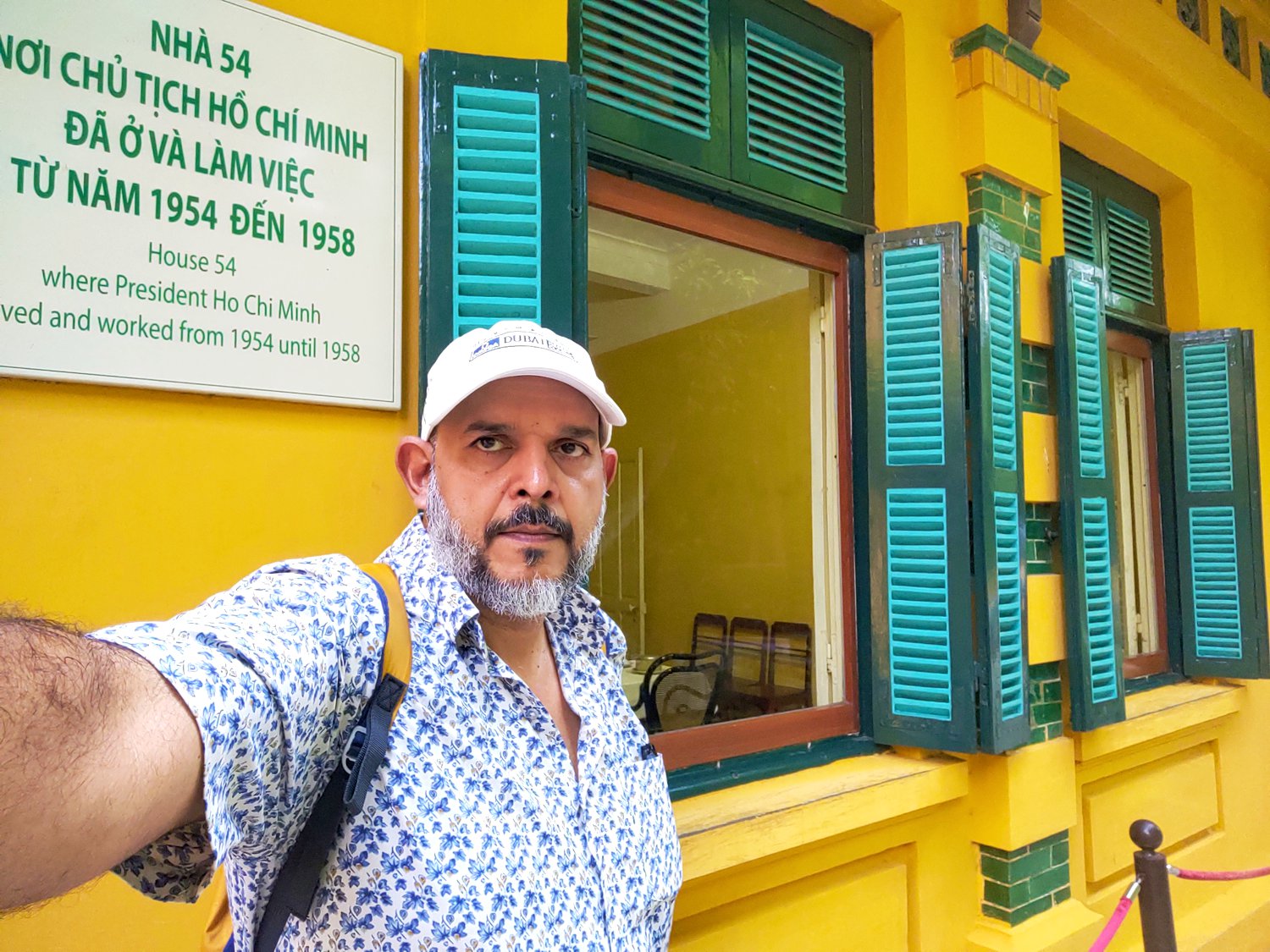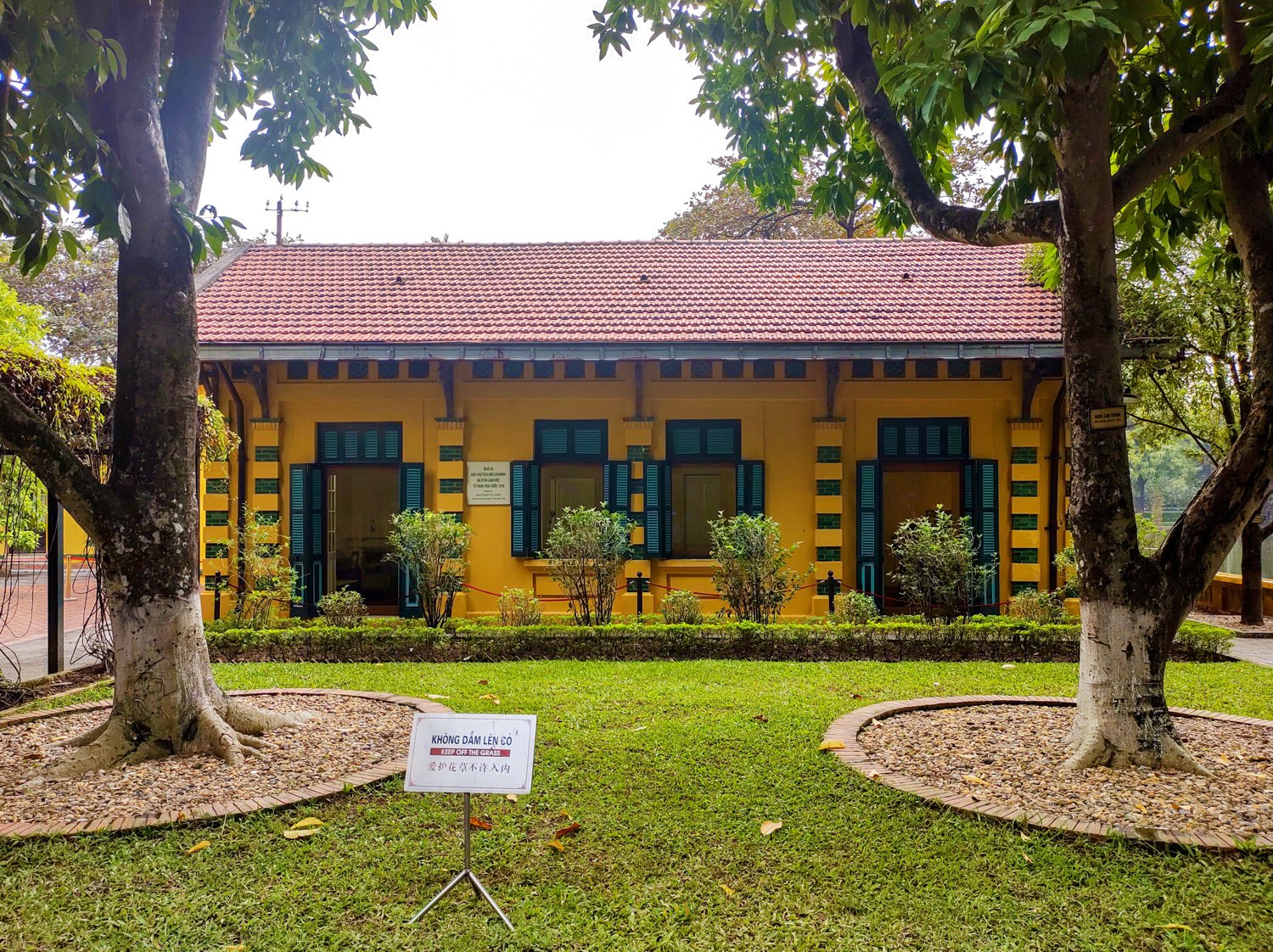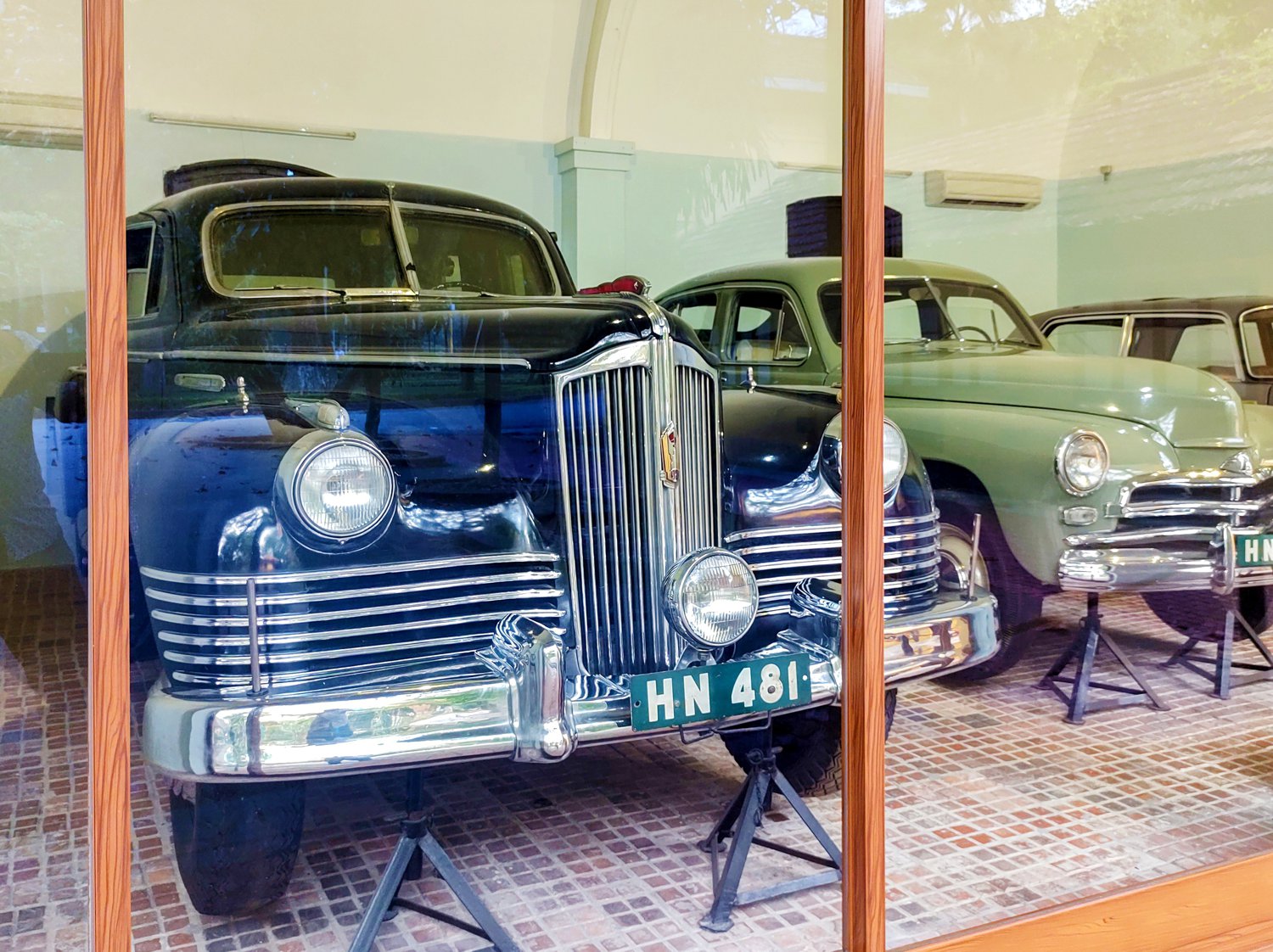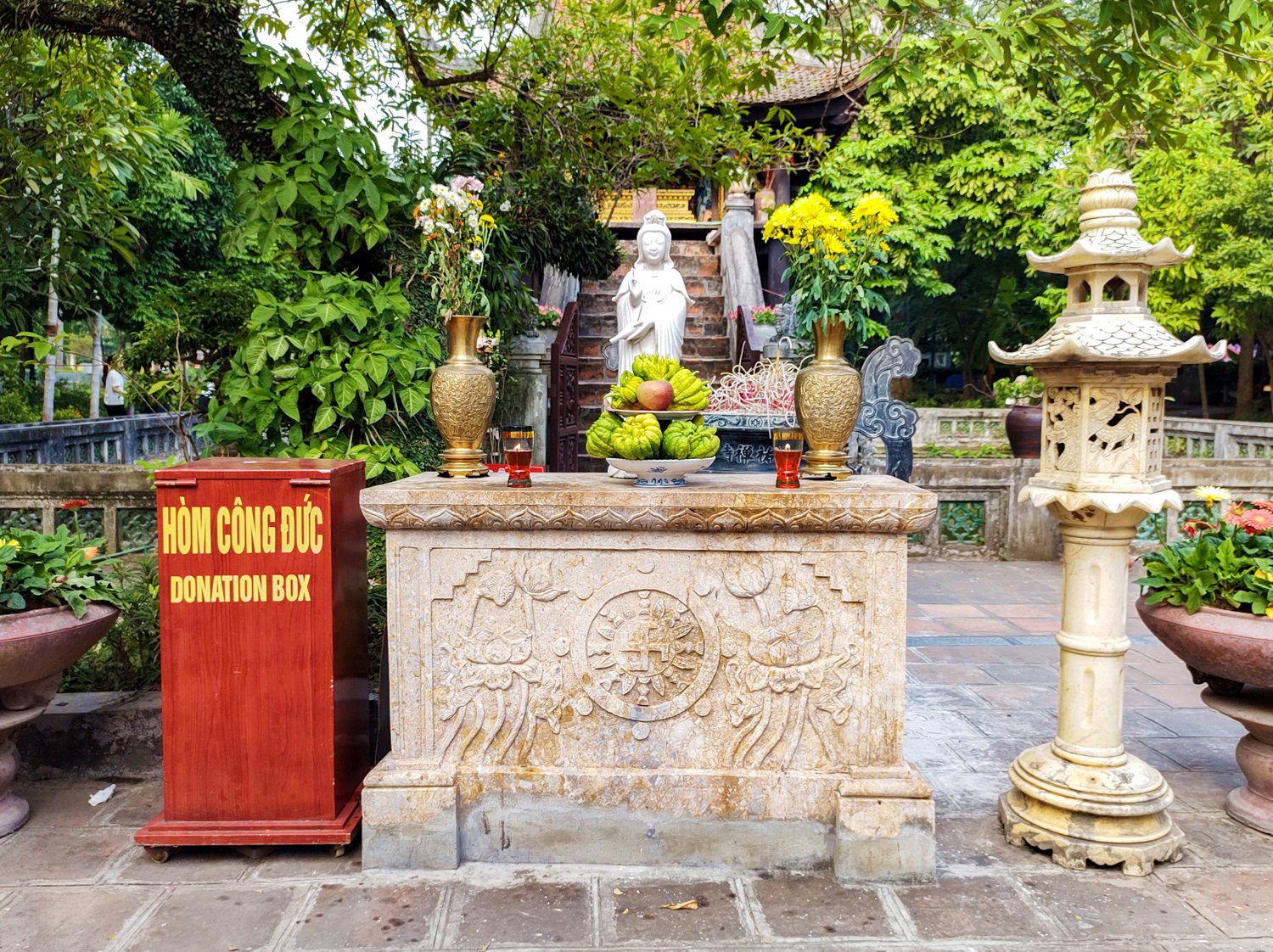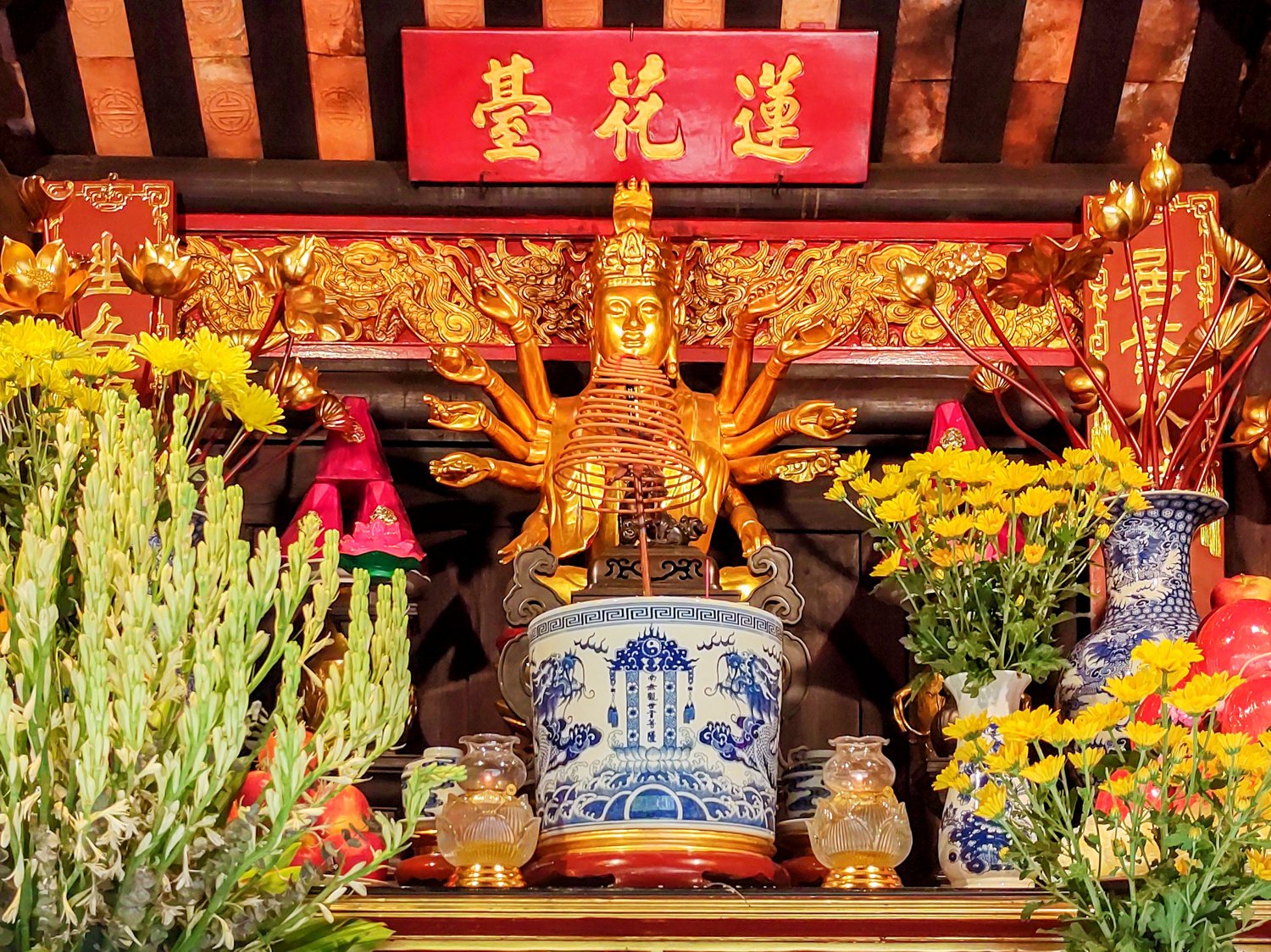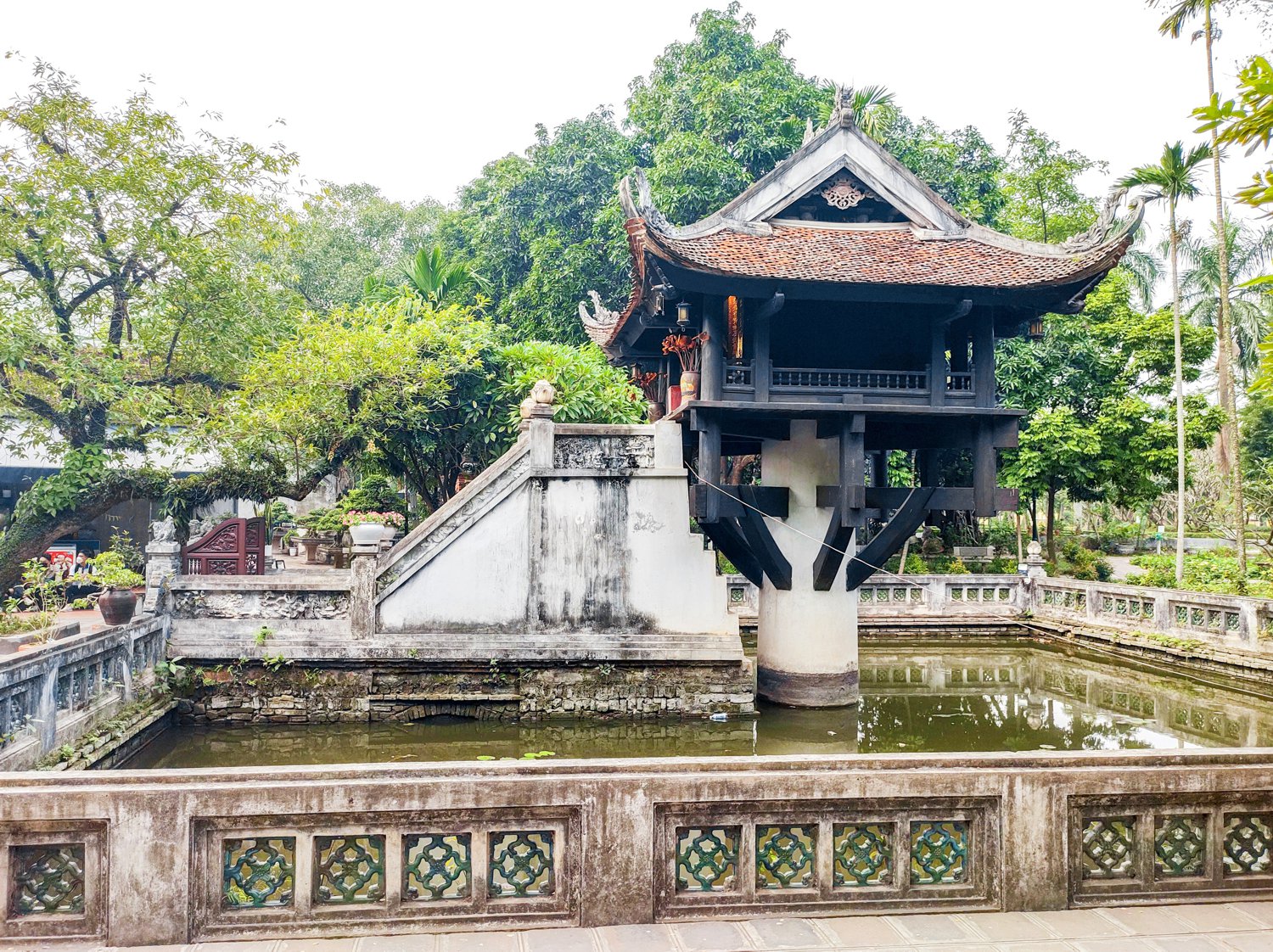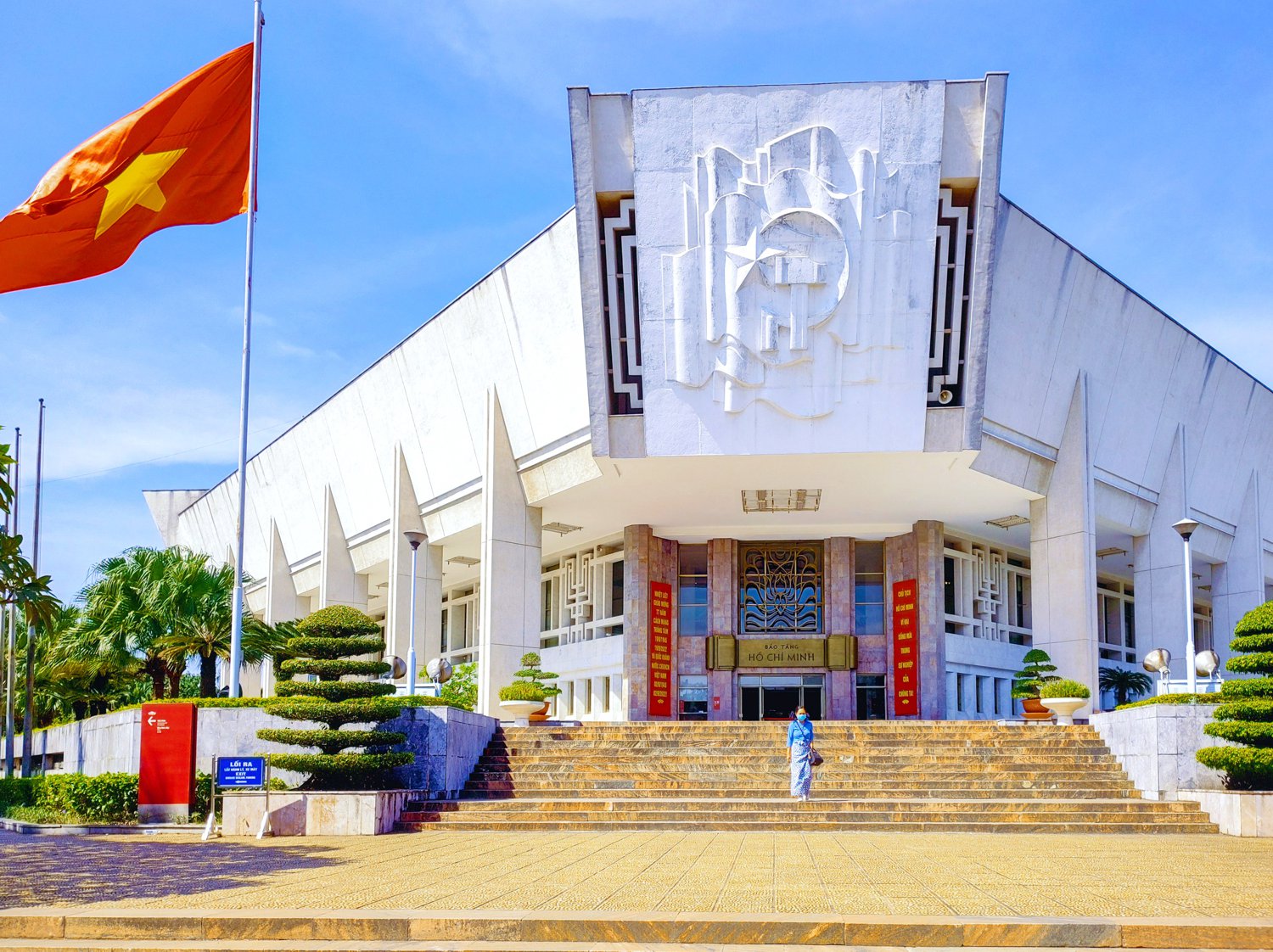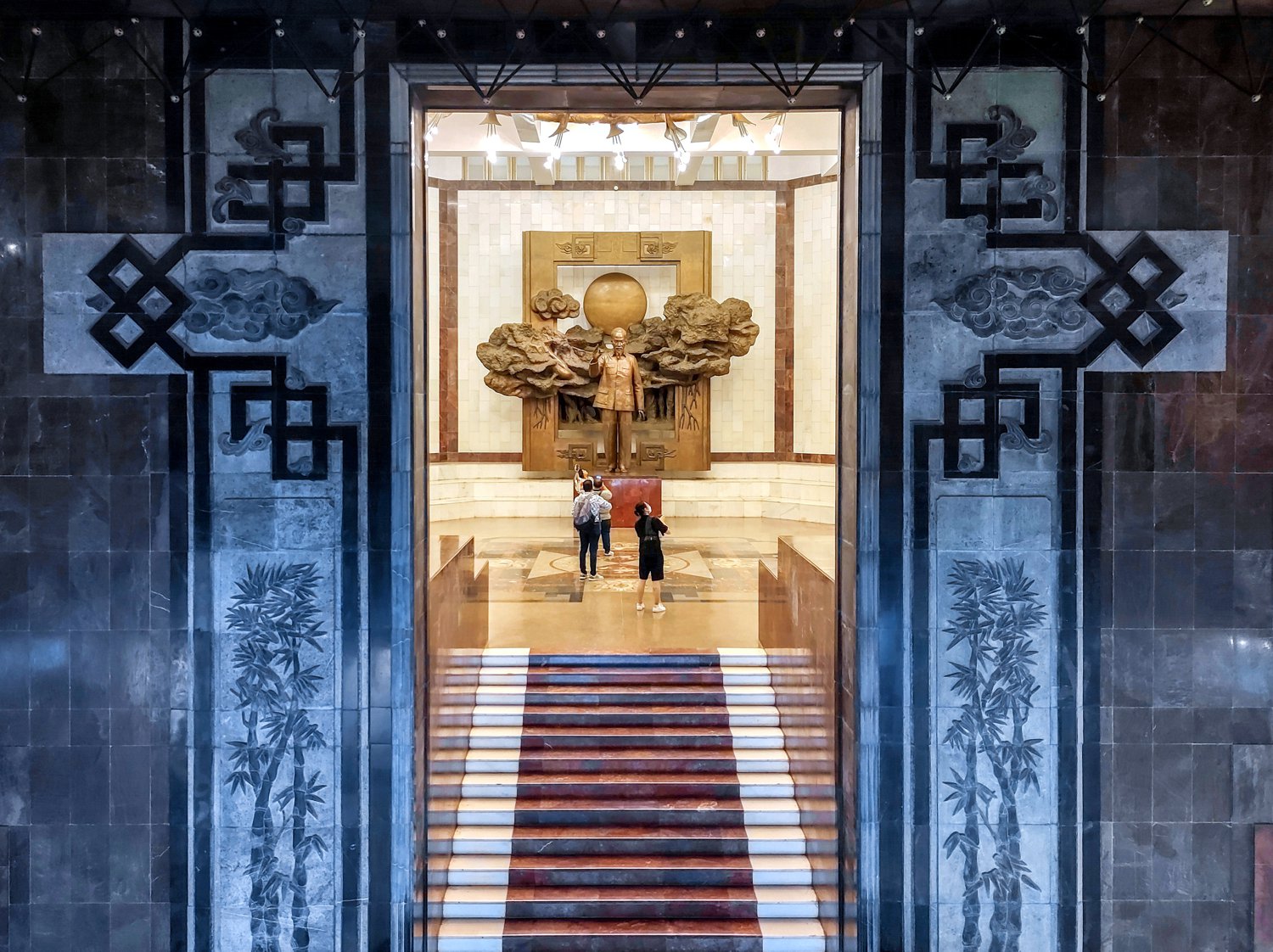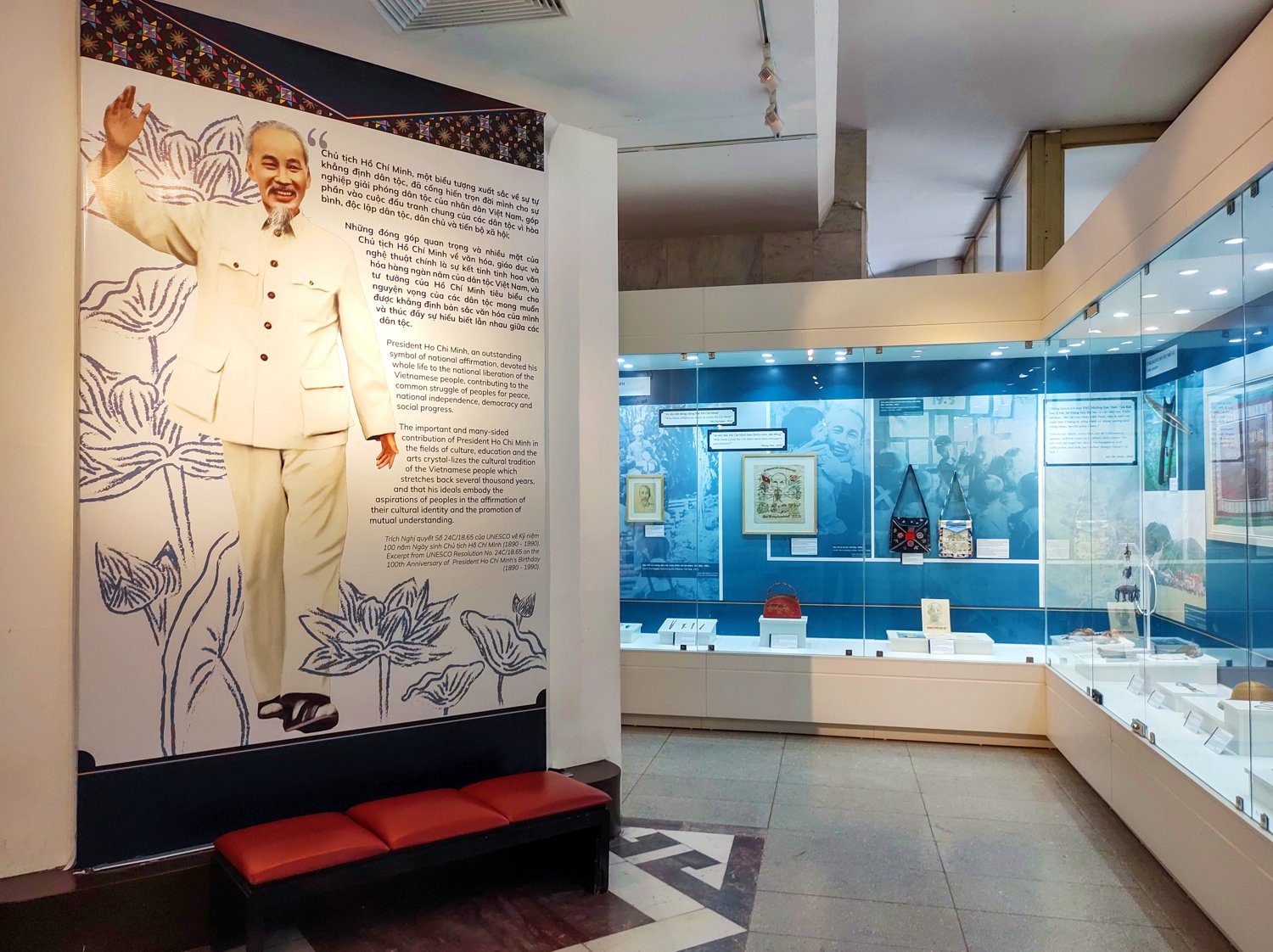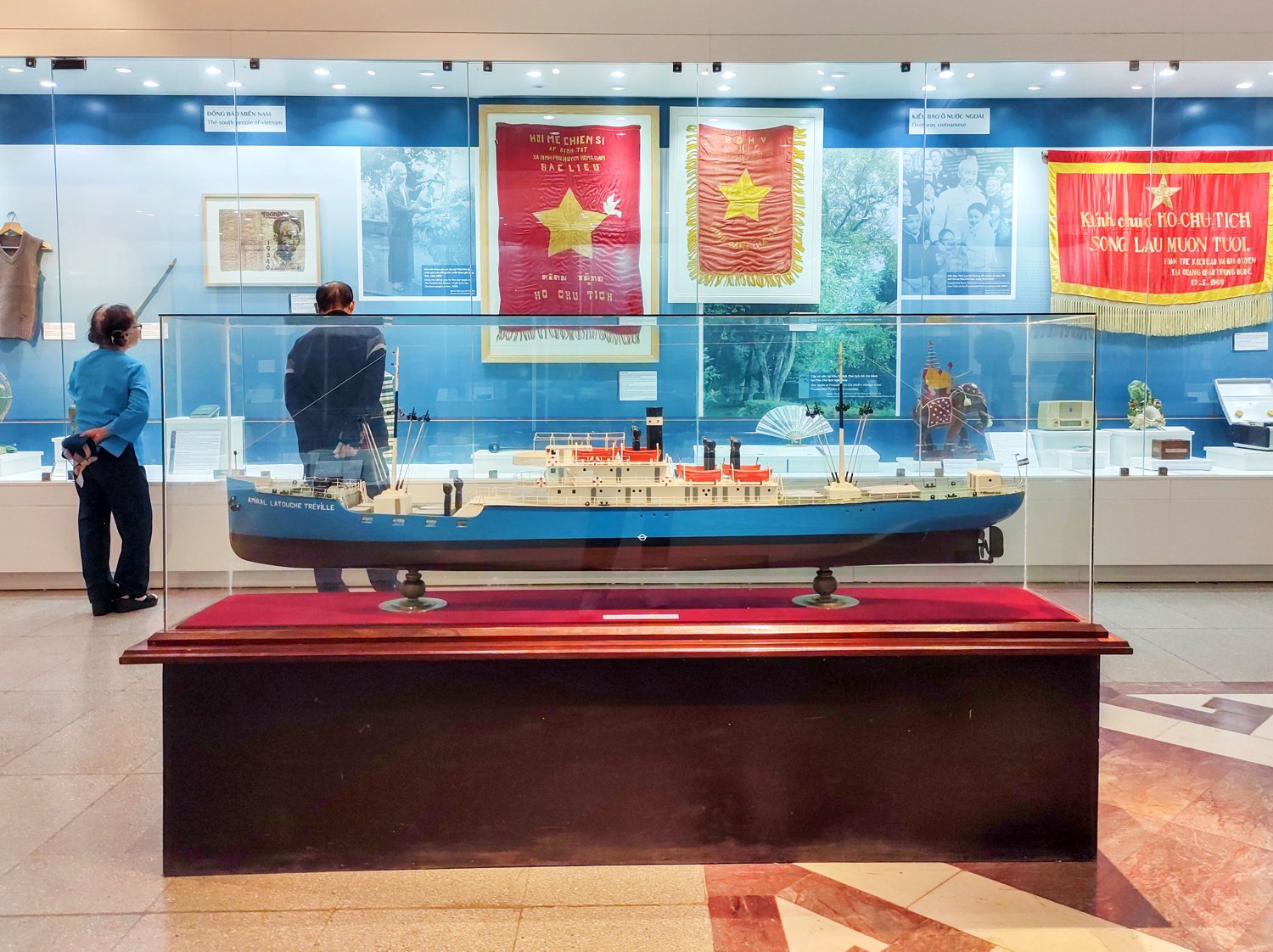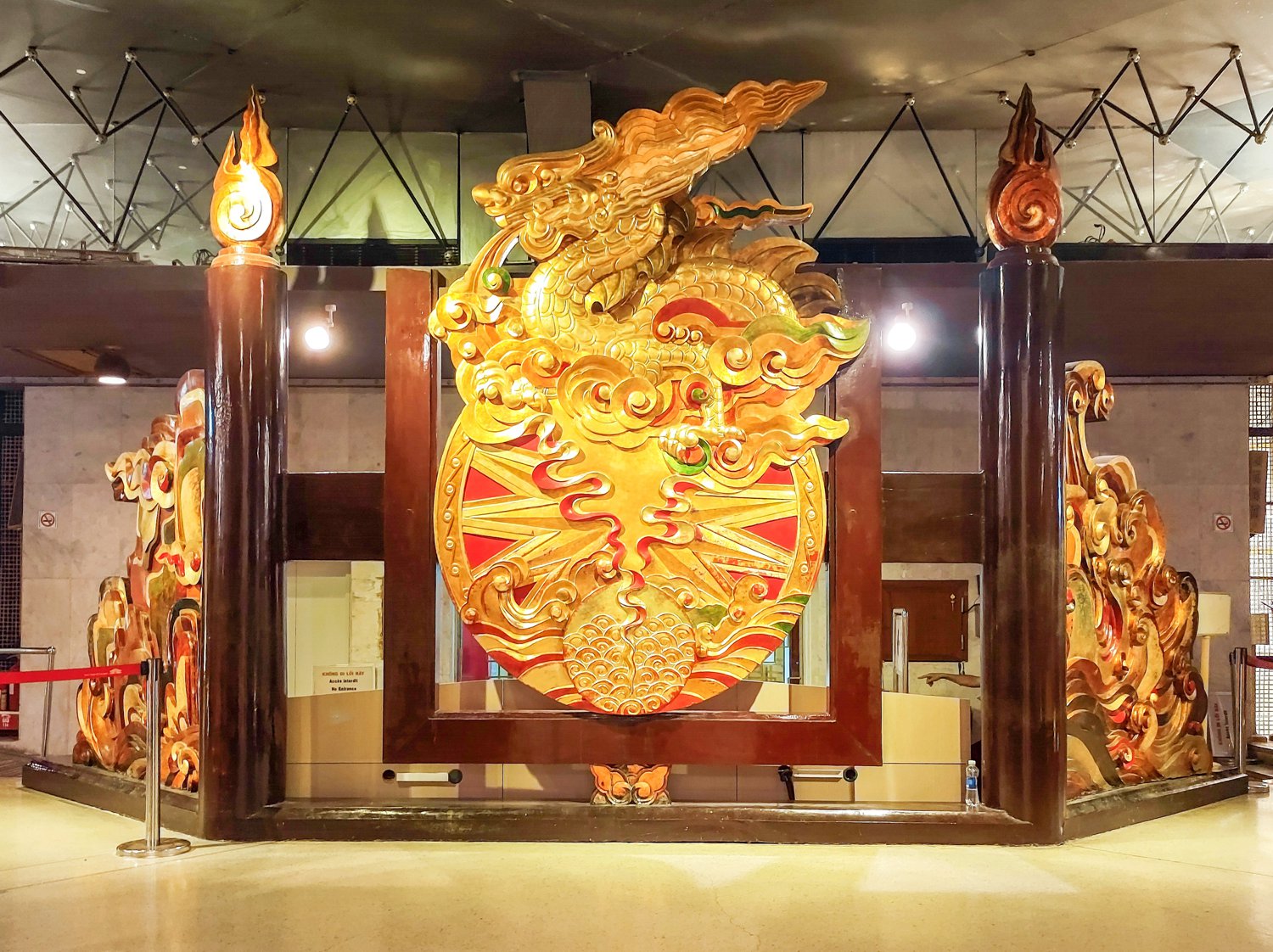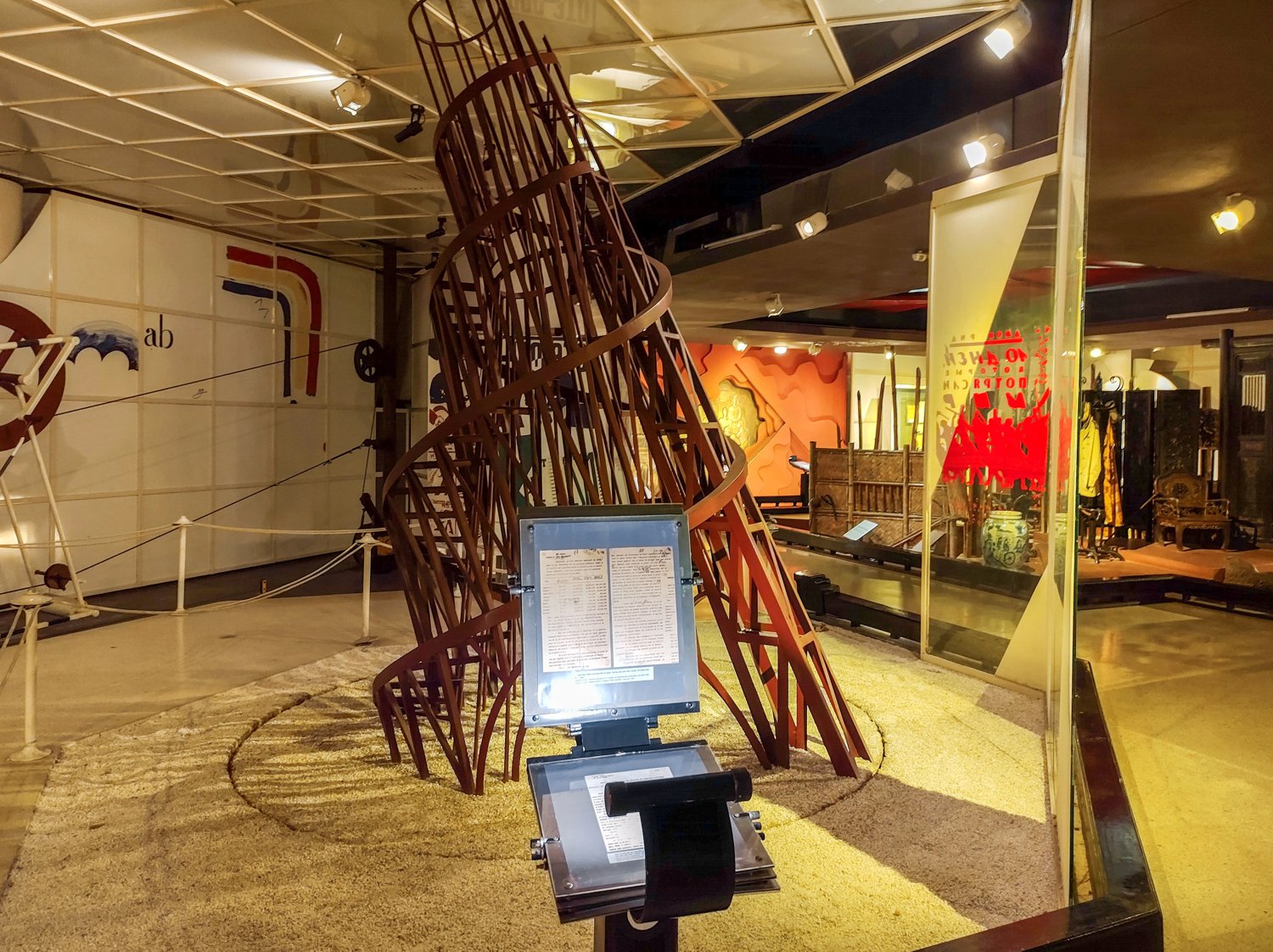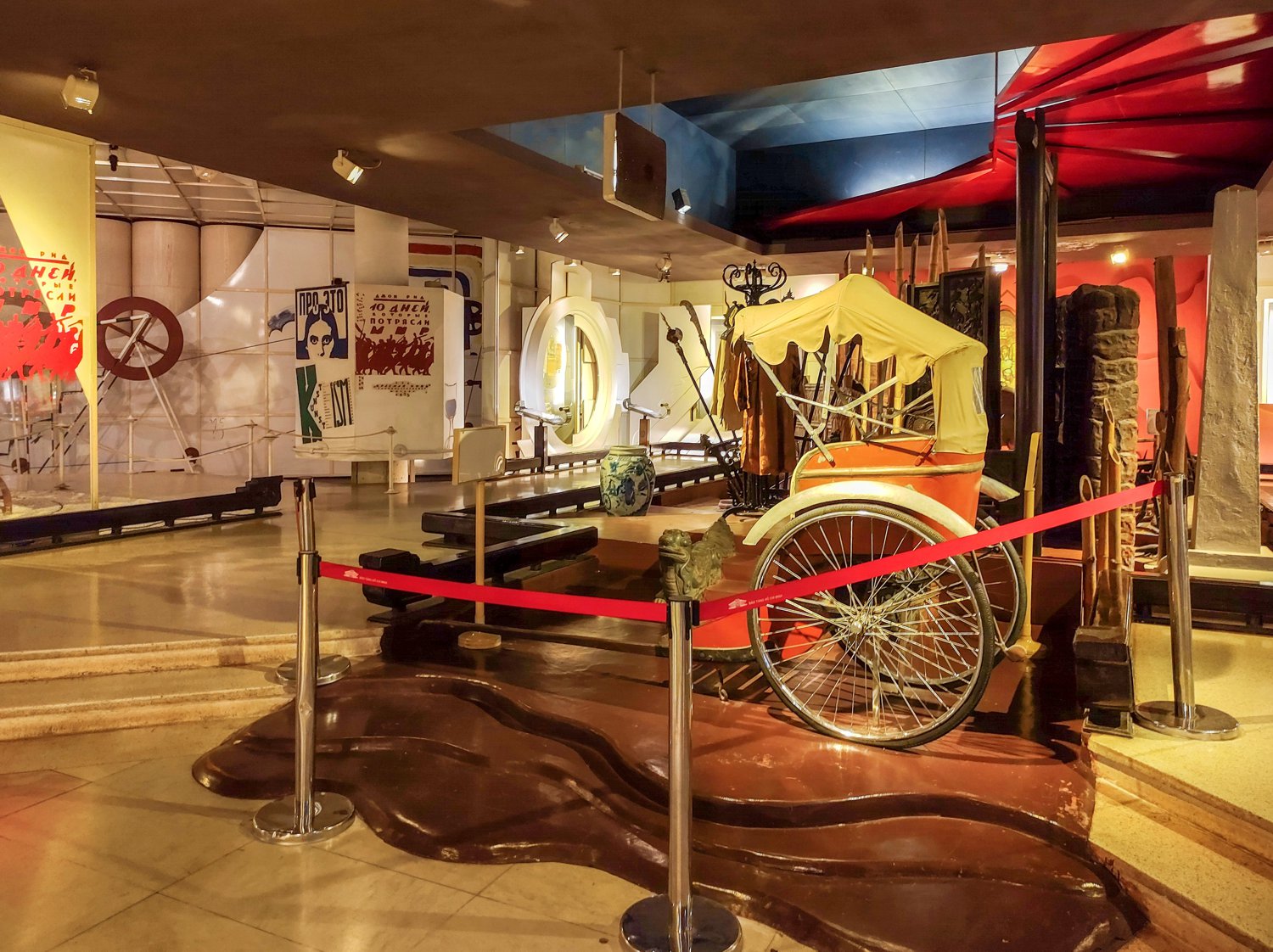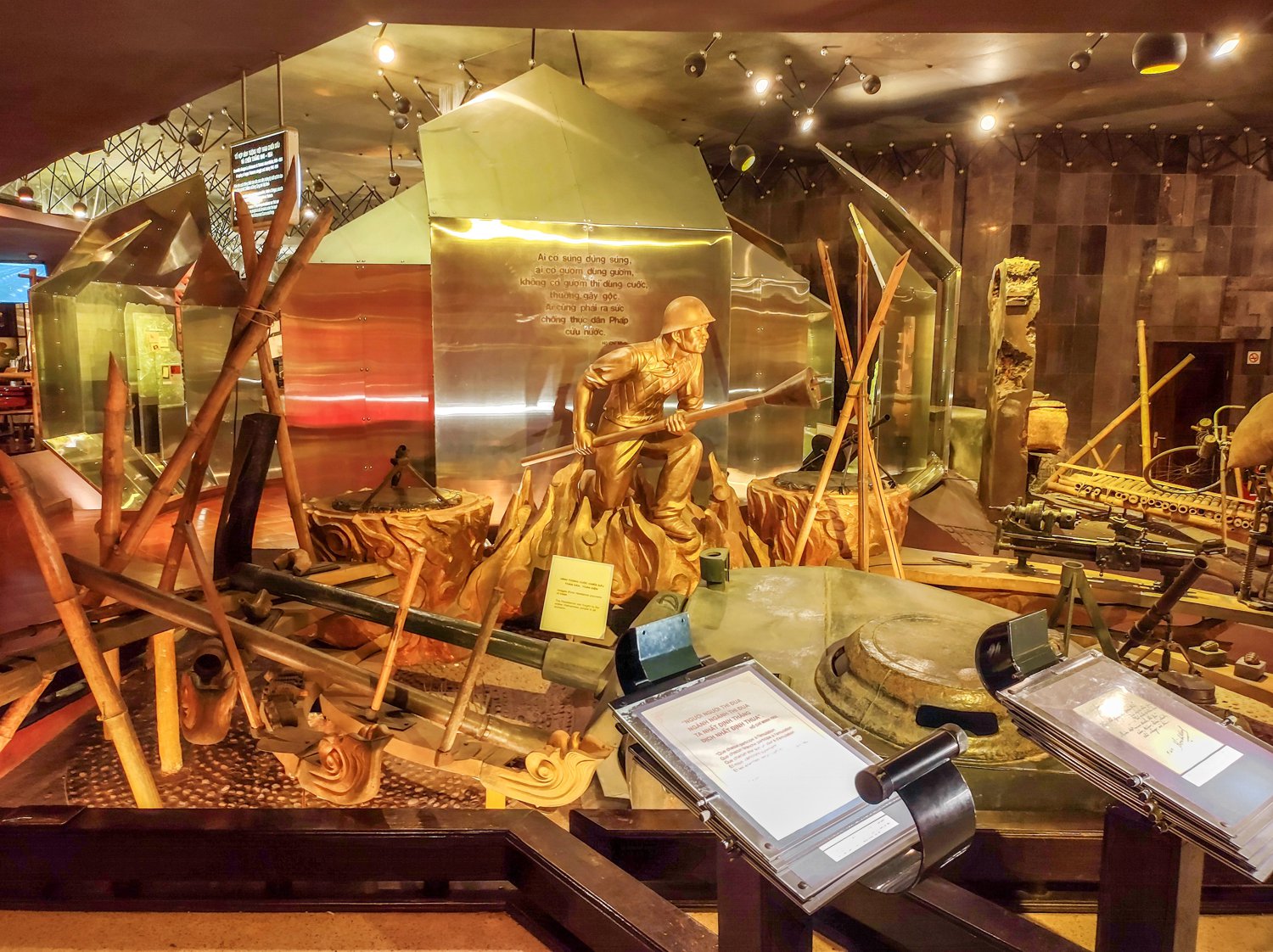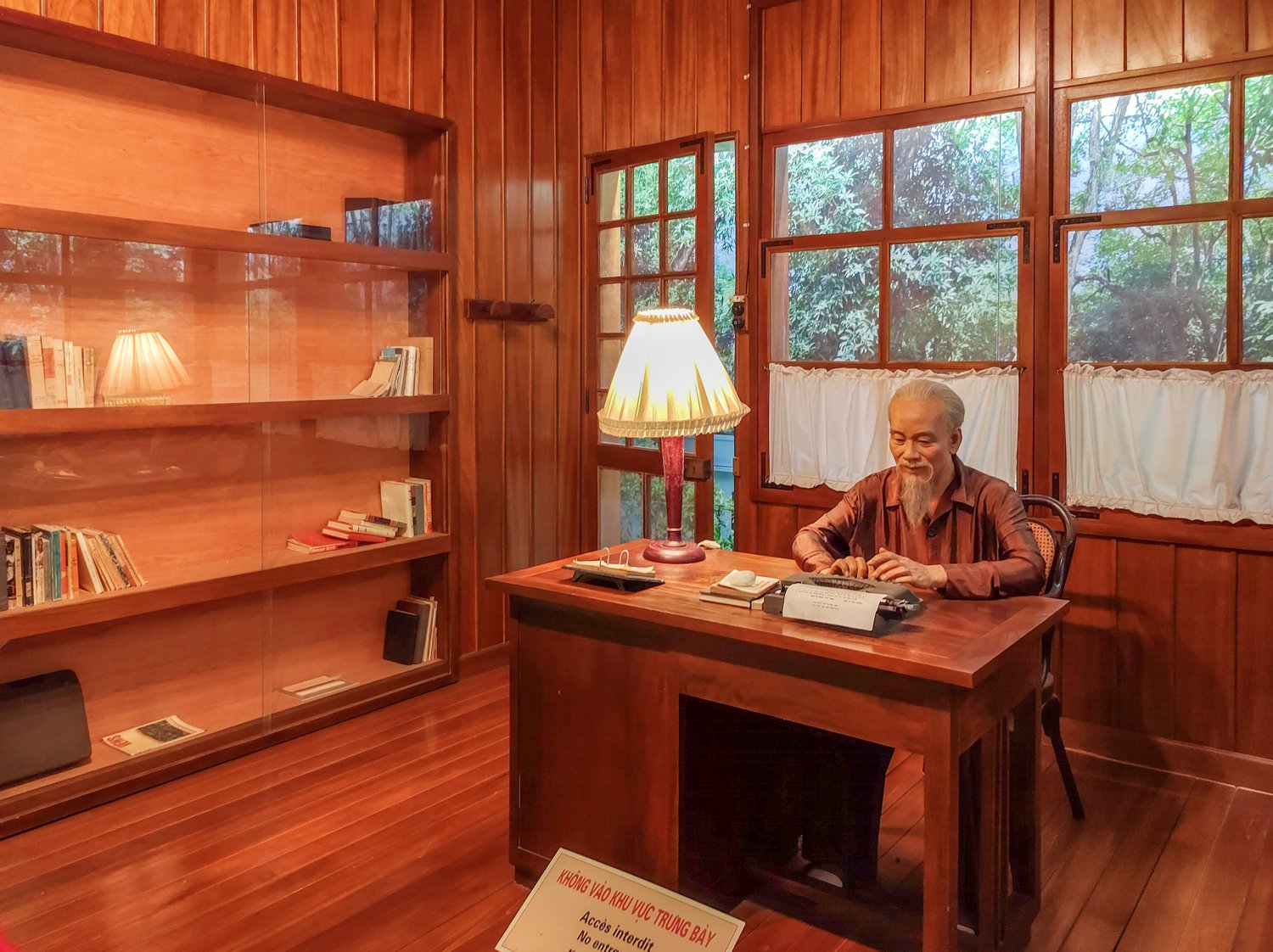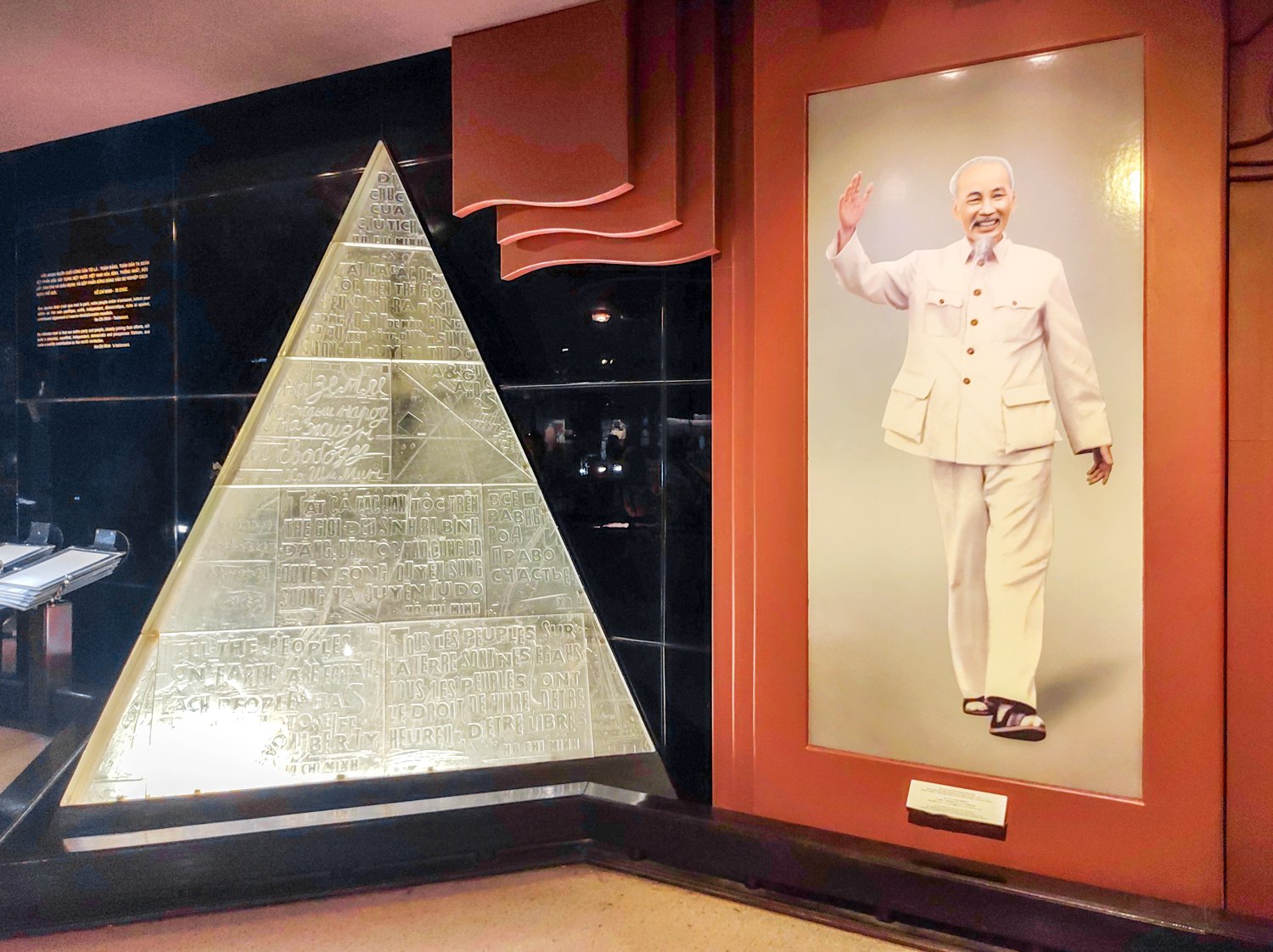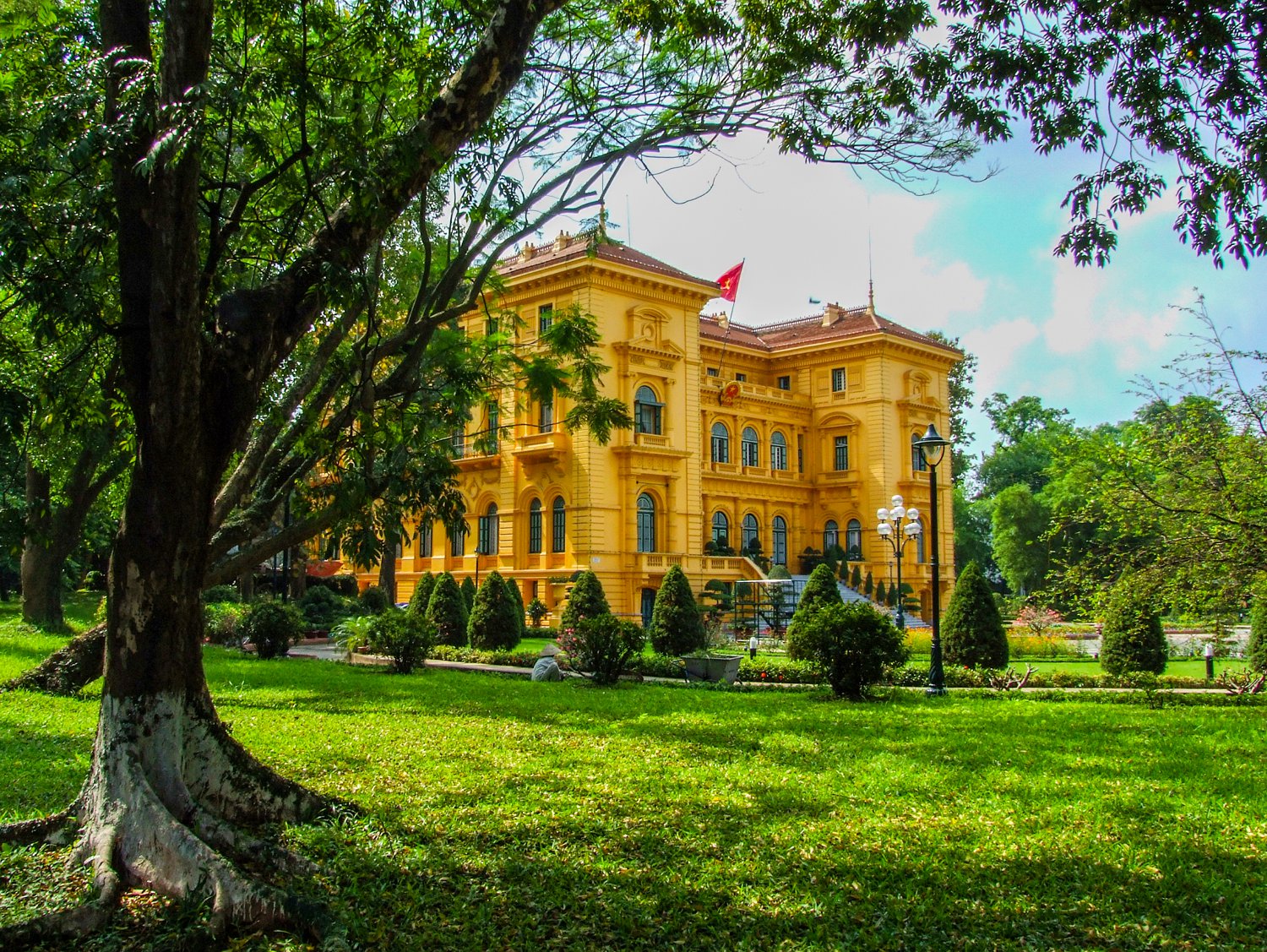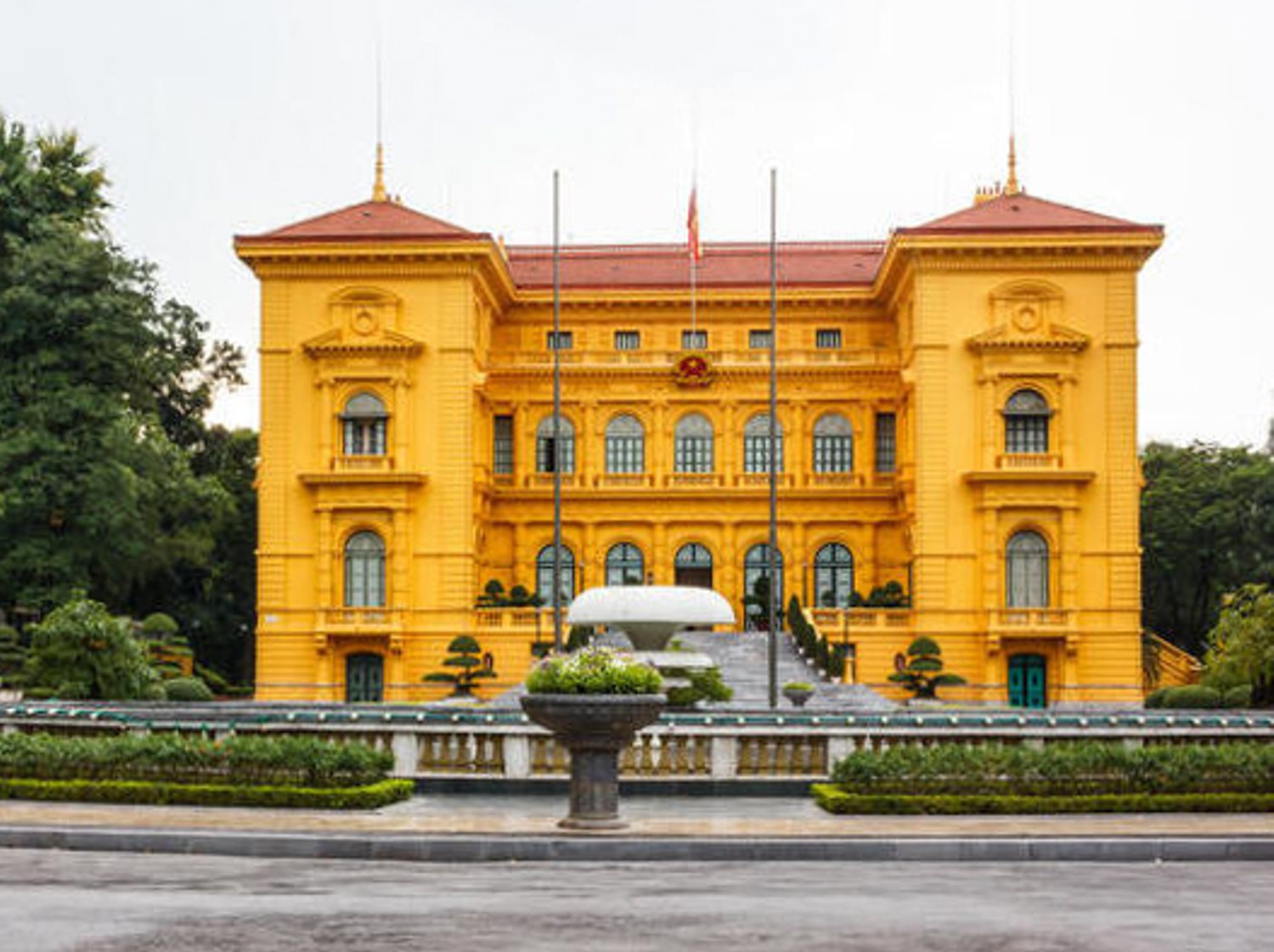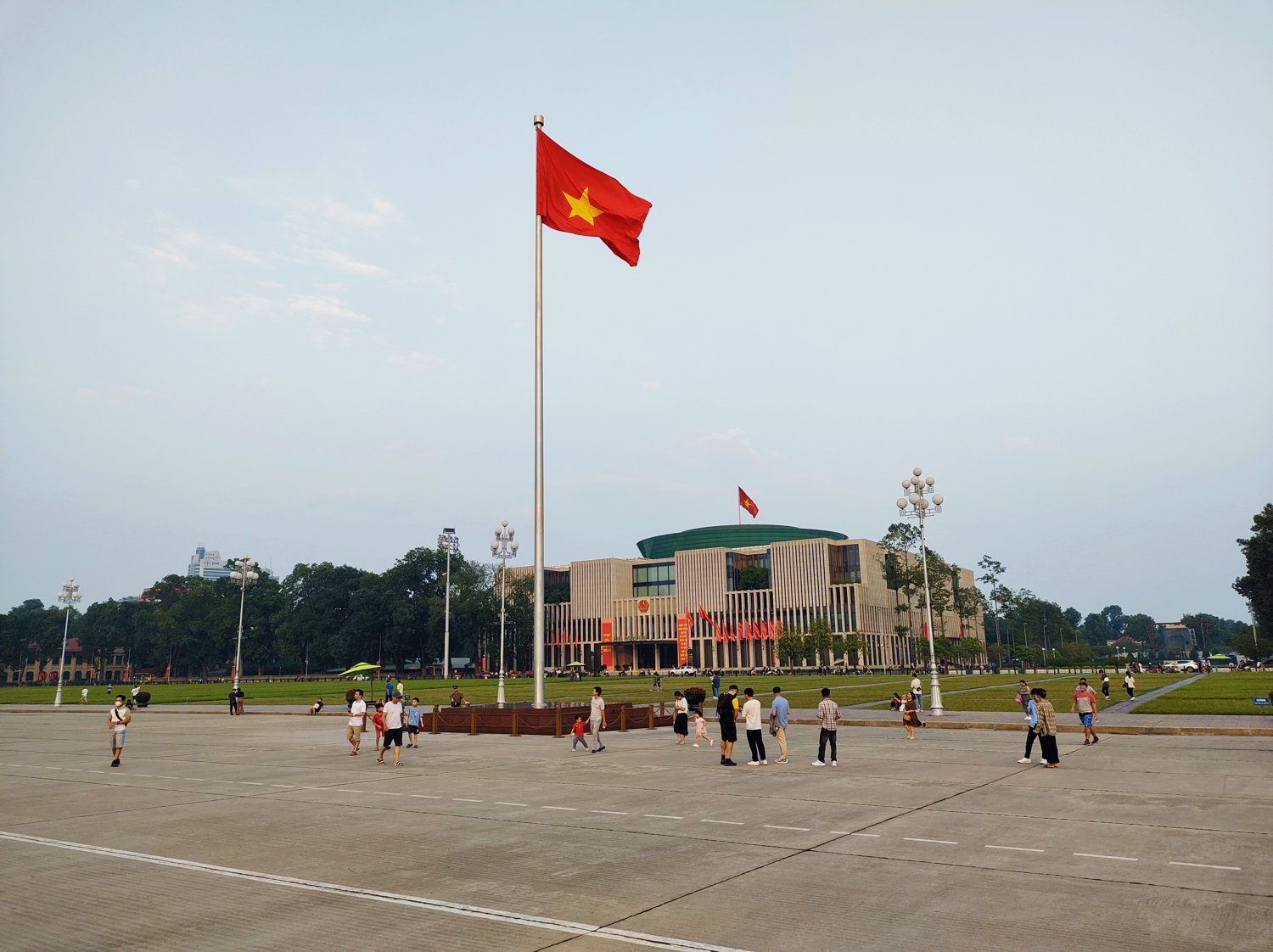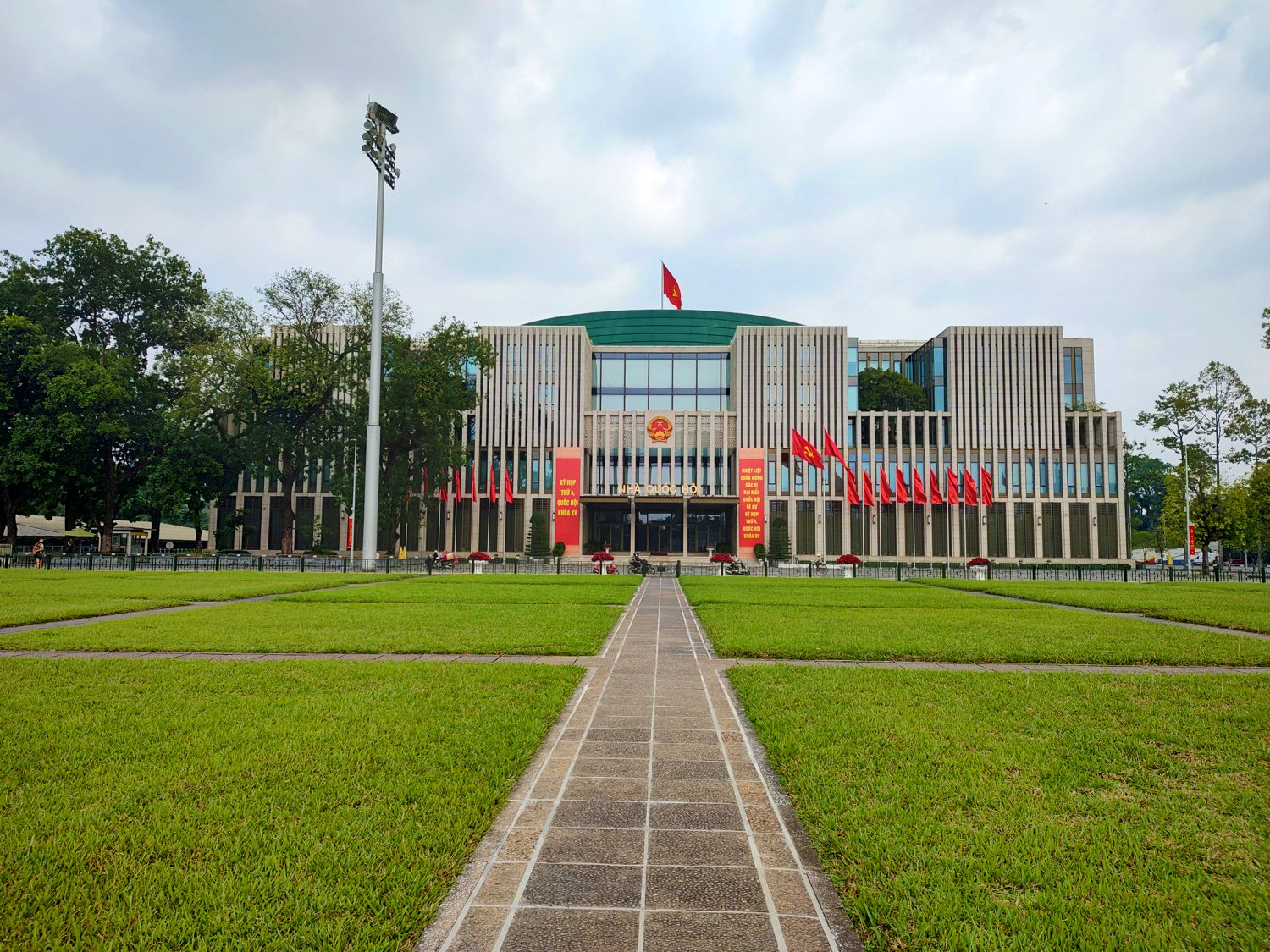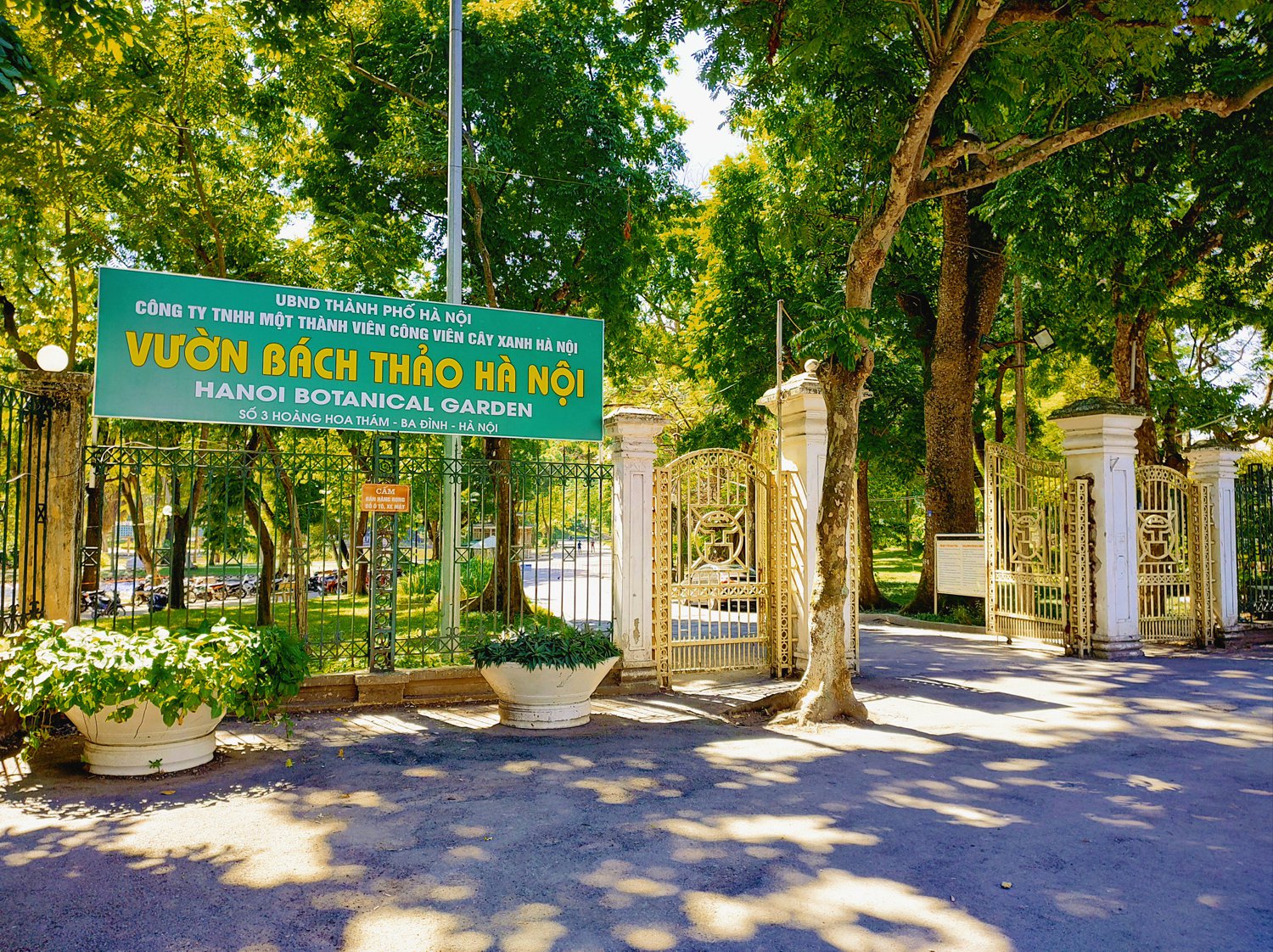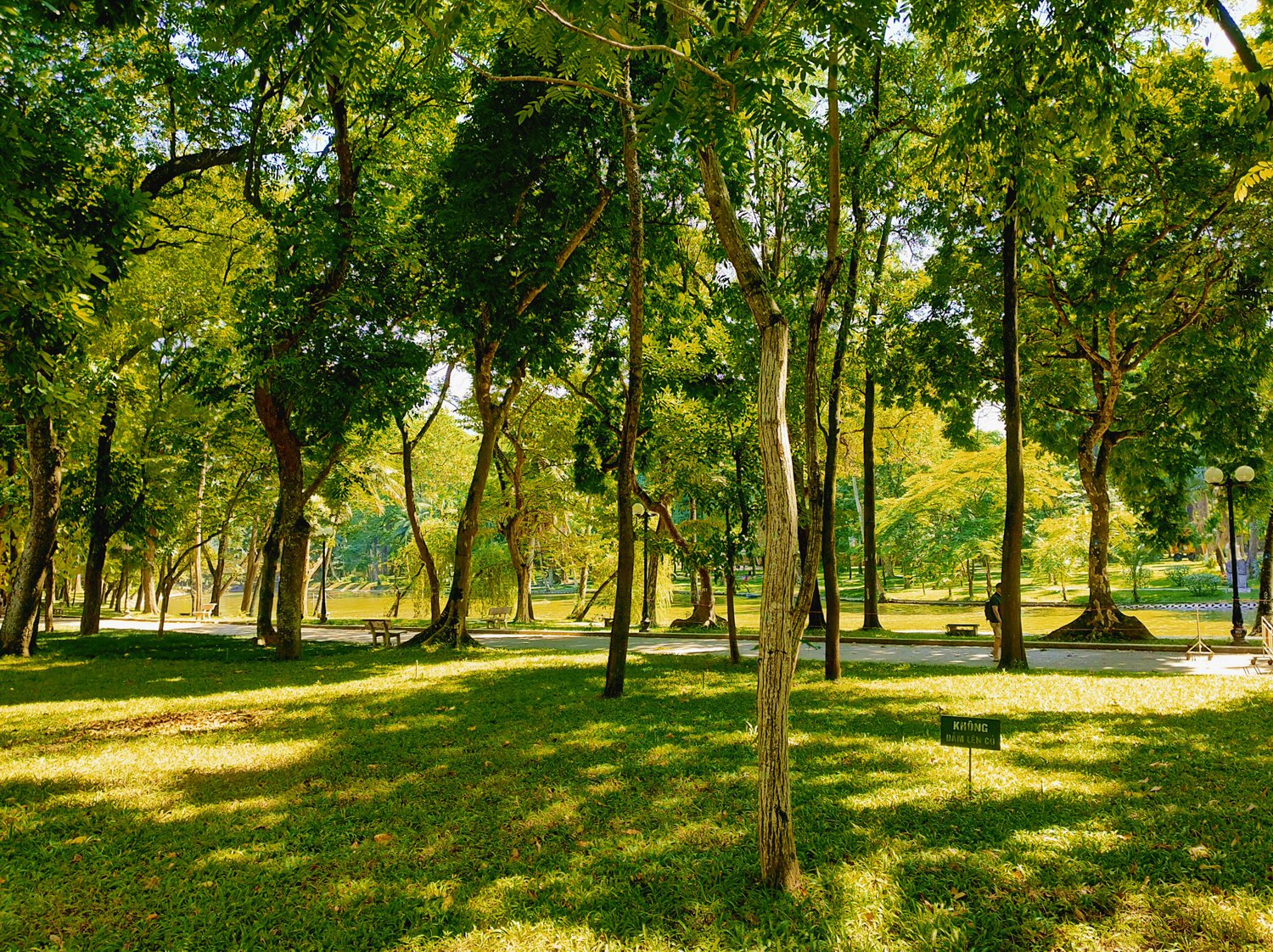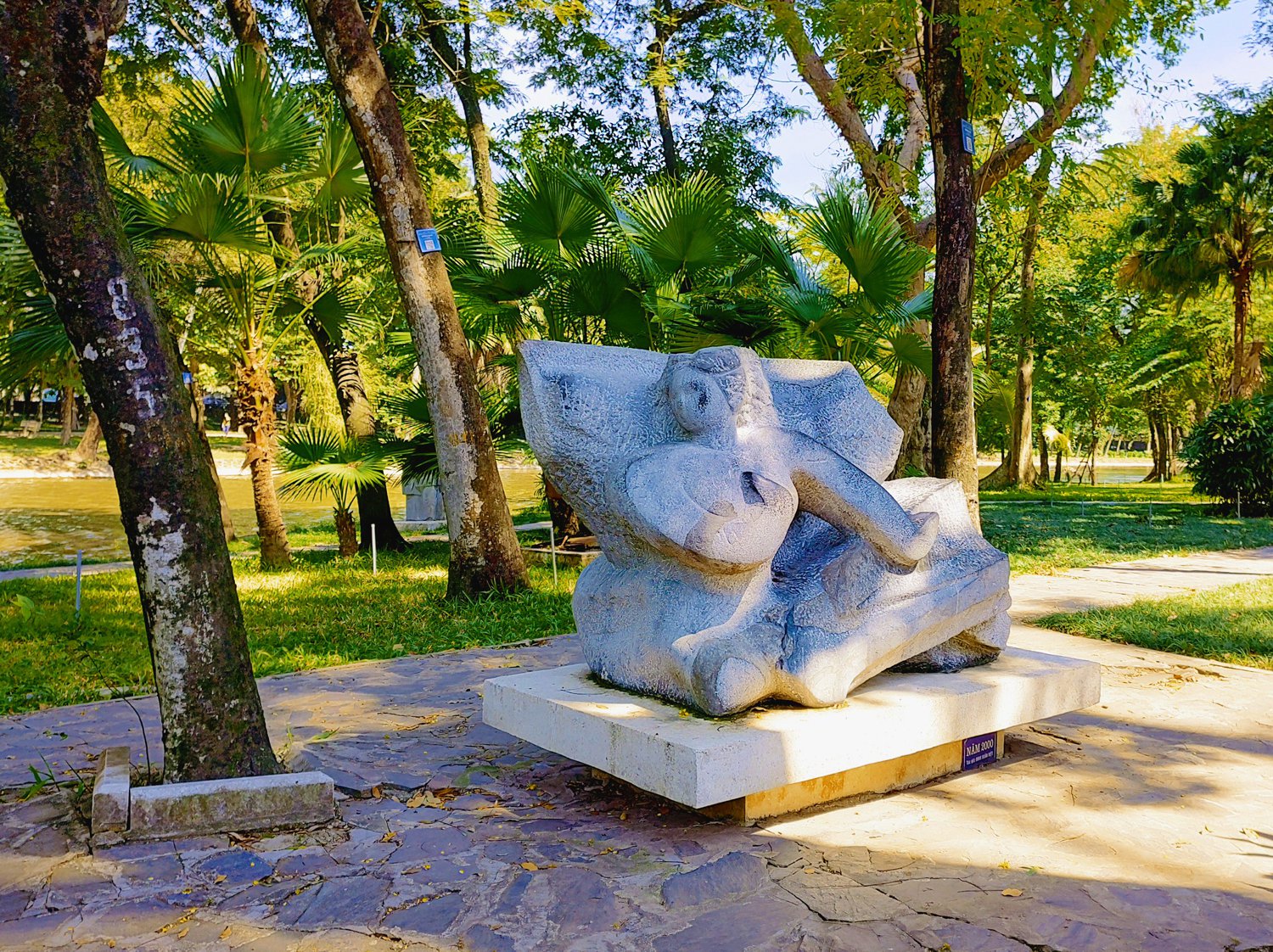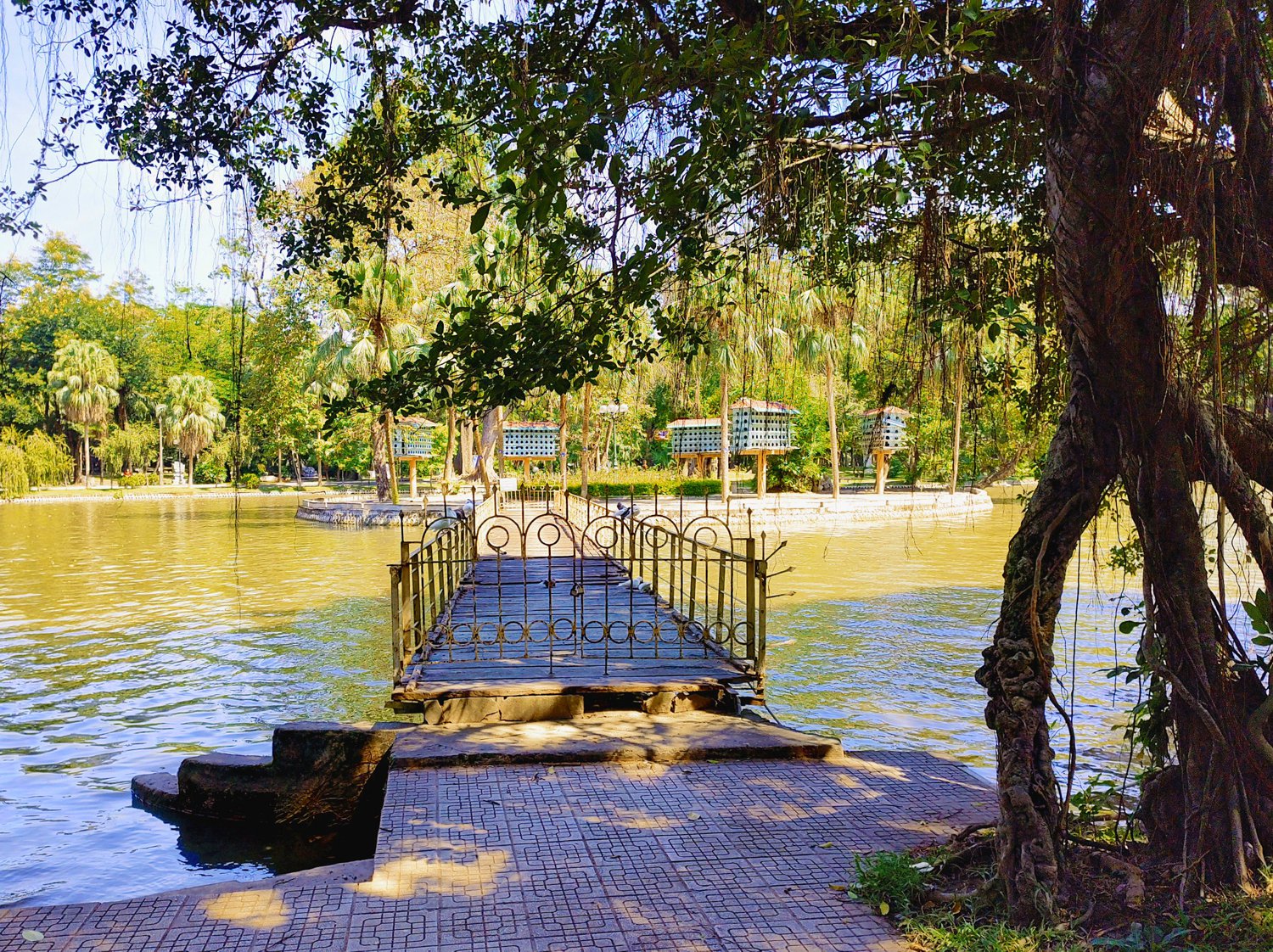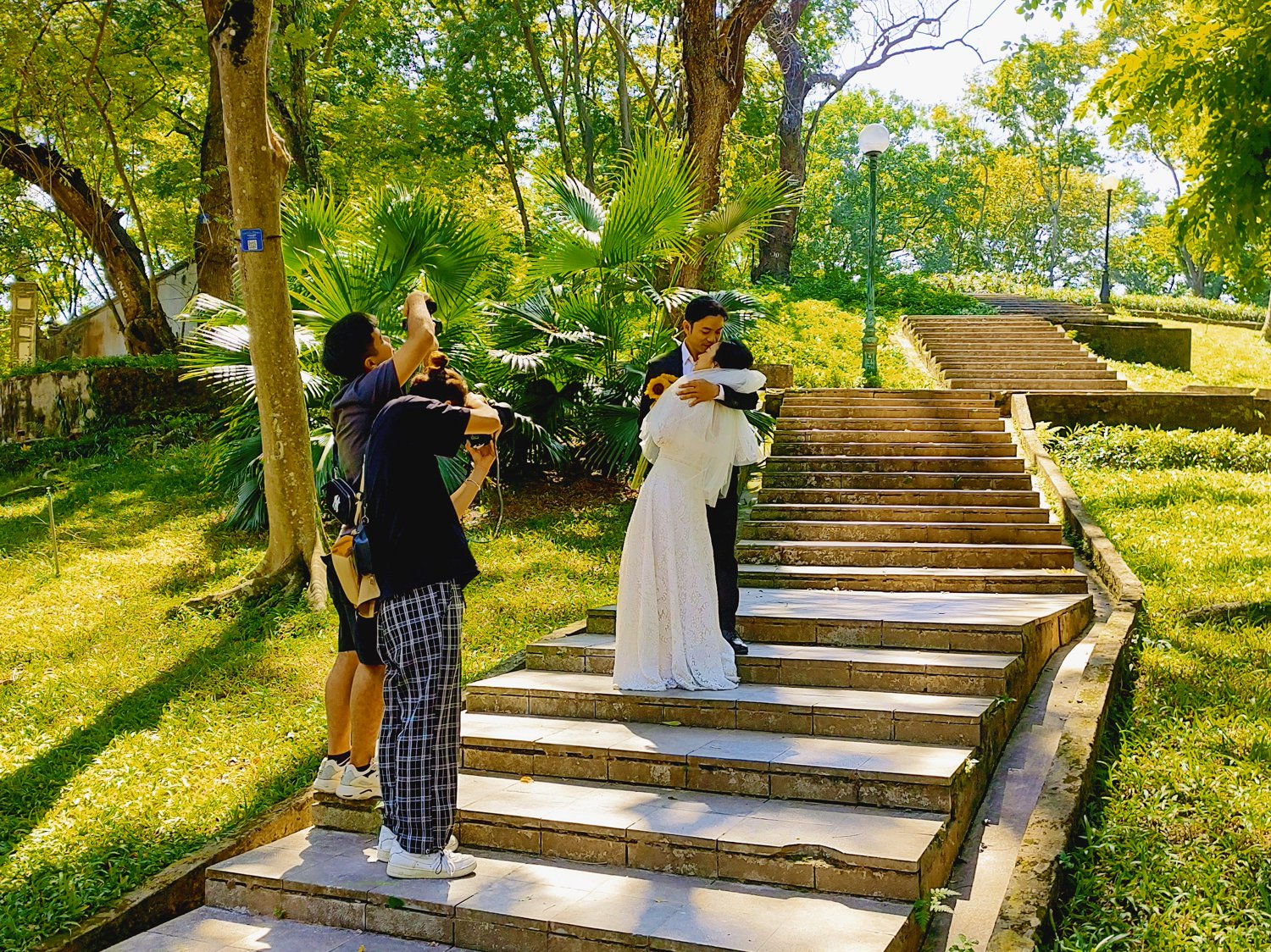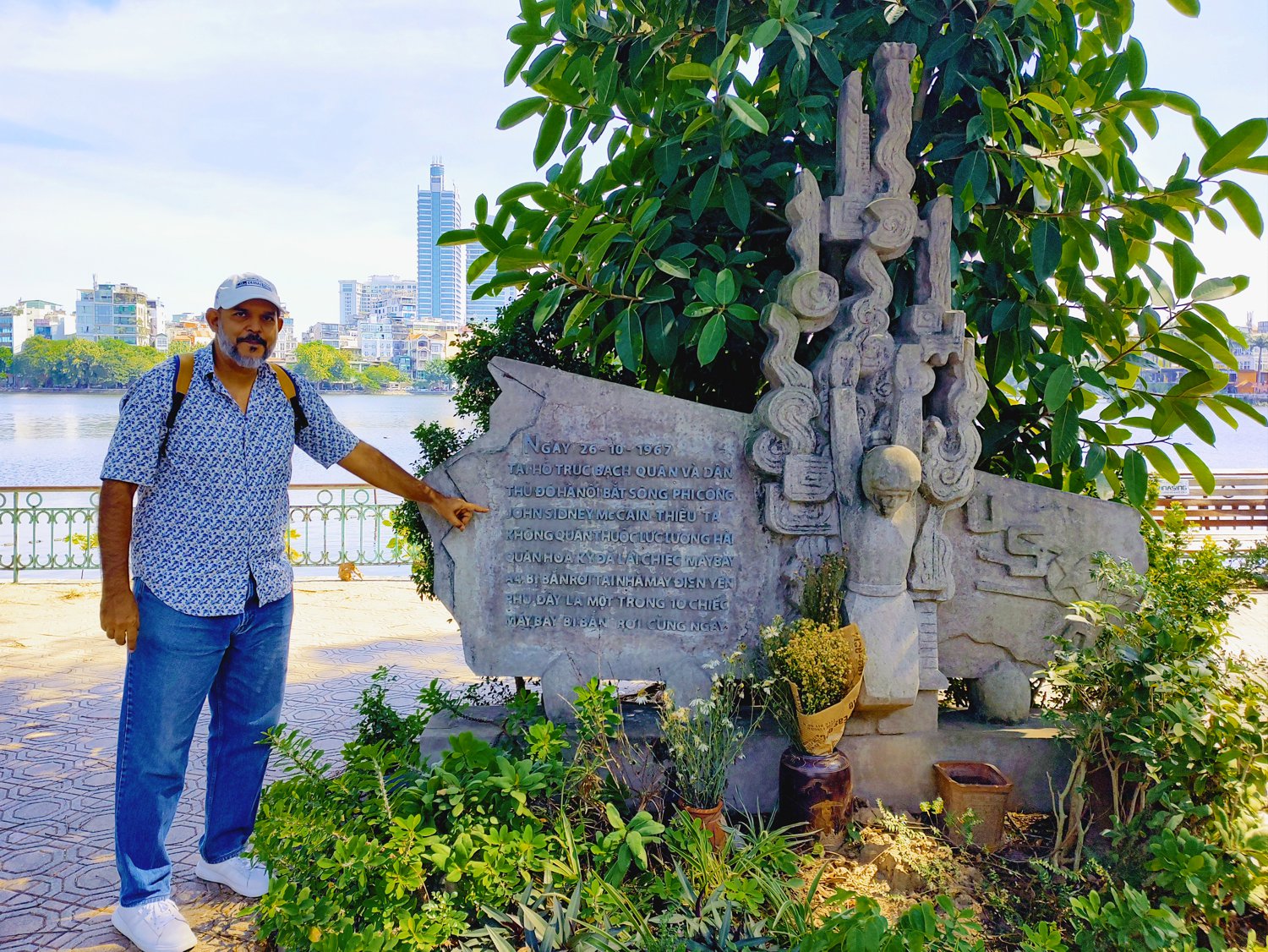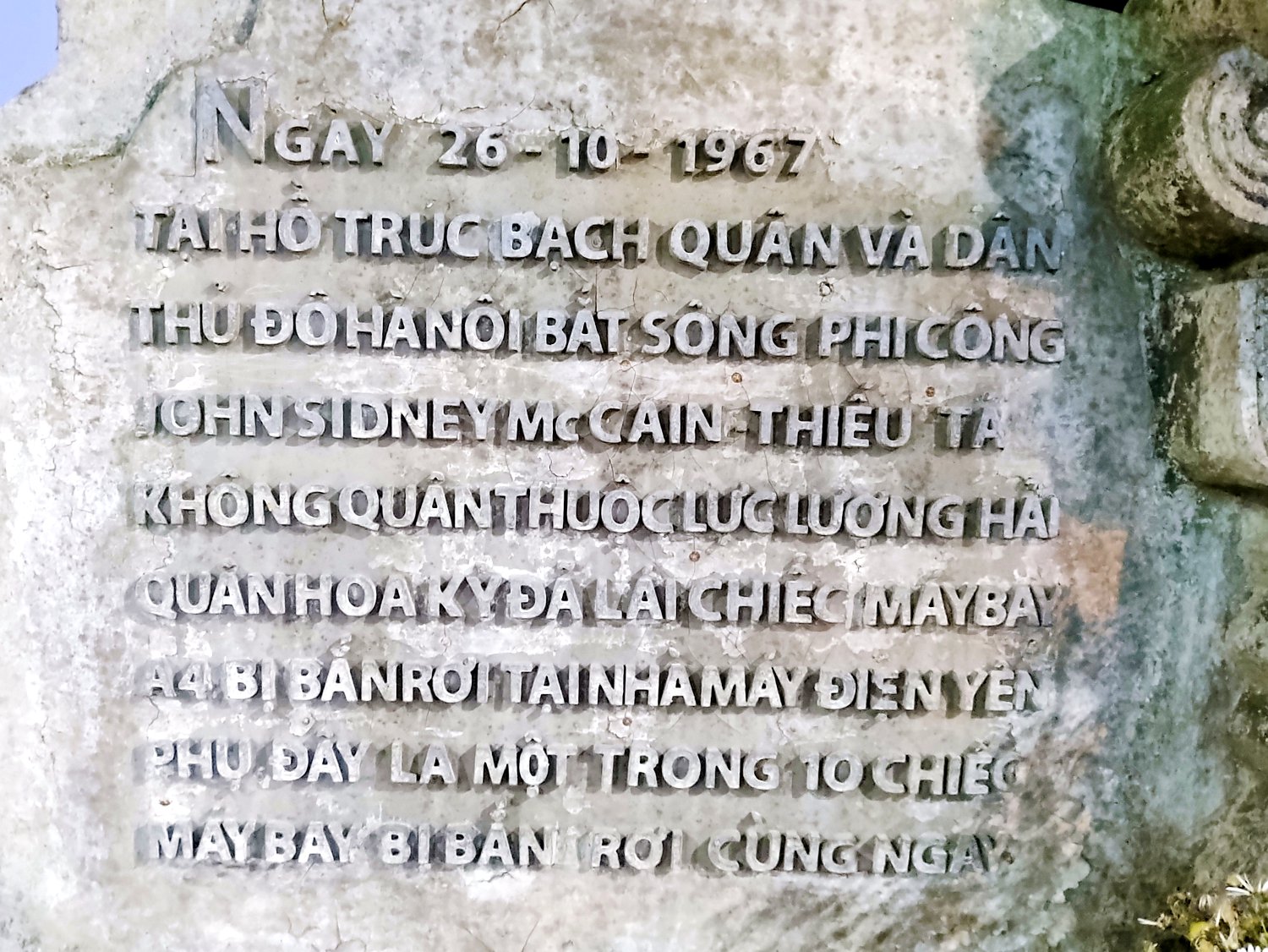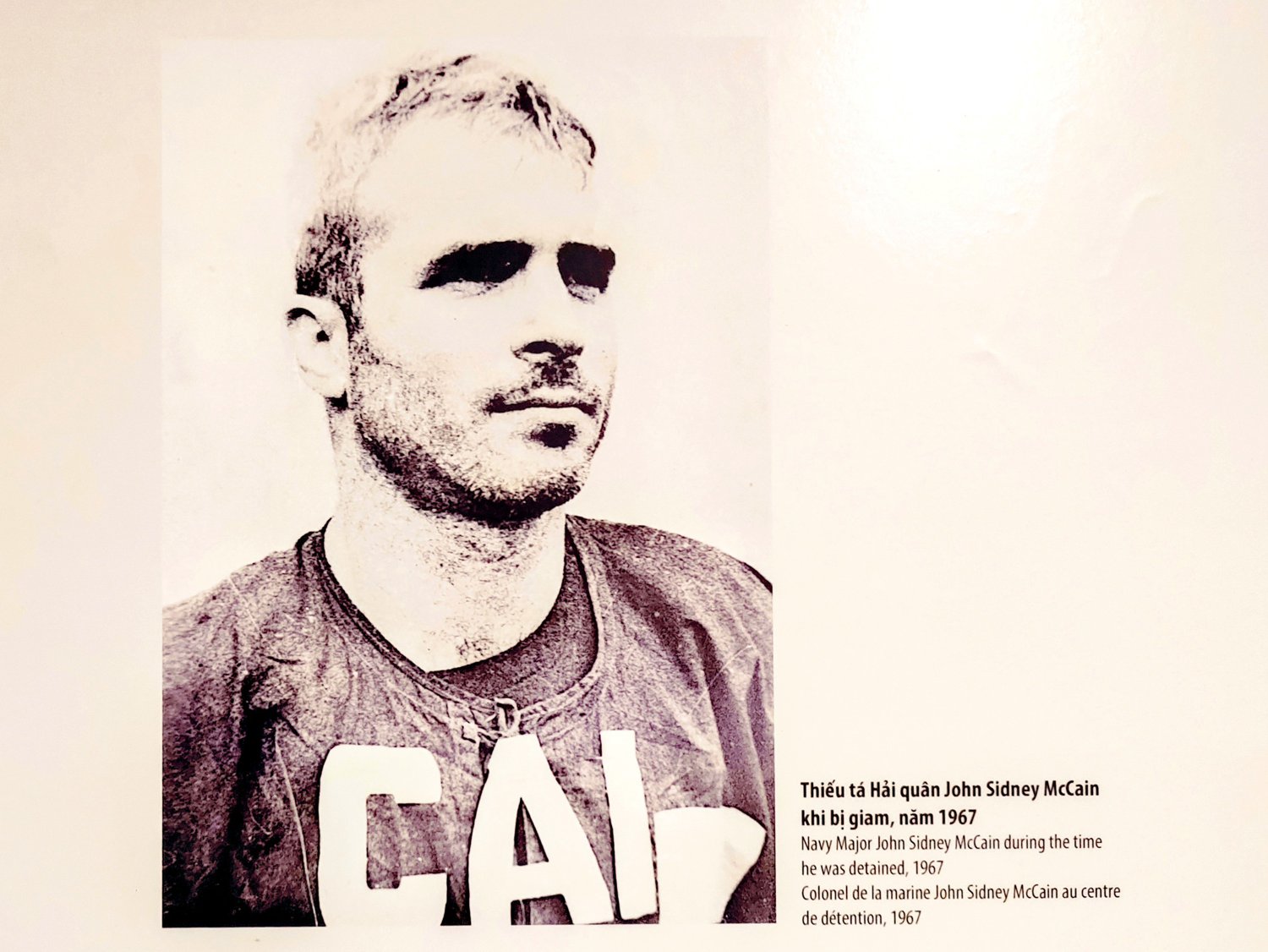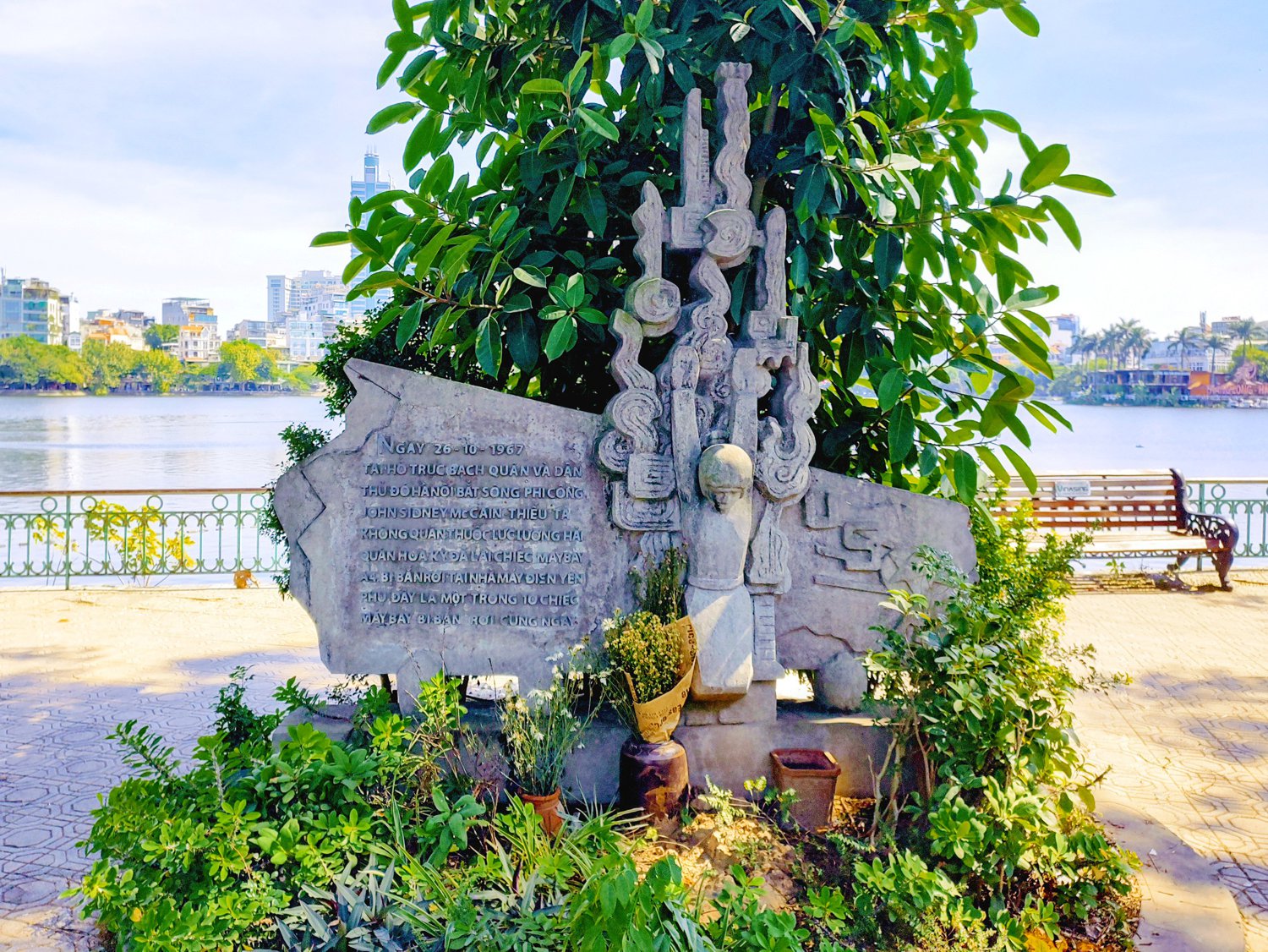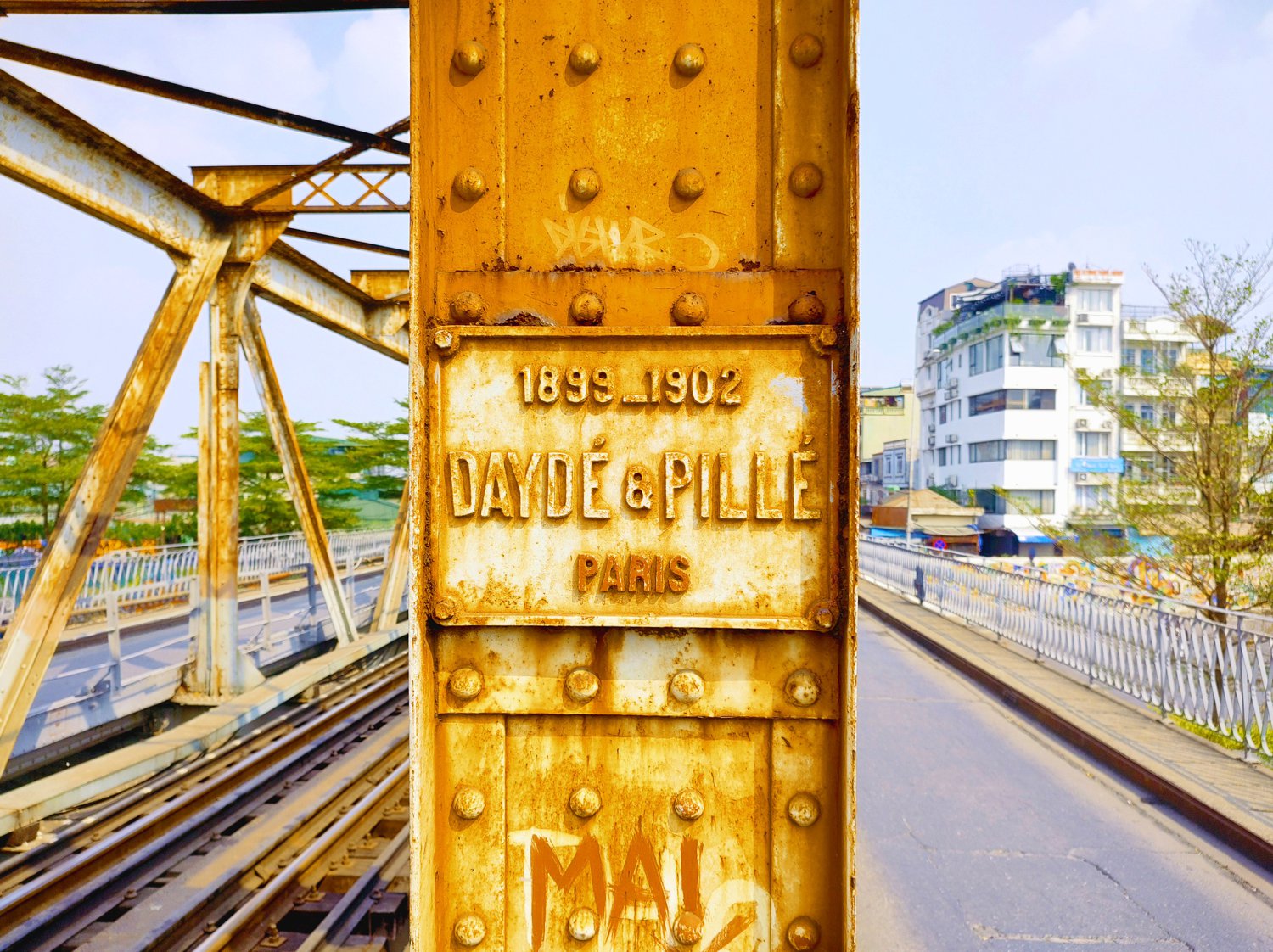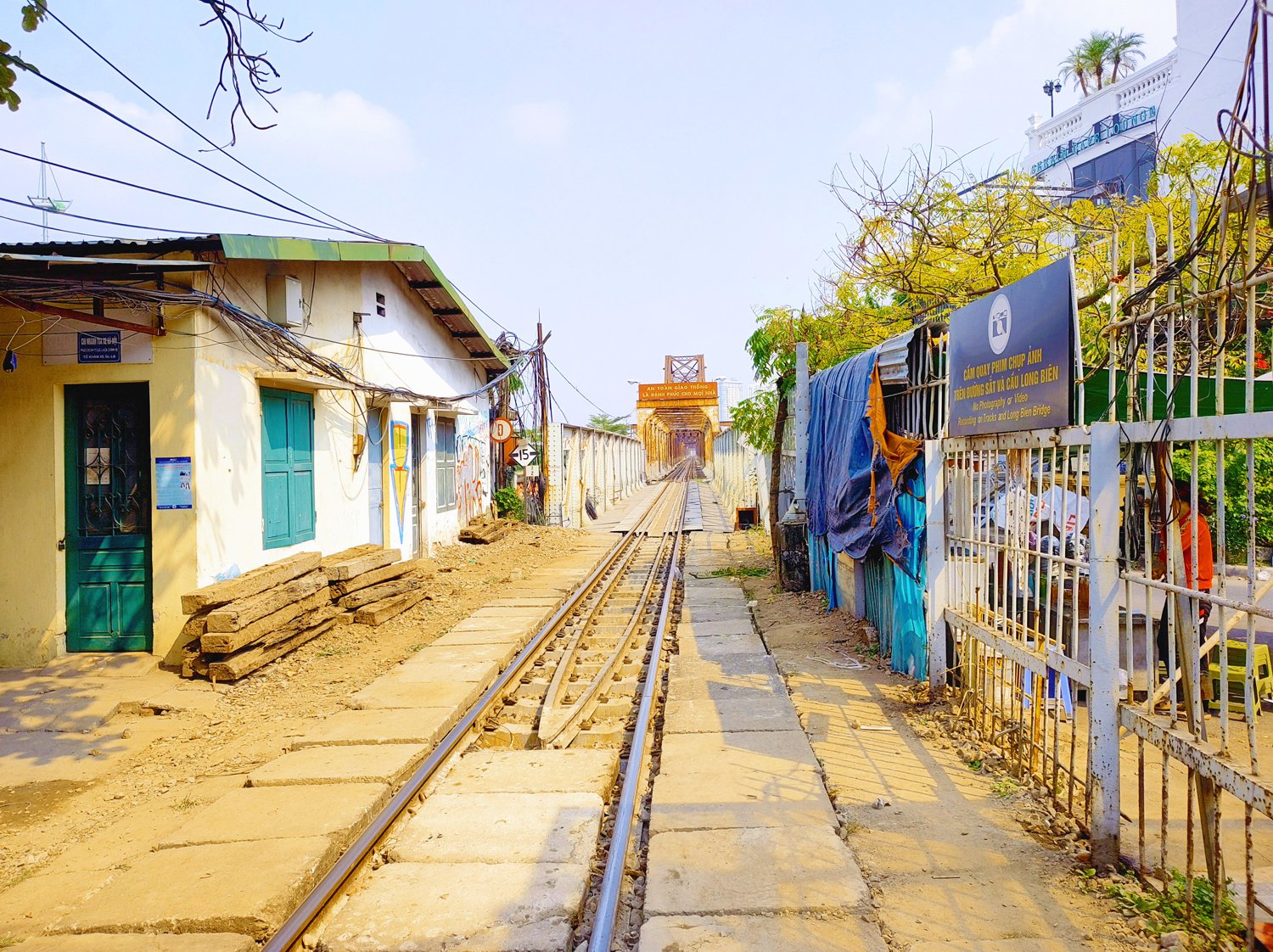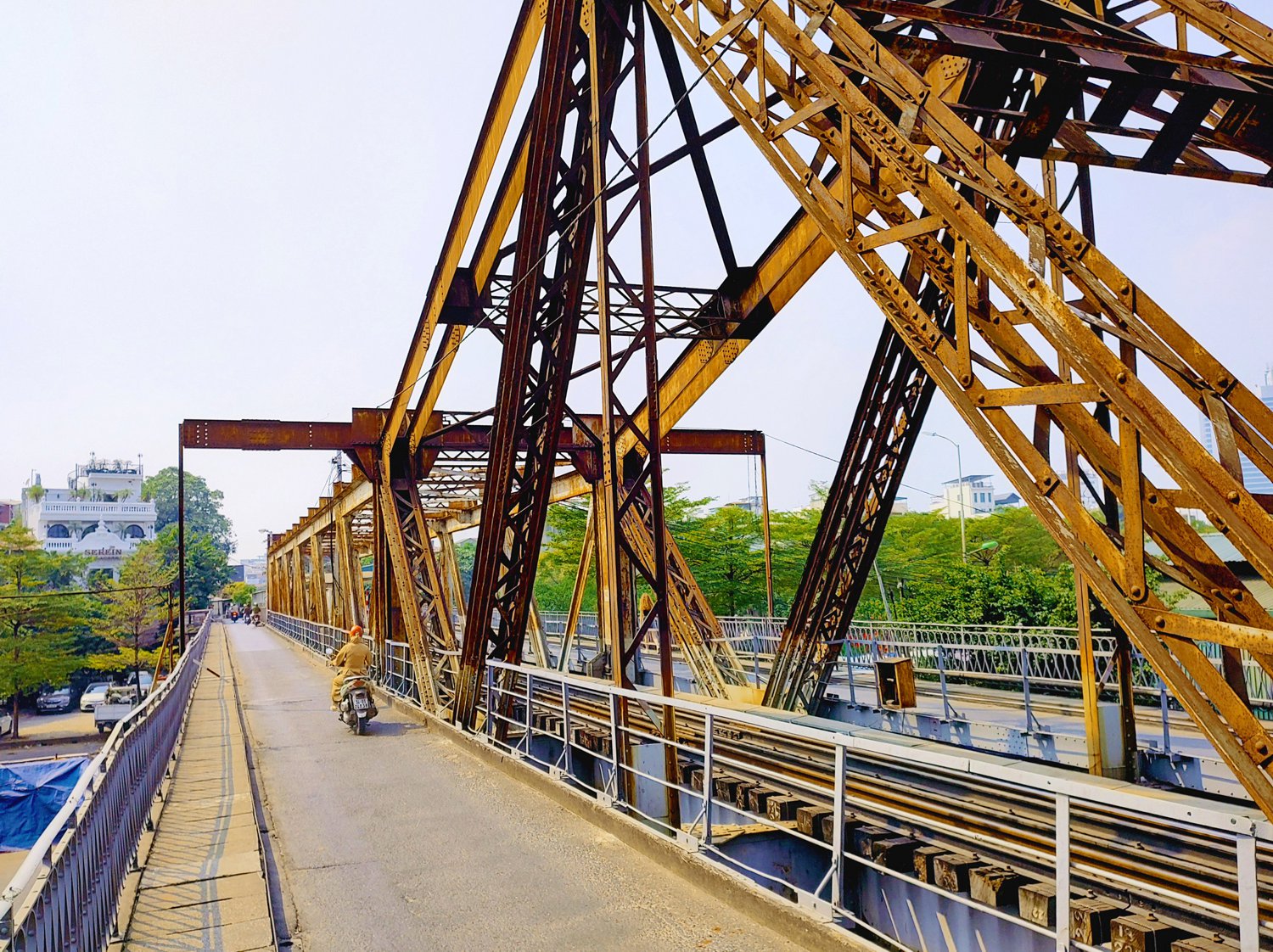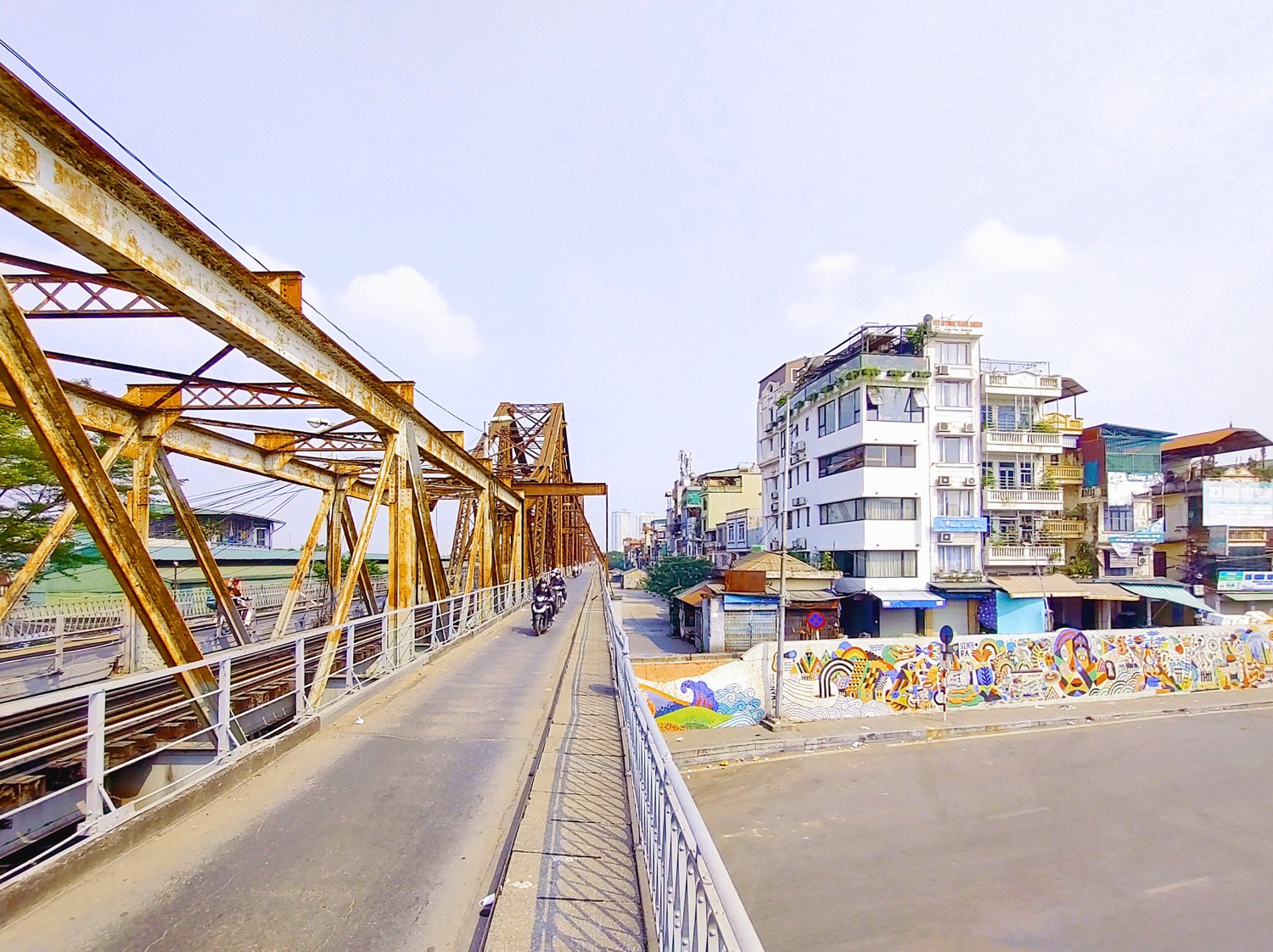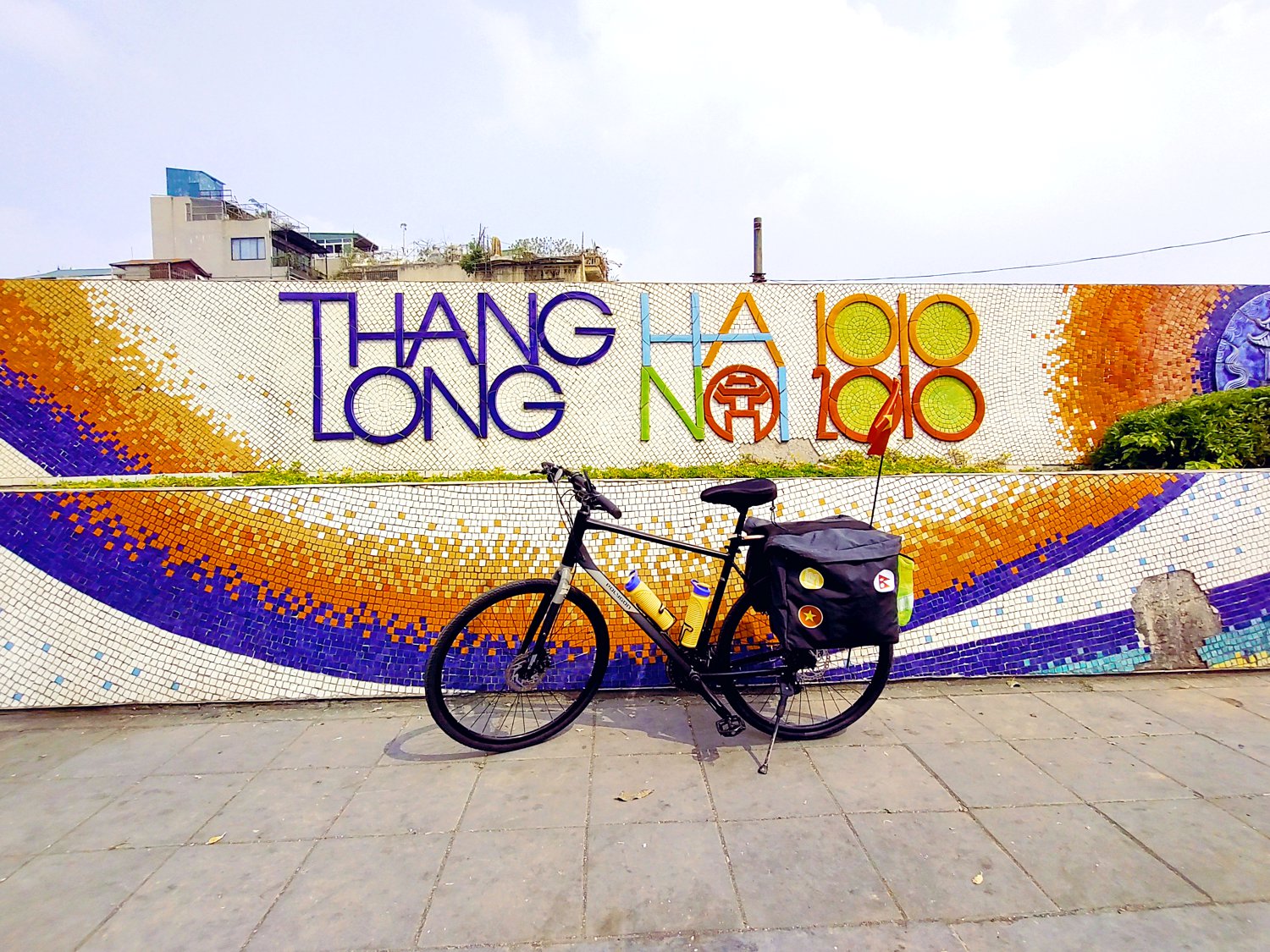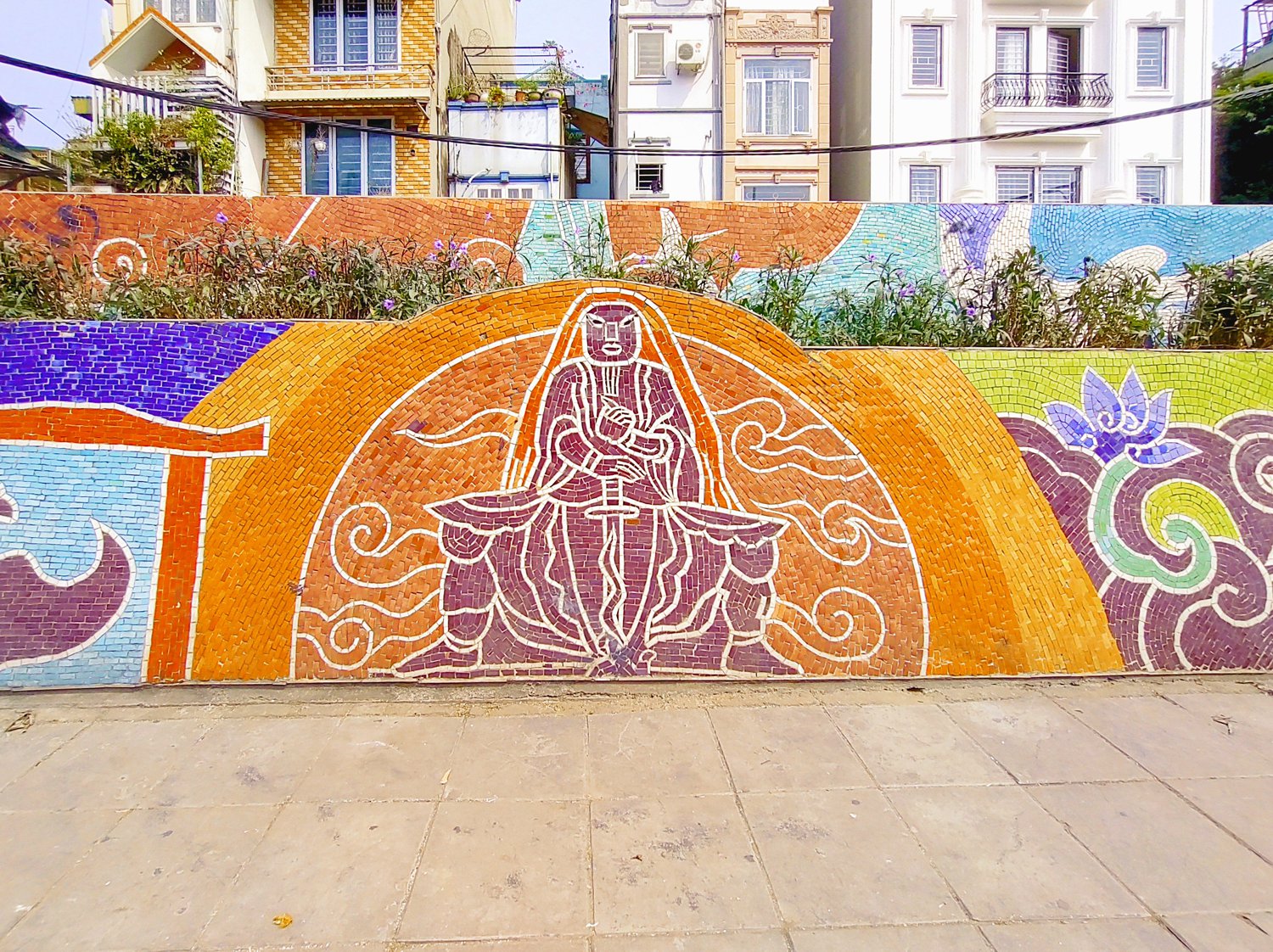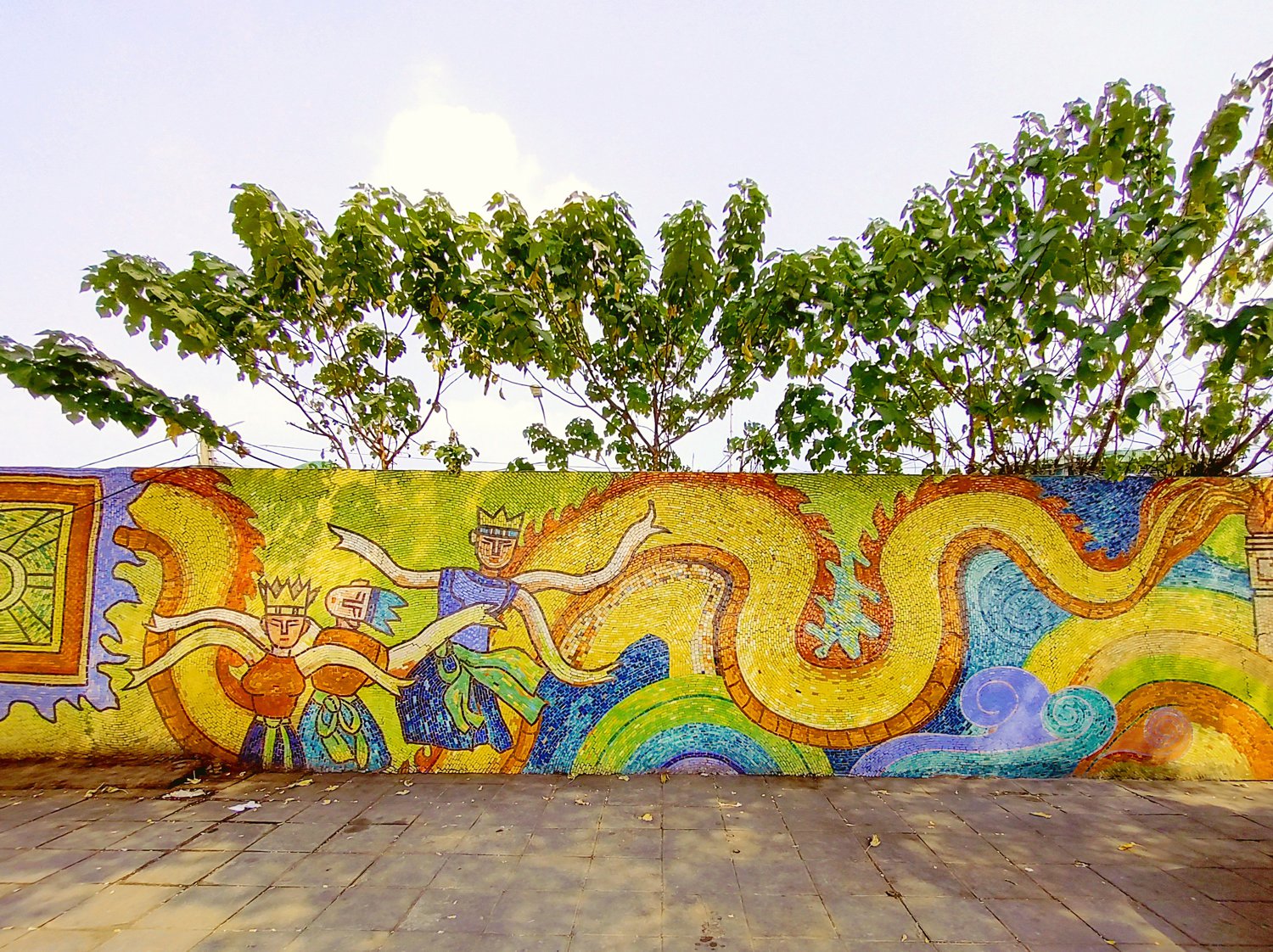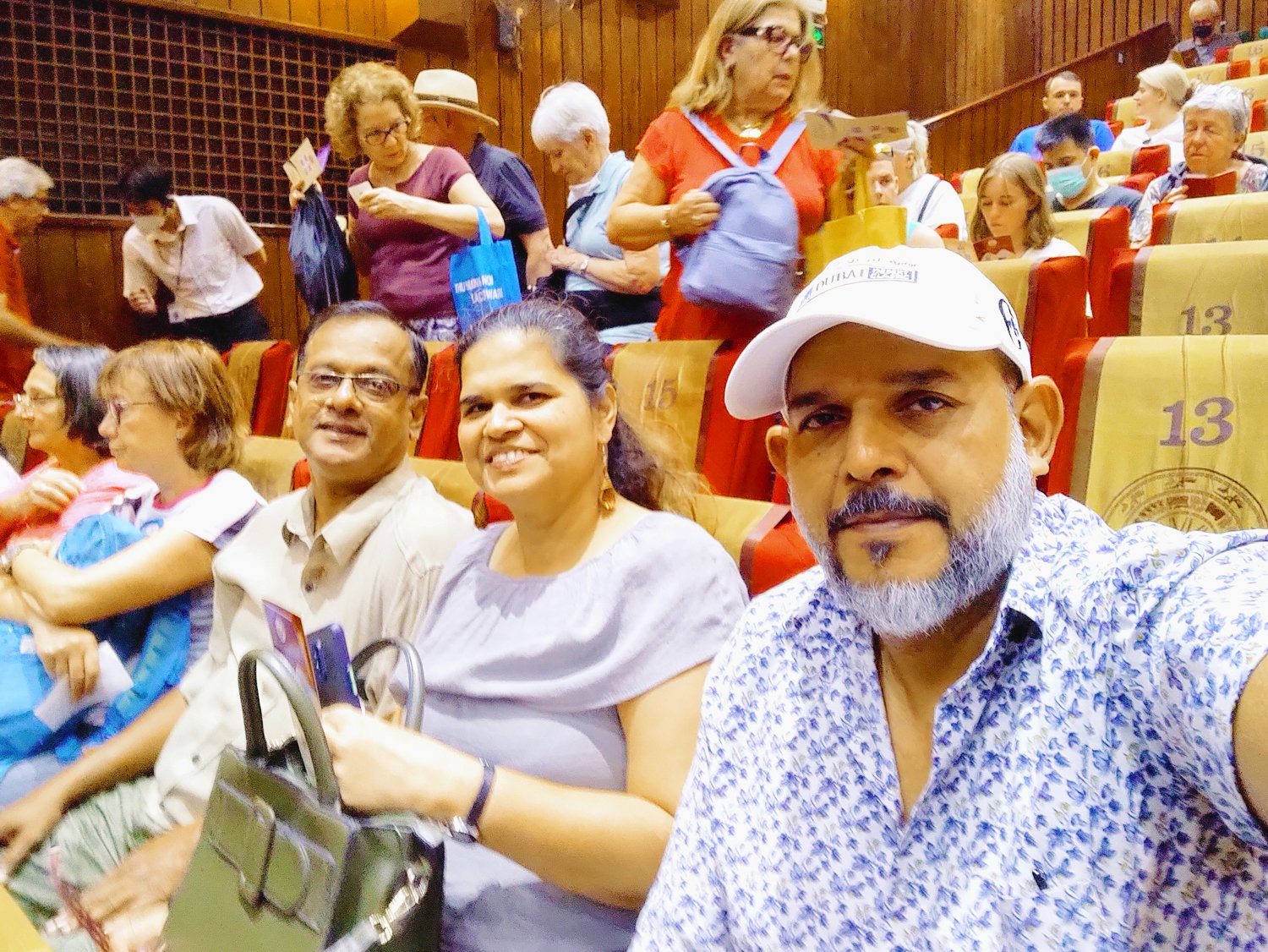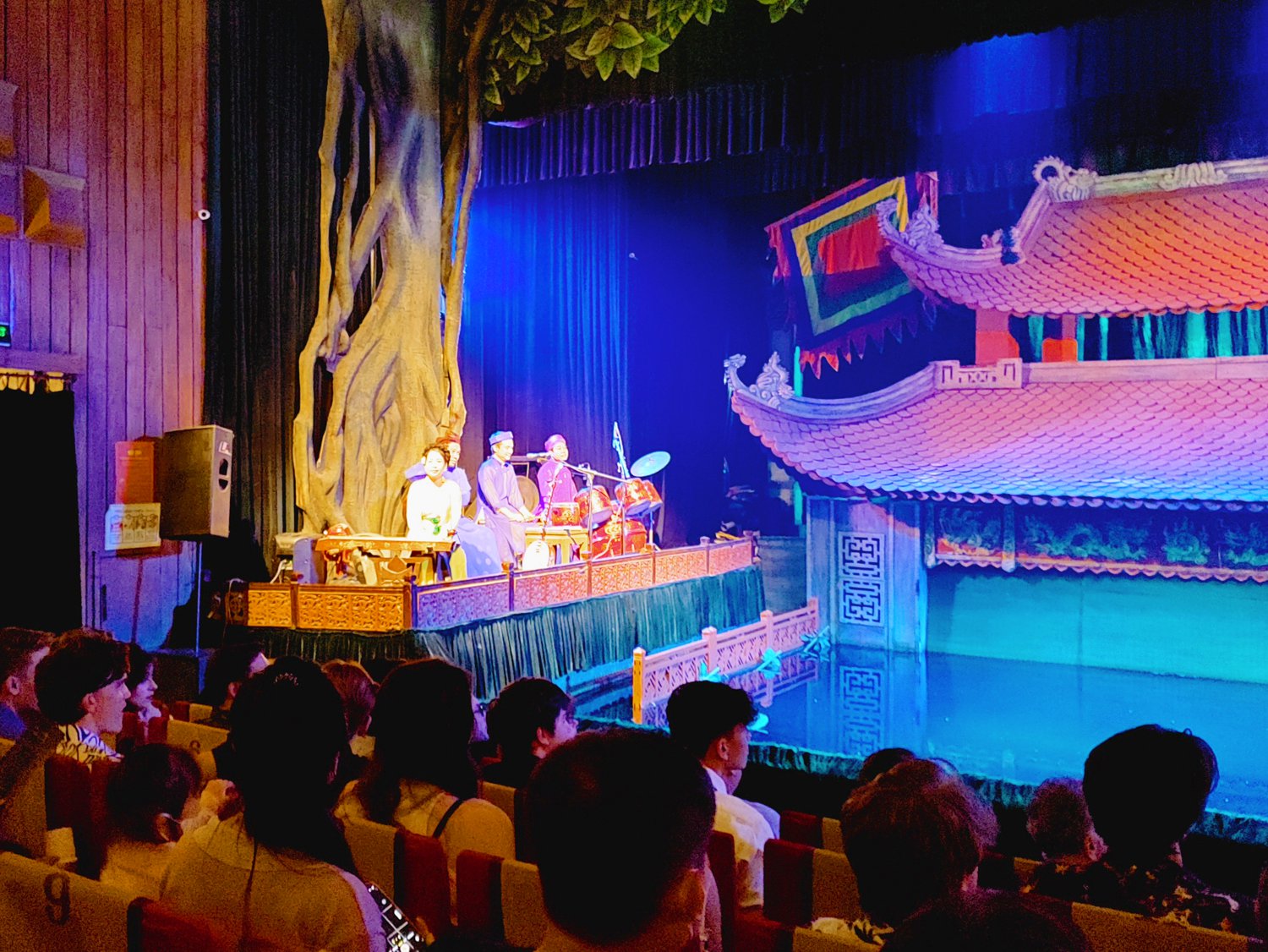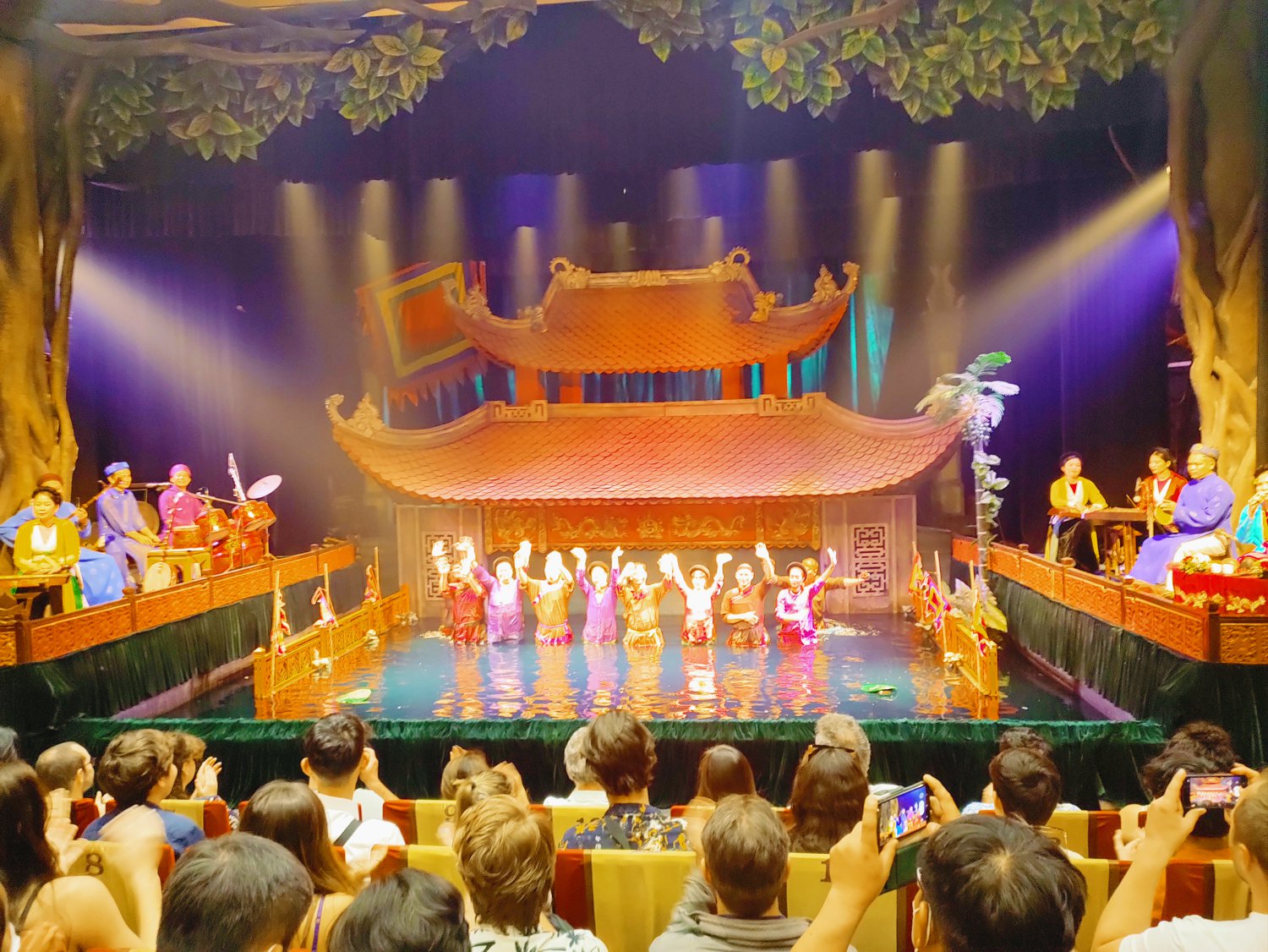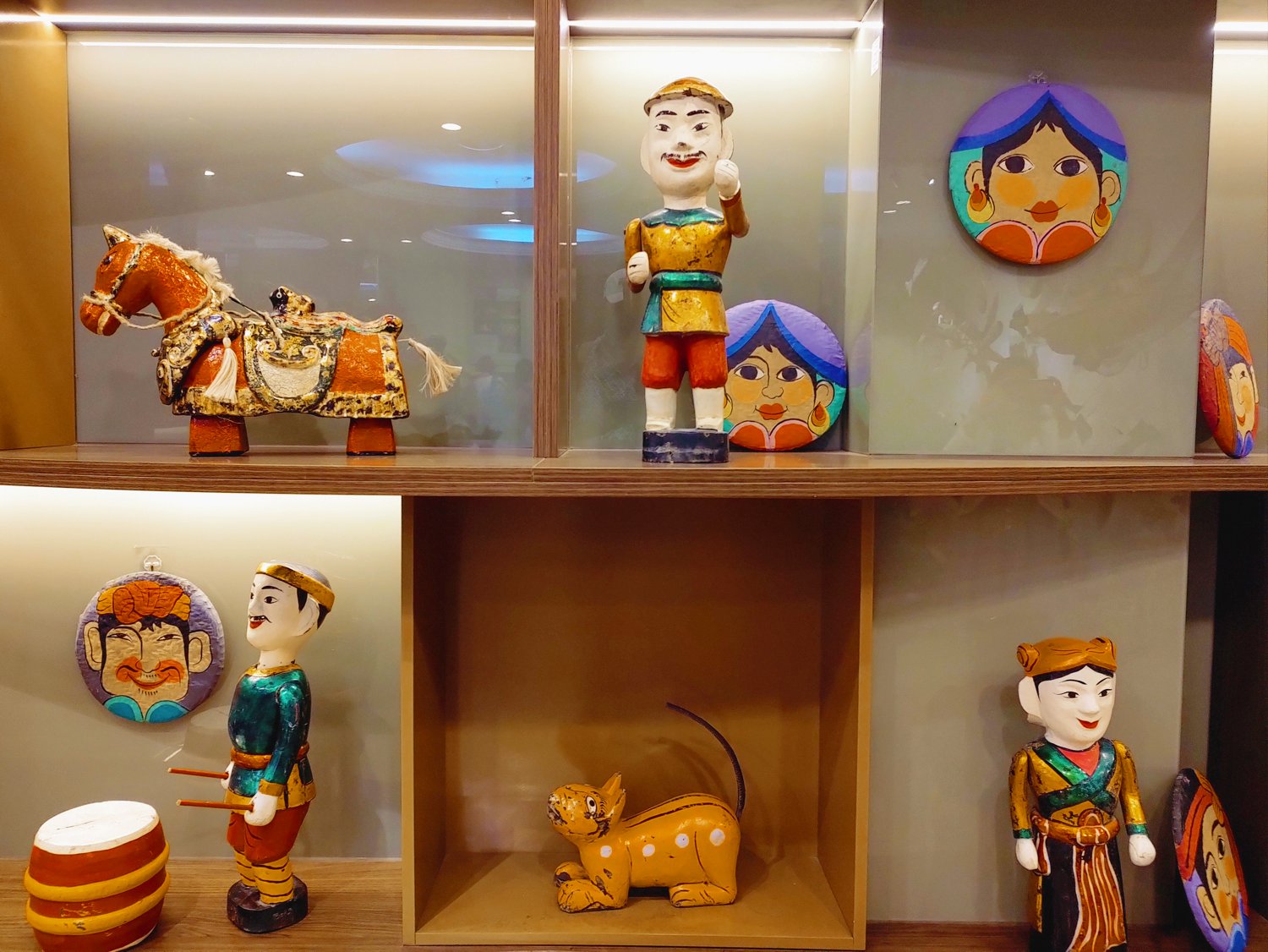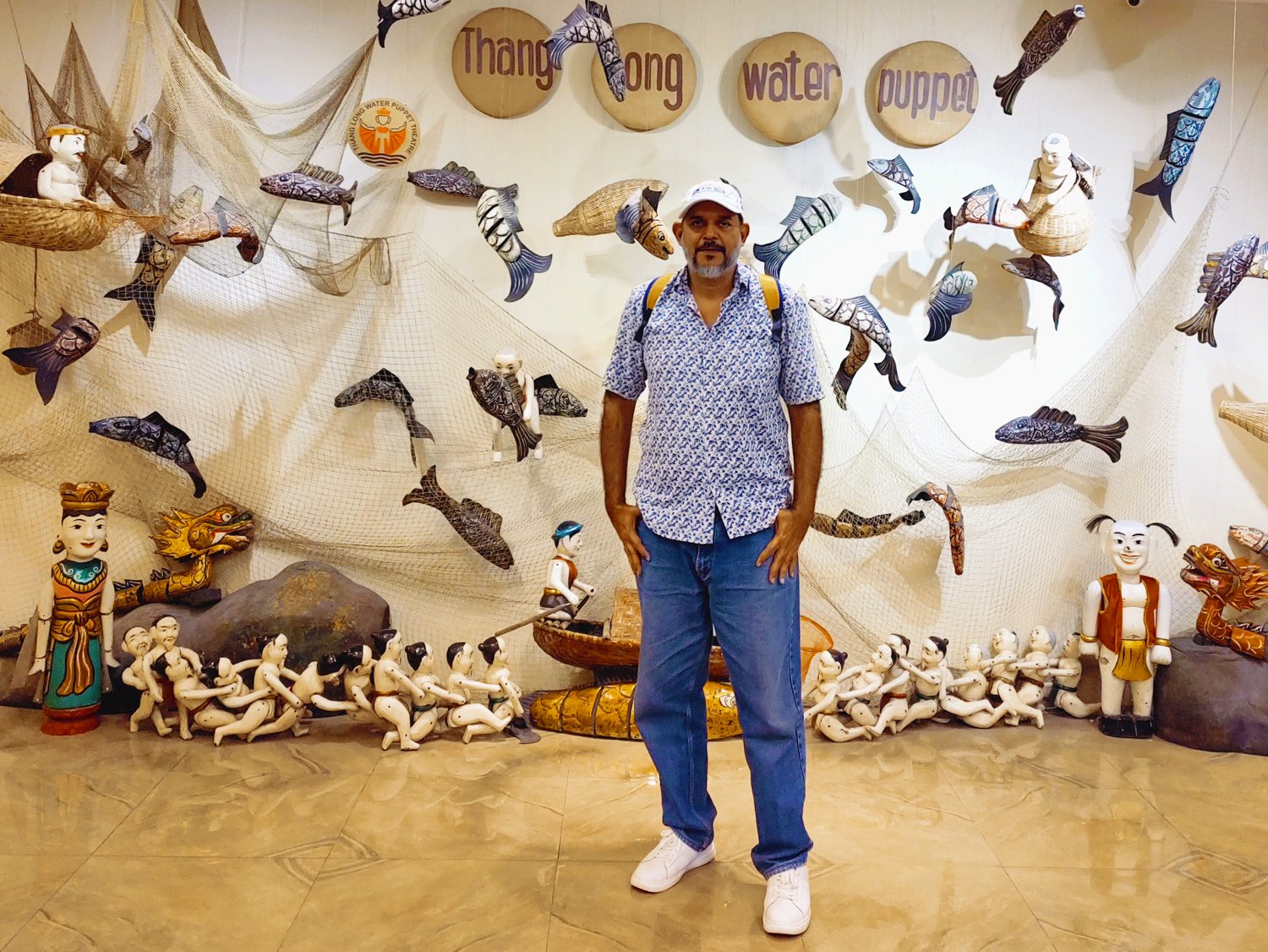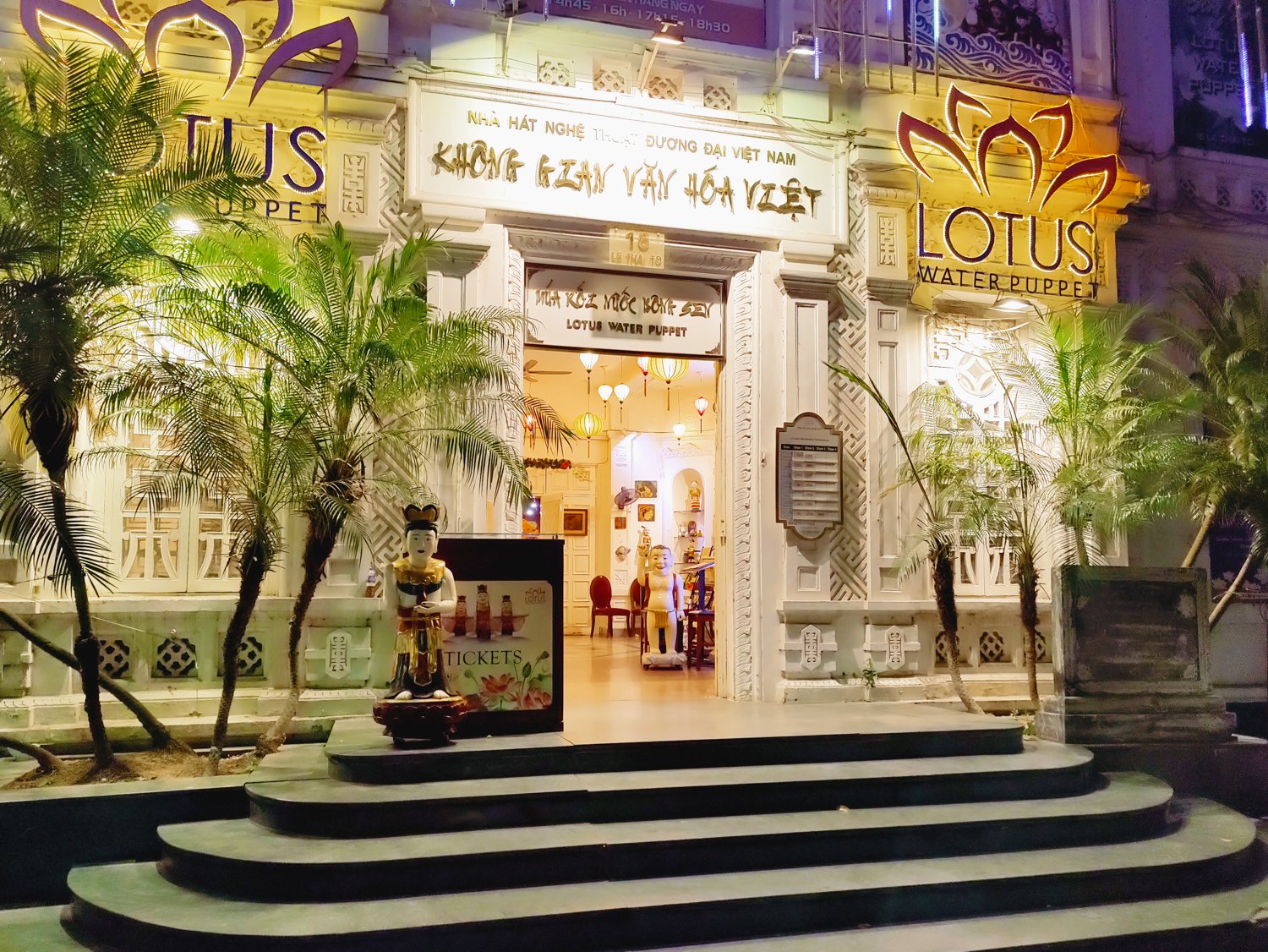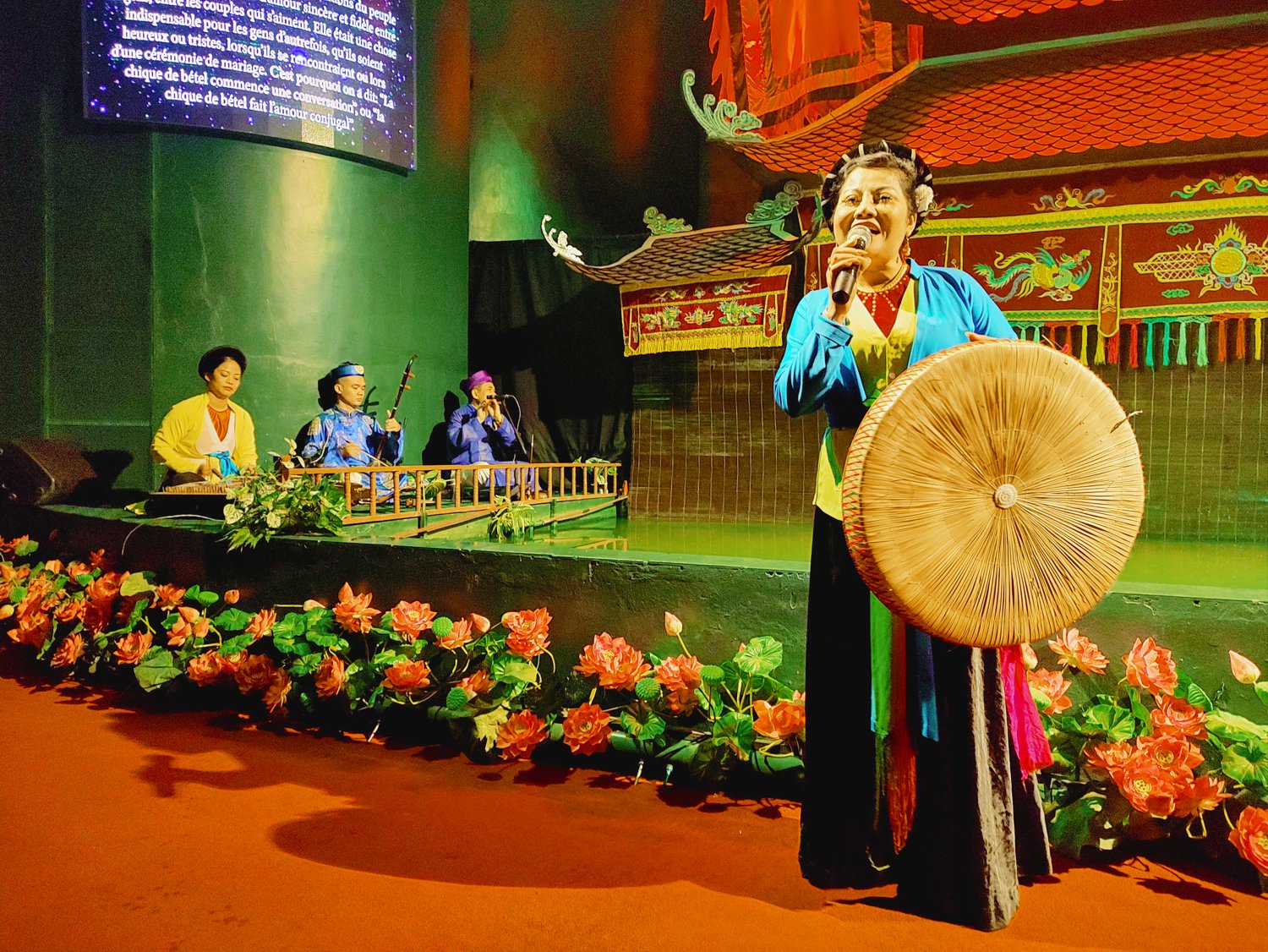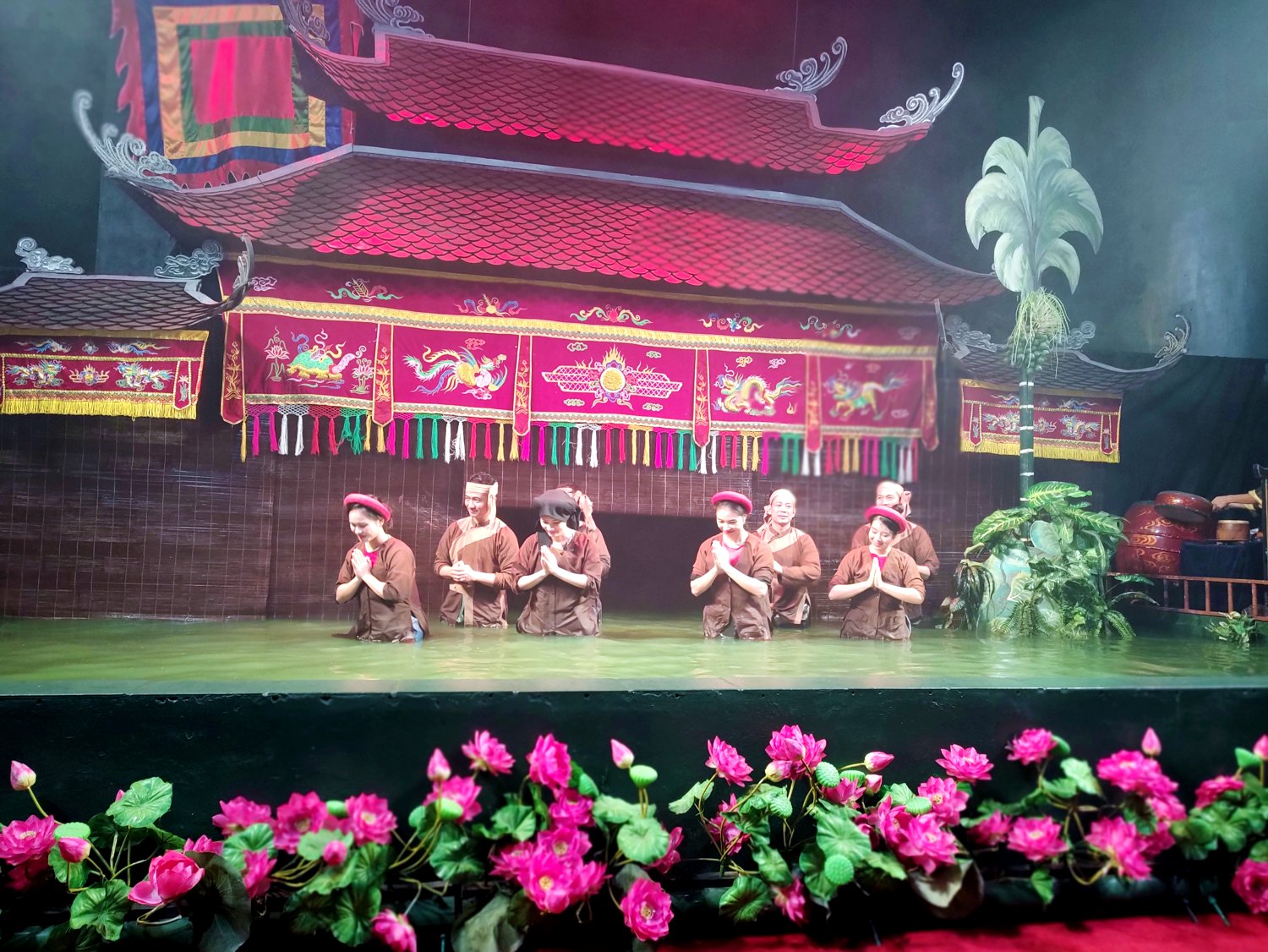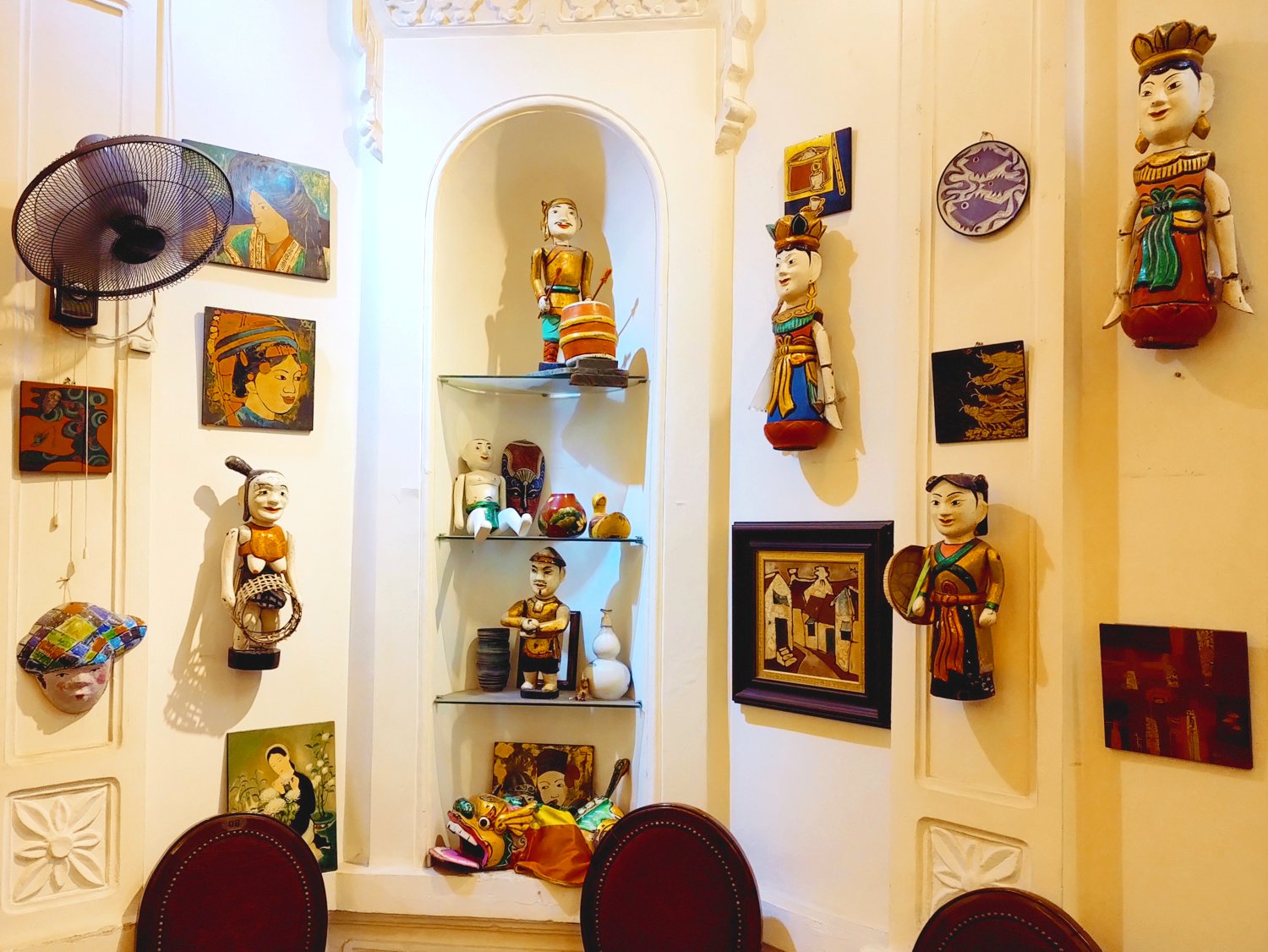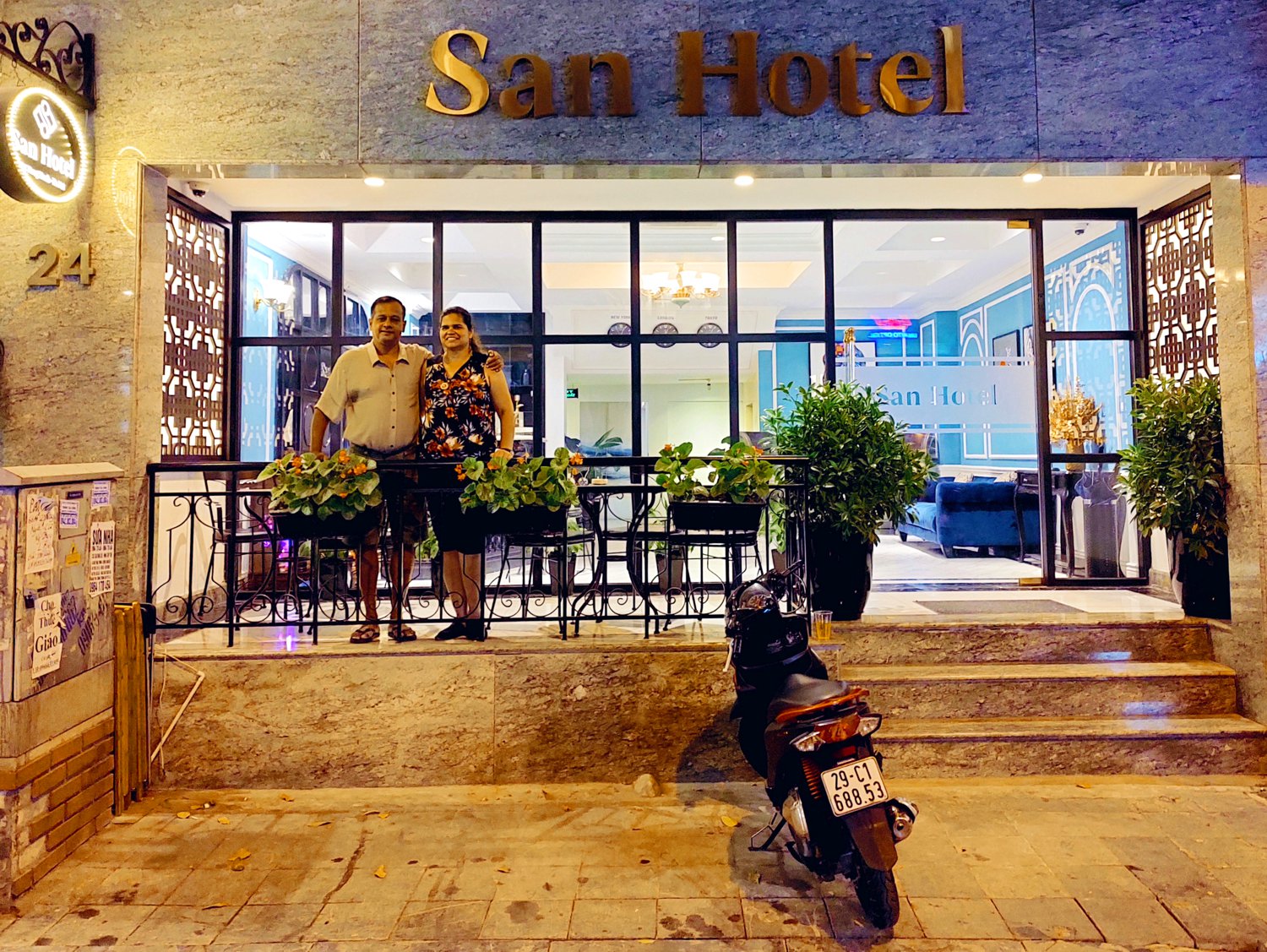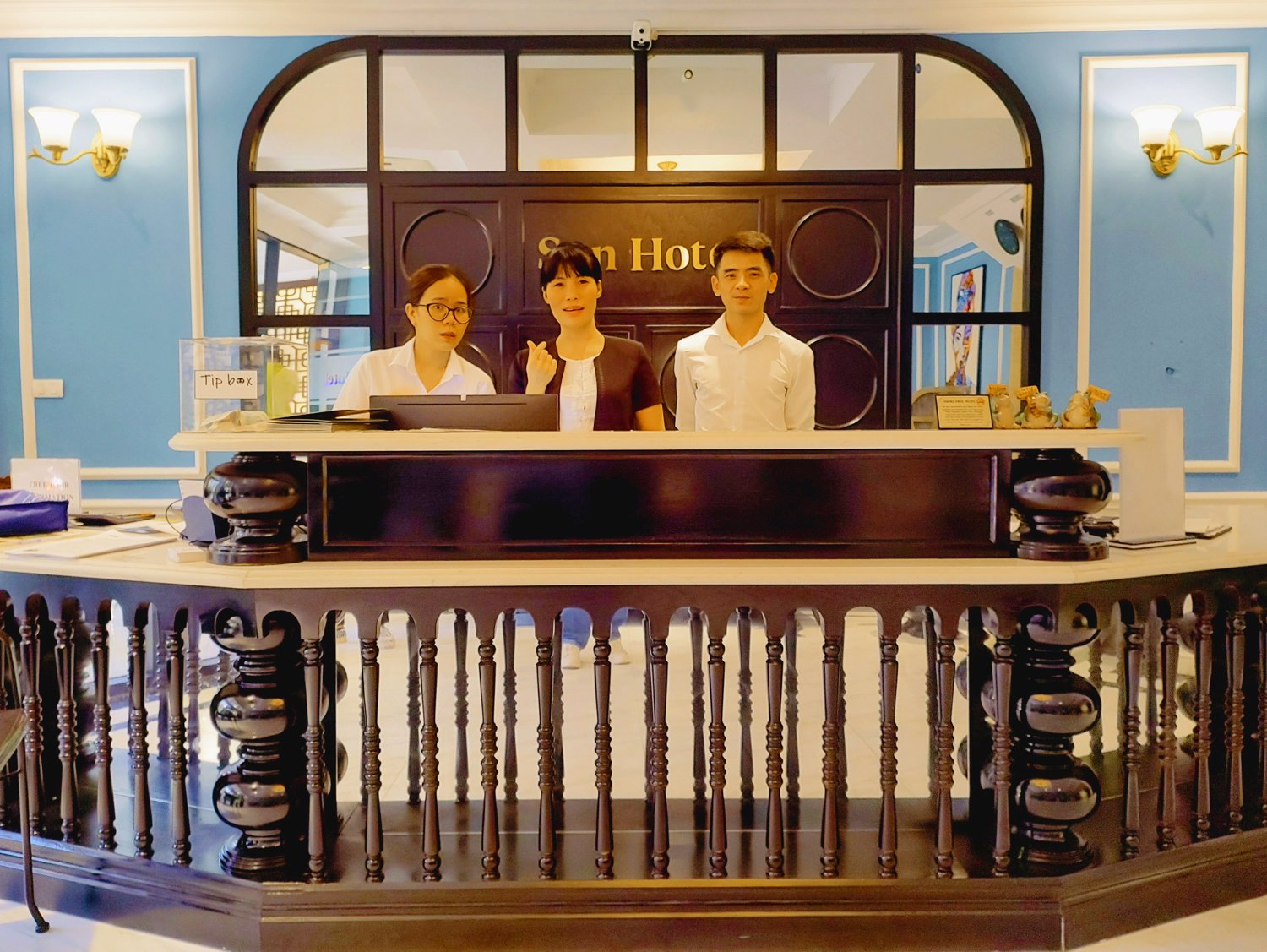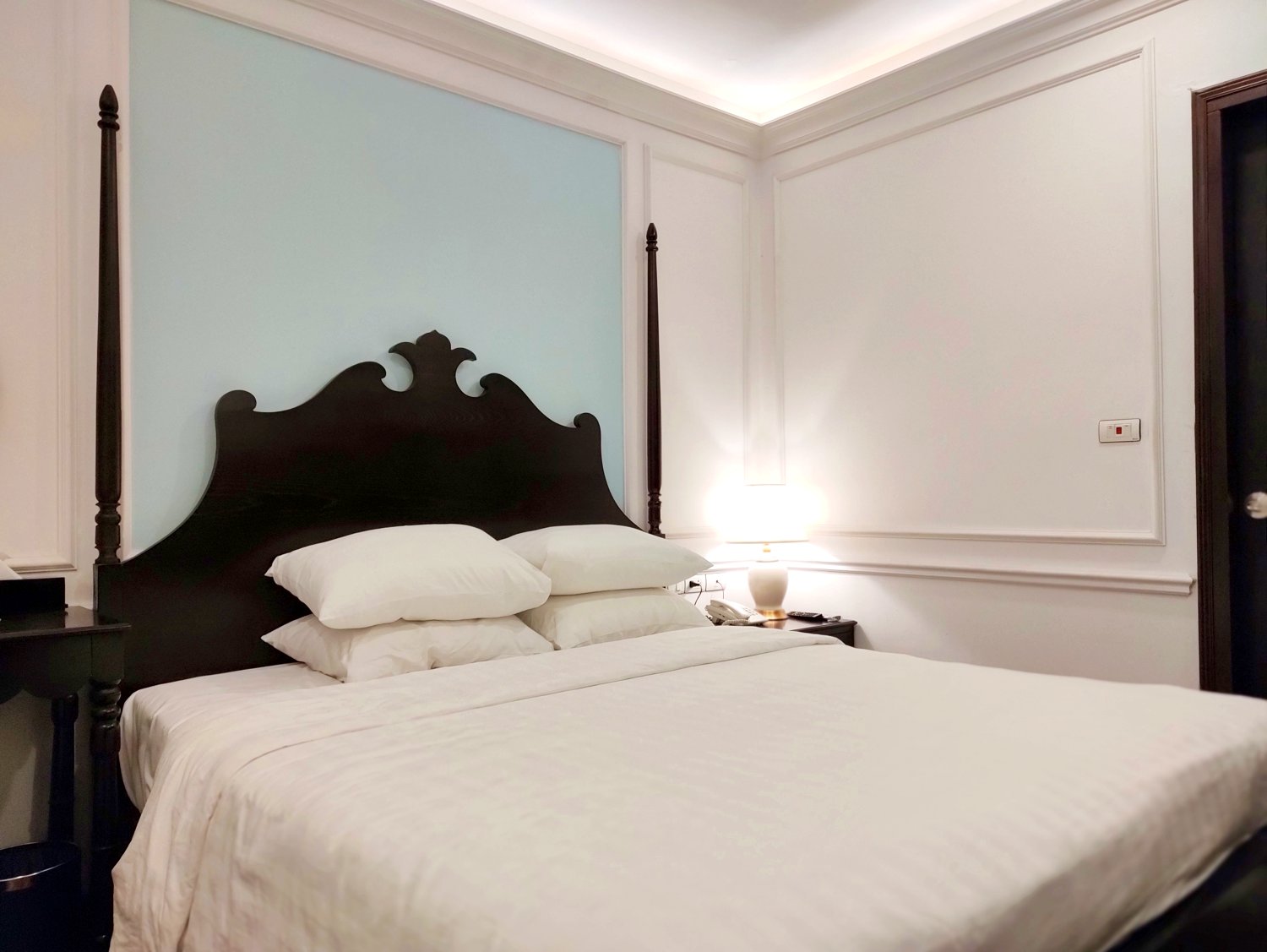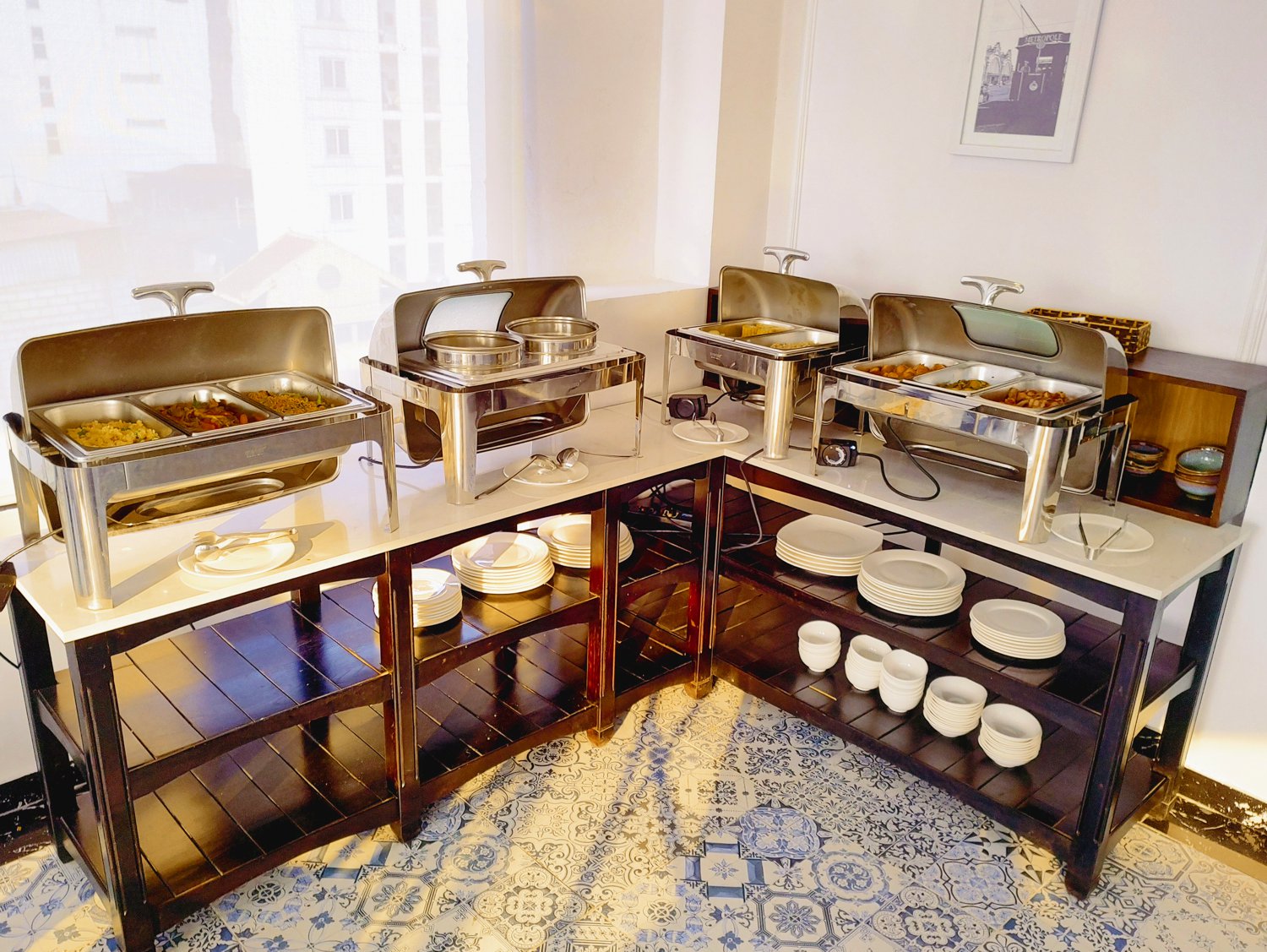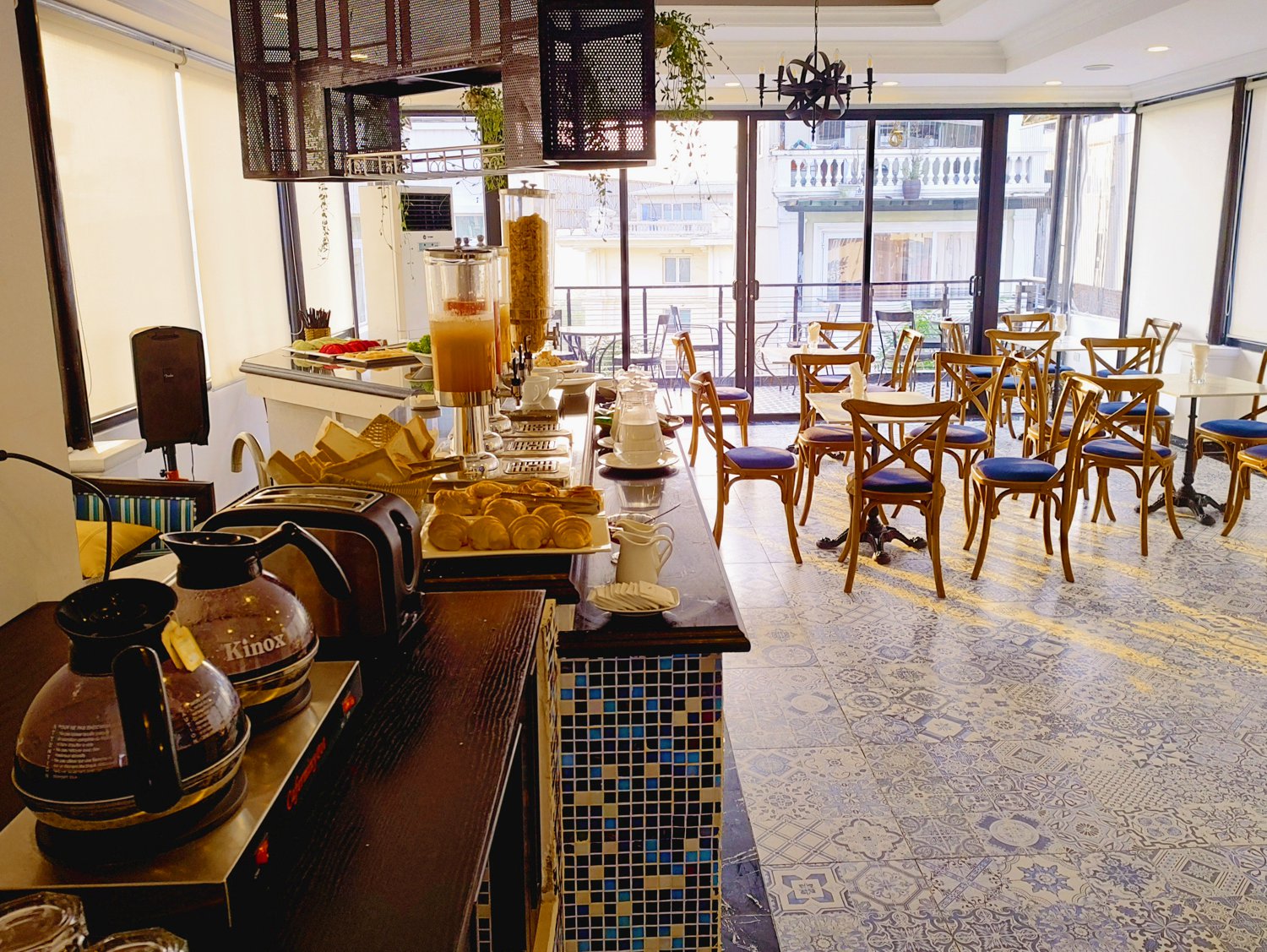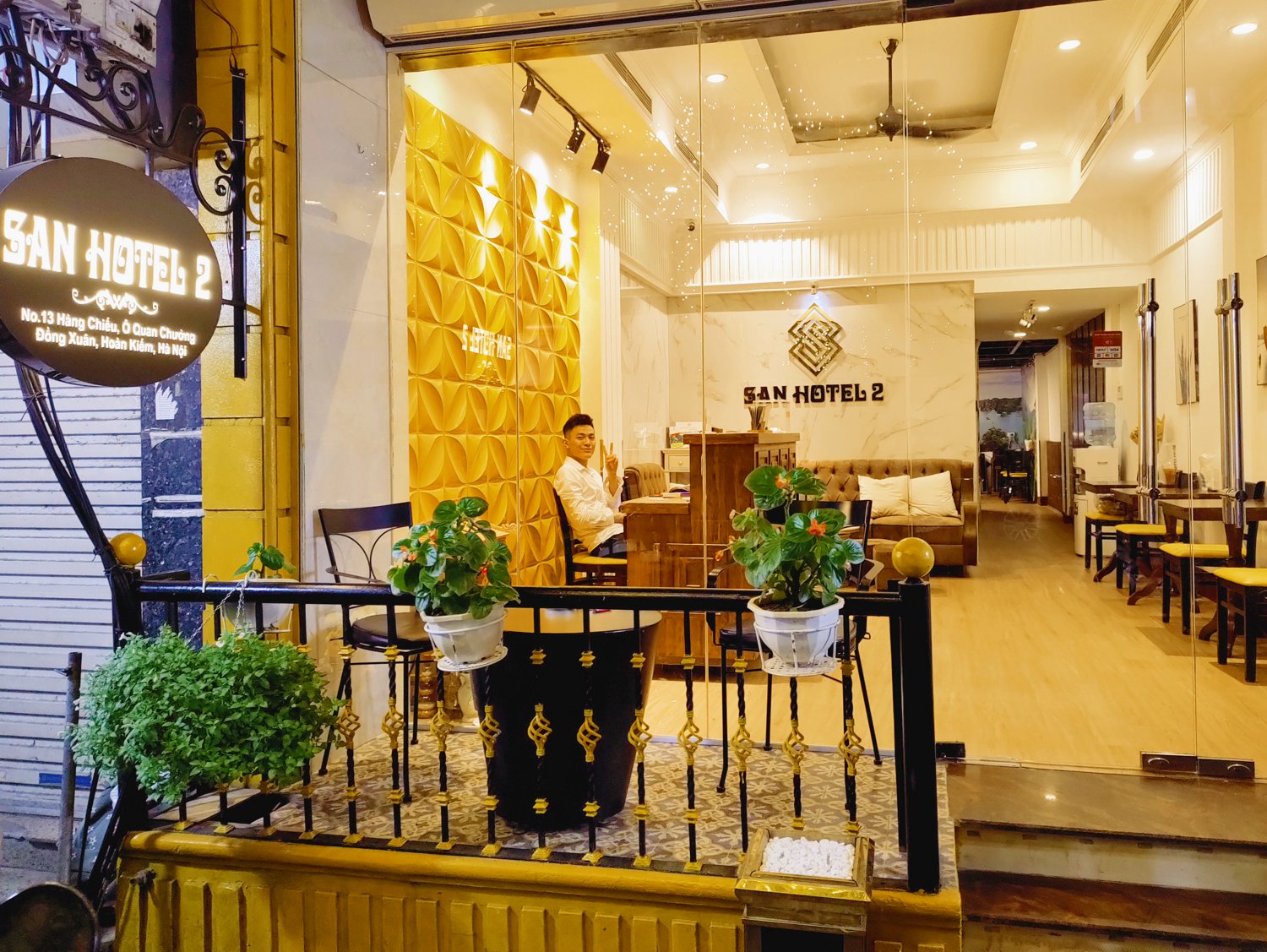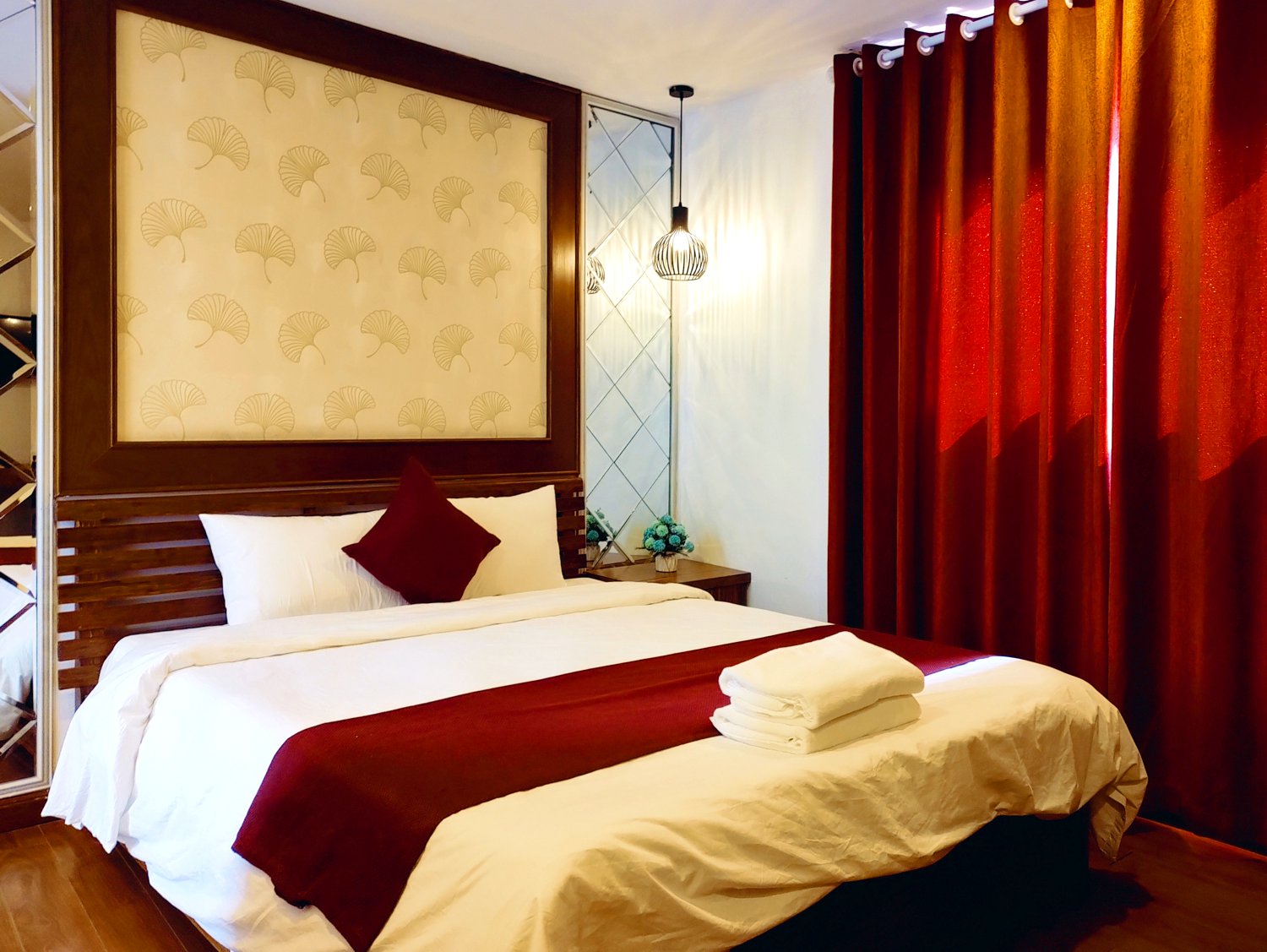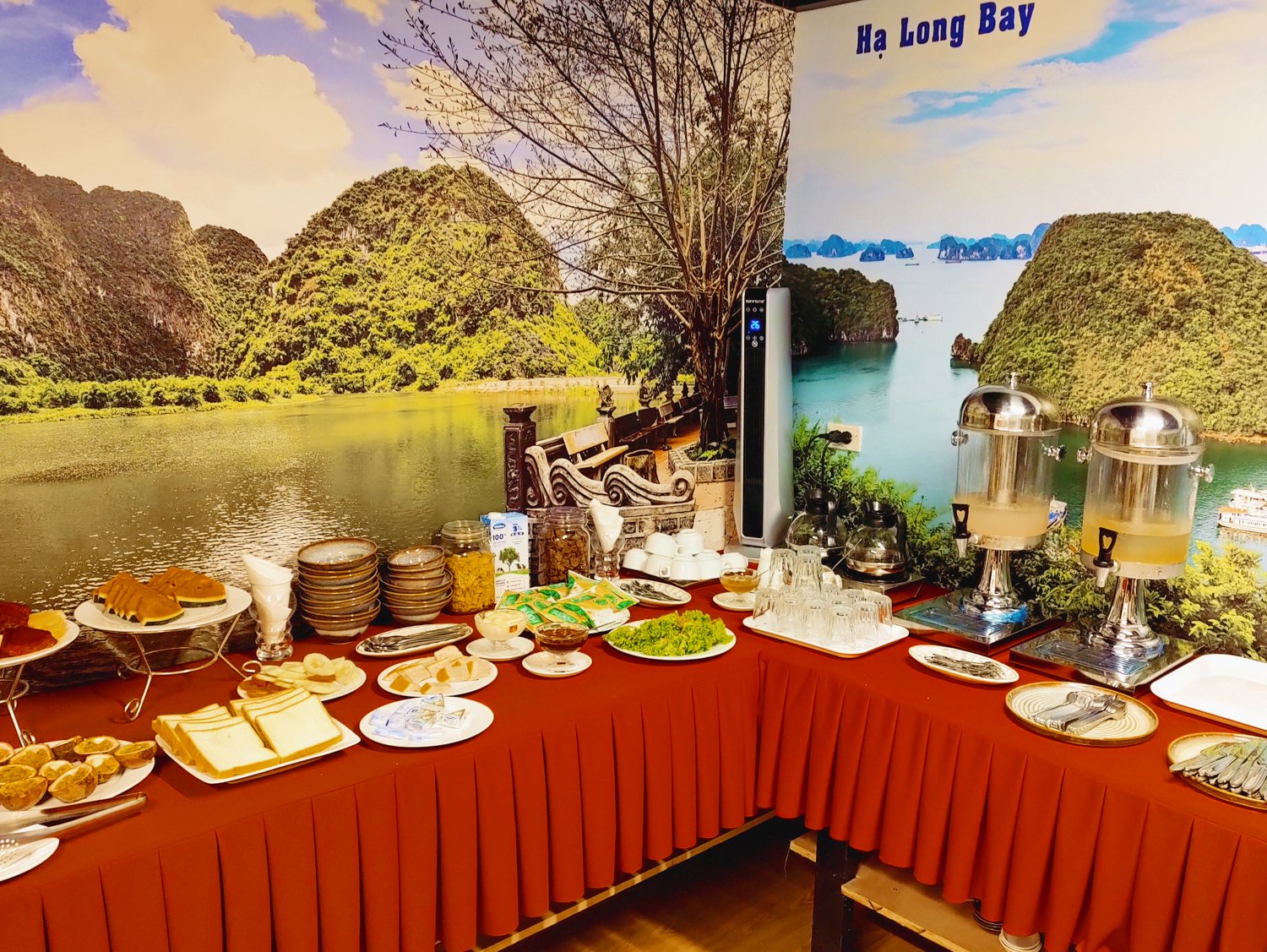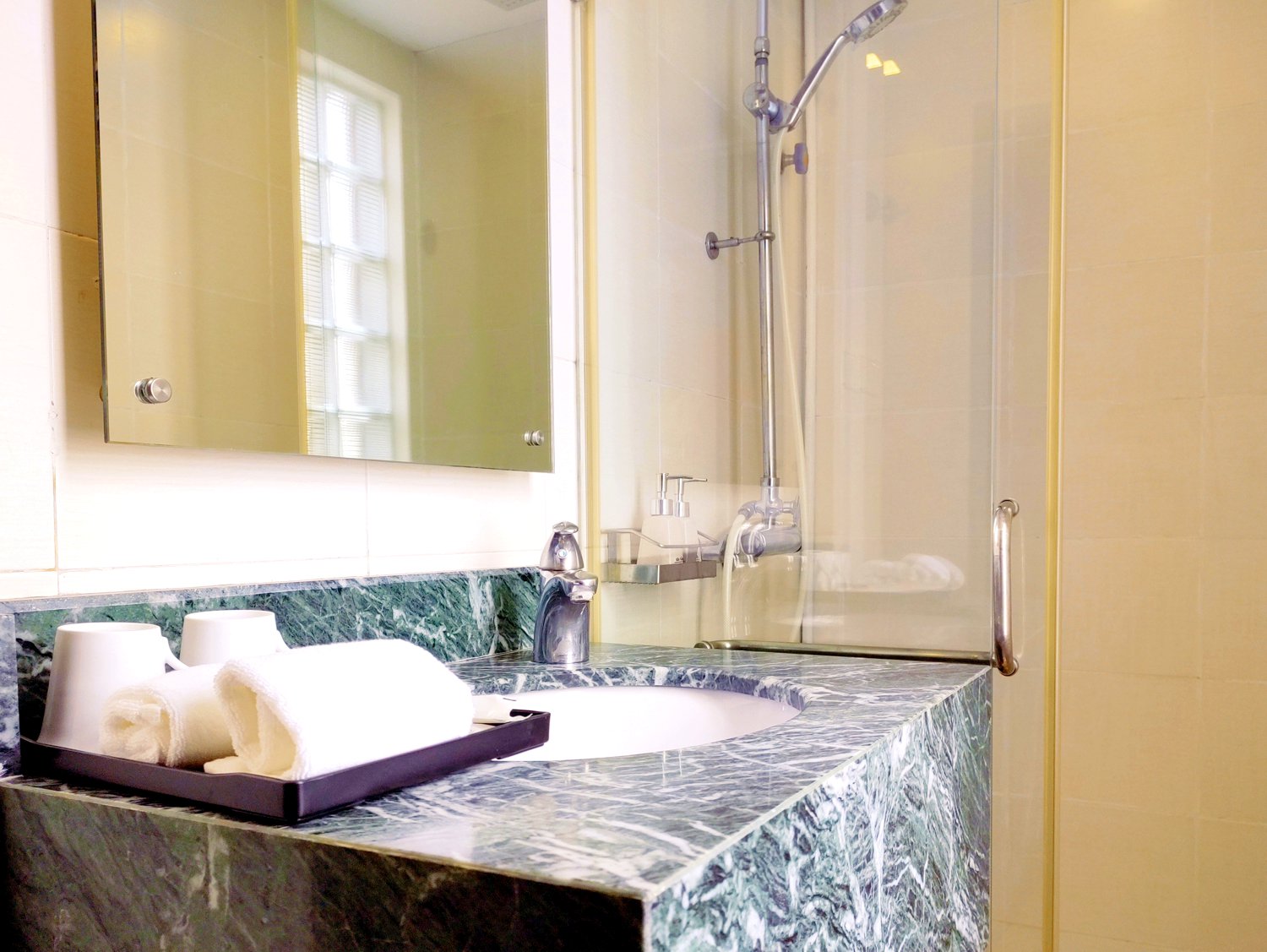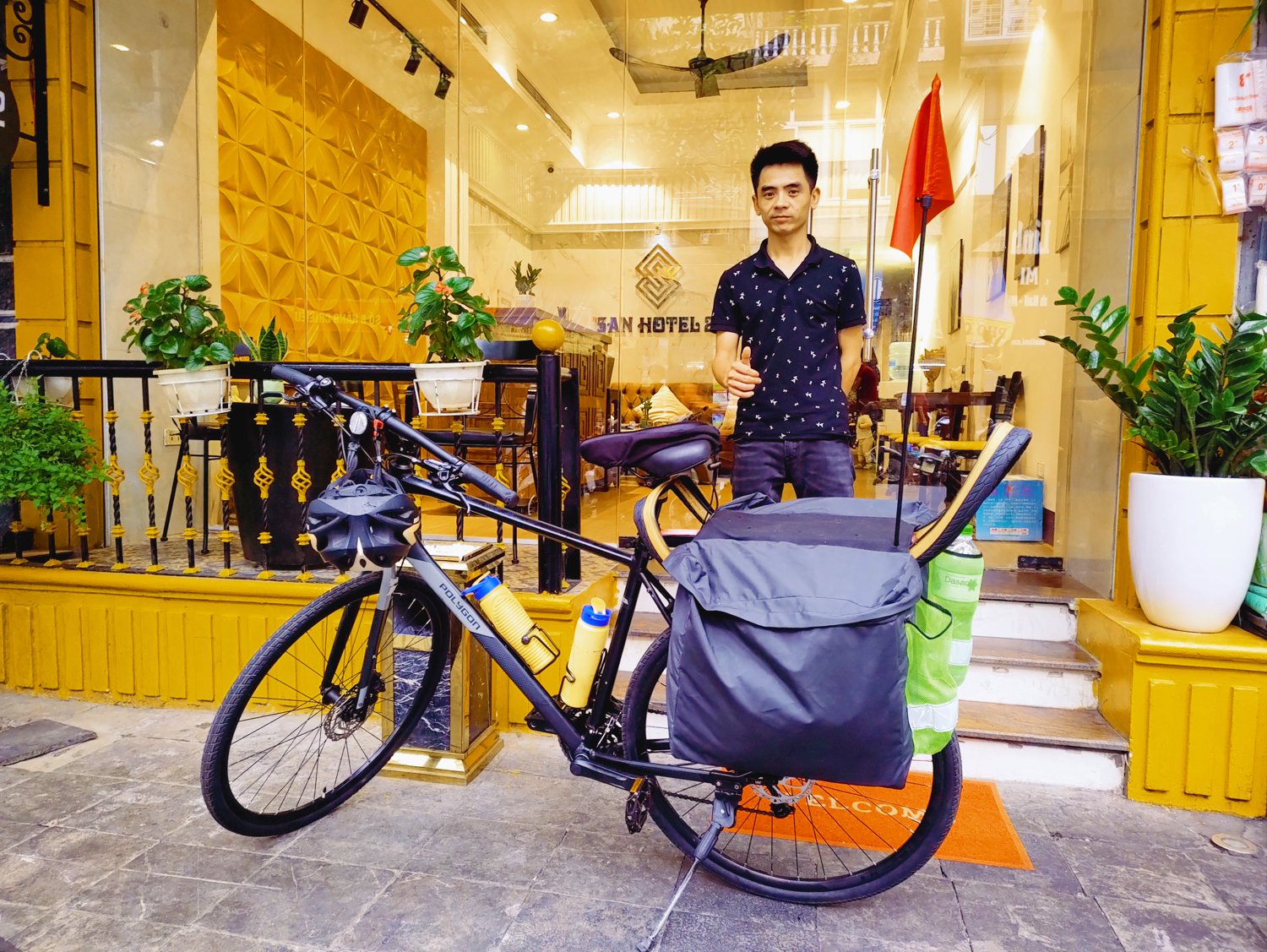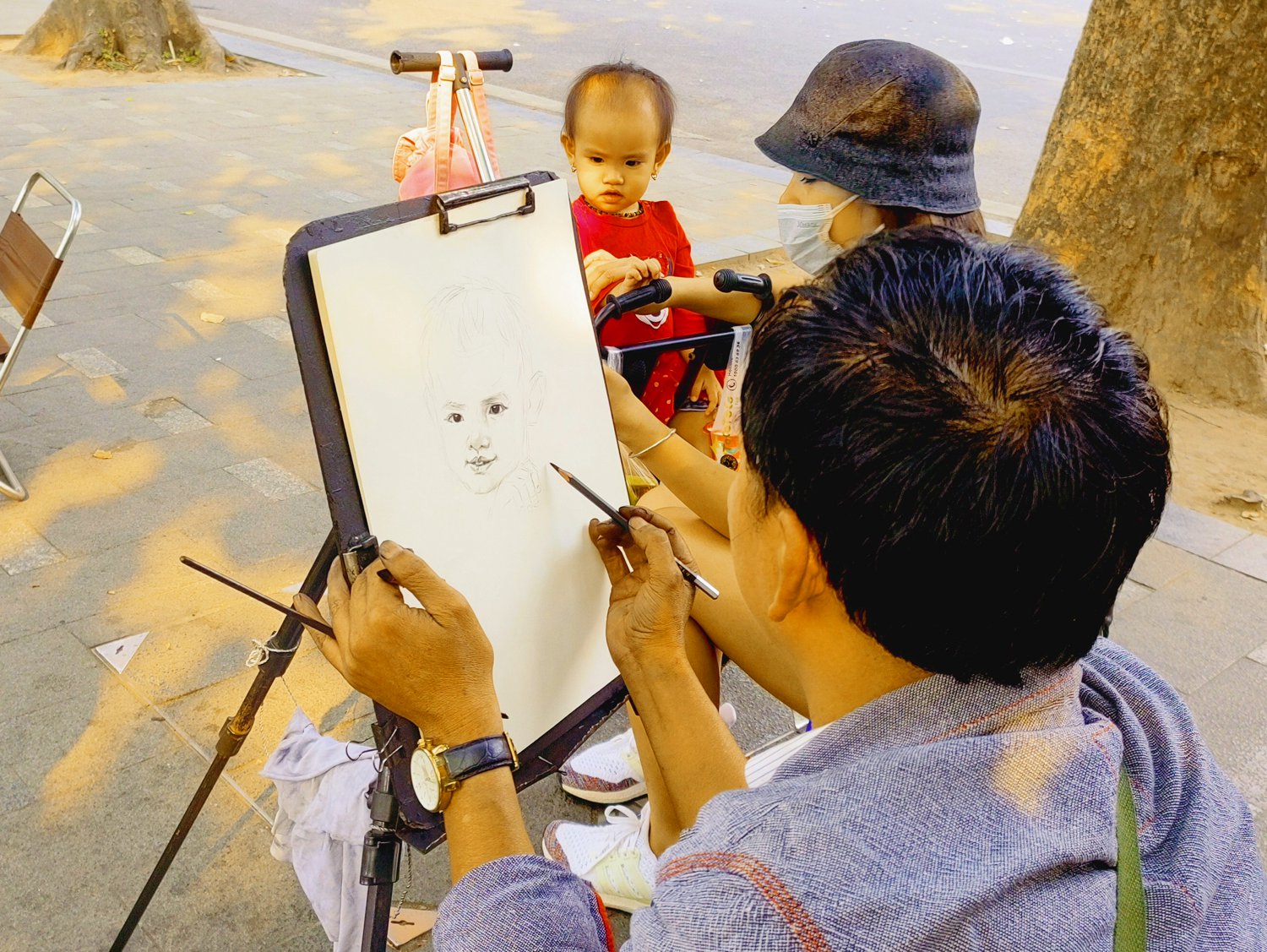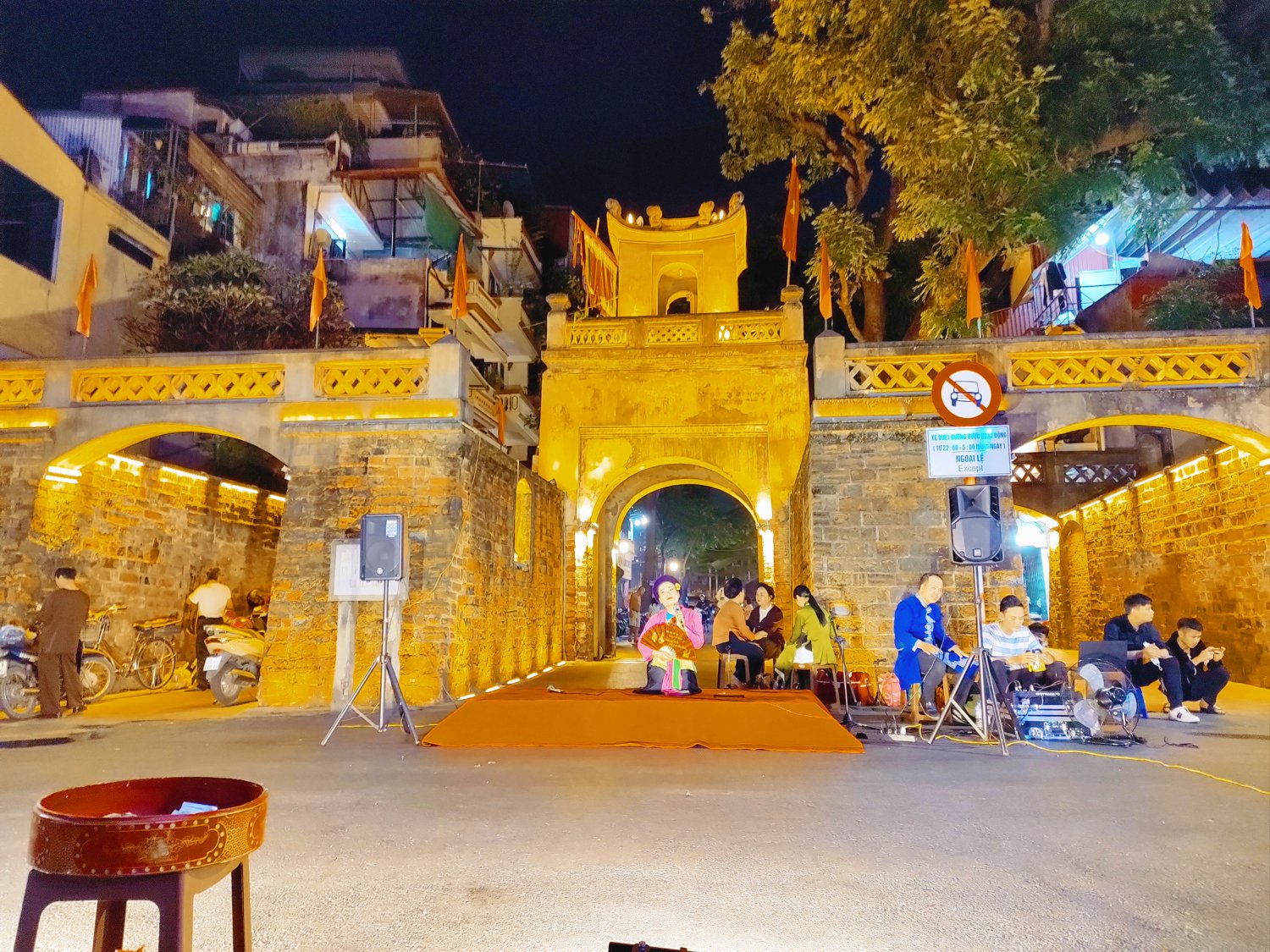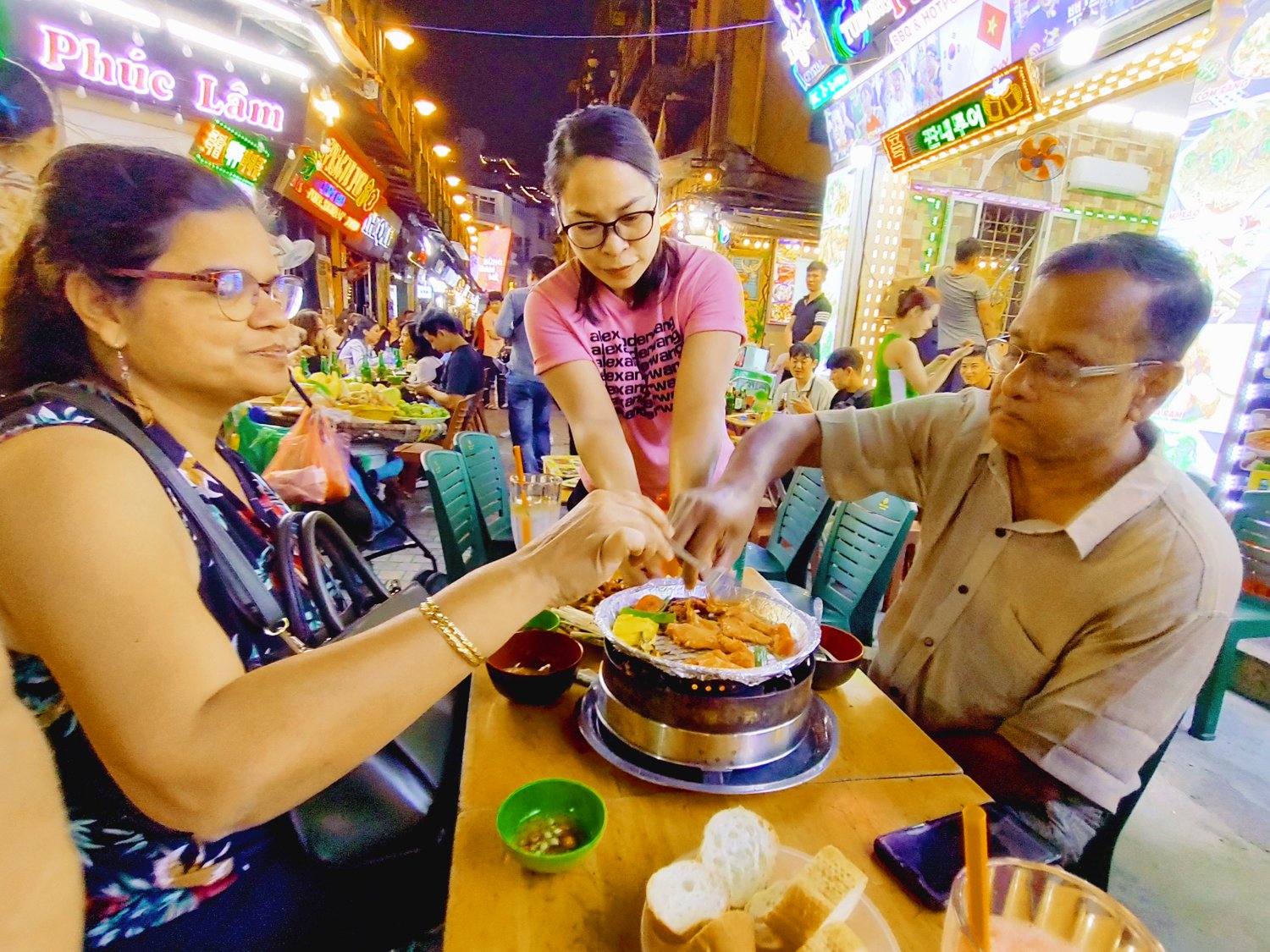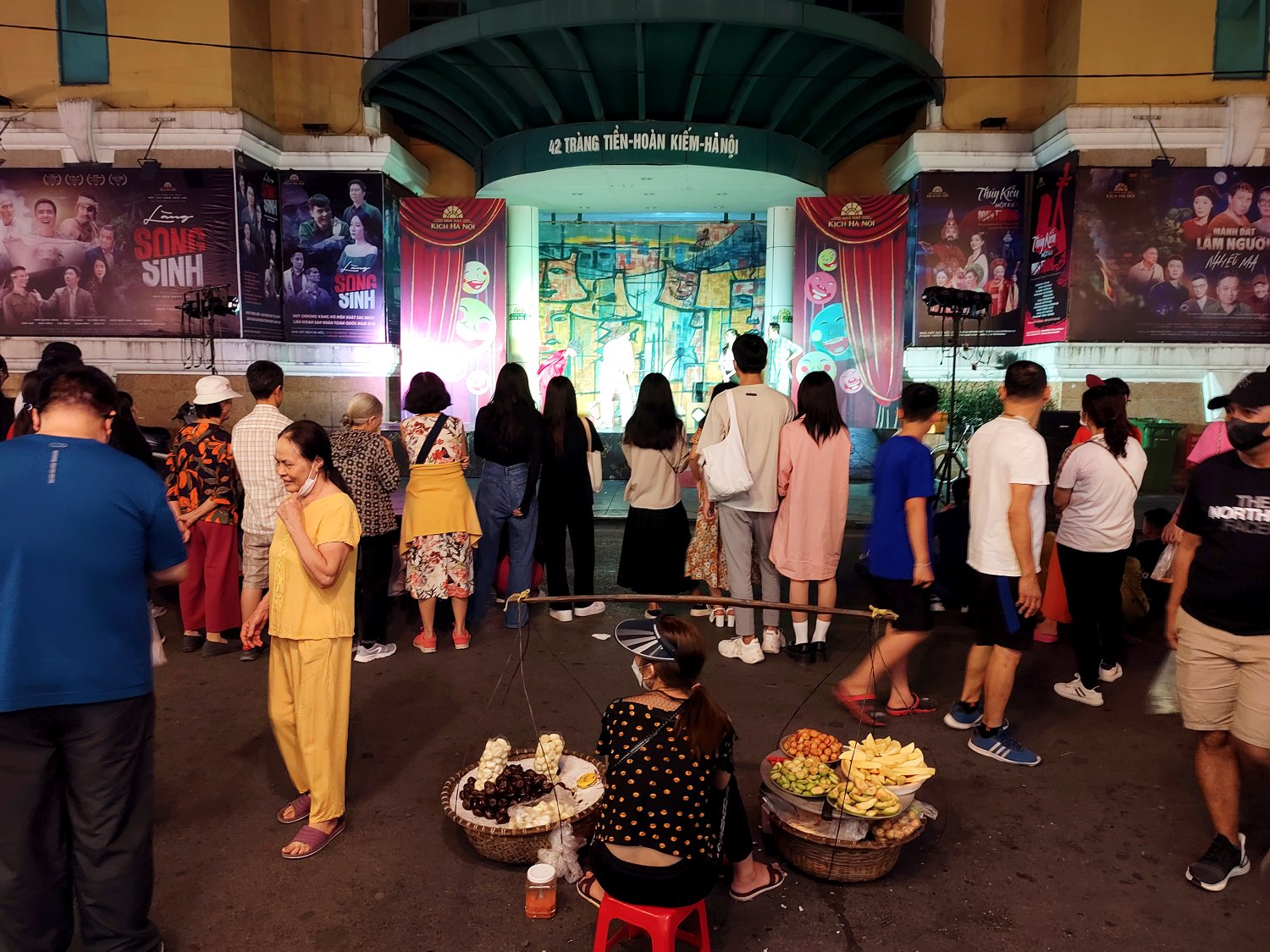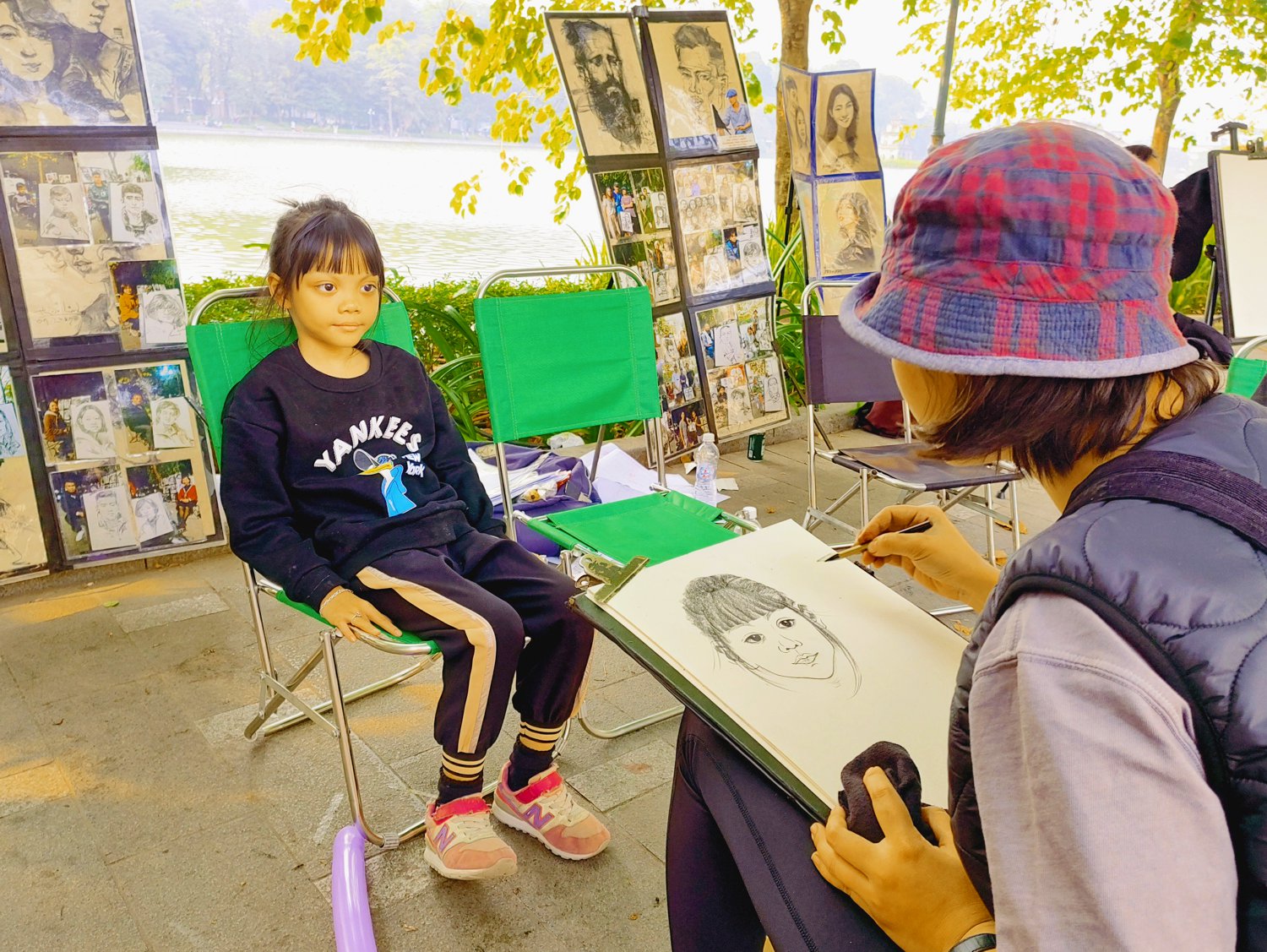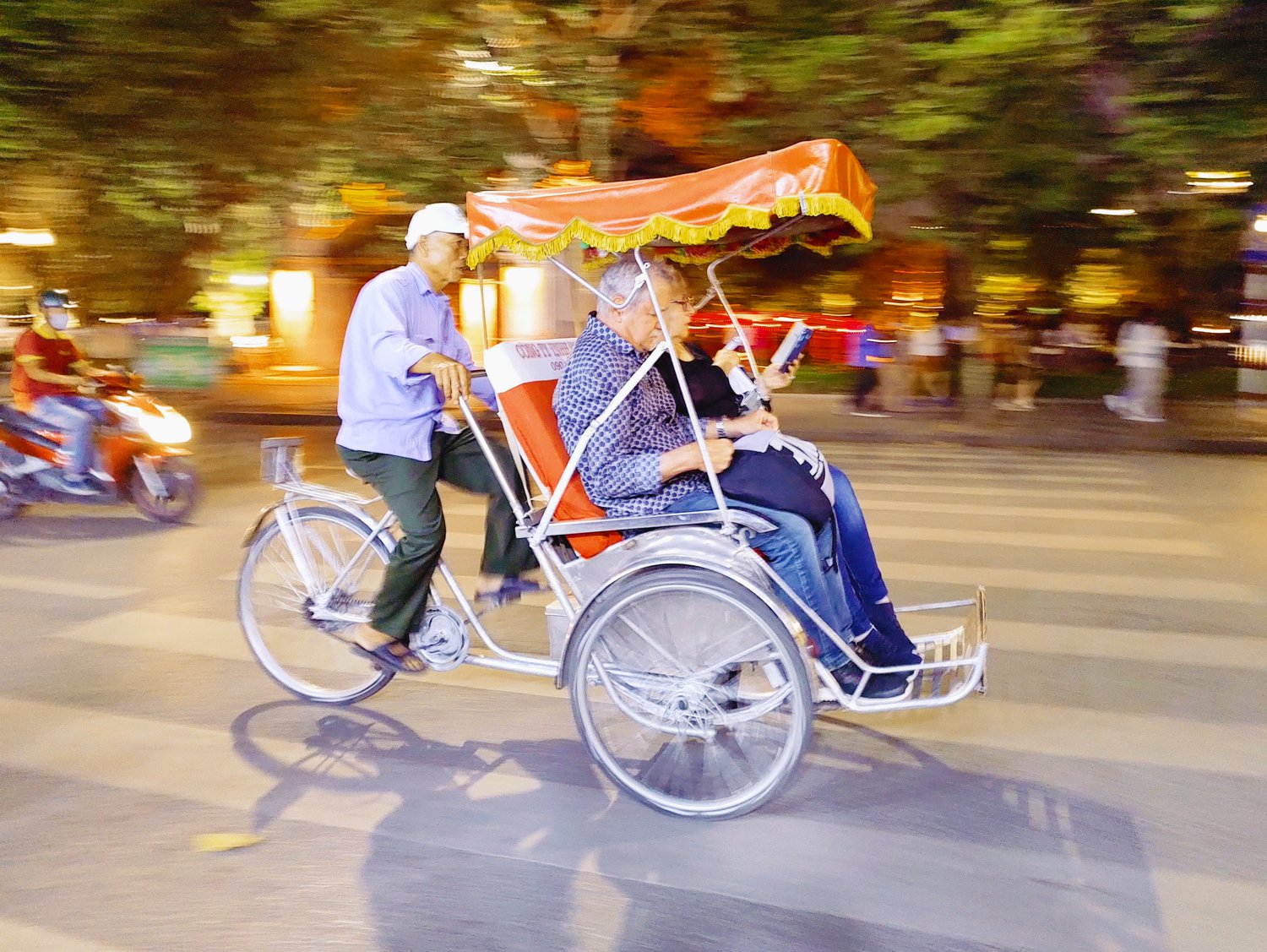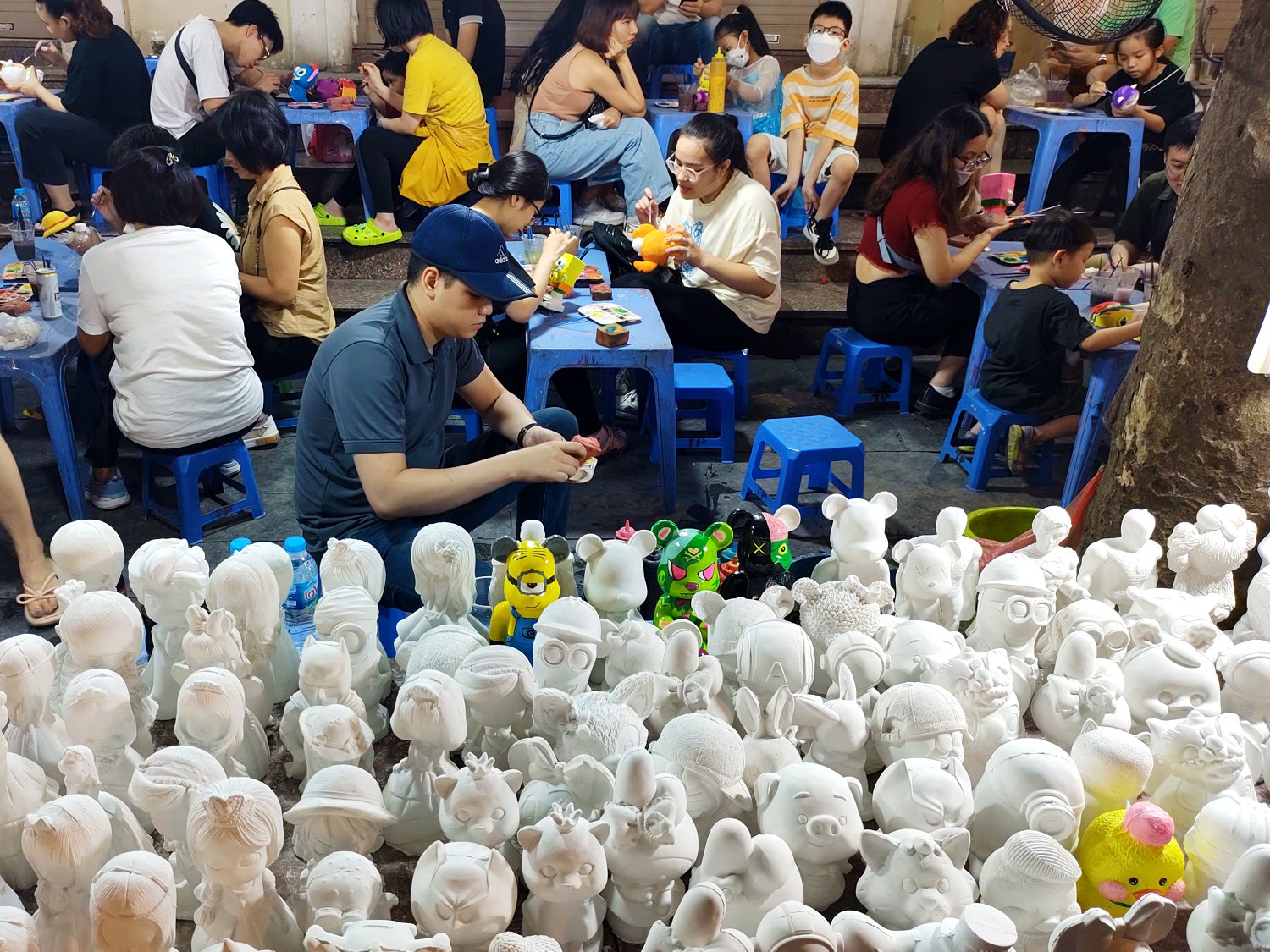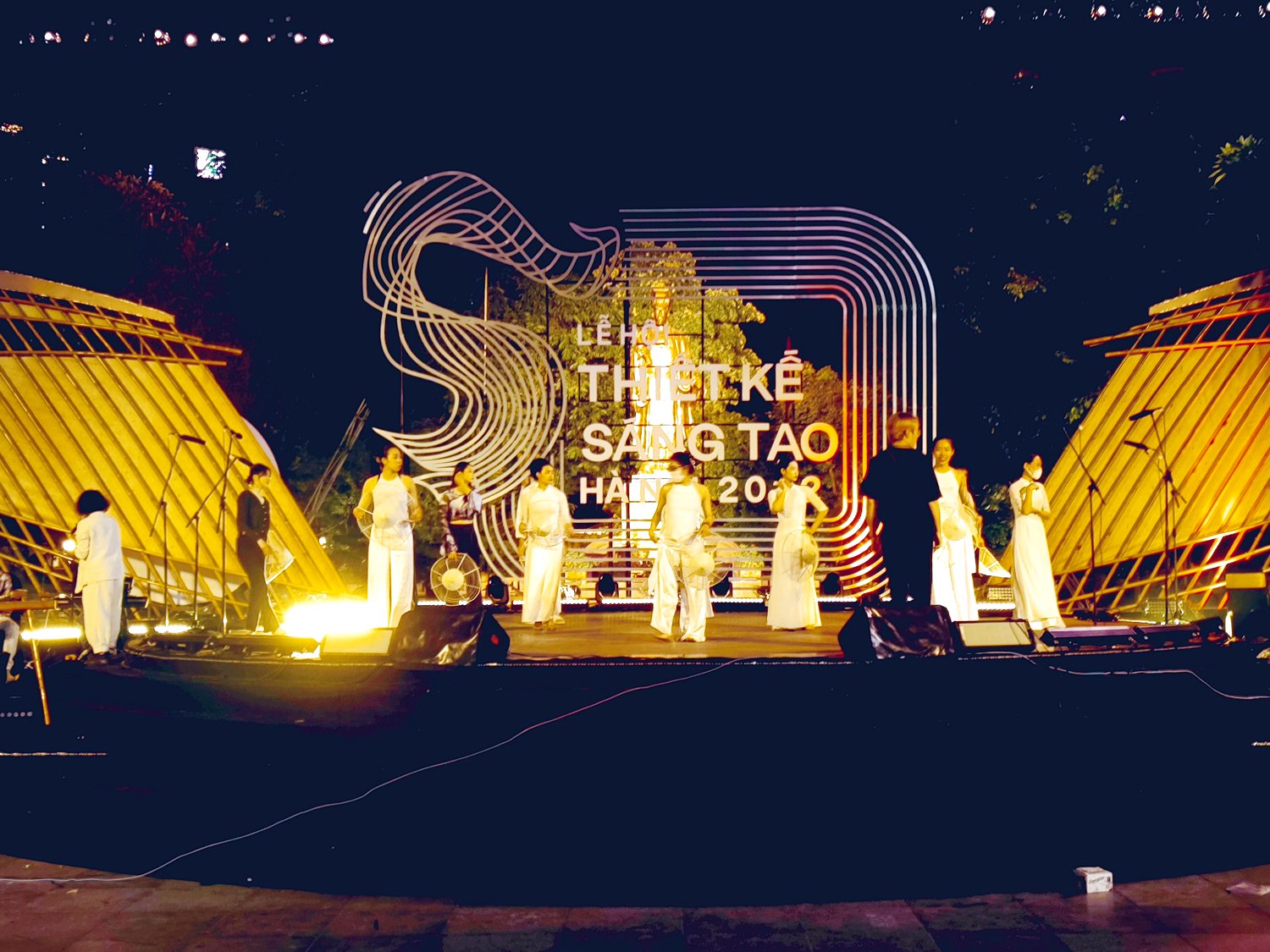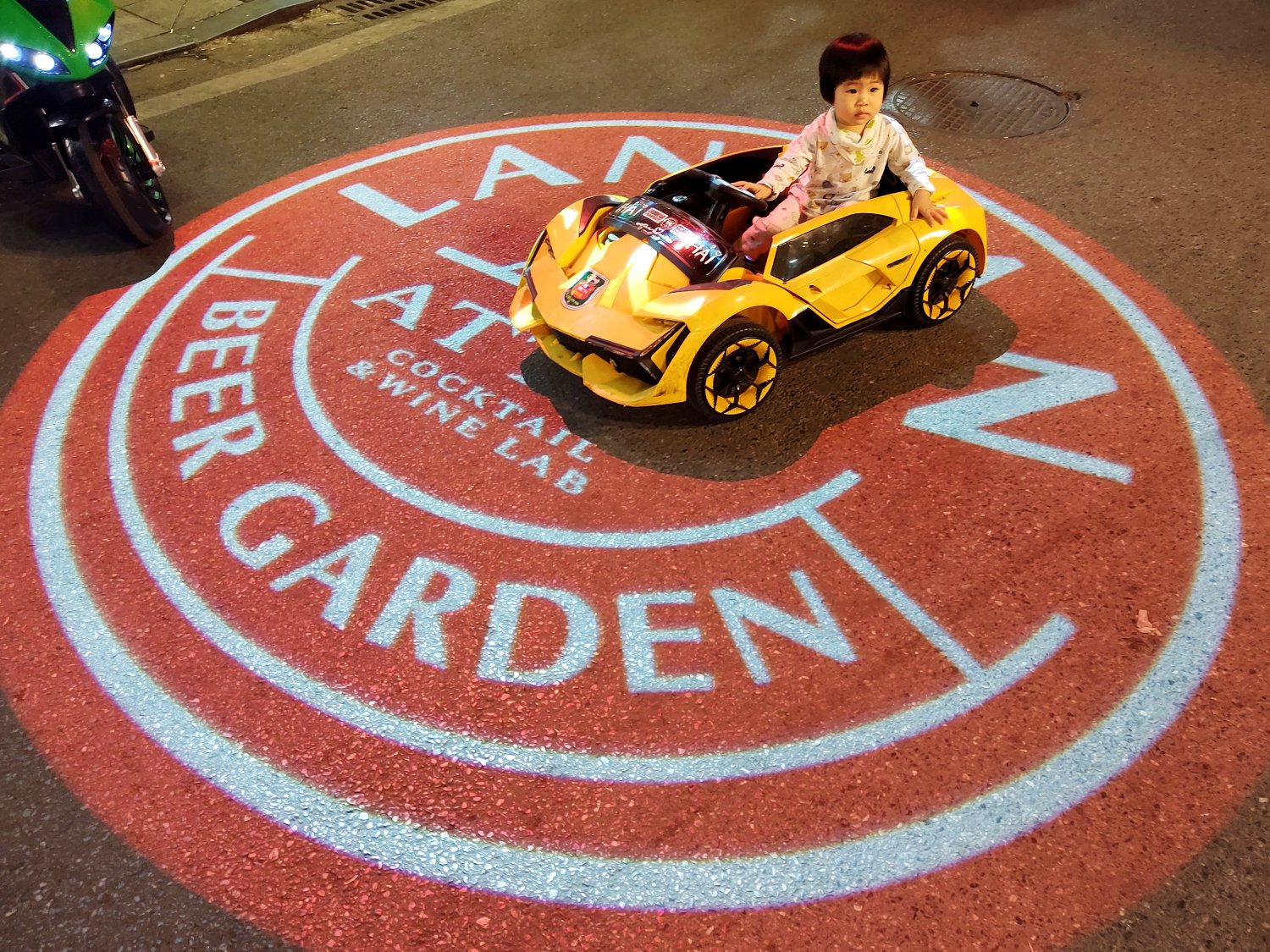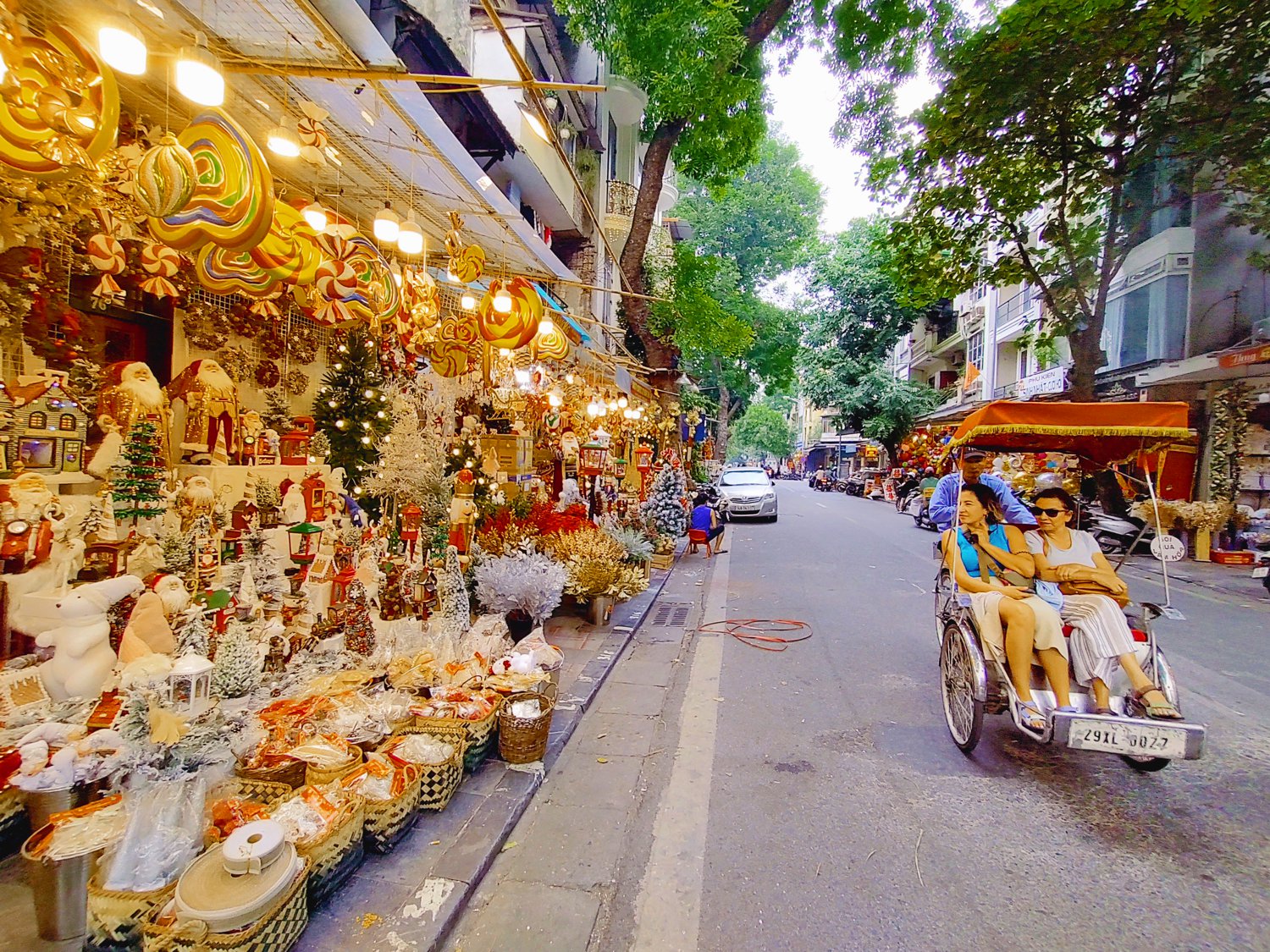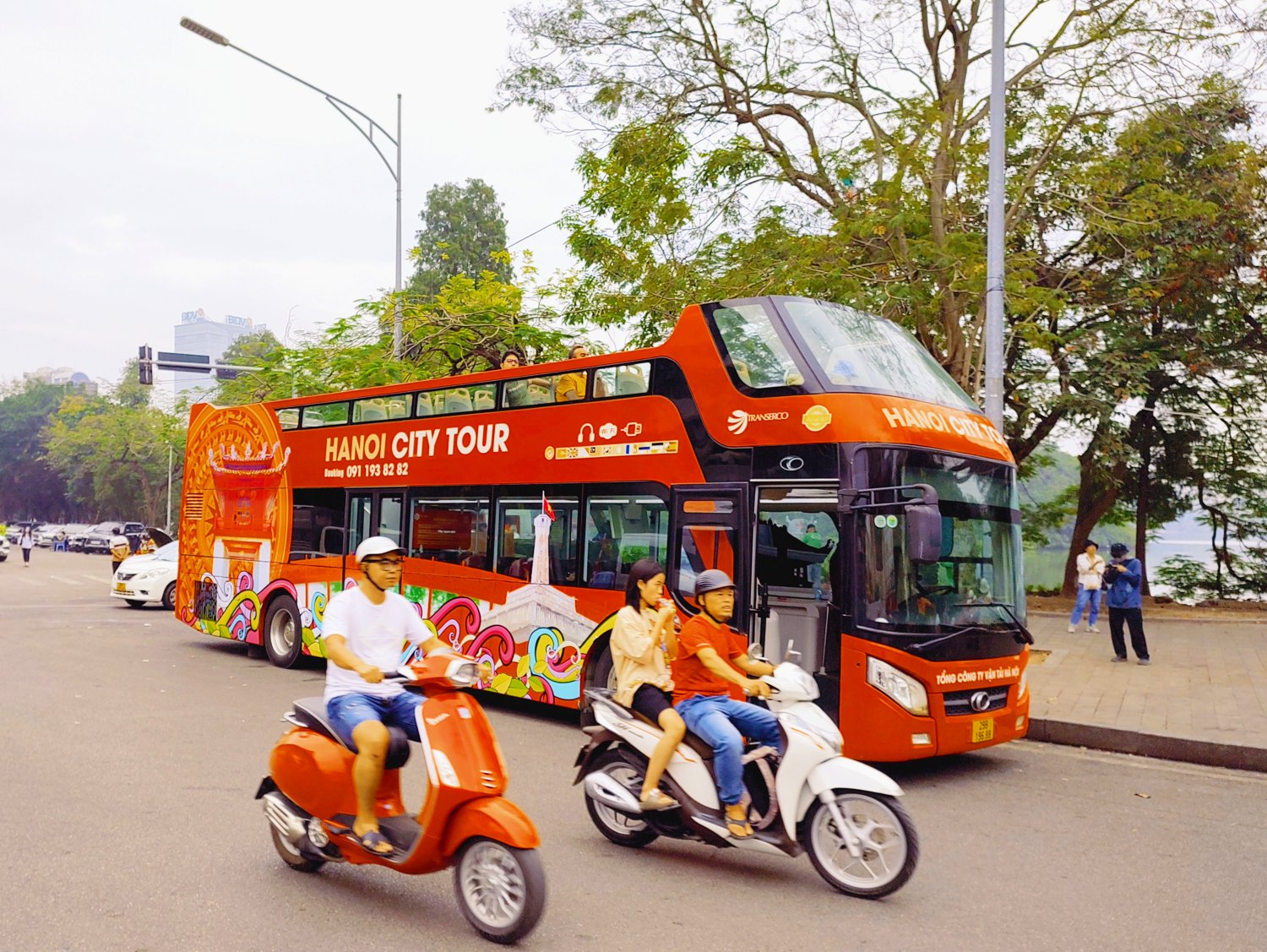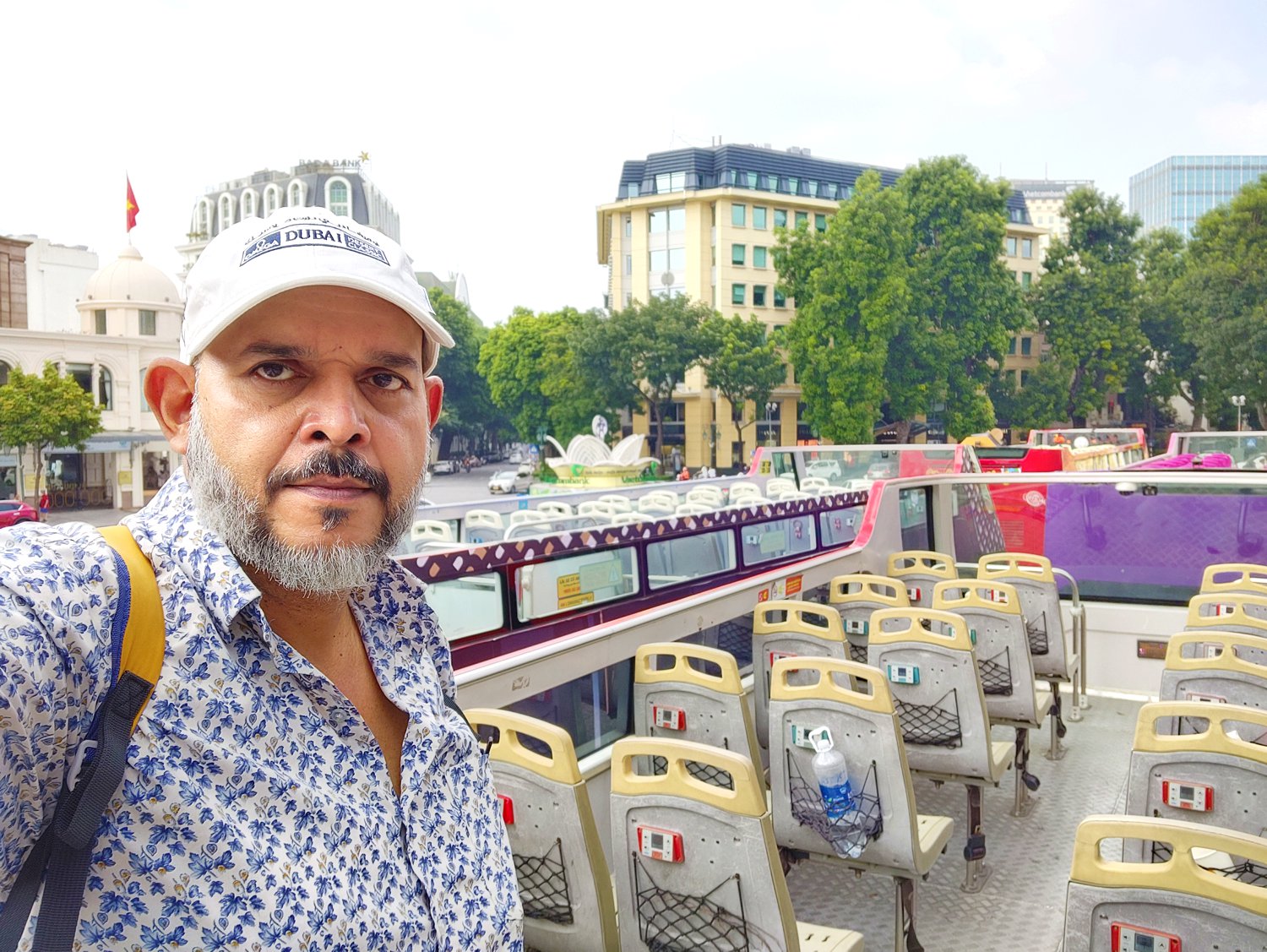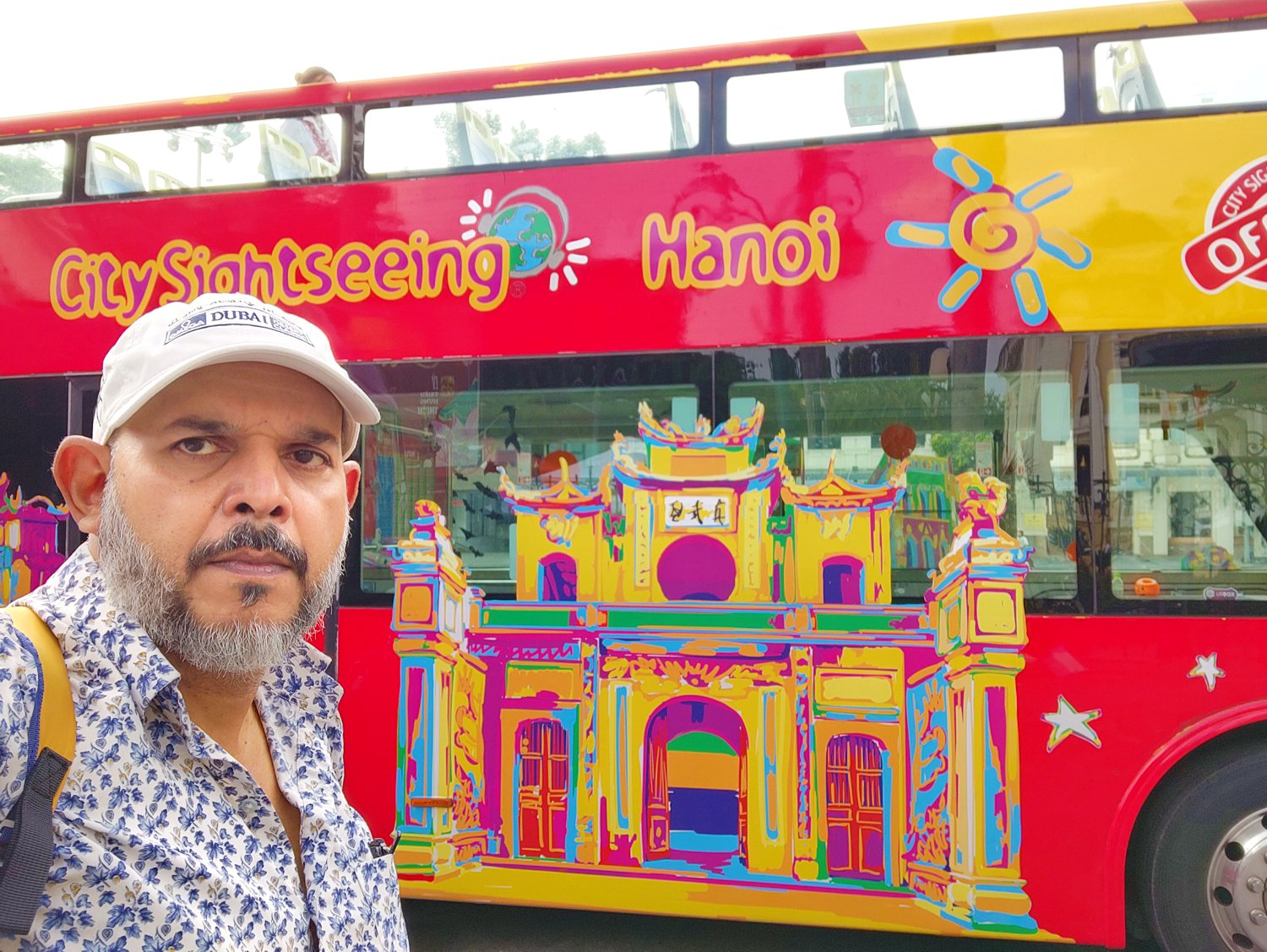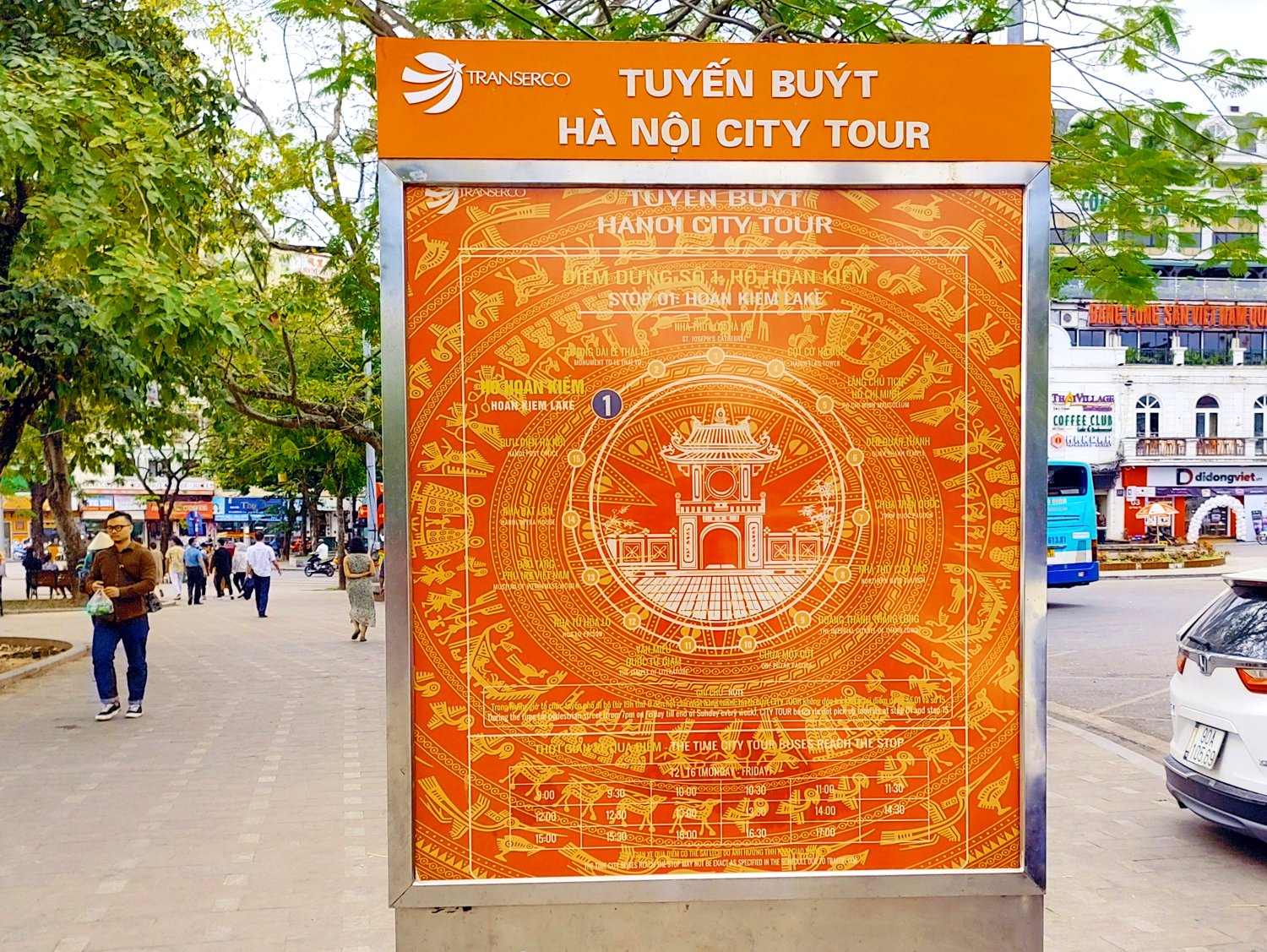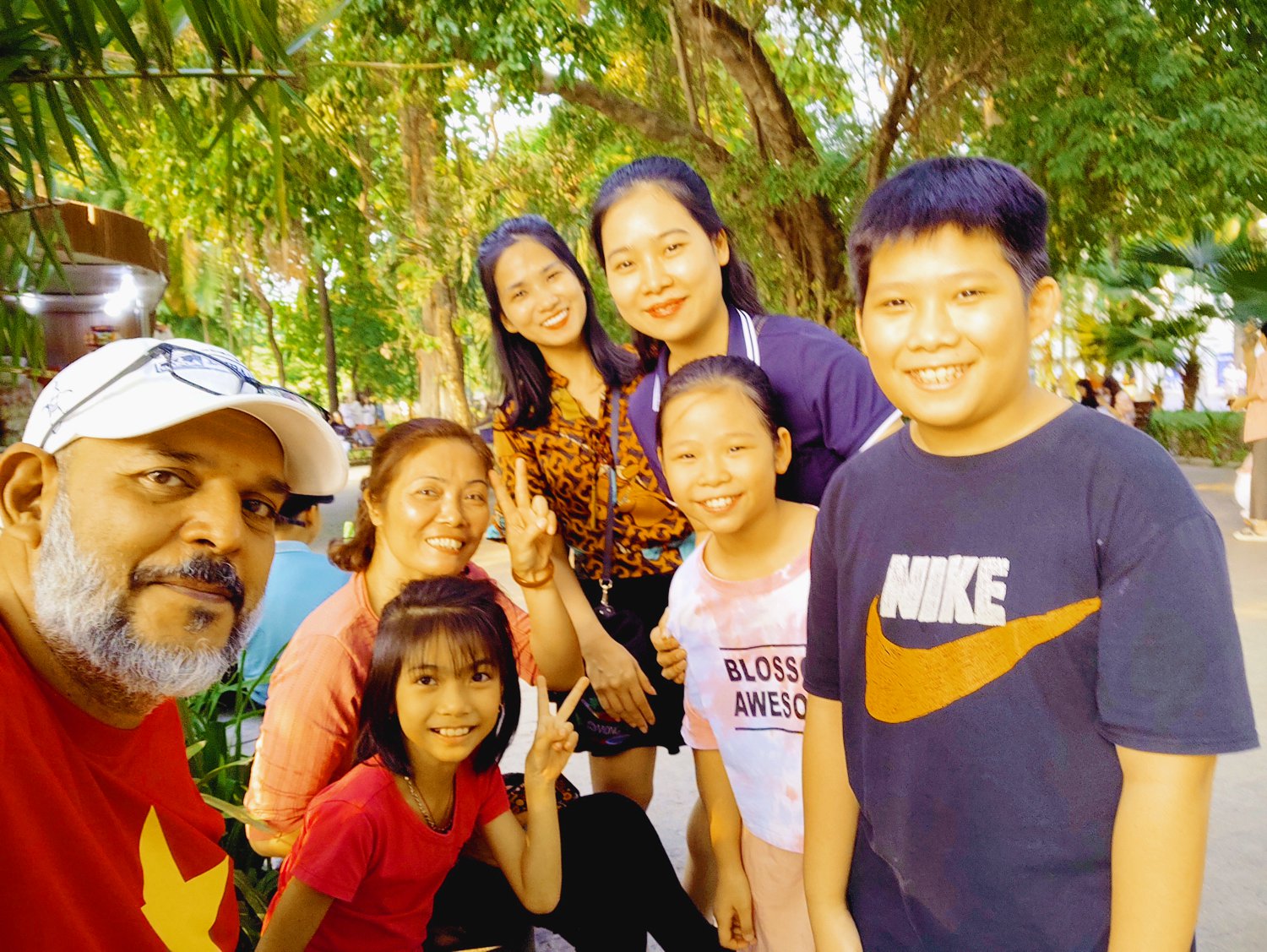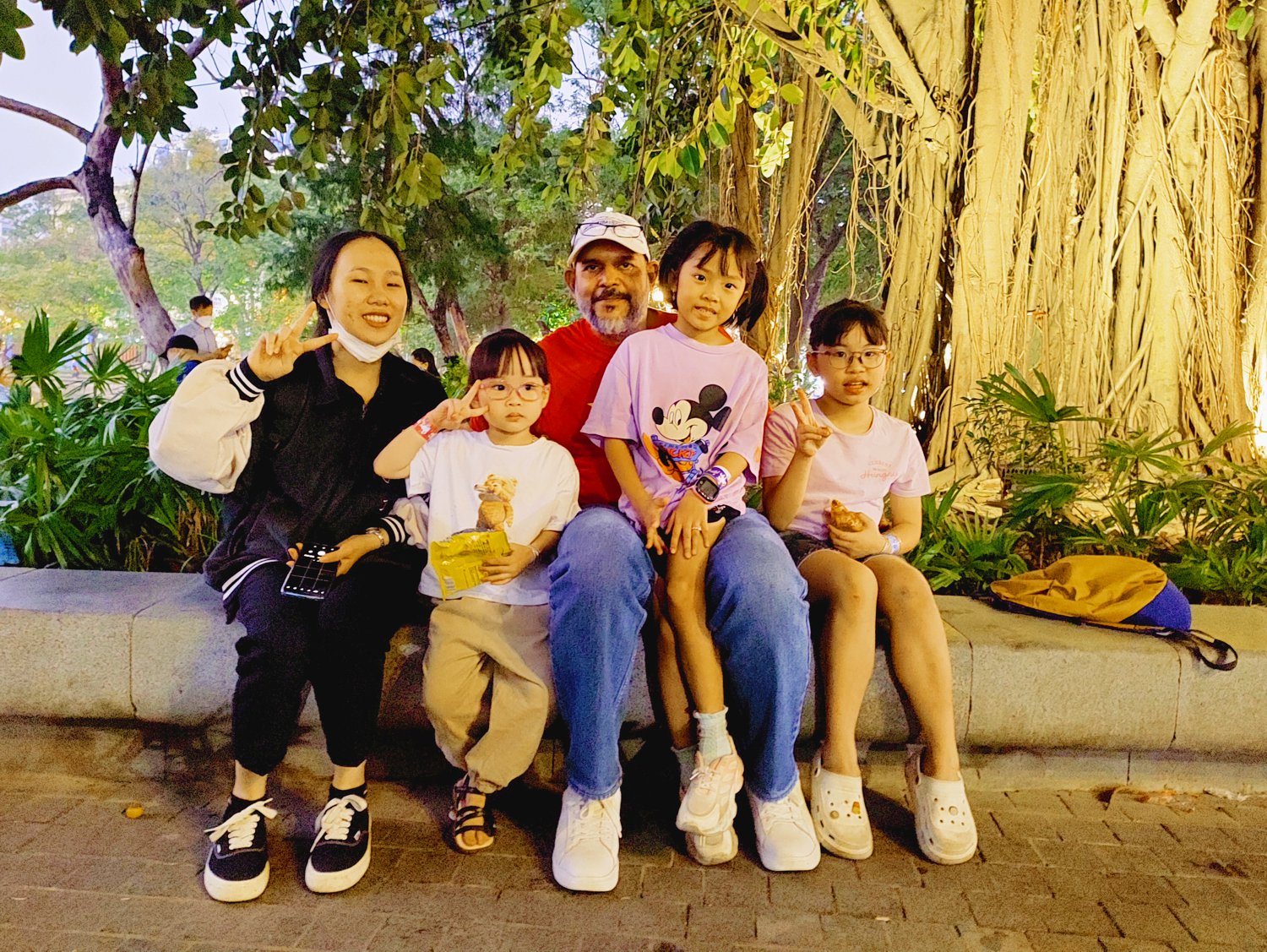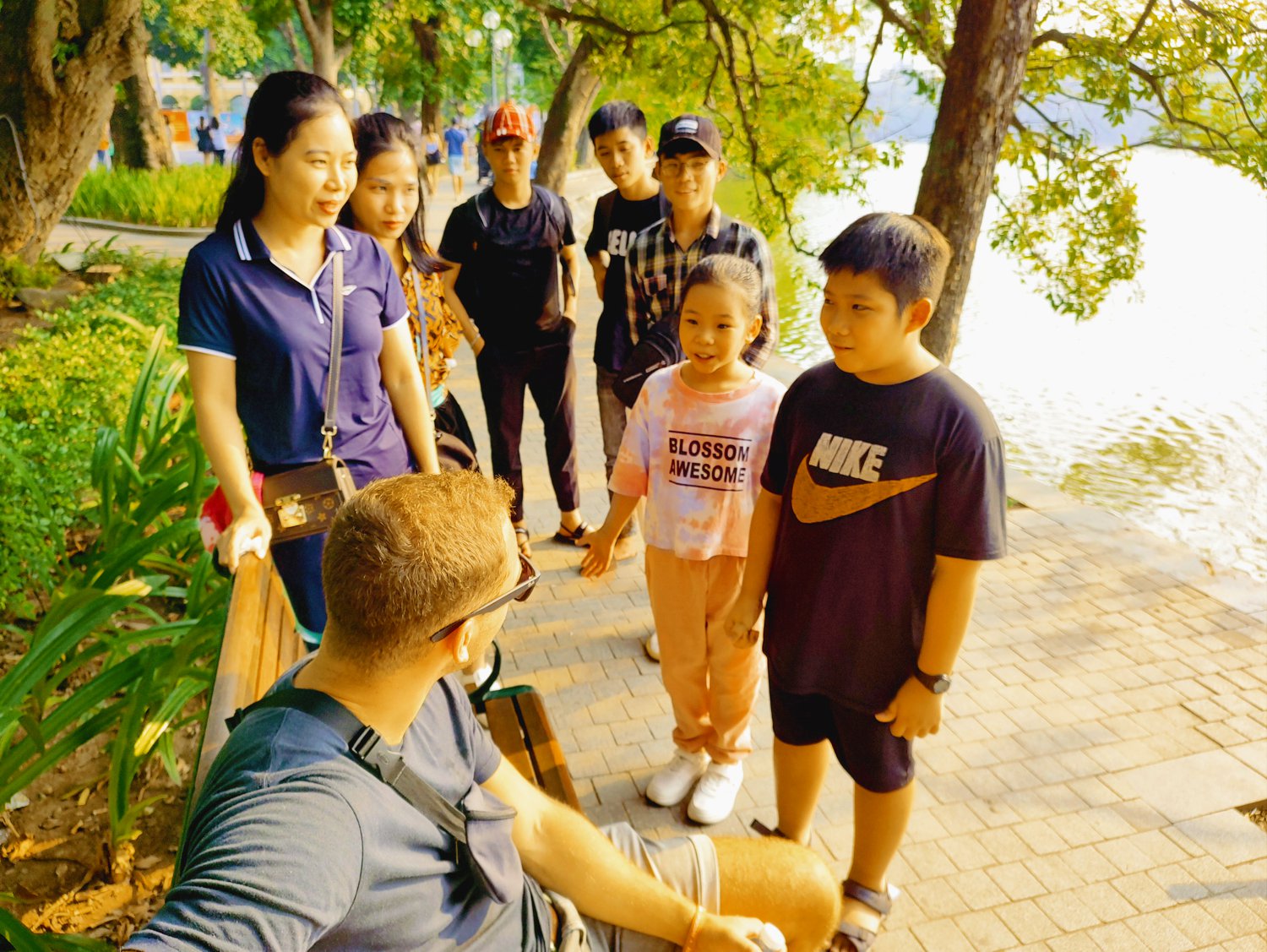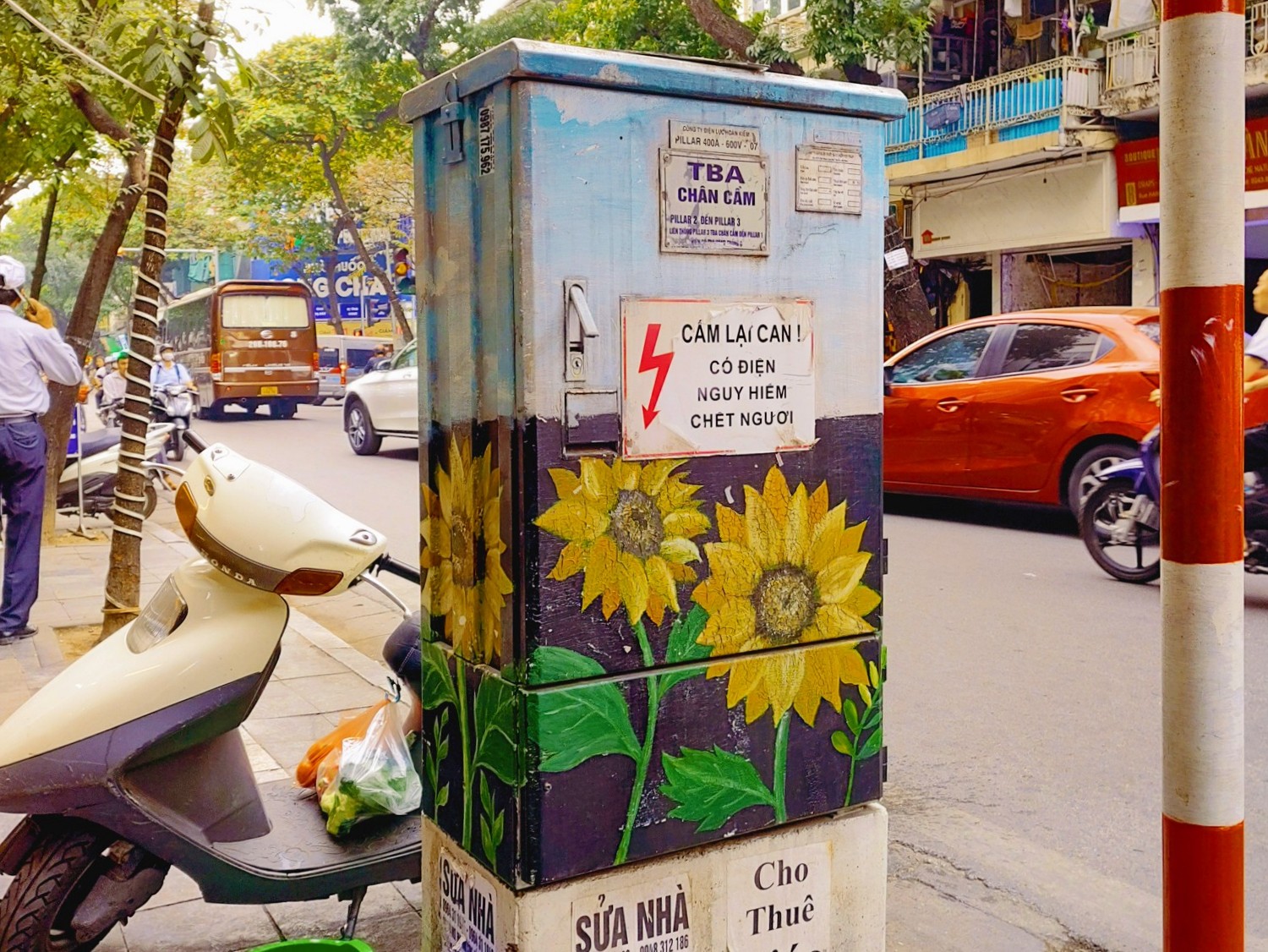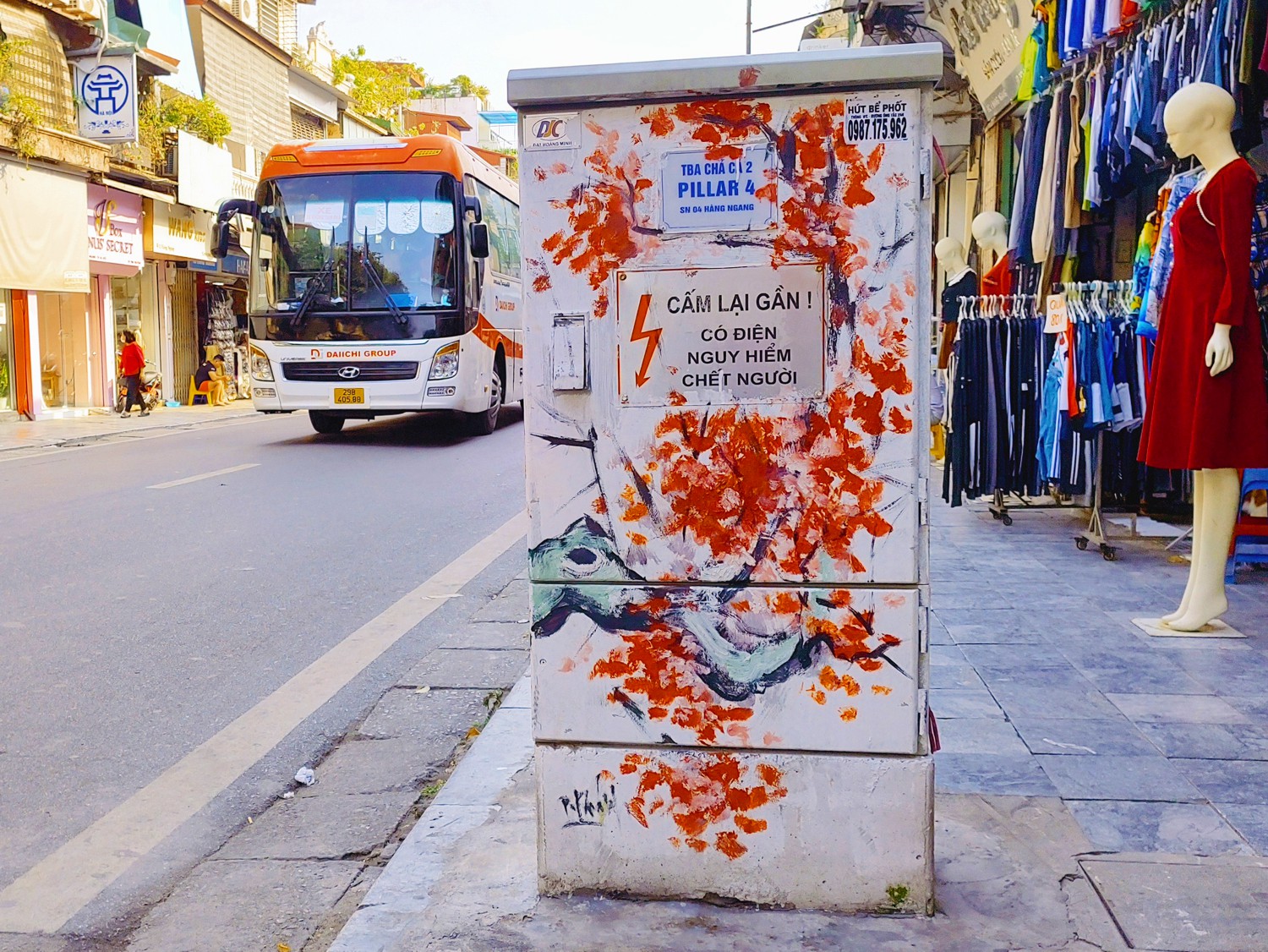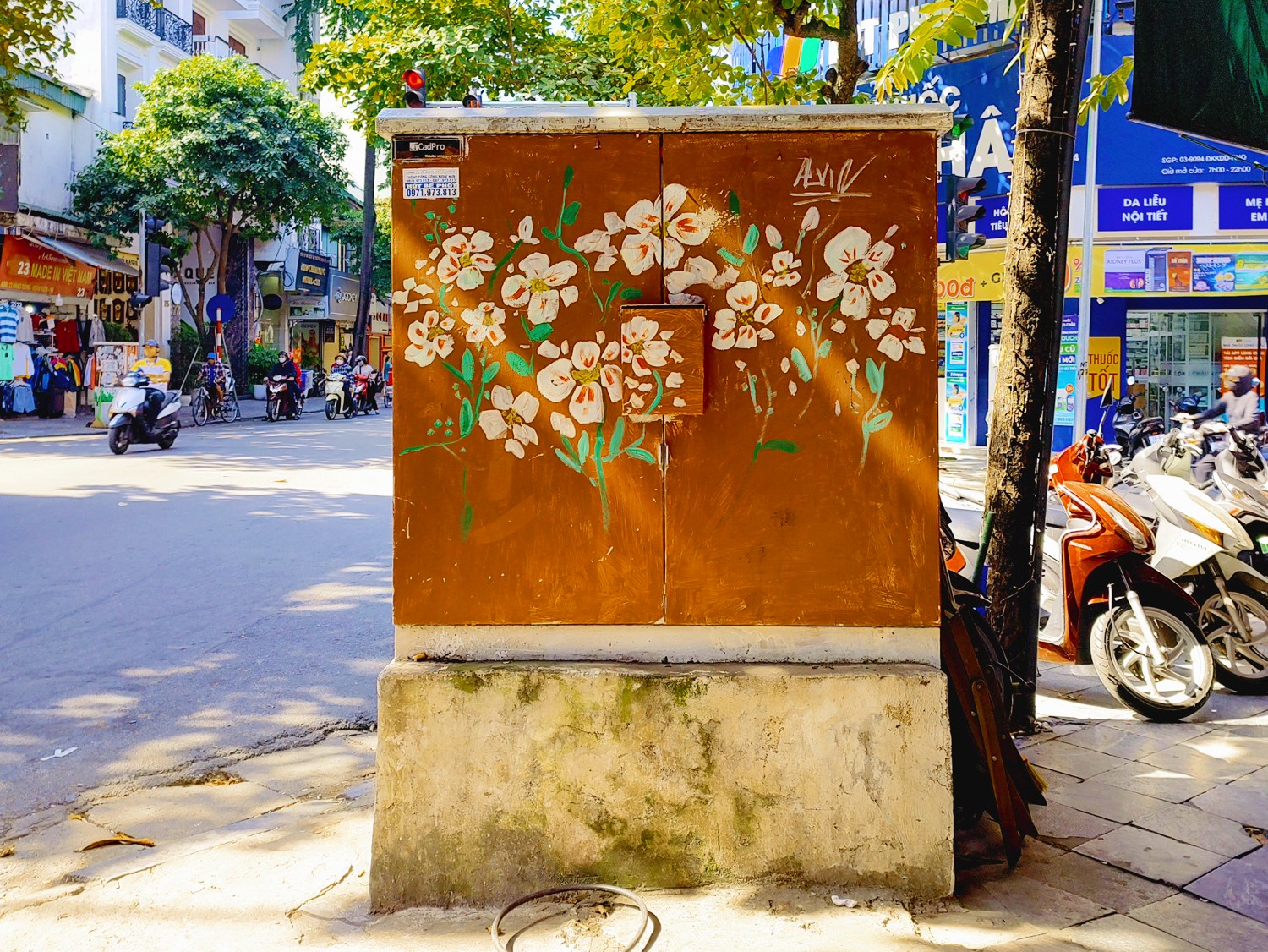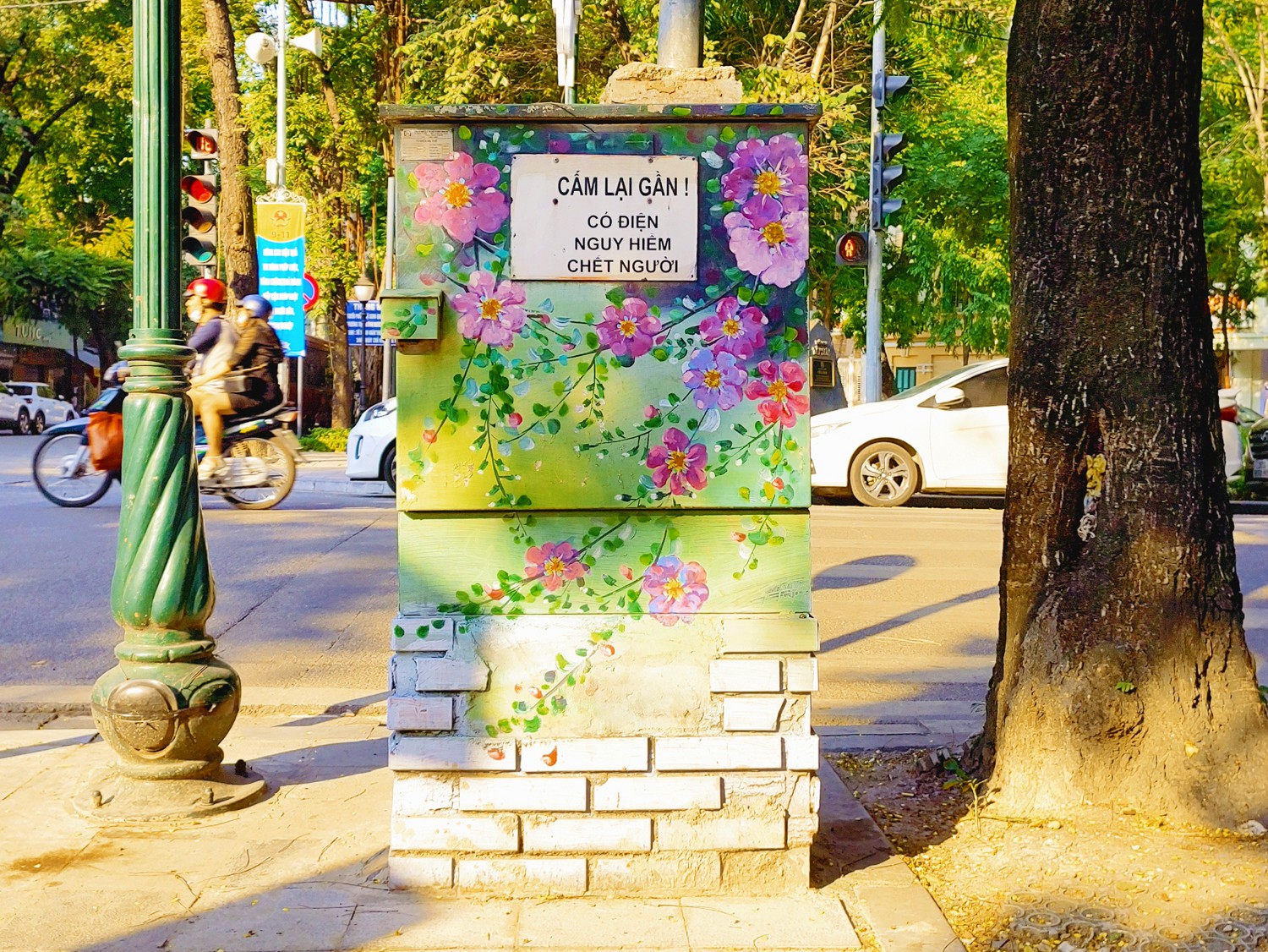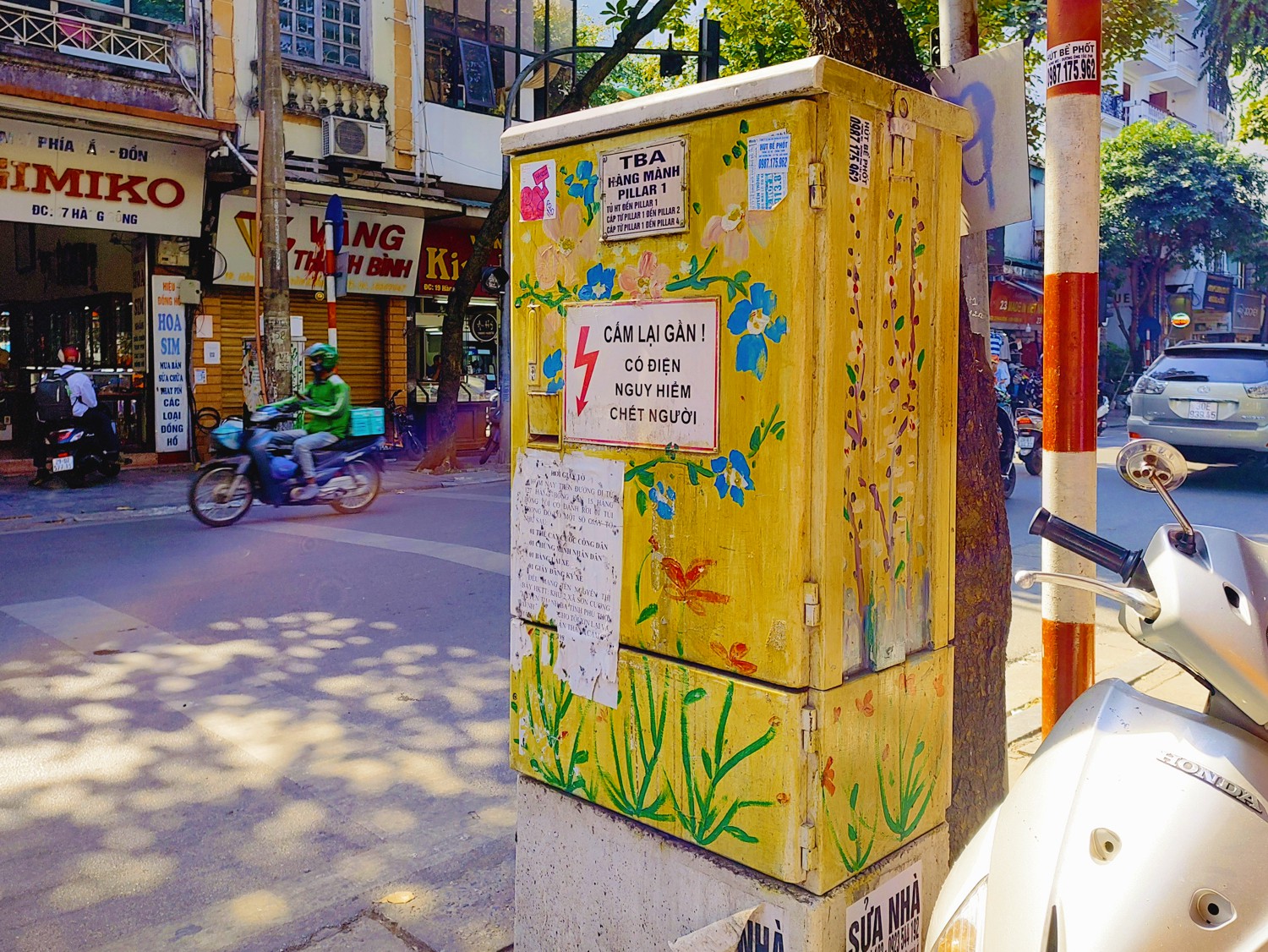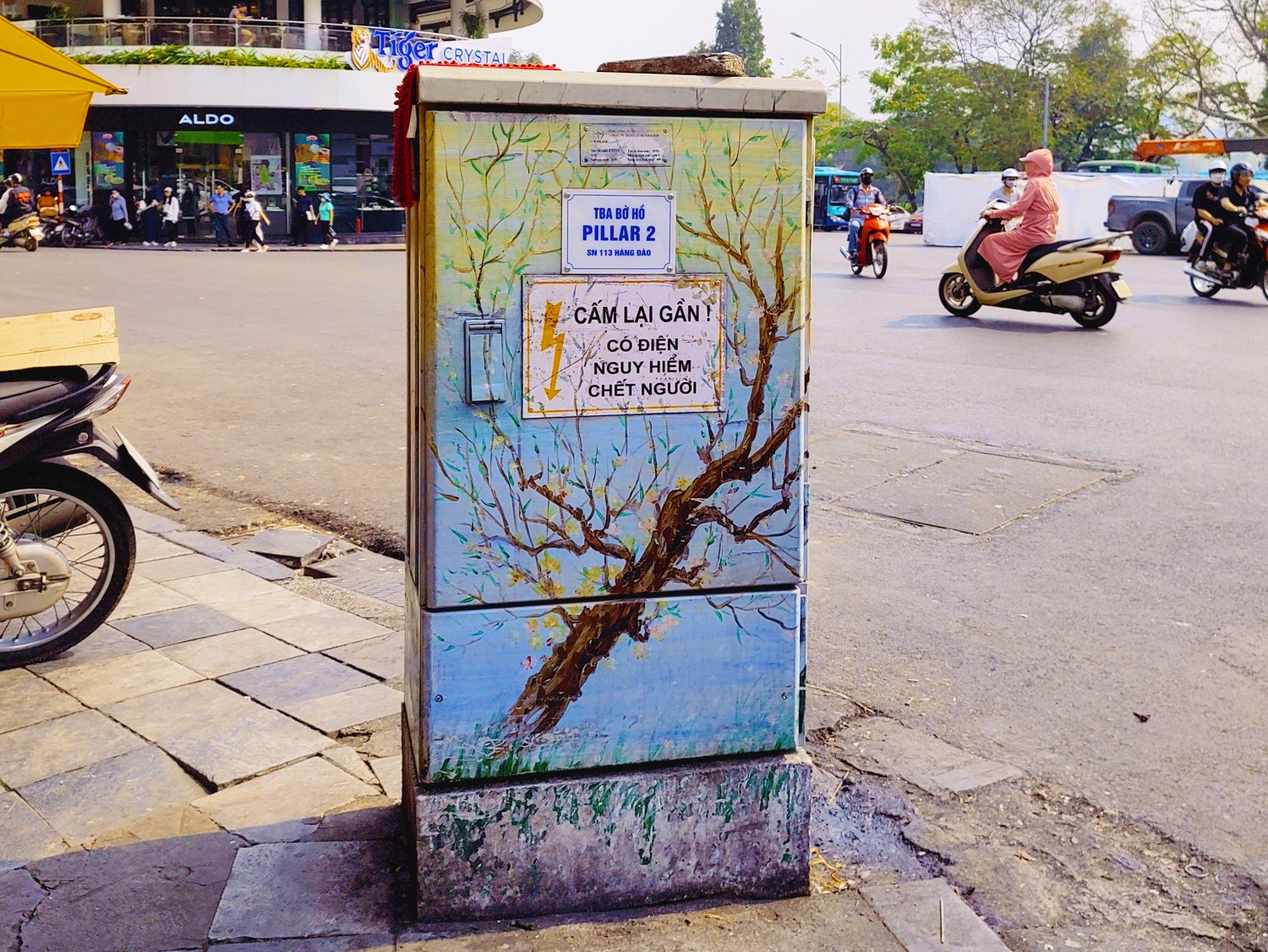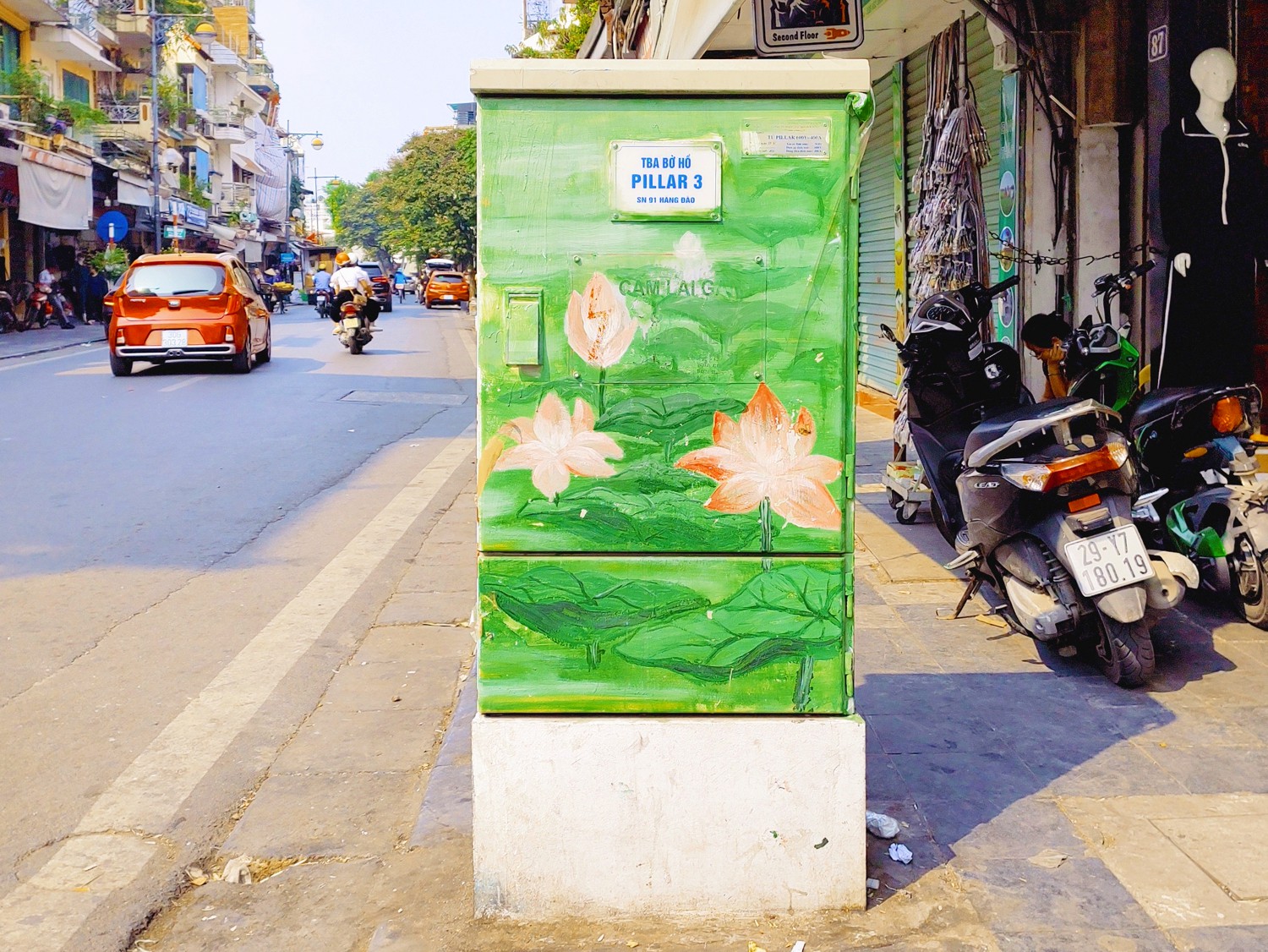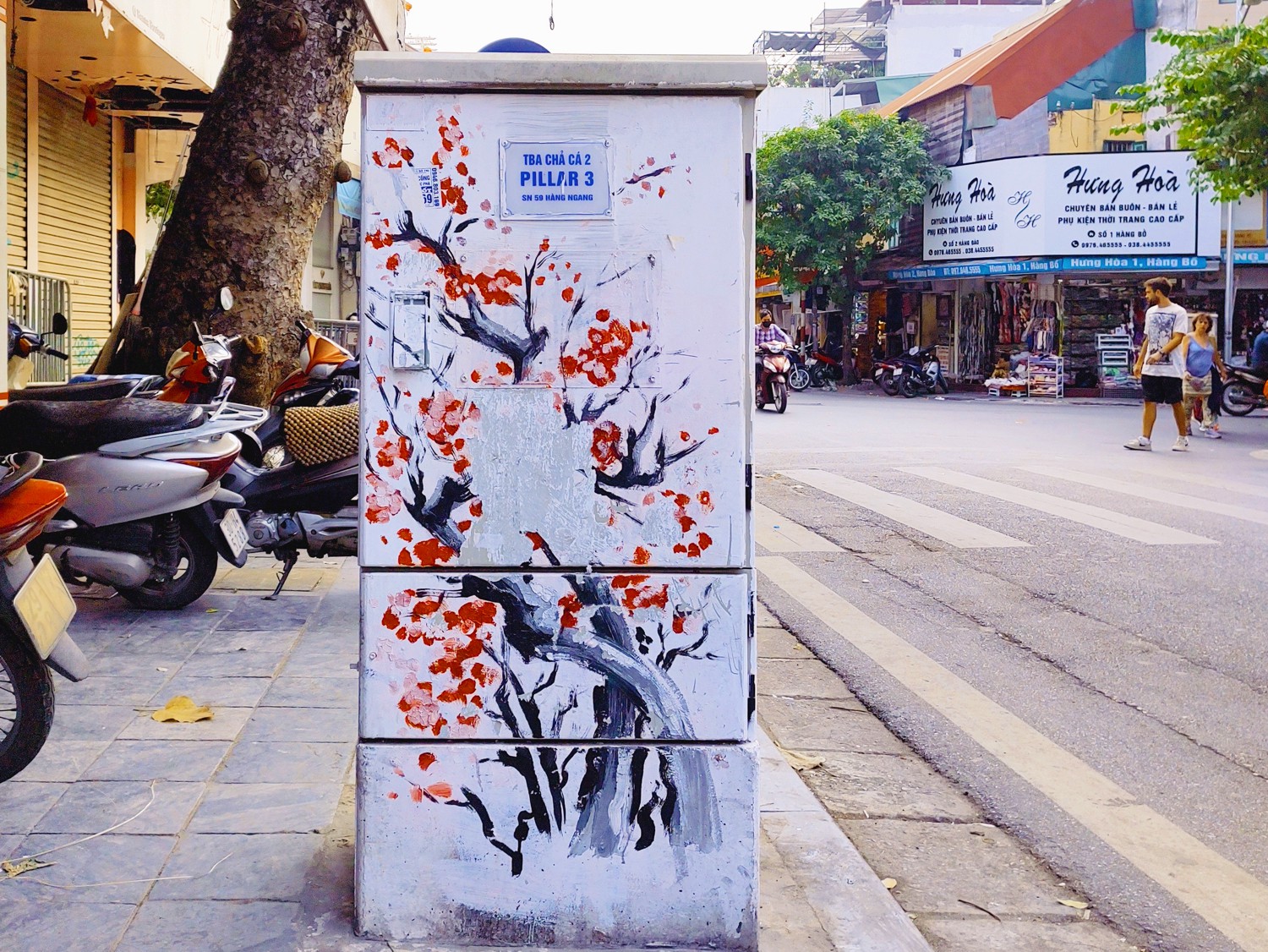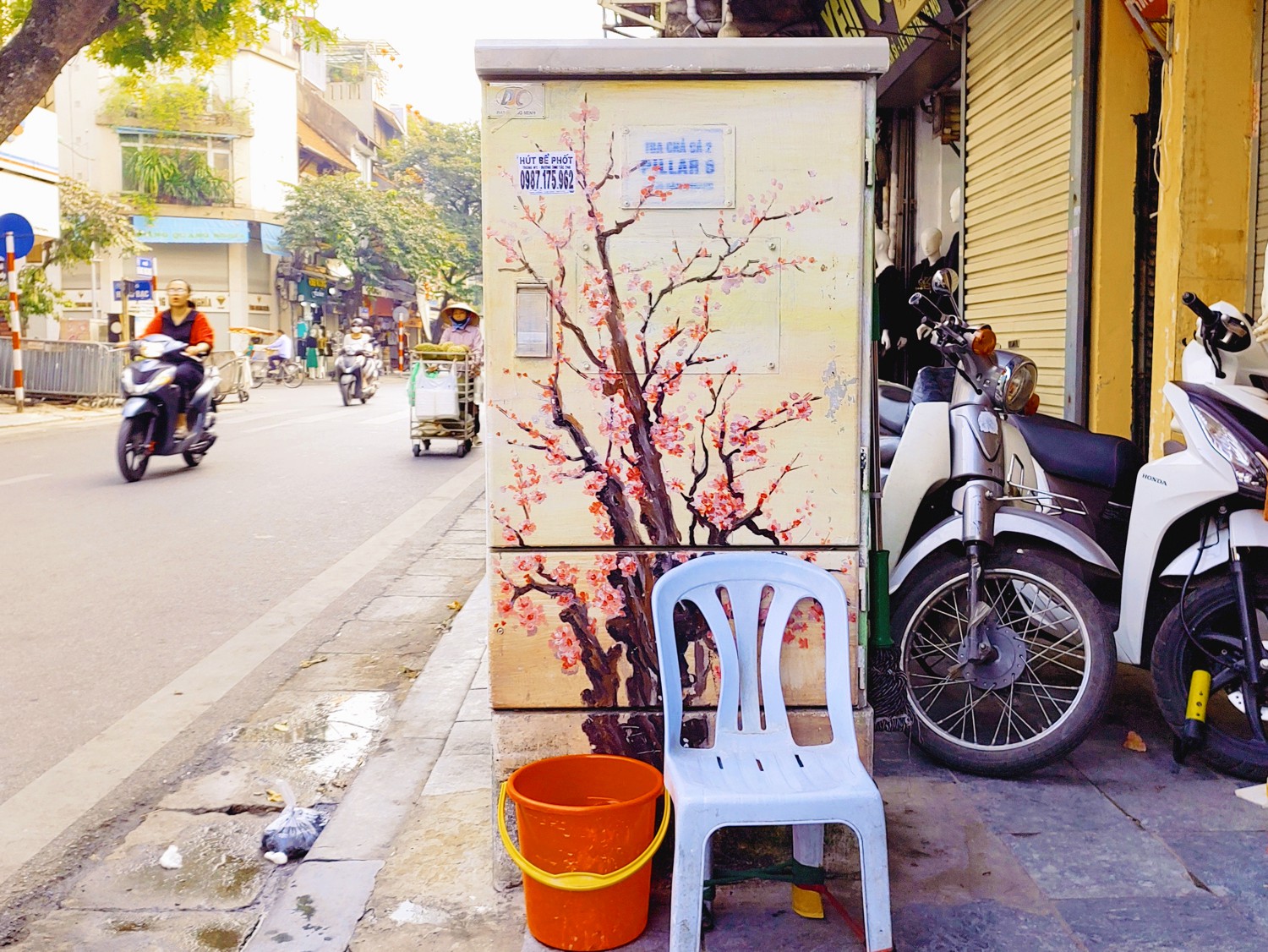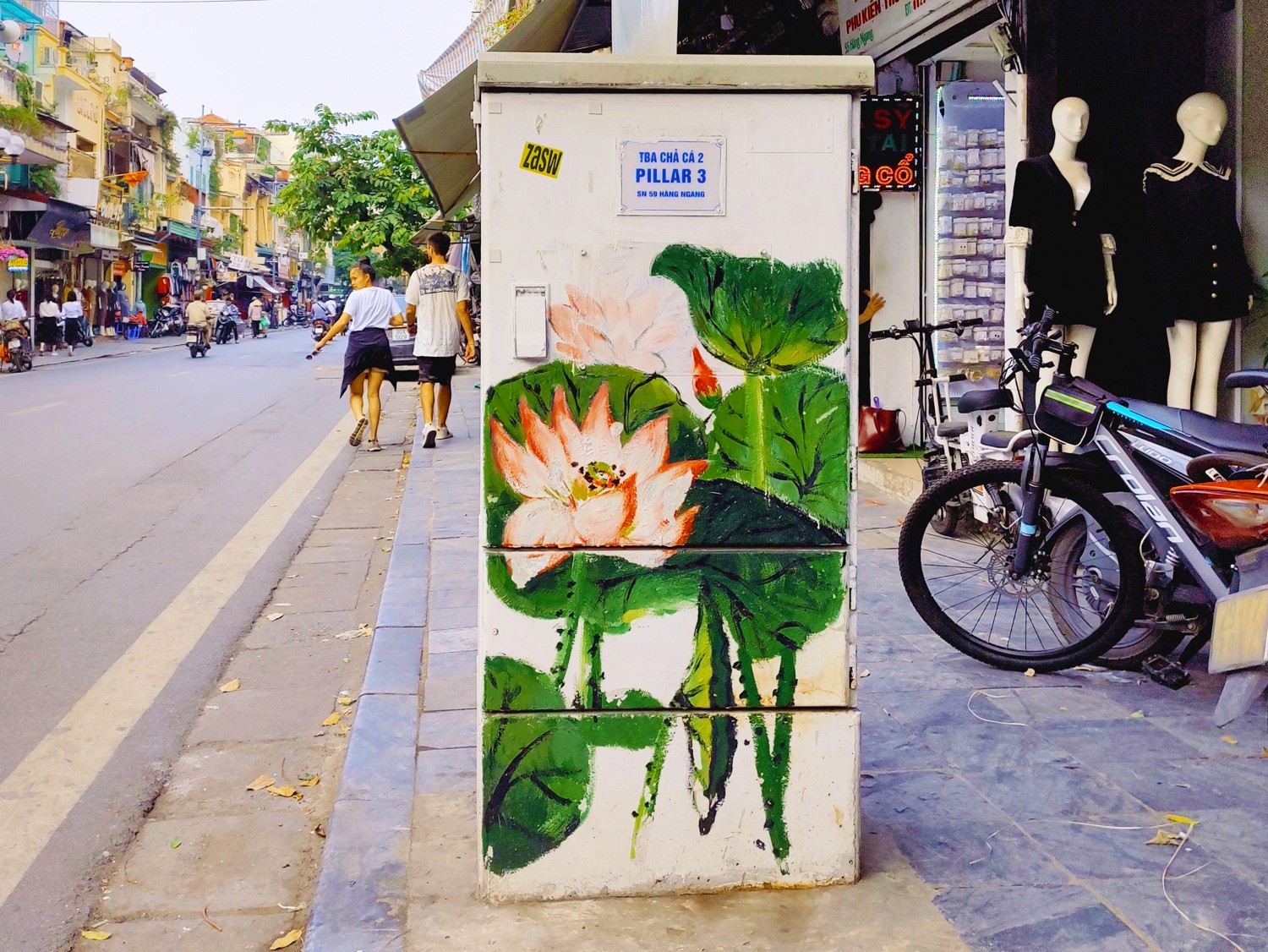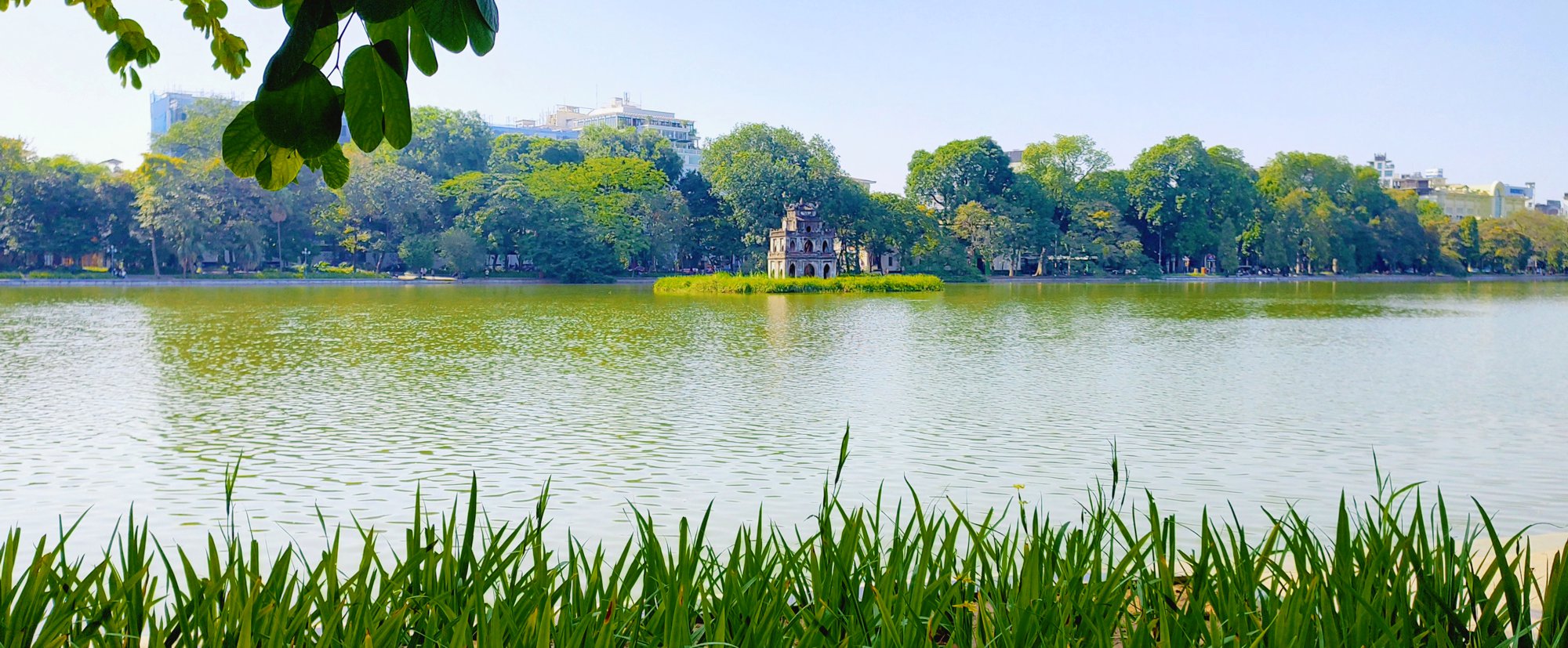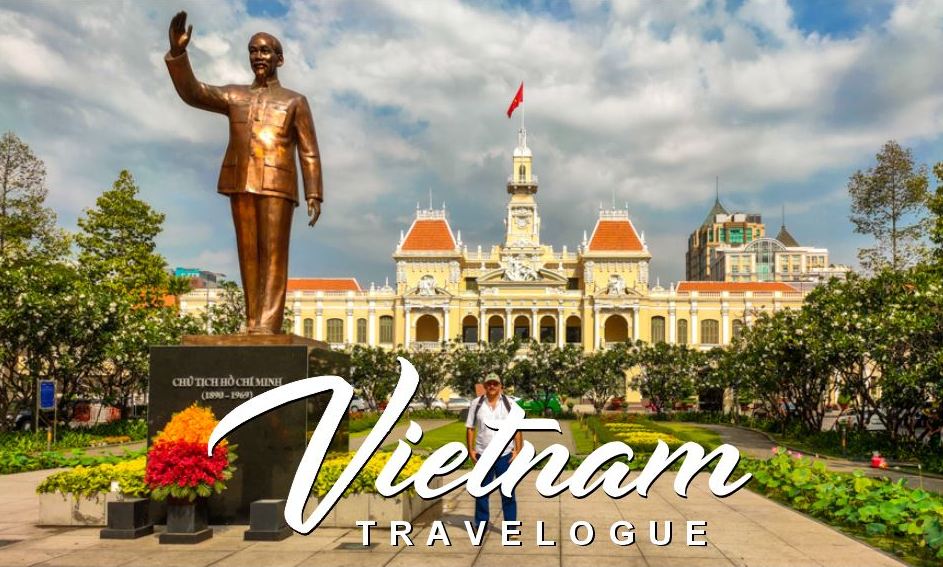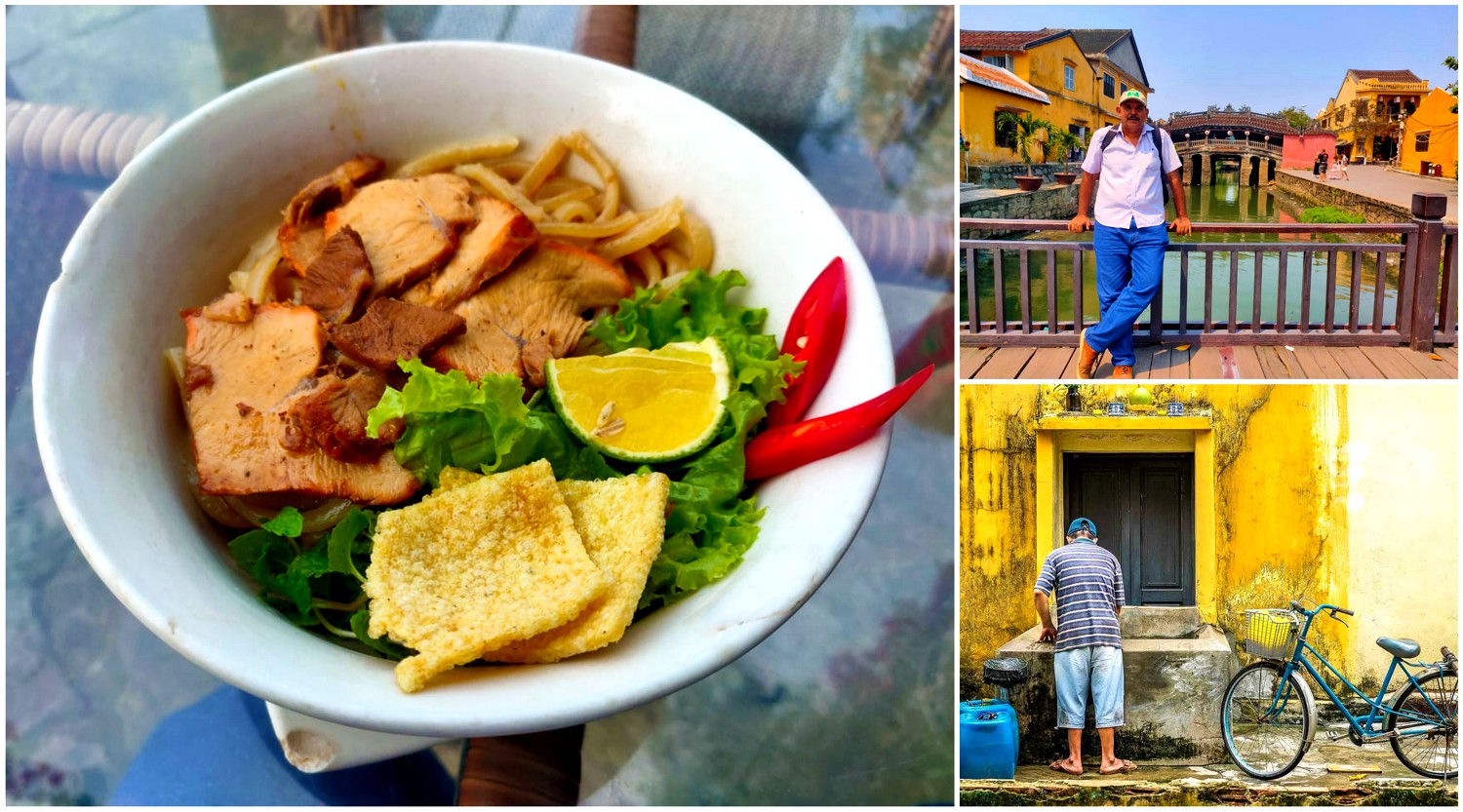Hanoi, the capital and second-largest city of Vietnam, is a popular tourist destination known for its rich history, traditional architecture, and delicious cuisine.
There are 12 districts in Hanoi, but the Old Quarter is a place to be. Here, traditional shophouses and temples sit alongside modern restaurants and bars. The city’s centerpiece, Hoan Kiem Lake, is surrounded by parks and is home to the iconic Turtle Tower. Additionally, Hanoi has many historical sites, such as the Temple of Literature, the Imperial Citadel of Thang Long, and the Ho Chi Minh Mausoleum. Despite currently undergoing significant modernization, Hanoi offers a variety of activities for tourists in addition to its historical and cultural attractions. These include visiting museums, shopping at local markets, or taking a leisurely cyclo ride around the city.
Also the city’s proximity to natural attractions makes it an ideal starting point for exploring the surrounding area. Sapa, a popular destination for trekkers, can be reached by an overnight train ride. Ha Long Bay is a four-hour drive away and Ninh Binh is two hours away by car.
With its charming atmosphere and friendly locals, Hanoi is a must-visit destination for any traveller visiting Vietnam. In November 2022, I spent ten days exploring this vibrant city and experiencing its many popular tourist attractions. This travelogue is divided into three parts: 1. A guide to Hanoi’s must-see sights and activities, 2. Recommendations for accommodations and 3. Information on when to visit.
Additionally, you should also read my previous post, “Enchanting Vietnam” for information on obtaining a Vietnam visa, understanding the currency used, purchasing SIM cards, and other interesting places to visit such as Ho Chi Minh City (formerly known as Saigon), Hue, and Hoi An.
1. A guide to Hanoi’s must-see sights and activities:
The Old Quarter is a historic area in the city known for its narrow streets, traditional architecture, and bustling markets. The area dates back to the 13th century and was originally home to craftspeople and merchants who were grouped together by the type of goods they sold. Visitors can sample traditional Vietnamese dishes such as pho noodle soup and banh mi sandwiches while experiencing the rich culture and history of the area. The narrow streets may be difficult to navigate, but they add to the charm of the lively and bustling atmosphere.
Hoan Kiem Lake, located in the city centre, is a beautiful and popular spot for both locals and tourists. Surrounded by many temples, parks, and other cultural and historical sites, the lake is steeped in rich history and legend. It is a popular place for residents to take a leisurely stroll, exercise, or simply relax.
The legend of Hoan Kiem Lake centers around a sword and a turtle. According to the legend, a 15th century Vietnamese king, Le Loi, was given a magical sword by a golden turtle god to help him drive out the Chinese invaders. After Le Loi succeeded in his campaign, he was boating on the lake when the turtle god appeared and asked for the sword back, as it was needed to restore balance to the world. Le Loi returned the sword, and the turtle was seen swimming away with it into the depths of the lake. This event is said to have given the lake its name, “Lake of the Returned Sword.”
The Temple of the Jade Mountain, also known as Ngoc Son Temple, is located on a small island in the lake. It is dedicated to the 13th-century military leader Tran Hung Dao, who is credited with defeating the invading Mongol army. The temple also honours the scholar Van Xuong and the poet Han Mac Tu, both of whom are highly respected in Vietnamese culture. To reach the temple, visitors must cross the Huc Bridge, which is known as “the place where morning sunlight is first captured.” Inside the temple, there are several artefacts on display, such as a 17th-century bronze bell, a 400-year-old stone turtle, and a wooden board with the names of all 82 provinces of Vietnam carved into it.
St. Joseph’s Cathedral is an important landmark in the city. Building work began in 1884, with an architectural style resembling that of Notre Dame in Paris. The cathedral is constructed of red brick and features two tall spires and a large central nave with intricate stone carvings. The interior boasts beautiful stained-glass windows and intricate frescoes. When it opened in December 1886, it was one of the first structures erected by the French colonial government in French Indochina. Today, the cathedral remains an active place of worship for the local Catholic community and is a popular tourist destination, located just a short walk from the Old Quarter.
Bach Ma Temple is known as one of the Four Sacred Temples that guard the ancient city of Hanoi. It is said to have been built in the 9th century by a Chinese wizard who encountered Saint Long Do, the god that governed the city. According to legend, when King Ly Thai To had difficulties building the walls surrounding the city, Saint Long Do came to the rescue in the form of a white horse. In gratitude, the king renamed the temple “Bach Ma,” meaning “white horse,” which is a symbol of prosperity and good luck in Vietnamese culture.
Hoa Lo Prison, built by the French in 1896 on land that was once a famous pottery village. “Hoa Lo” directly translates to “stove” or “fiery furnace”, which were all over the village churning out household pottery products day and night. It was the largest prison in Indochina and was used to imprison political and revolutionary Vietnamese fighters. The prison was notorious for its harsh conditions and brutal treatment of prisoners, many of whom were subjected to torture and forced labor. During the Vietnam War, it was used by the North Vietnamese government to hold American prisoners of war, who euphemistically called it the “Ha Noi Hilton.” Notable detainees included Douglas Peterson, who later became the first US Ambassador to Vietnam, and John McCain, a US Senator.
What you see of the present-day Hoa Lo Prison is actually only the small southern section of the entire prison complex back in the day; most of the prison was demolished in the mid-1990s to make way for development. The present-day complex, which has been converted into a museum, can be entered through the gate on Hoa Lo Street, which was known among Vietnamese inmates as “the Monster’s Mouth.” This door is emblazoned with the words Maison Centrale, or “central house”, a common French euphemism for city prisons.
The Temple of Literature is a historic temple and architectural complex dedicated to Confucius, the Chinese philosopher and educator. It was built in 1070 AD during Emperor Lý Thánh Tông’s reign. The “Imperial Academy,” Vietnam’s first national university, was established here in 1076 and served as a centre of learning for the royal family and aristocracy for over 700 years. The temple has five courtyards as well as a number of buildings and structures, including a main hall, pavilions, and a lake. The temple also features stone steles, which are inscribed with the names of graduates from the university dating back to 1442. The temple is a UNESCO World Heritage Site and features on the back of 100,000 Vietnam Dong banknotes.
The Lotte Sky Observation Deck, located on the 65th floor of the Lotte Skyscraper, offers visitors a chance to take in the breathtaking panoramic views of Hanoi. From this vantage point, visitors can see iconic landmarks such as the Red River, Hoan Kiem Lake, West Lake, and the Old Quarter. The deck is equipped with telescopes and binoculars, giving visitors the opportunity to get a closer look at these landmarks. Designed by South Korean firm Samoo Architects & Engineers, the building was completed in 2011 and is currently the tallest in Hanoi. Visitors should not miss the chance to walk on the glass floor, which offers a heart-stopping view of the 65 stories between you and the pavement. Another must-try experience is the virtual paragliding ride, which takes you from the top of the tower, gliding over many of the city’s landmarks.
The Hanoi Opera House is an architectural masterpiece located in the heart of the city. Built in 1911 by French architect Eugene Ferret, it served as a symbol of French colonial power and a venue for French colonial officials and the Vietnamese elite to gather and enjoy performances of opera, ballet, and traditional Vietnamese theater. The building is a mix of European and Asian architectural styles and features a grand auditorium, a smaller theater, and several function rooms. The Opera House has played an important role in the cultural life of Hanoi and continues to host performances of opera, ballet, and traditional Vietnamese theater.
The Women’s Museum, established in 1987, is dedicated to showcasing the role and contributions of women in Vietnamese society and culture. It exhibits artifacts, photographs, and information on the roles and contributions of women throughout history, as well as the lives and achievements of renowned Vietnamese women. The museum covers various themes such as women in agriculture, the workforce and politics, and also features a section on traditional costumes and textiles.
The Military History Museum showcases the country’s rich military history through a variety of exhibits and artifacts. Visitors can explore the various buildings and exhibits, including those related to the Indochina Wars and the Vietnam War. The museum also features a collection of photographs, documents, and other historical materials that offer insight into the wars and the people who fought in them. Outdoors, there is a large display of military planes, equipment, and vehicles, some of which are decommissioned and others that were captured from the enemies.
The Flag Tower of Hanoi, which rises 33.4 meters from the ground, is located within the museum grounds. Visitors can enter the first two tiers of the tower, but the spire is not accessible. The tower was built in 1812 under the Nguyen Dynasty and has survived through the French colonial era, when it was used as a military post.
Lenin Statue: Opposite the tower stands a bronze statue of Vladimir Lenin, the communist revolutionary and first leader of the Soviet Union. The statue, erected in 1990, was built to commemorate the 100th anniversary of Lenin’s birth, and to acknowledge the contributions of the Soviet Union to Vietnam during the Vietnam War. Measuring 14 meters in height, the statue stands on a base of red granite. It is considered a symbol of Vietnam’s communist past and the strong ties between Vietnam and the Soviet Union.
The Imperial Citadel of Thang Long, also known as the Hanoi Citadel, is a UNESCO World Heritage Site built in the 11th century during the Lý Dynasty. It served as the political and cultural center of Vietnam for almost a millennium. The citadel is a complex of architectural works, including the remains of the royal palace, gates, and defensive structures. It is an important symbol of Vietnam’s history and culture and continues to be a popular tourist destination. Unfortunately, in the 1800s, French colonial rulers decided to demolish much of the Citadel to make way for their own structures. Today, the 18 hectares that make up the Hanoi Imperial Citadel are all that remains of the larger, original three forts erected by Emperor Ly Thai To in 1011.
Tran Quoc Pagoda is a Buddhist temple located on a small island on the West Lake. It is one of the oldest pagodas in the city, with a history dating back to the 6th century during the reign of Emperor Ly Nam De. The pagoda has undergone several renovations and expansions over the centuries, and now stands as a three-tiered structure with a distinctive octagonal shape. The pagoda features intricate carvings and sculptures, including a large statue of the Buddha. Visitors are drawn to the pagoda not only for its historical and architectural significance, but also for the breathtaking views of the West Lake it offers.
Quan Thanh Temple is an 11th-century temple dedicated to Tran Vu, the Taoist god of the north. In 1677, artisans from the village of Ngu Xa gifted the temple with a 3.96-meter, 3,600-kilogram black-bronze statue of the Tran Vu deity, which is currently the second largest in Vietnam. The statue depicts the deity with two symbolic animals, a serpent and a turtle, and is a testament to the advanced bronze casting techniques of Vietnamese artisans in the 17th century. The temple also features an enormous bronze bell, measuring 1.15 meters, created by the master craftsman Trum Trong. A statue of Trum Trong was later carved by his students and placed in the temple in his honor.
The Ho Chi Minh Mausoleum is a large memorial that serves as the final resting place of Ho Chi Minh, the founder and first President of the Socialist Republic of Vietnam. The mausoleum, which was built in 1973 a few years after his death, is modeled after Lenin’s tomb in Moscow. The mausoleum is a large, granite structure that stands in Ba Dinh Square, the site of the Presidential Palace and the site of the Declaration of Independence of Vietnam. Inside, visitors can view Ho Chi Minh’s embalmed body, which is on display in a glass case and is an important place of pilgrimage for many Vietnamese people who come to pay their respects to the leader who played a pivotal role in Vietnam’s history.
The mausoleum is open to the public only until 11 a.m. and is closed on Fridays. There are strict rules for visiting, including a dress code and a ban on taking photographs. I was fortunate to see Ho Chi Minh’s embalmed body, but I have read online that for two months (October and November), the embalmed body is sent to Russia for some preventive maintenance, during which time the mausoleum is closed to visitors.
There are several historical landmarks located within the Ho Chi Minh complex, some of which include:
Ho Chi Minh Stilt House: Ho Chi Minh, the President of North Vietnam, decided not to live in the former palace of the French Governor-General. The people were going through hard times and he wanted them to see that their leader had empathy with their situation. A visit to the northwest of the country in 1958 inspired him to commission the construction of his “new palace”: a simple wooden house on stilts, with a dining room on its ground floor and just two small rooms upstairs. He moved into the small house on May 17, 1958, and lived there until his death in 1969.
House No. 54 once belonged to an electrician who worked at the Governor’s Palace. However, from 1954 to 1958, it served as the residence and workplace of President Ho Chi Minh. He lived a simple life and all the furniture in the house were gifts from people around the world. The house has three rooms: a living room, where Ho had hundreds of books and a toy symbolizing friendship with the Soviet Union; a kitchen, where Ho had a thermometer and would ask for primary students to have a day off if the temperature went below 10 Celsius; and a simple bedroom, which had a round table, a gift from Fidel Castro, and on which lay a statue of poet Khuat Nguyen.
Visitors can also see Ho Chi Minh’s car collection, which includes The Pobeda, a gift from the Soviet Union, the Peugeot, a present from French-Vietnamese people, and the Zis, which was created exclusively for allied national leaders. The Zis has a 10-centimeter bulletproof cover, weighs 3 tons, and is 6 meters in length.
The One Pillar Pagoda: This iconic Buddhist temple is located on a single stone pillar and is said to resemble a lotus flower. It was built in the 11th century by Emperor Lý Thái Tông, who is said to have had a dream in which he was presented with a lotus flower, which is a symbol of purity and enlightenment in Buddhism. It is considered one of the most important Buddhist temples in Vietnam and is also located near the mausoleum. It has also been featured on the 5,000 Vietnamese dong coin.
The Ho Chi Minh Museum: It was constructed to commemorate Ho Chi Minh’s 100th birthday and is dedicated to his life and legacy. It provides an in-depth look at his role in Vietnamese history. The museum is designed in the shape of a huge white flower, 20 meters high and has 3 floors.
The Presidential Palace: This historic building was built between 1900 and 1906 to house the French Governor-General of Indochina. It was designed by Auguste Henri Vildieu, the official French architect for French Indochina. When Vietnam achieved independence in 1954, Ho Chi Minh refused to live in the grand structure for symbolic reasons, but he still received state guests there.
Now, the palace is used for government meetings and has been the site of several important international events, including the second meeting between U.S. President Donald Trump and North Korean leader Kim Jong-un in 2019. Unfortunately, it is not open to the public.
The National Assembly Building, located on the north side of Ba Dinh Square, serves as Vietnam’s parliament. Construction started on October 12, 2009, and was completed on October 20, 2014. The building is used for official sessions and functions of the National Assembly of Vietnam. It is the largest and most complex office building built in Vietnam since reunification and spans 63,000 square meters, standing 39 meters tall. It has the capacity to hold 80 simultaneous meetings with over 2,500 people in attendance. While visitors are not permitted inside, the building is notable for its architectural and historical significance and is worth viewing from the exterior.
Hanoi Botanical Gardens, locally known as Bach Thao Park, which means “hundreds of plants” in Vietnamese, is a green space built by the French during their colonization of Vietnam. The garden includes endemic species as well as trees and plants imported from other regions worldwide. Visitors can enjoy walking along the many trails and paths that wind through the different sections of the garden. The park is also a popular spot for wedding photography and features sculptures created by international artists during a symposium sponsored by the Vietnam University of Fine Arts Hanoi.
On the west shore of Truc Bach Lake stands a memorial honoring the spot where US Navy aviator John McCain was captured during the Vietnam War. On October 26, 1967, while flying his Douglas A-4E Skyhawk plane on a mission against a Hanoi power plant, McCain was shot down by an anti-aircraft missile and parachuted wounded into the lake. He was pulled out of the water by local residents, who were angered by the destruction caused by previous U.S. attacks, and taken as a prisoner of war. He spent six years in the infamous Hoa Lo prison, nicknamed the “Hanoi Hilton” by the POW.
The text is in Vietnamese translates: “On 26 October 1967 near Truc Bach Lake in the capital, Hanoi, the citizens and military caught John McCain. The US Navy Air Force Aviator was flying aircraft A4, which crashed near Yen Phu power station. This was one of ten aircraft shot down that same day.”
Long Bien Bridge is the city’s first steel bridge and one of the first built by the French during their colonization of Vietnam. Constructed between 1899 and 1902 by the architectural firm Daydé & Pillé of Paris, the bridge was originally named after the Governor-General of French Indochina, Paul Doumer. After the Vietnamese victory in the Battle of Dien Bien Phu in 1954, it was renamed Long Bien Bridge. Spanning the Red River, it connects the districts of Hoan Kiem and Long Bien and is 2290 metres long. At the time of its construction, it was one of the four largest bridges in the world. During the Vietnam War, it was heavily targeted by US airstrikes due to its strategic importance in connecting the two major cities of Hanoi and Hai Phong and was bombed 14 times, resulting in the destruction of most of its spans.
The Hanoi Ceramic Mosaic Mural is the world’s largest mosaic mural wall and extends for 6.5 km on the wall of the Red River dyke system. Conceptualized by Vietnamese journalist and artist Nguyen Thu Thuy, the decorative patterns on the wall are a visual narration of the country’s history from different periods, along with modern artwork and children’s drawings. The design and construction, which began in 2007, were not just done by local artists but by a large number of artists from all over the world, who came together to create these beautiful murals.
The main material used to create the mosaic mural was ceramic tesserae, a type of tile used in mosaic art that was made in the nearby Bat Trang village. Each ceramic tile is only 3×3 cm in size, and a thousand of these tiny tiles make up each square meter. Holding the record for the world’s largest ceramic mosaic in the Guinness Book of World Records, the mosaic was developed to mark the millennial anniversary of the founding of the capital Thang Long (Hanoi).
Video: https://youtu.be/dX3rG7PJXBk
Water puppetry, a traditional Vietnamese art form dating back to the 11th century, was originally performed in rice paddies to tell stories about daily life, folklore, and historical events.
The puppets, made of wood and painted, represent a variety of characters including farmers, animals, and mythical creatures. Skilled puppeteers manipulate the puppets using long sticks, bringing them to life as they dance, sing, and perform acrobatics on the surface of the water. A live orchestra provides music and sound effects, adding to the excitement of the performance. The puppet show can be experienced at the Thang Long Water Puppet Theater or at the Lotus Theater, it is a unique and visually stunning experience not to be missed.
There are a few other museums that I did not visit but hope to on my next trip, that may interest you:
- Vietnam Museum of Ethnology: This museum showcases the cultural heritage of Vietnam’s ethnic minority groups.
- Vietnam Fine Arts Museum: This museum features a collection of traditional and contemporary Vietnamese art.
- Museum of Vietnamese Revolution: This museum tells the story of the revolution of Vietnam.
- National Museum of Vietnamese History: This is the national museum of Vietnam, which holds a vast collection of artifacts from Vietnam’s history, from prehistory to the present day.
2. Recommendations for accommodations:
There are many excellent hotels in the Old Quarter area, from backpacker hostels to five-star hotels, that will suit your budget. I stayed at San Hotel 1 and San Hotel 2, both within walking distance of the lake. Both of these hotels were excellent, with very helpful staff. The rooms were very clean and comfortable, and the complimentary breakfast served in the morning was delicious. If you need to make a reservation for your stay, please contact Tom – ph: +84 965110230. He manages these hotels, as well as a few other properties.
3: Information on when to visit:
I would recommend planning a visit to Hanoi on the weekends. During this time, a significant portion of the area around the lake, the Old Quarter, and French Quarter is turned into a no-motorized zone and is transformed into a walking street. The streets are filled with a variety of activities, such as street food sellers, artists, street performances, and musical and dance groups, making the whole area lively and vibrant.
Another great option to consider when you first reach Hanoi is taking a tour on the Hop-on Hop-off bus. It covers nearly all the places I have visited and will give you a sense of direction and a guide to the attractions you plan to see. There are different ticket options, ranging from four hours to a day or two.
Lastly, it is not uncommon to find children approaching foreigners around Hoan Kiem Lake with the intention of practising their English. Some children may simply want to talk to foreigners and practice their conversation skills, while others may ask for help with homework or specific language skills. If you have time, please consider helping them out.
Everywhere you turn in Hanoi, you’ll find fascinating works of art and sculpture. The electrical boxes were one thing that particularly caught my eye and that I hope to see replicated in Goa. They were beautifully painted with vibrant floral themes.


